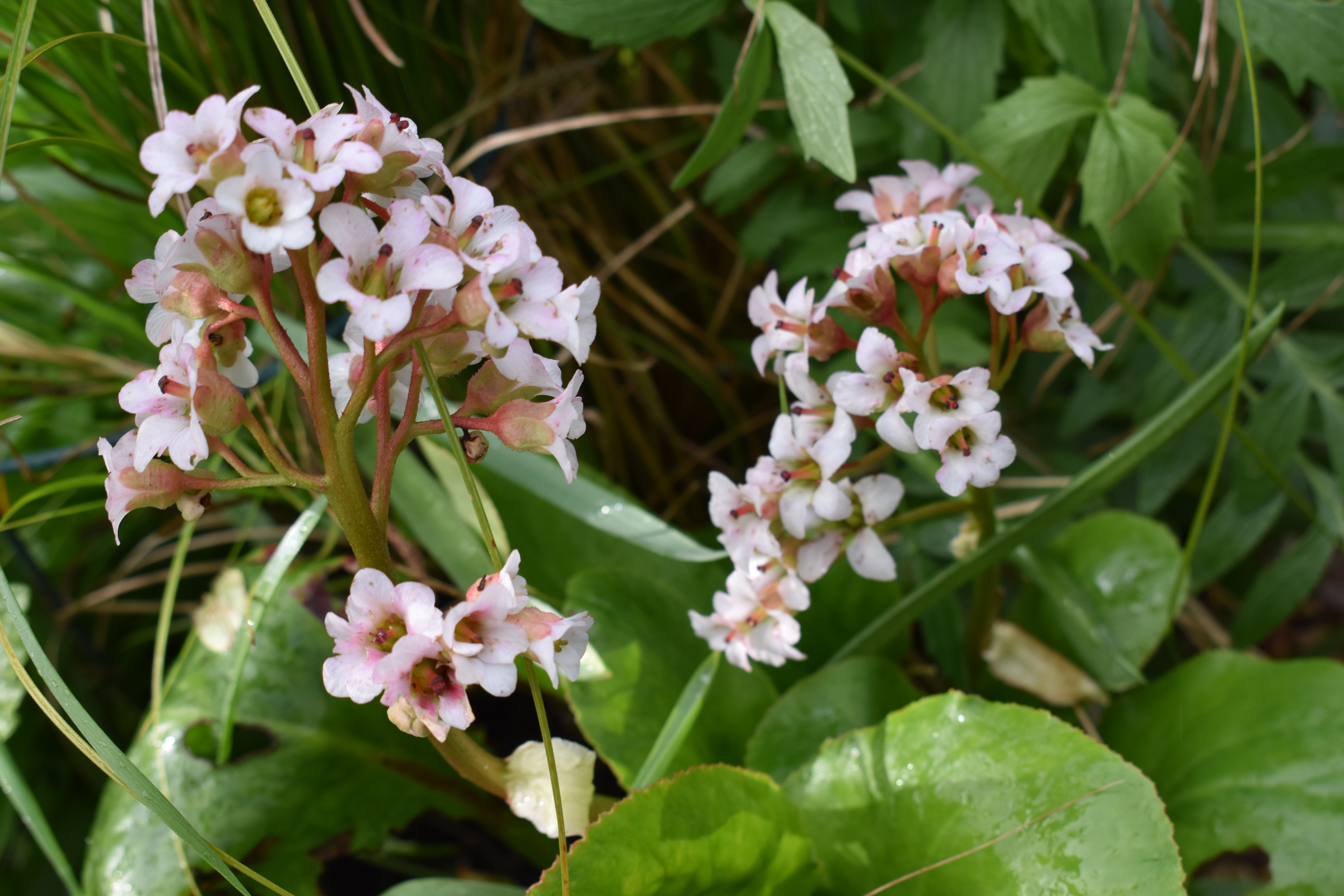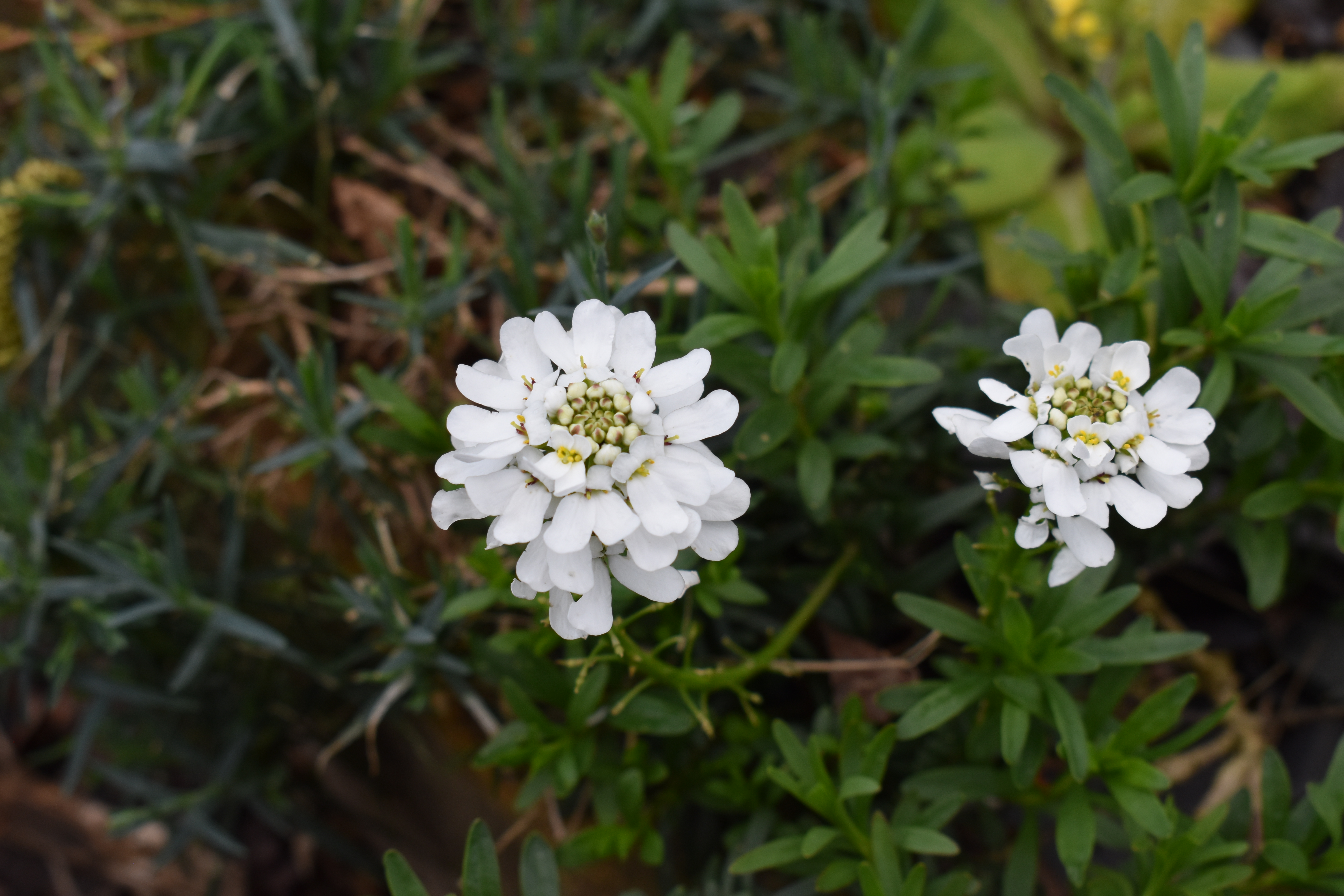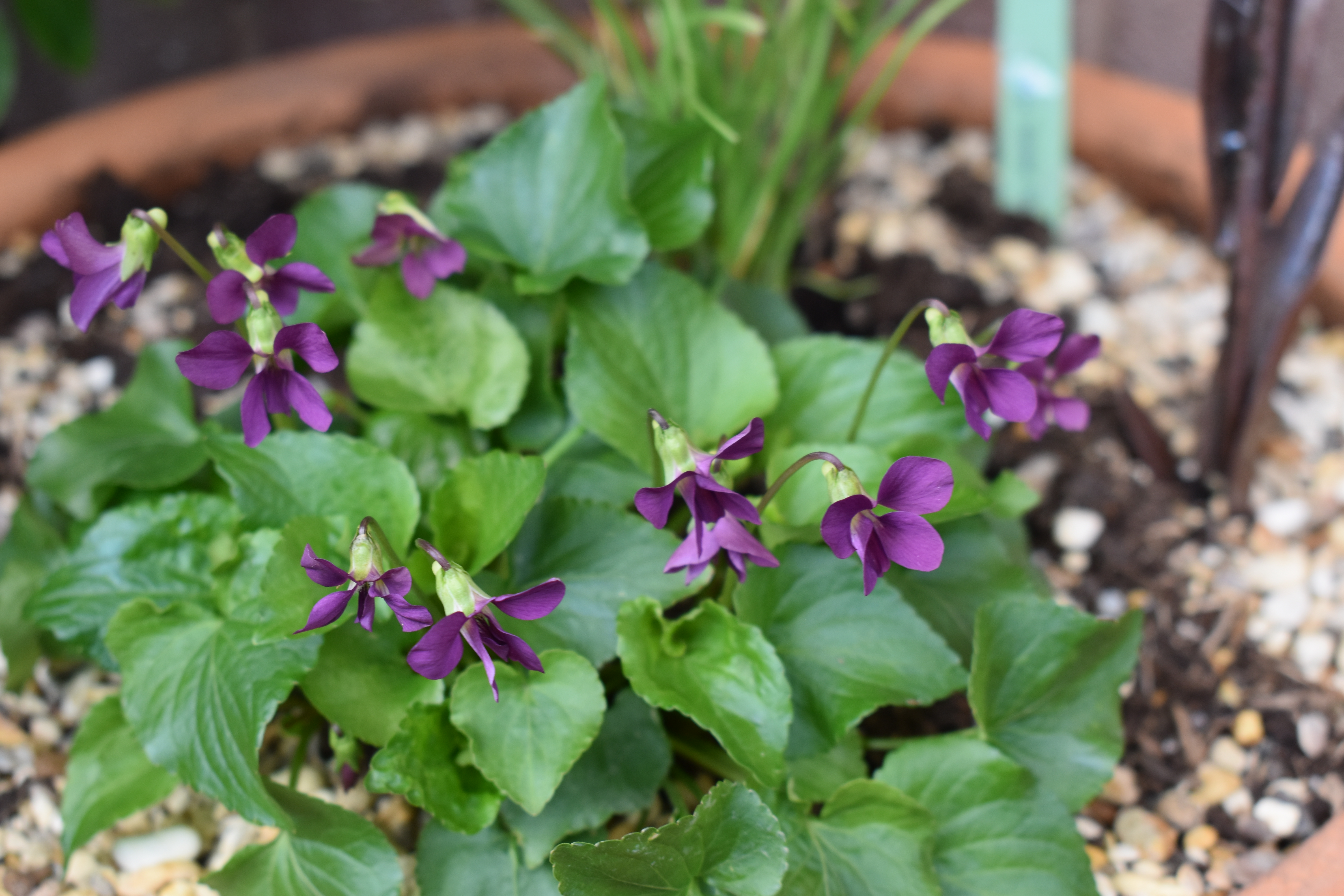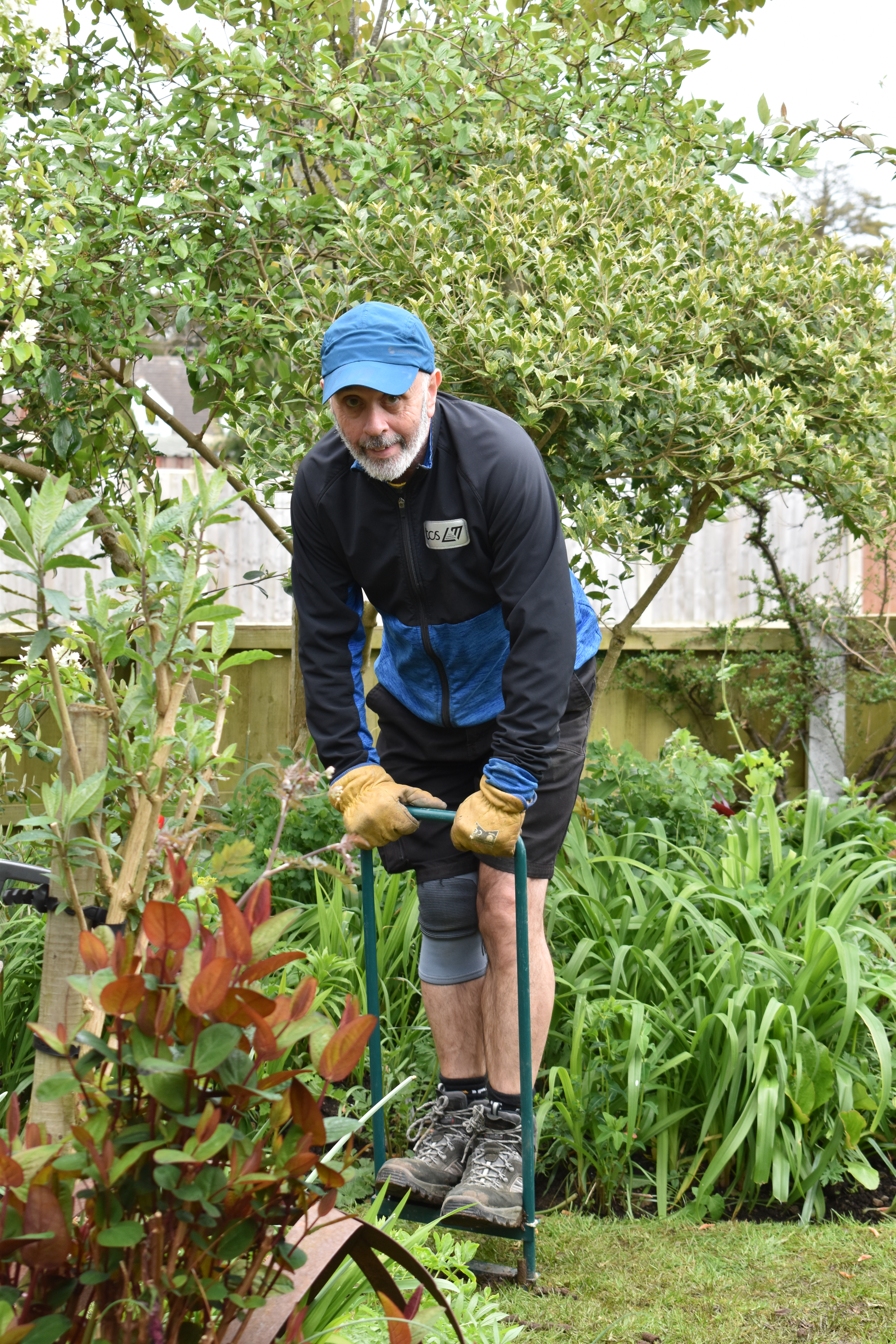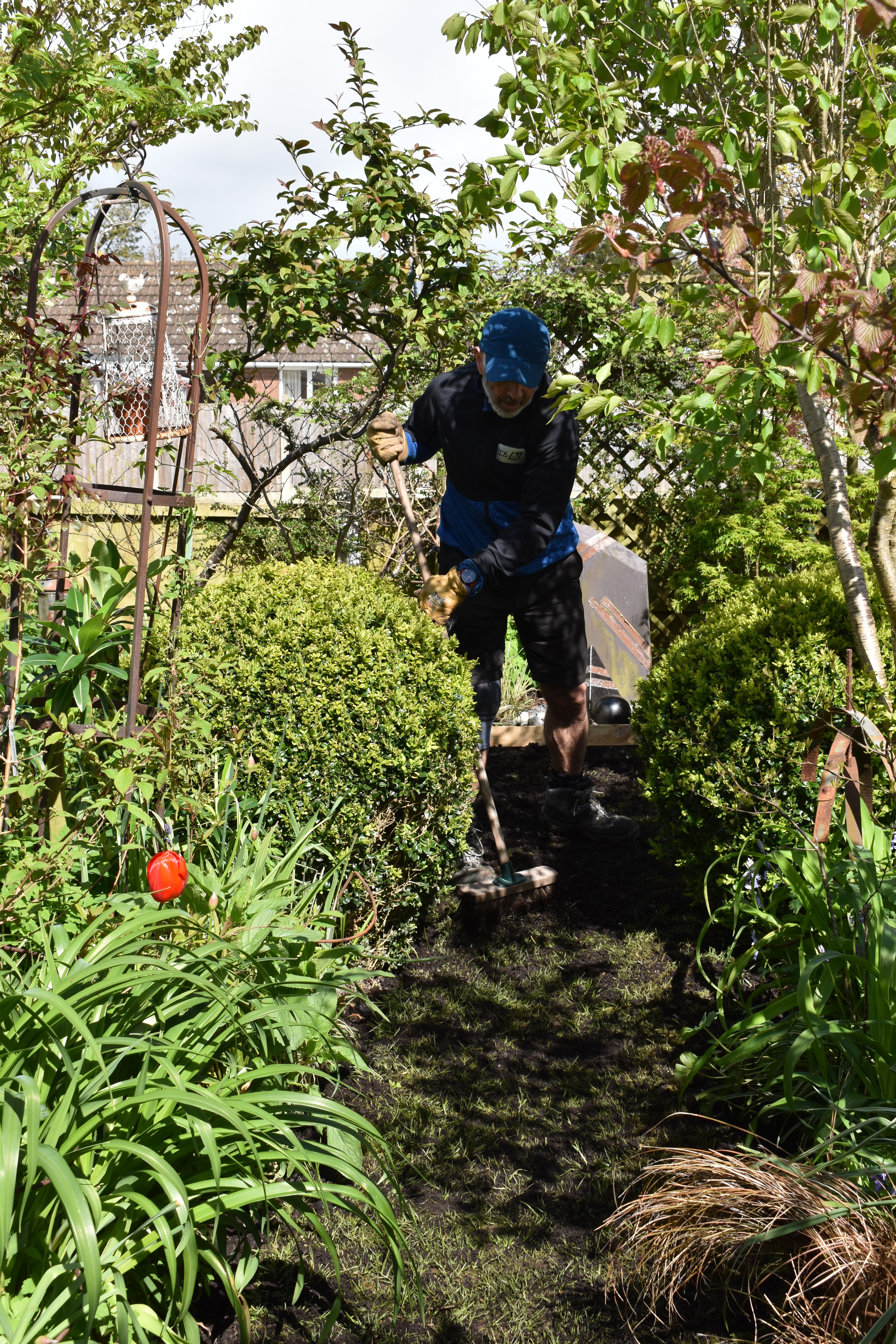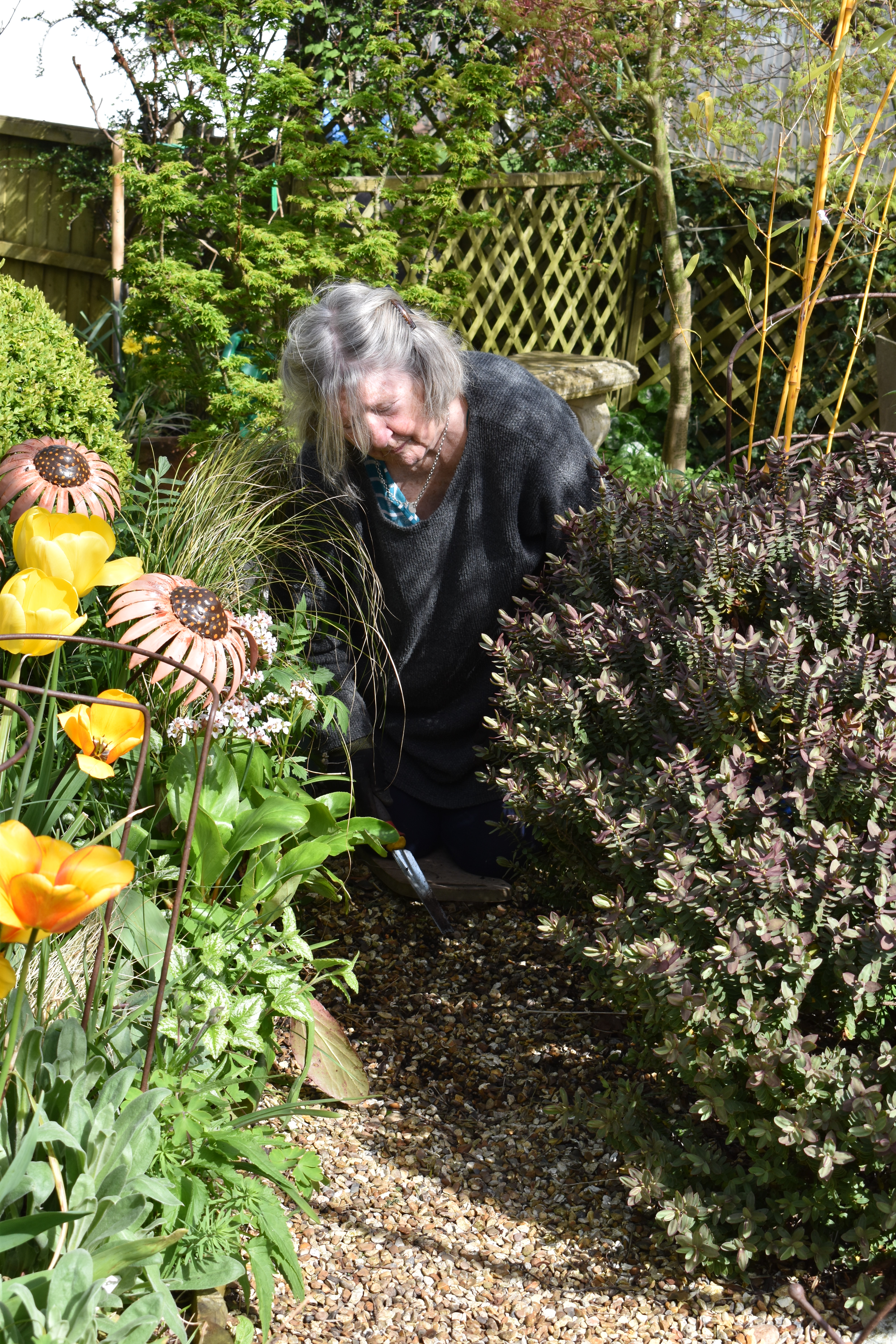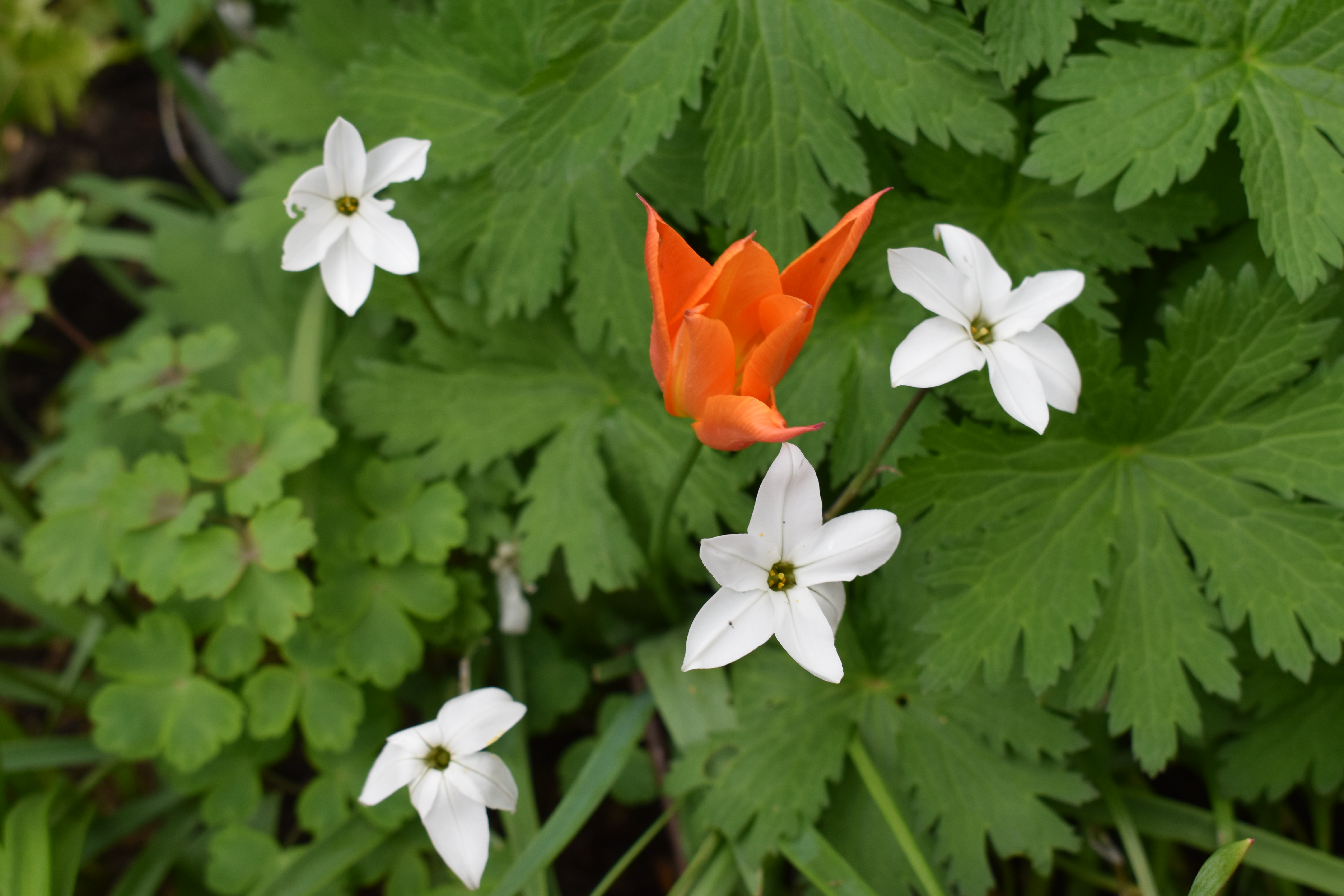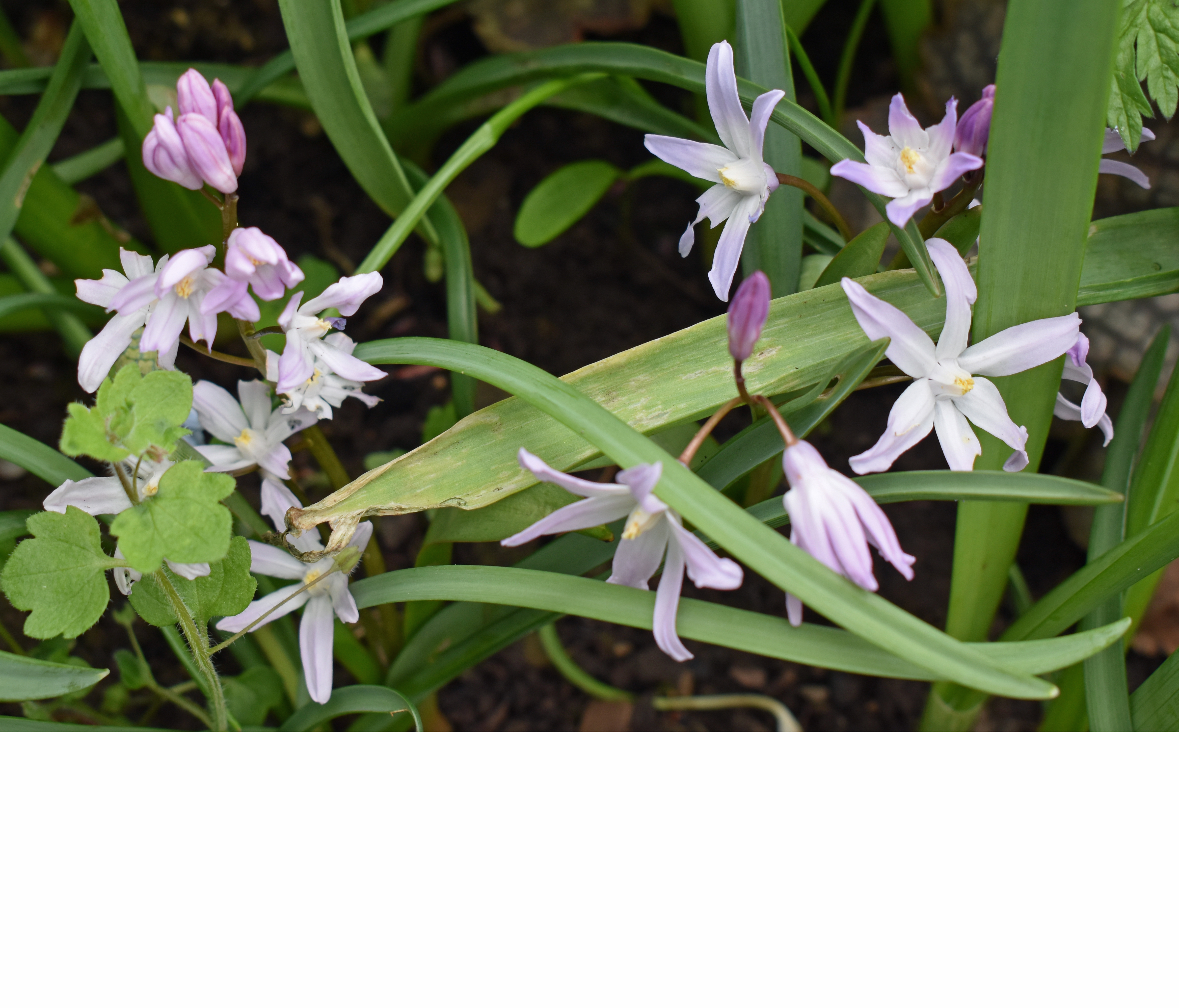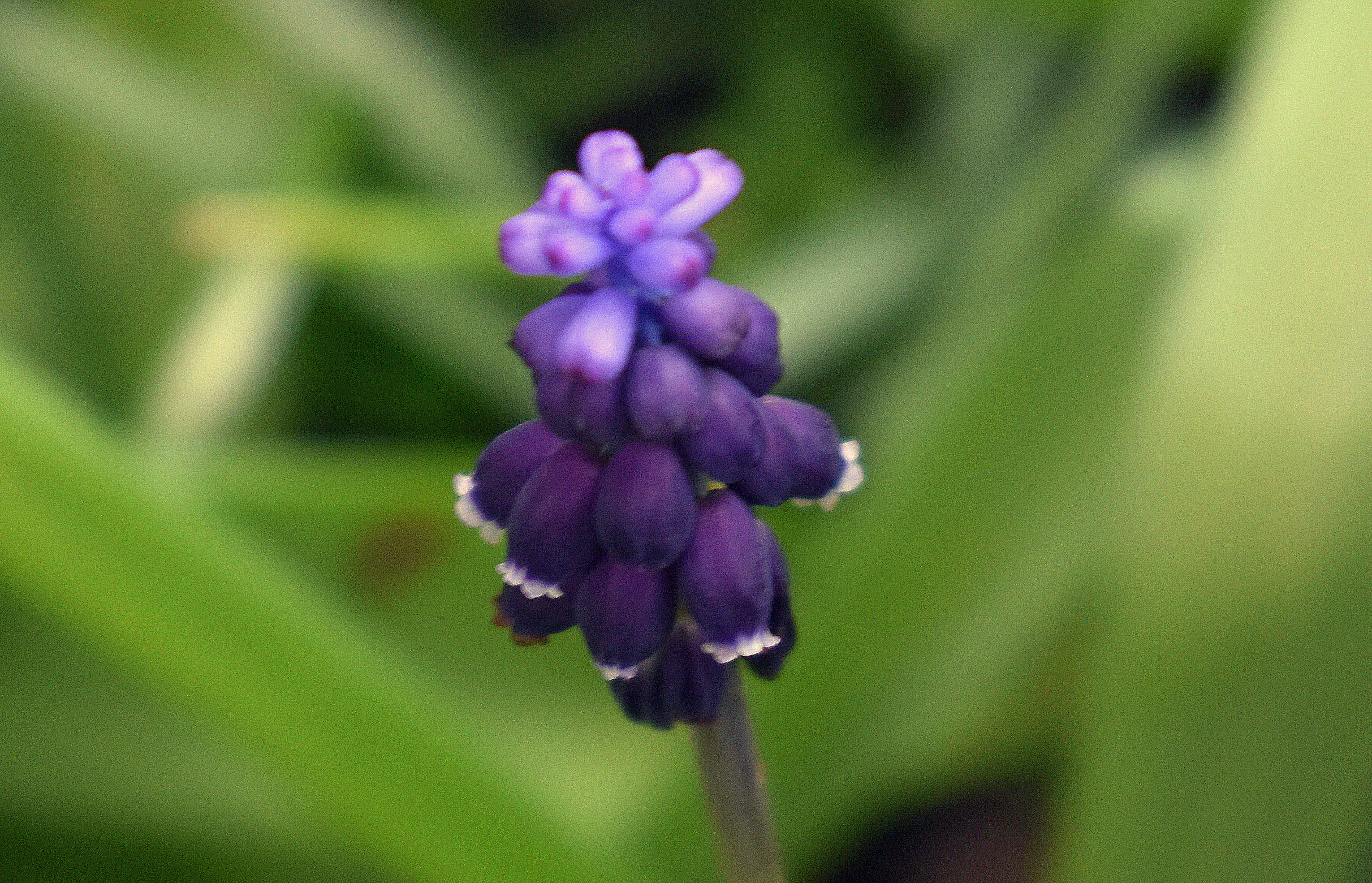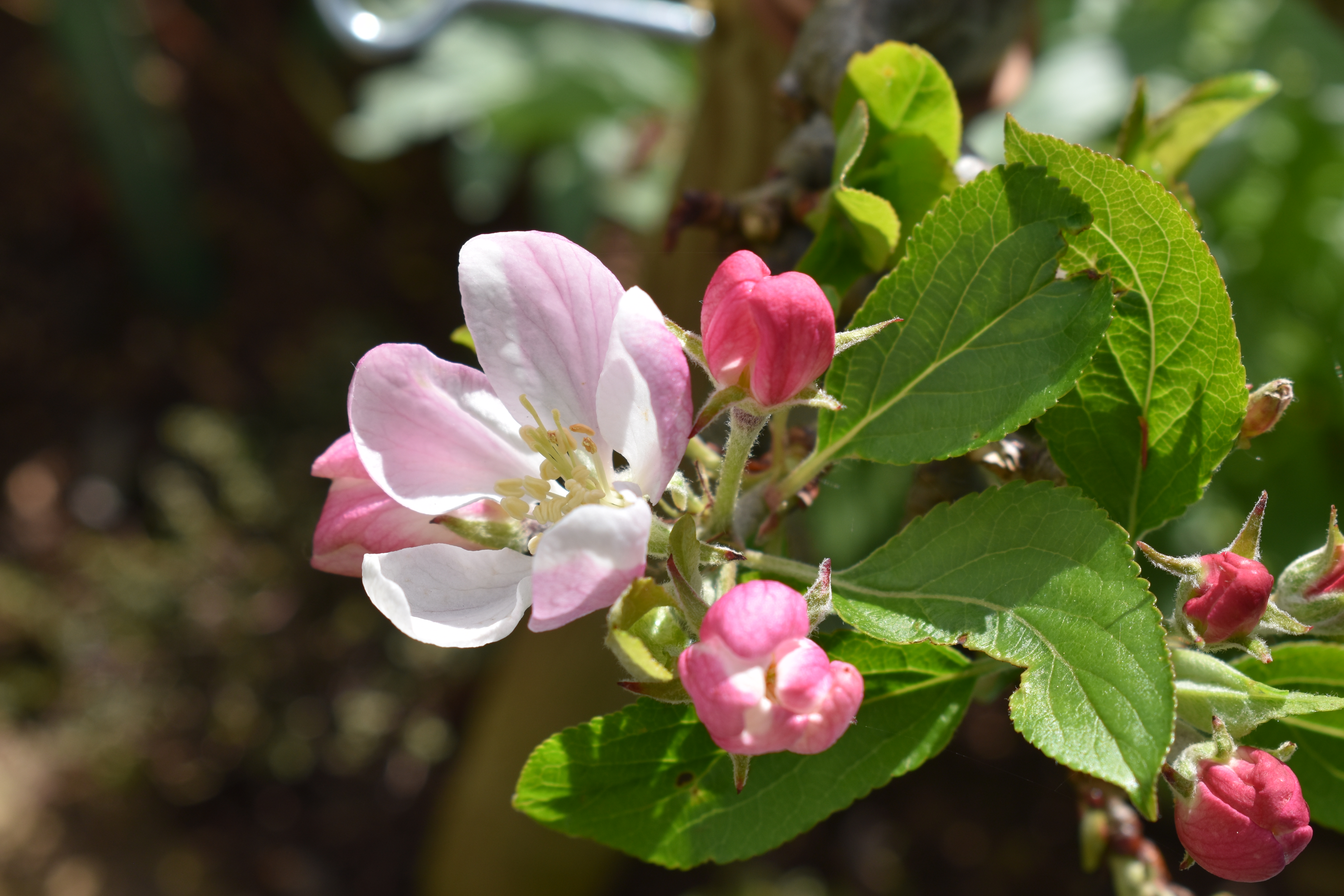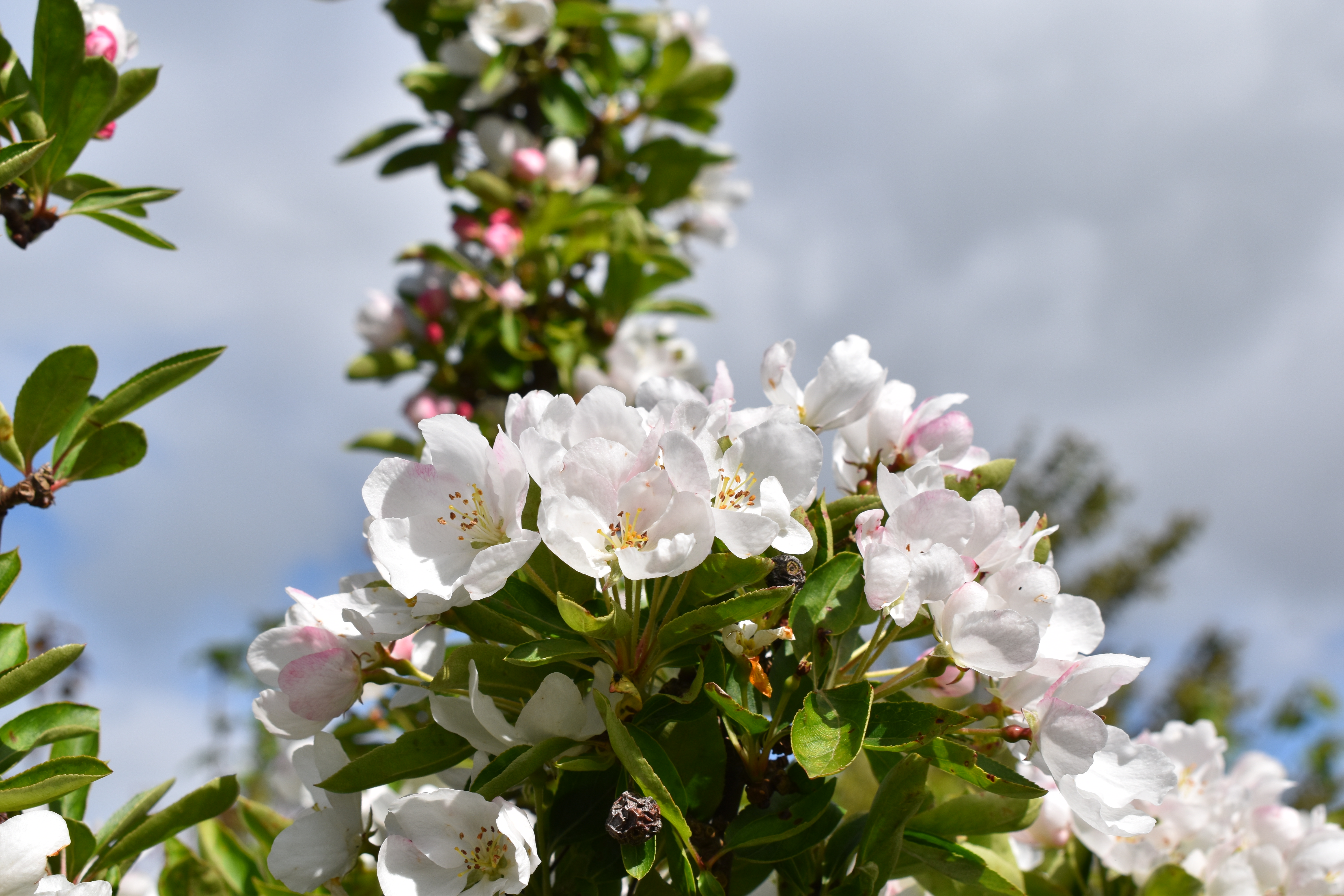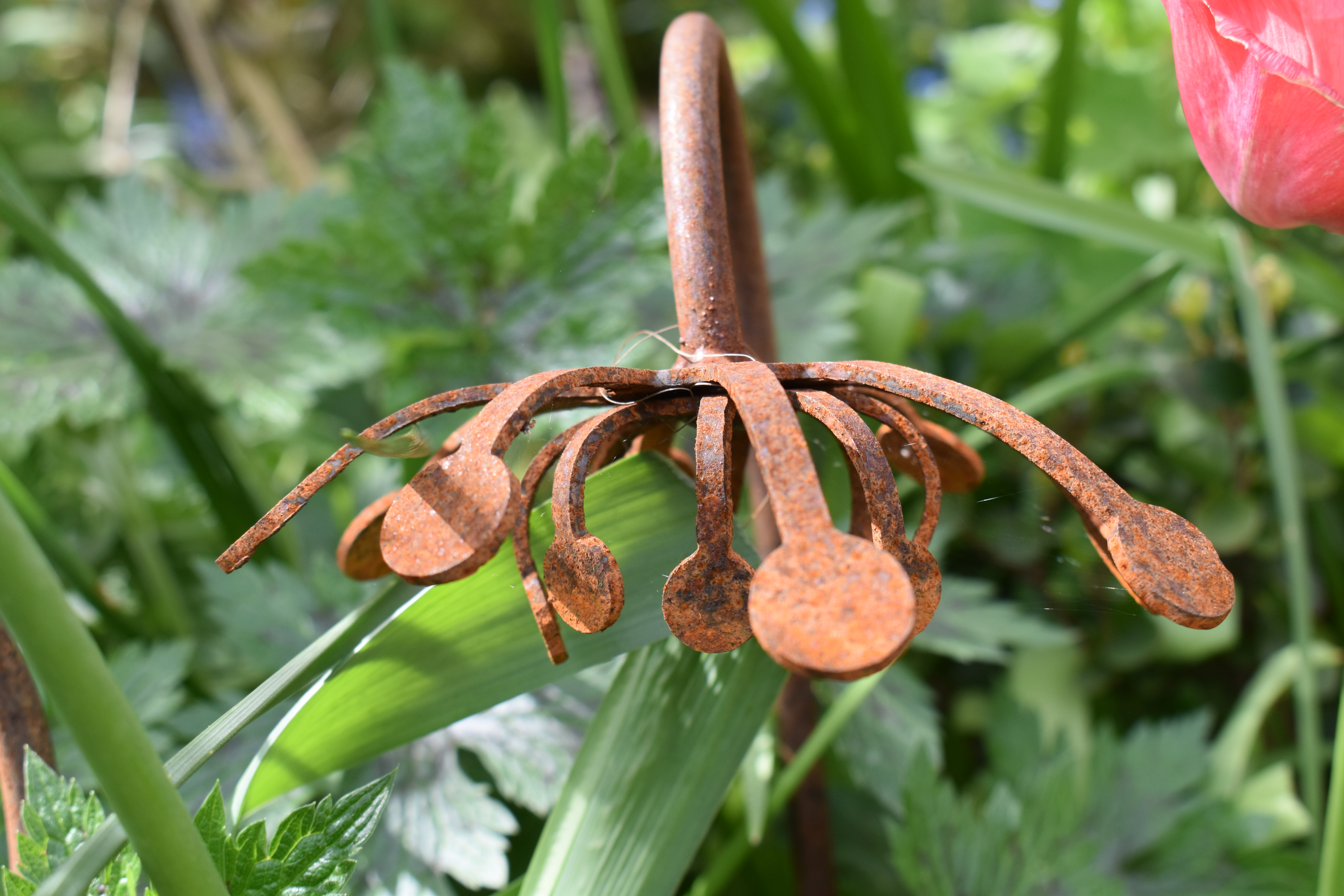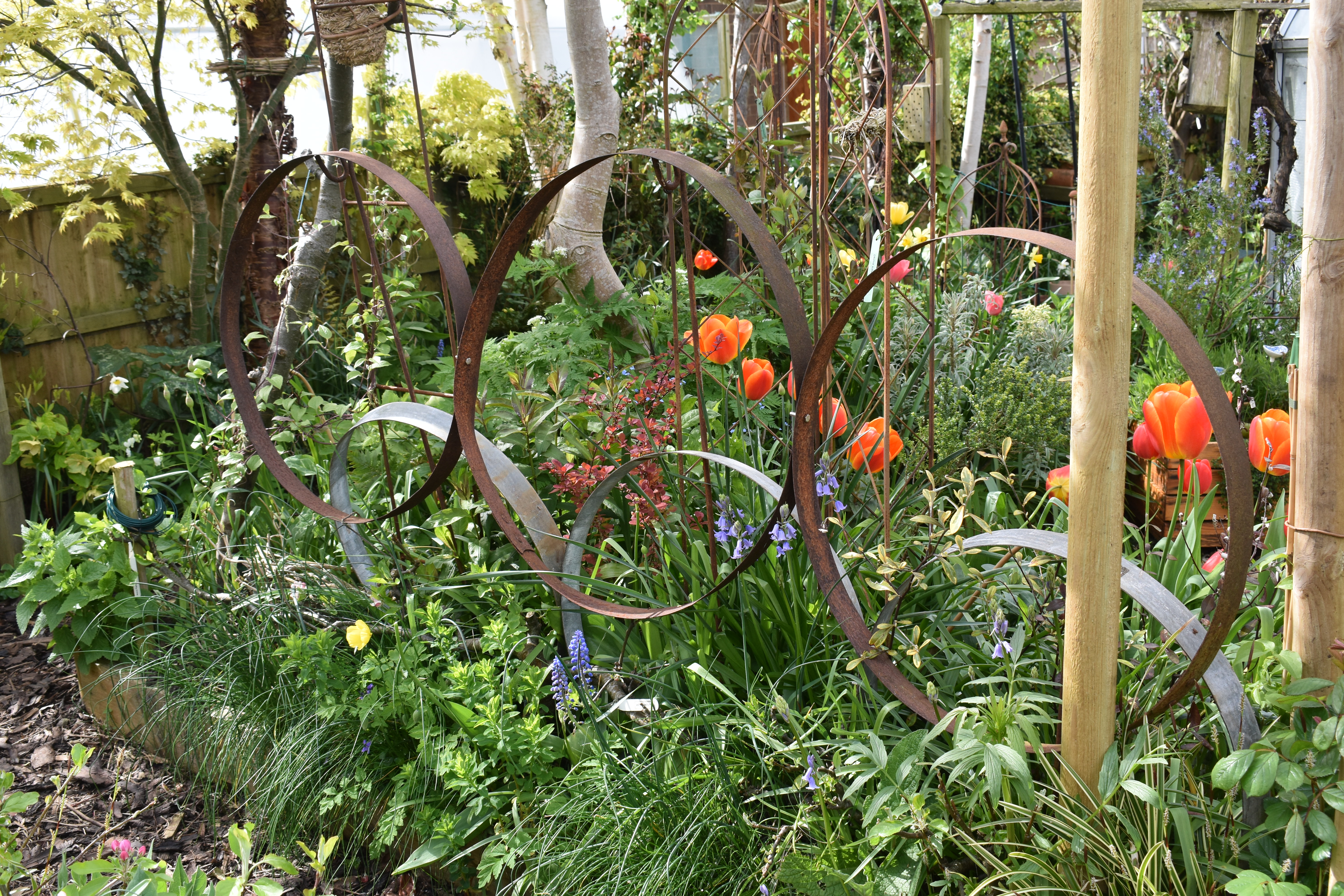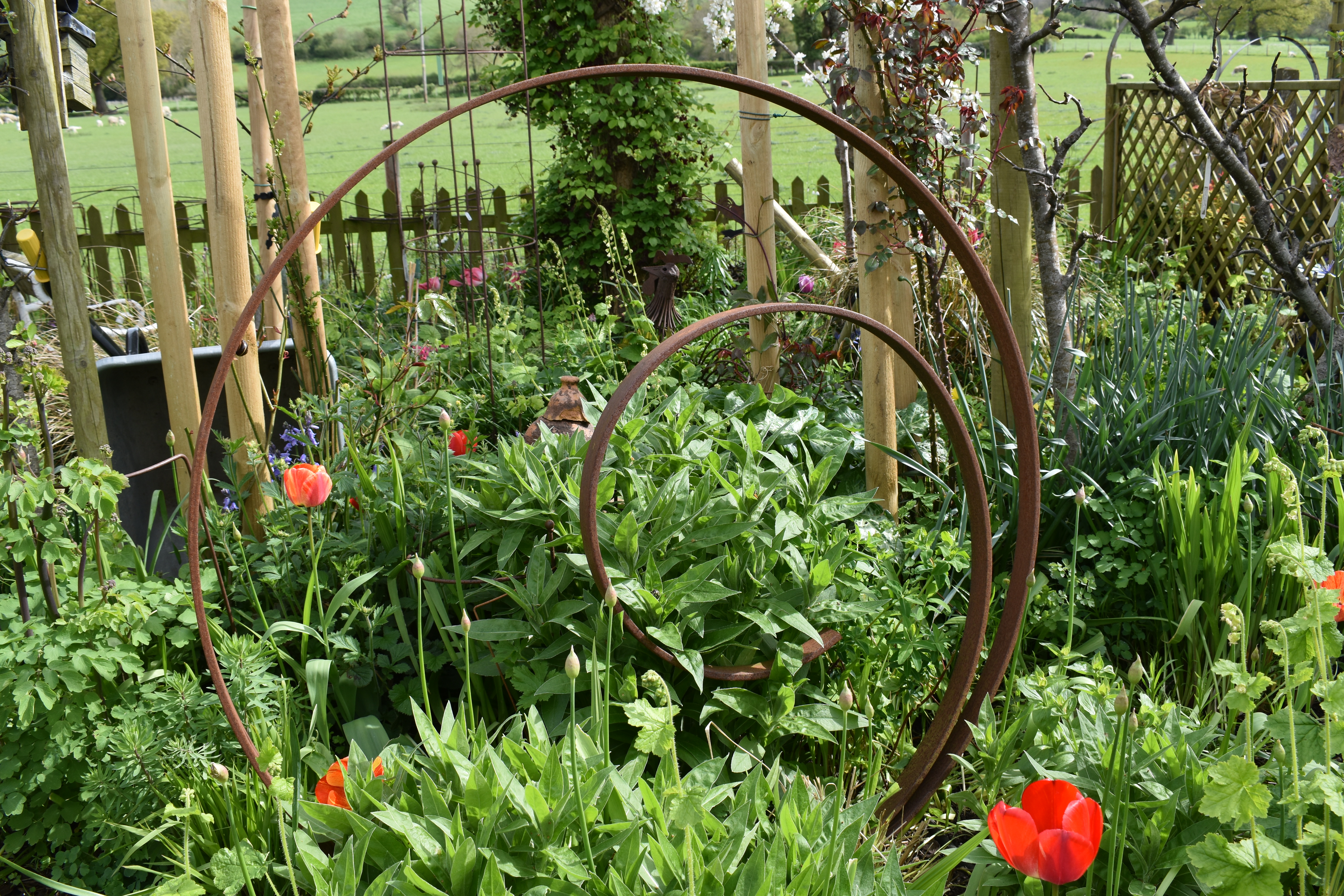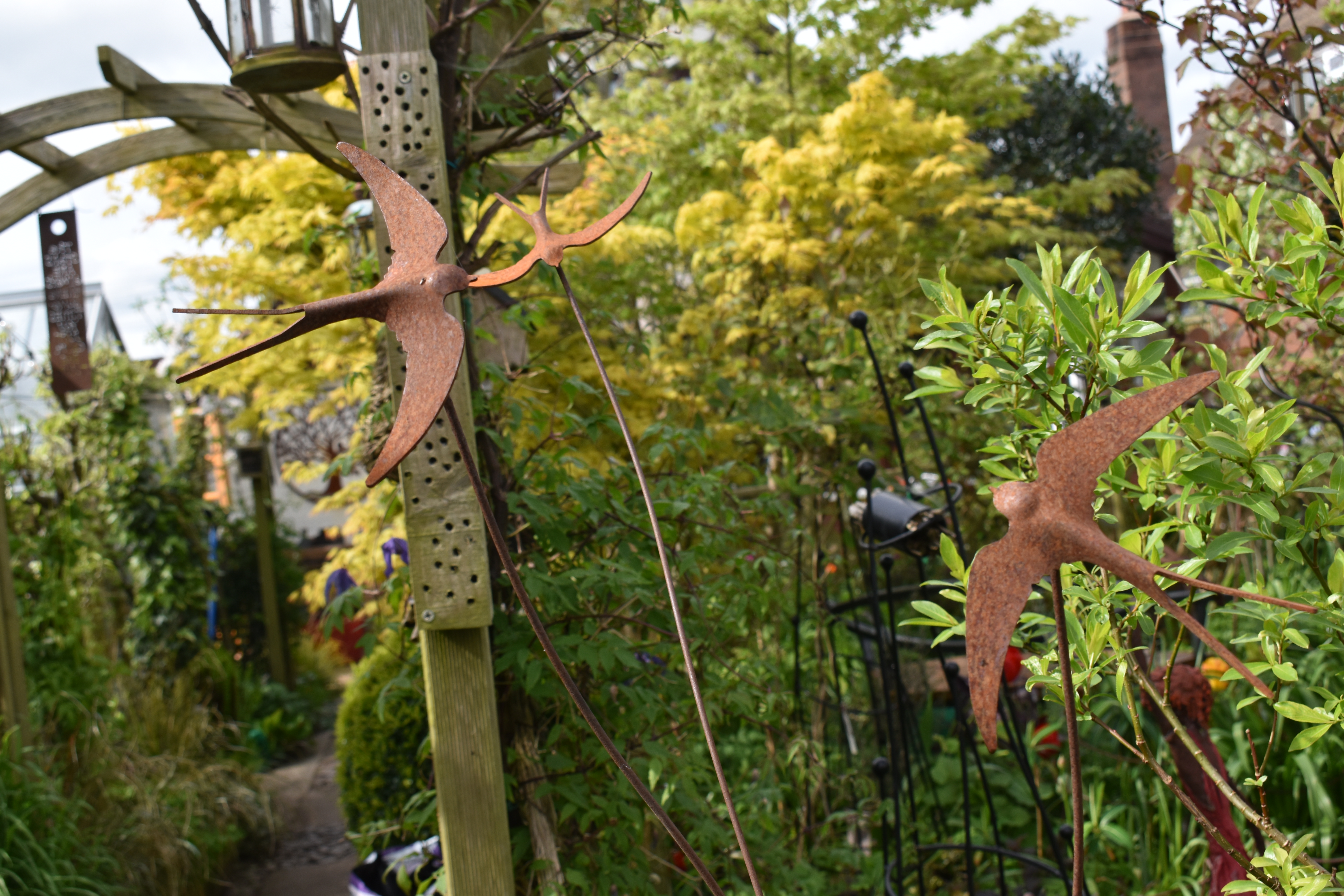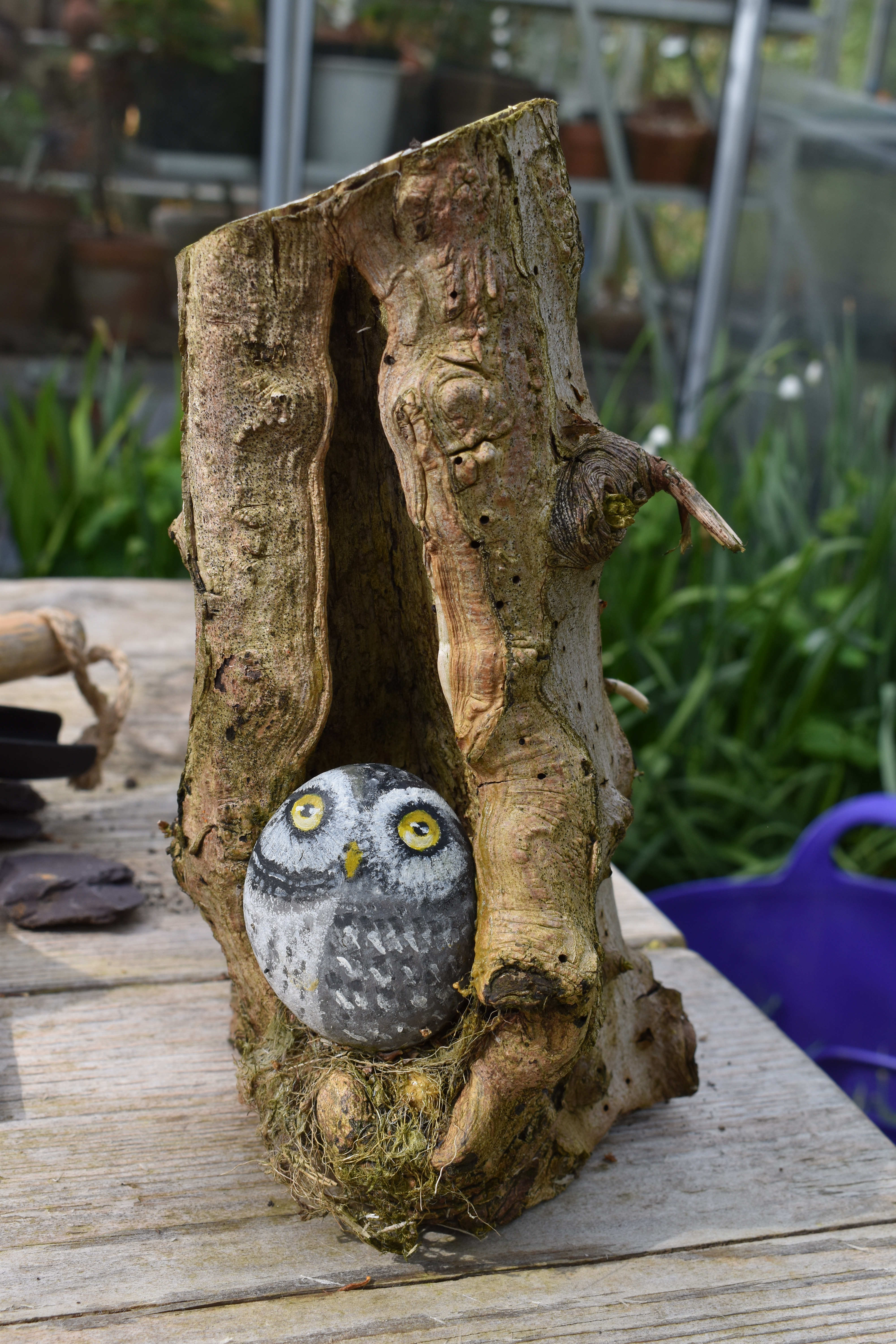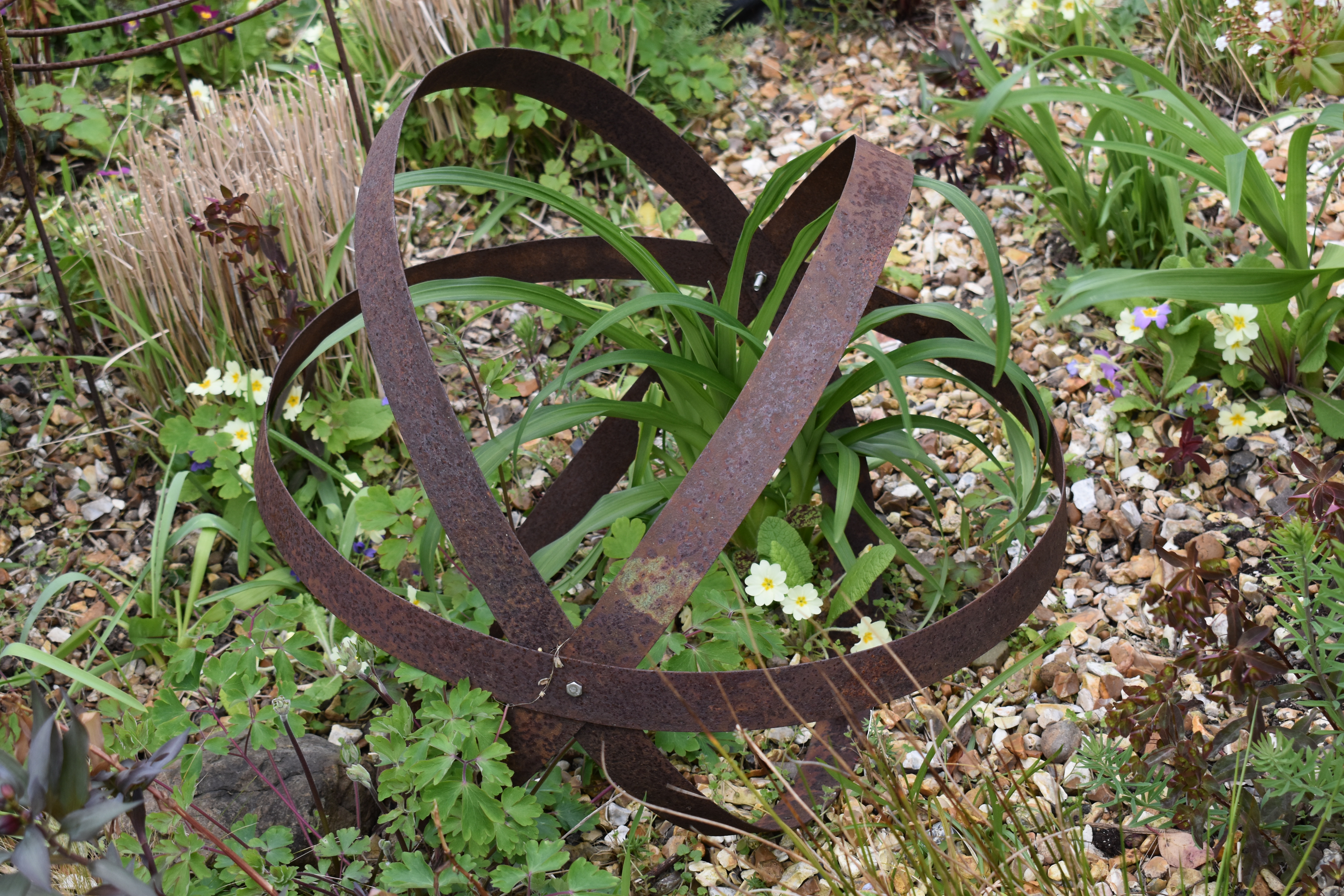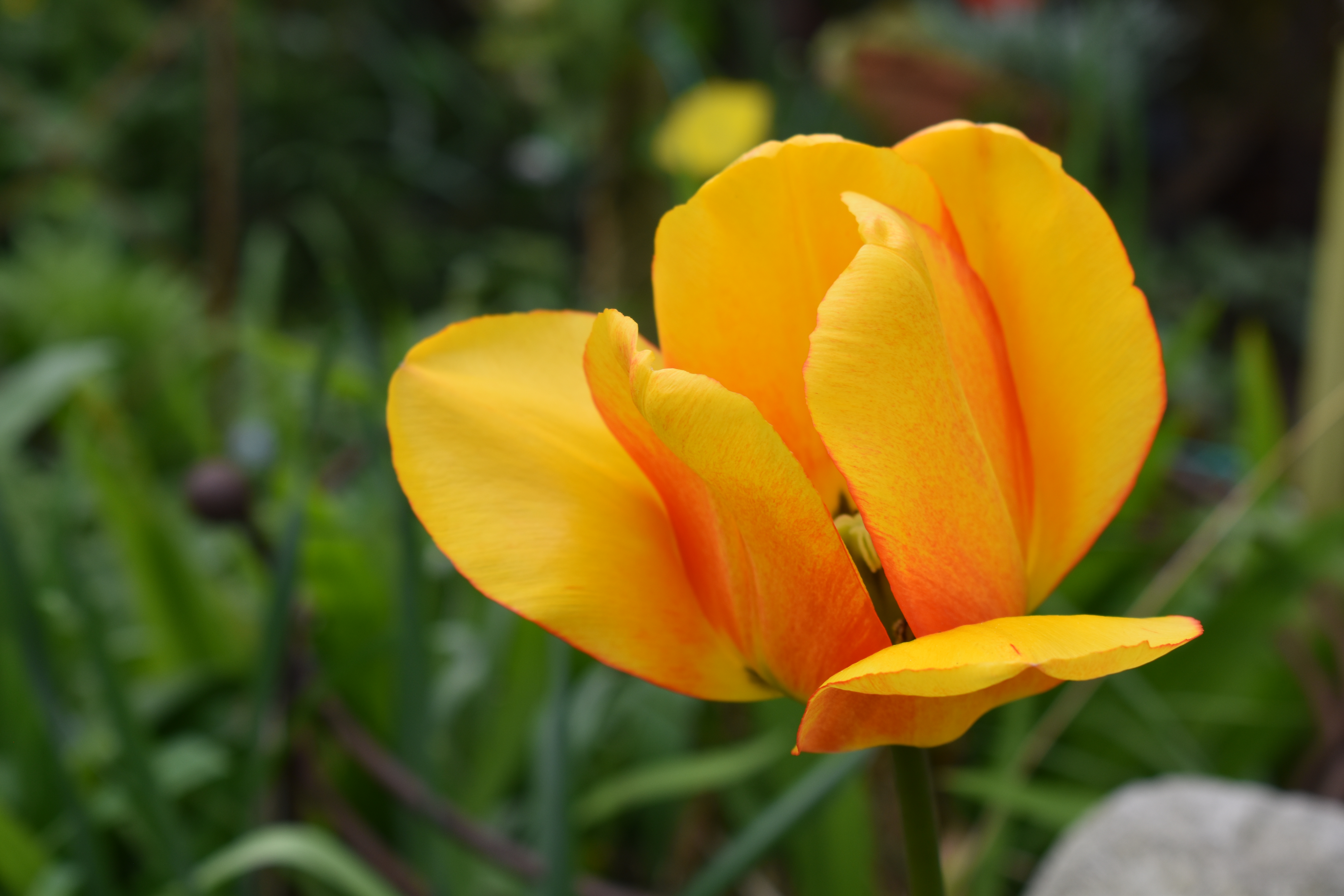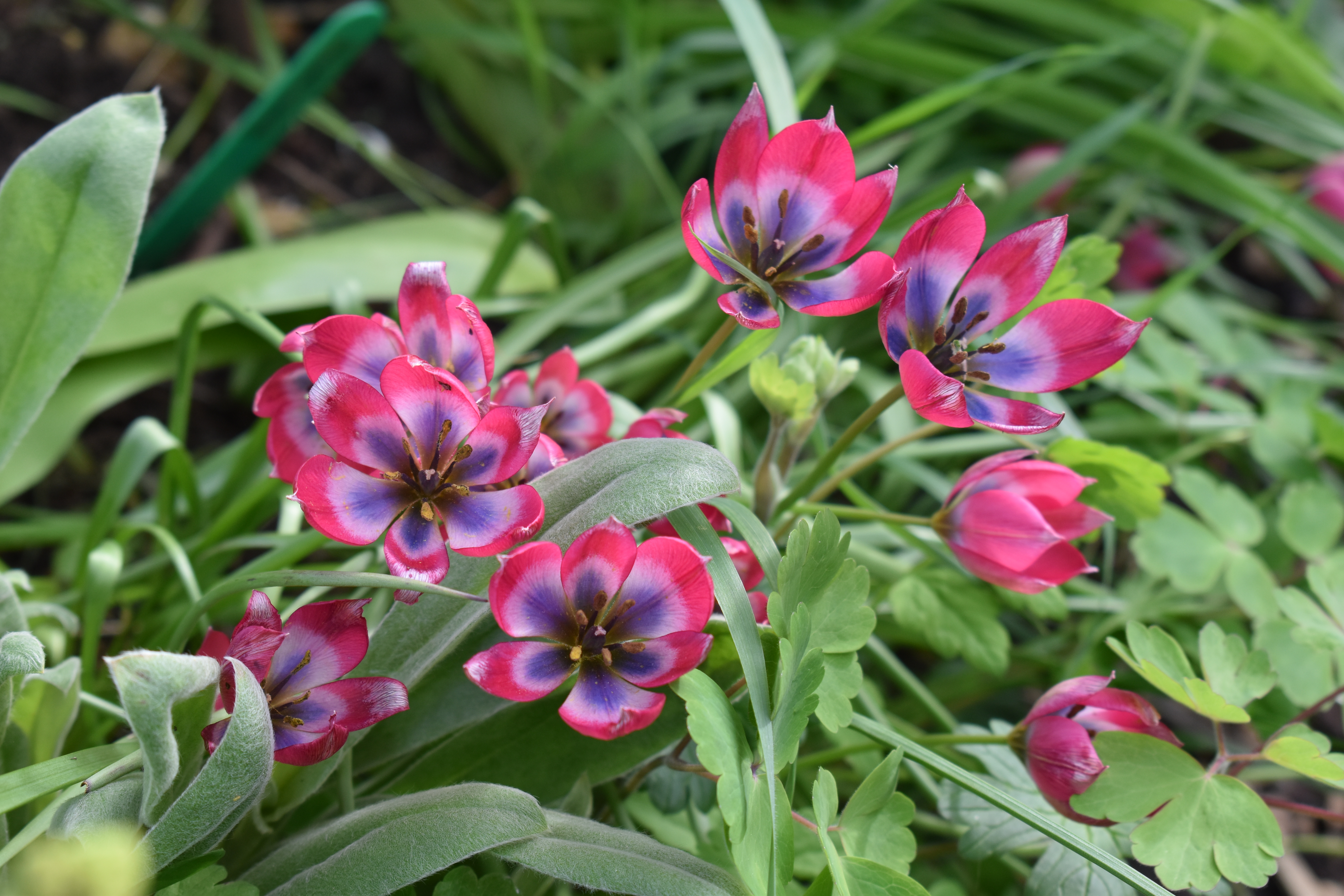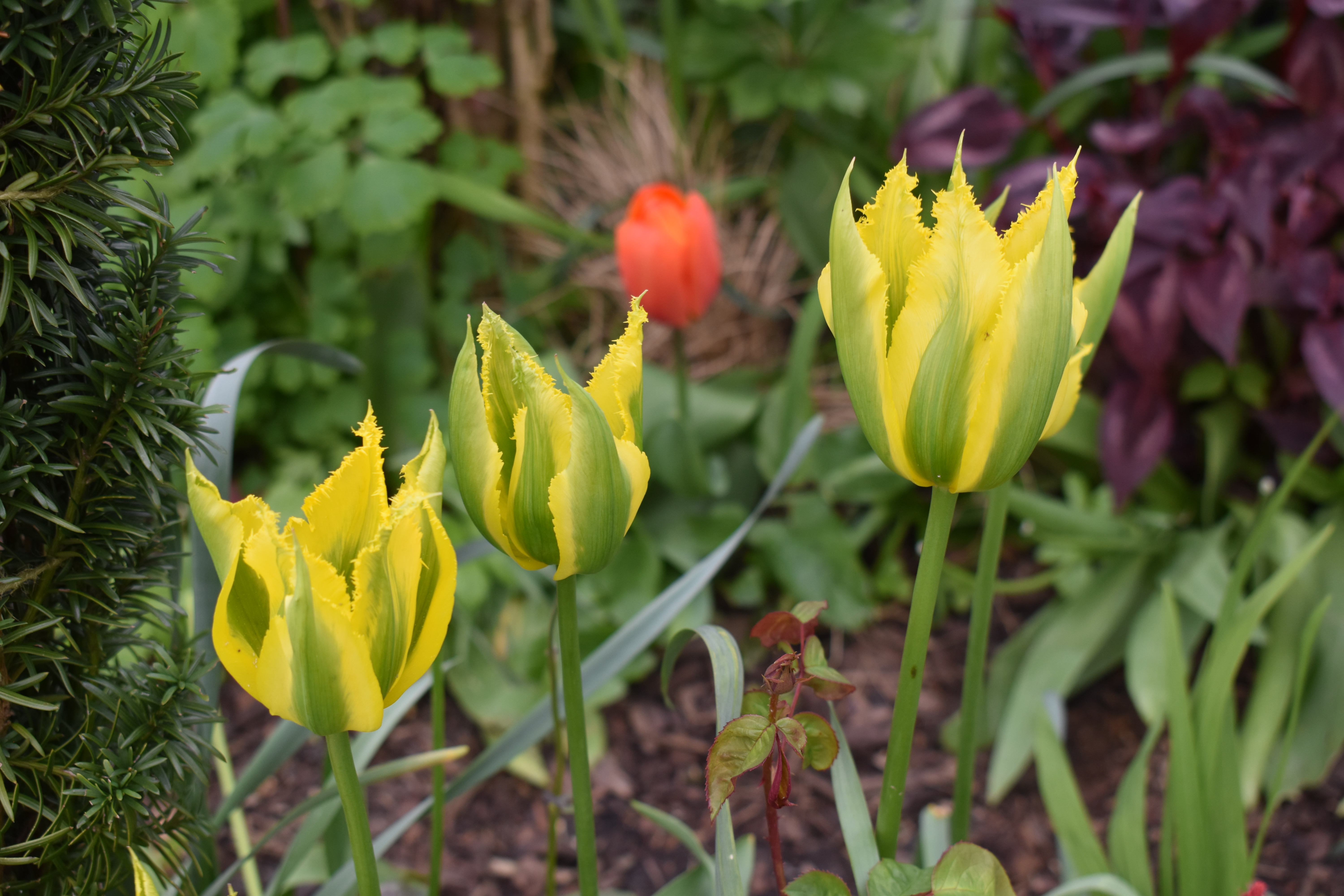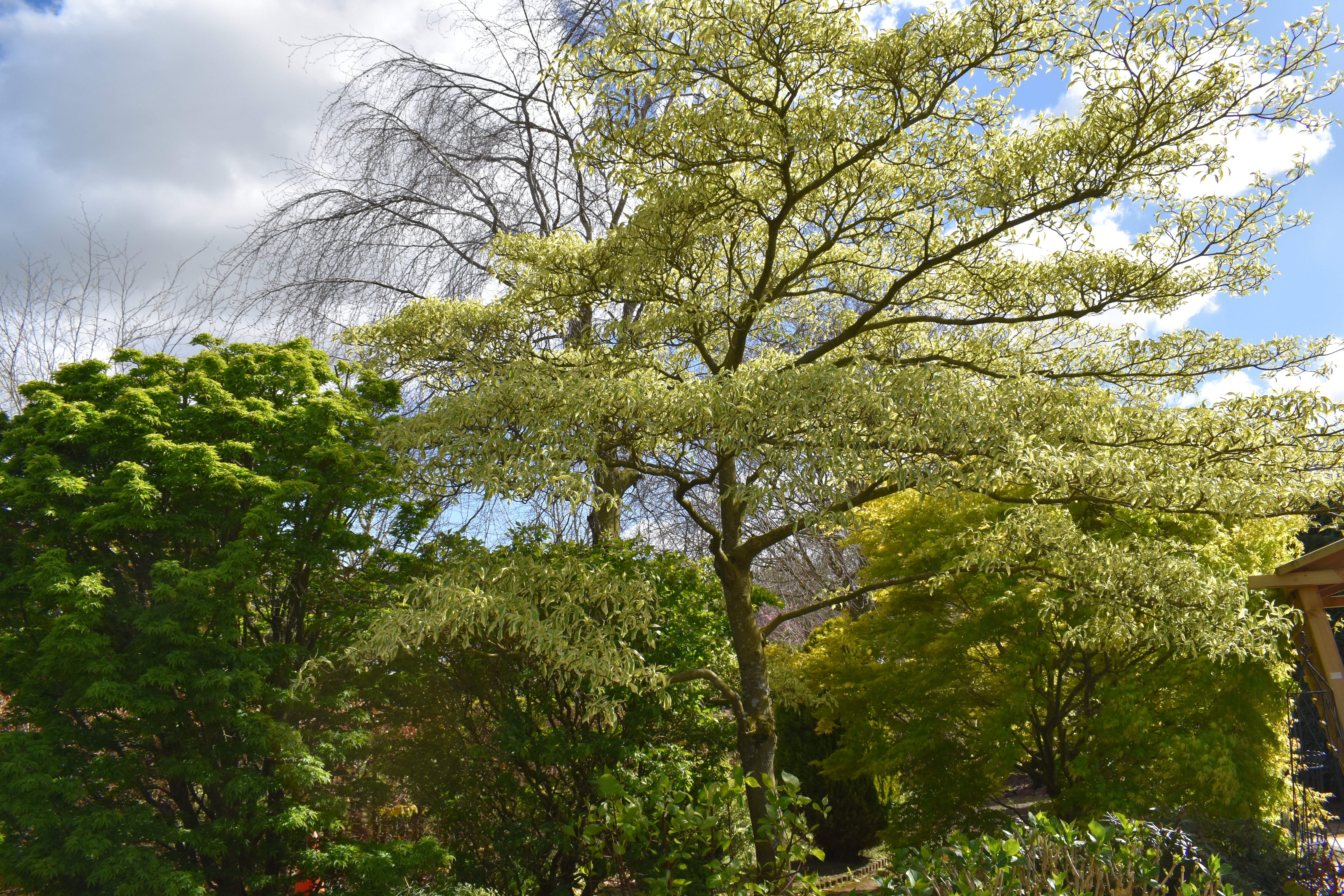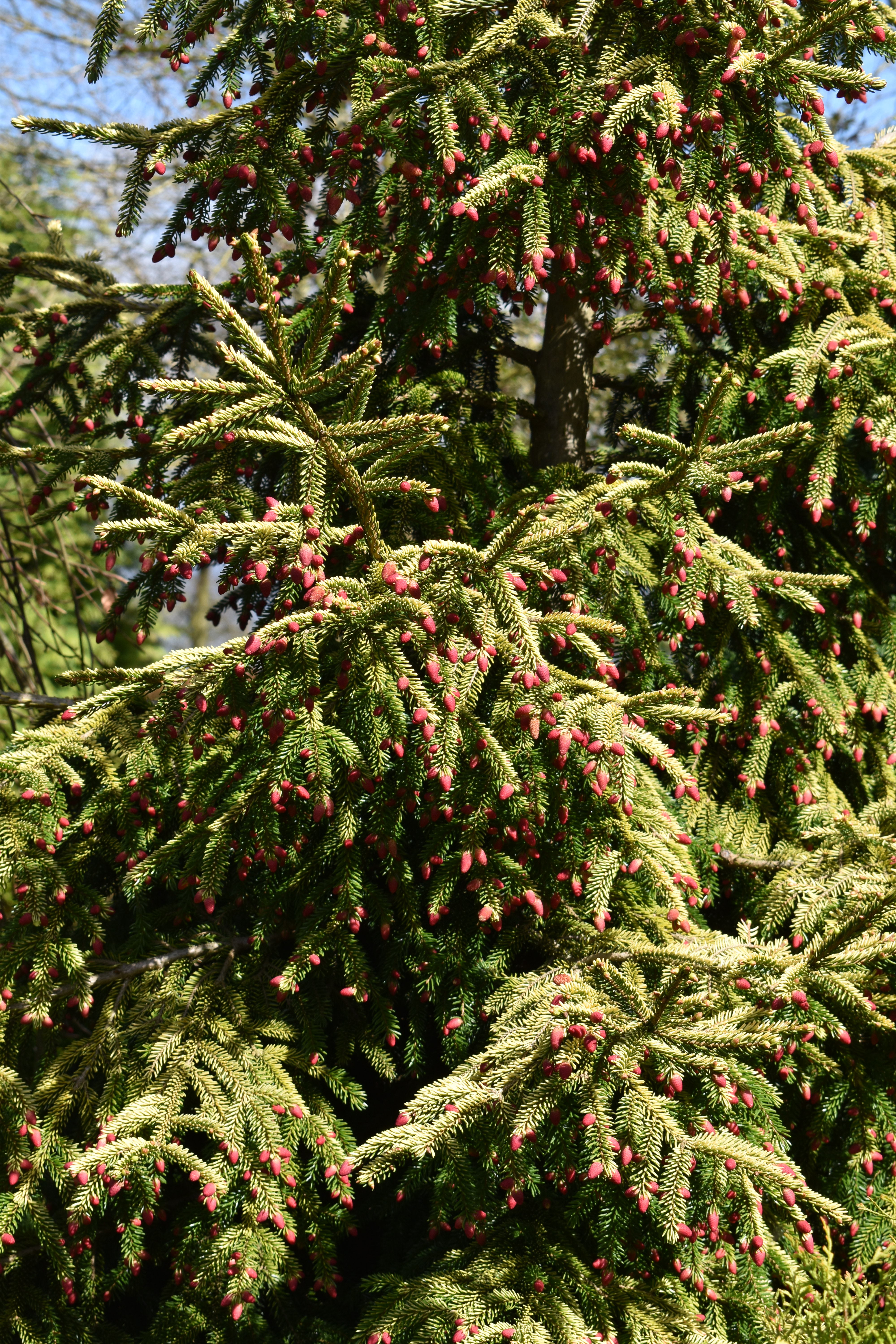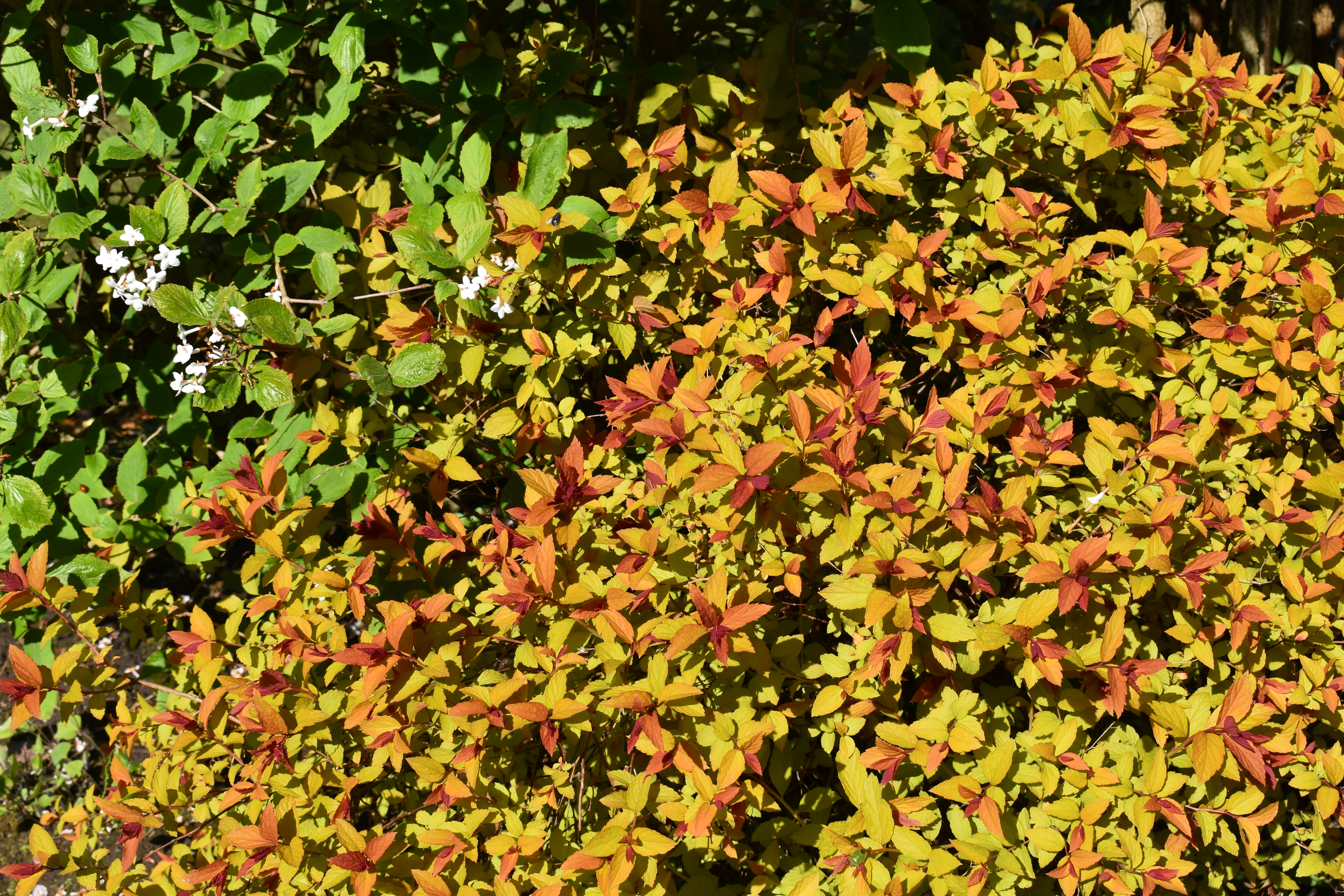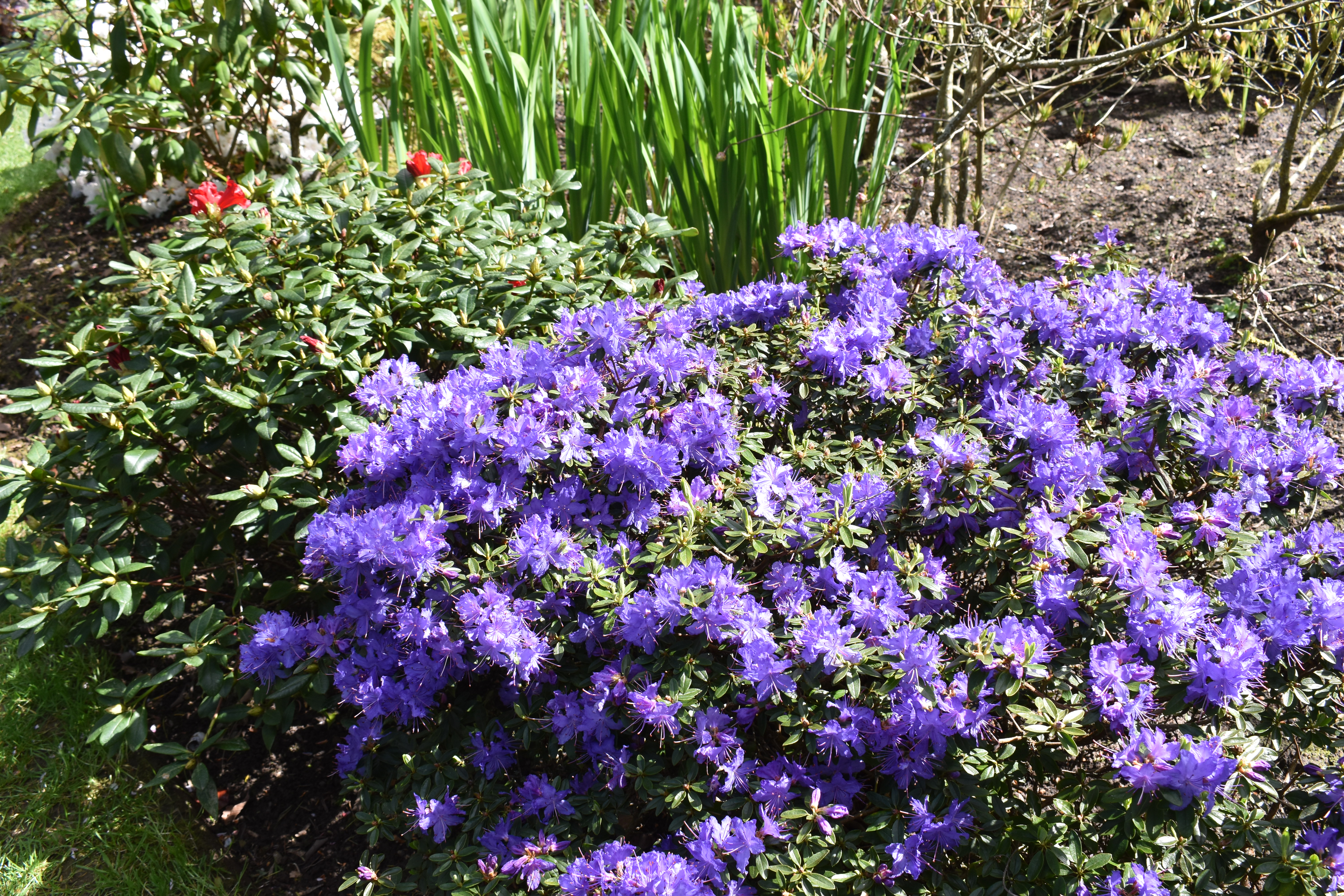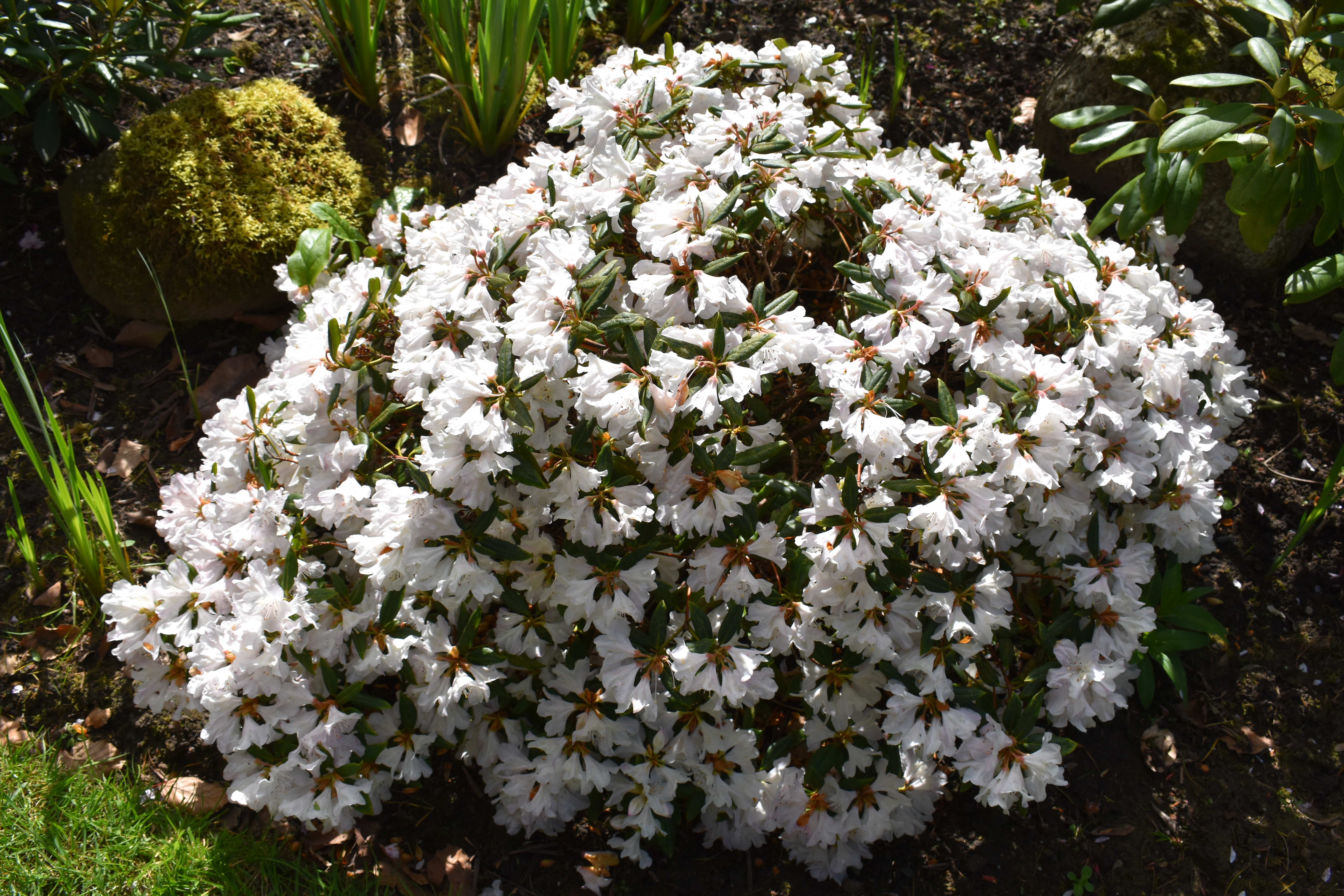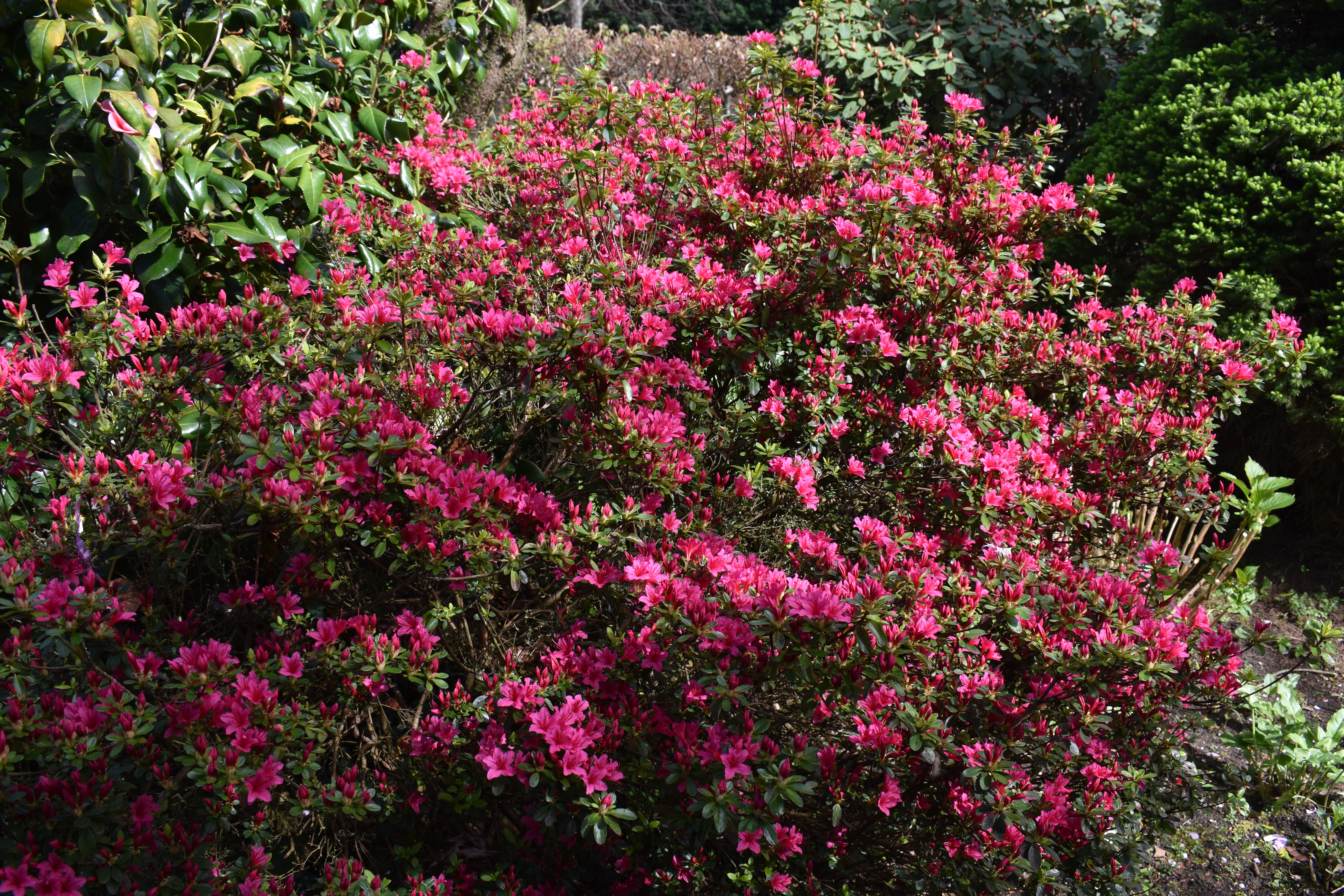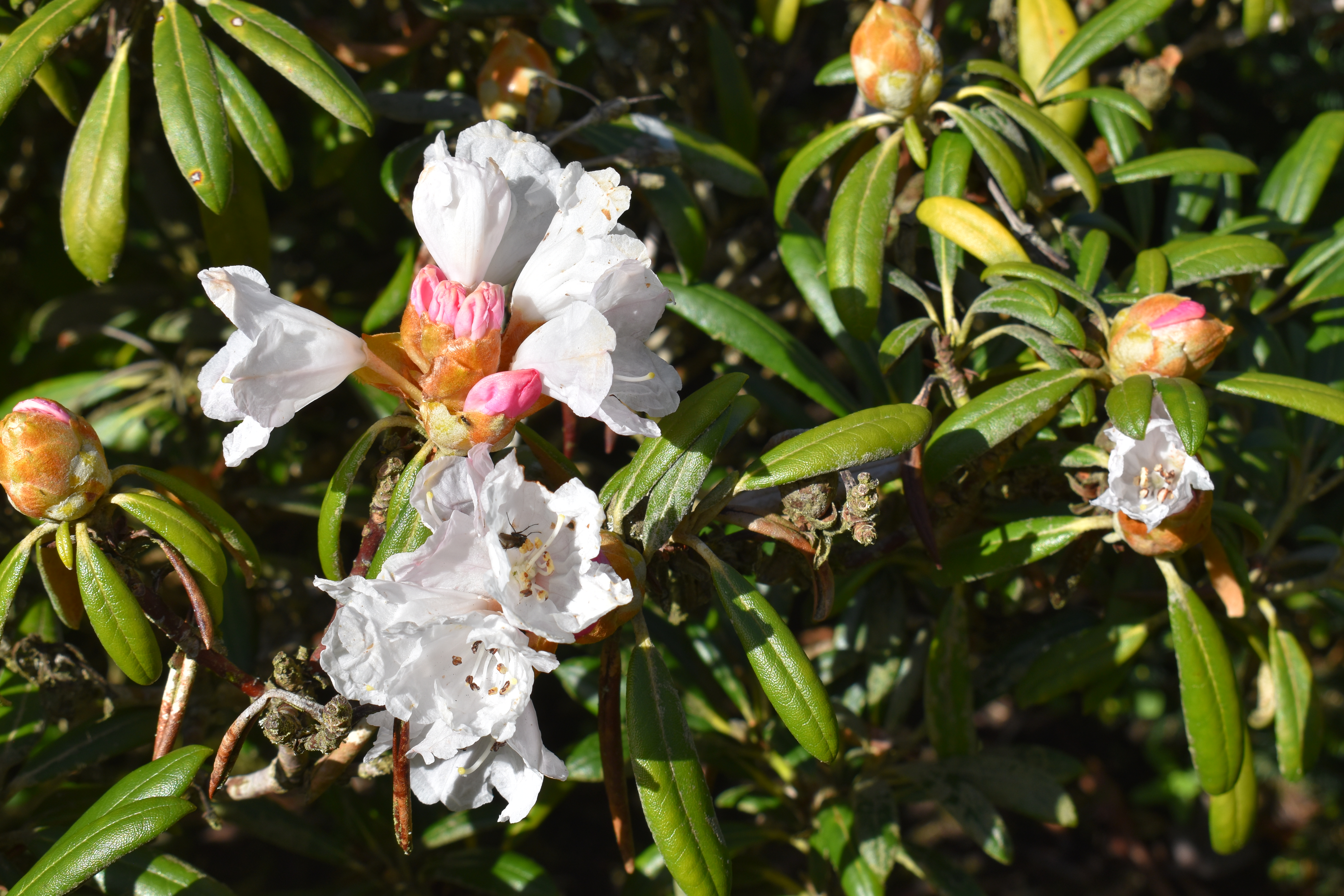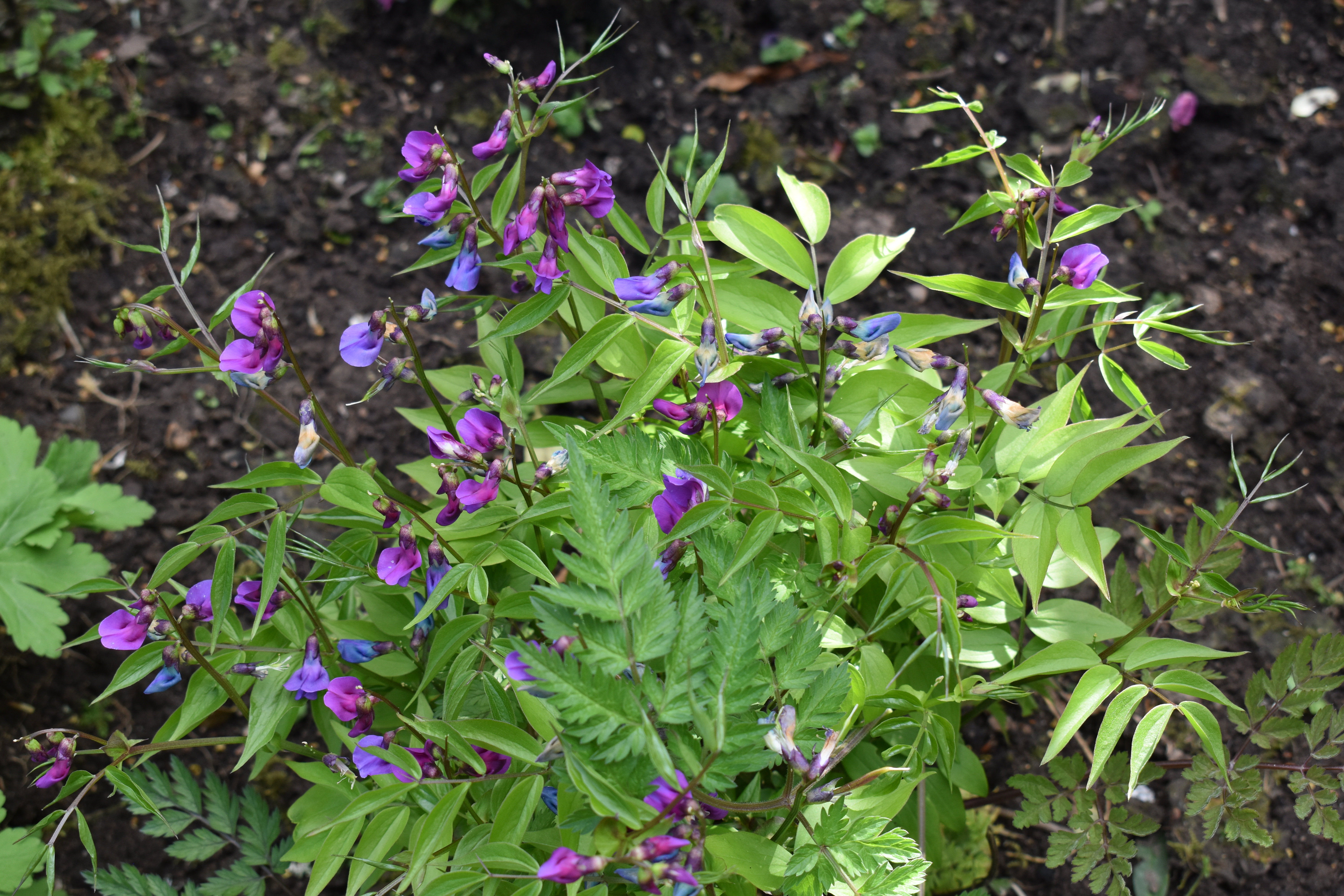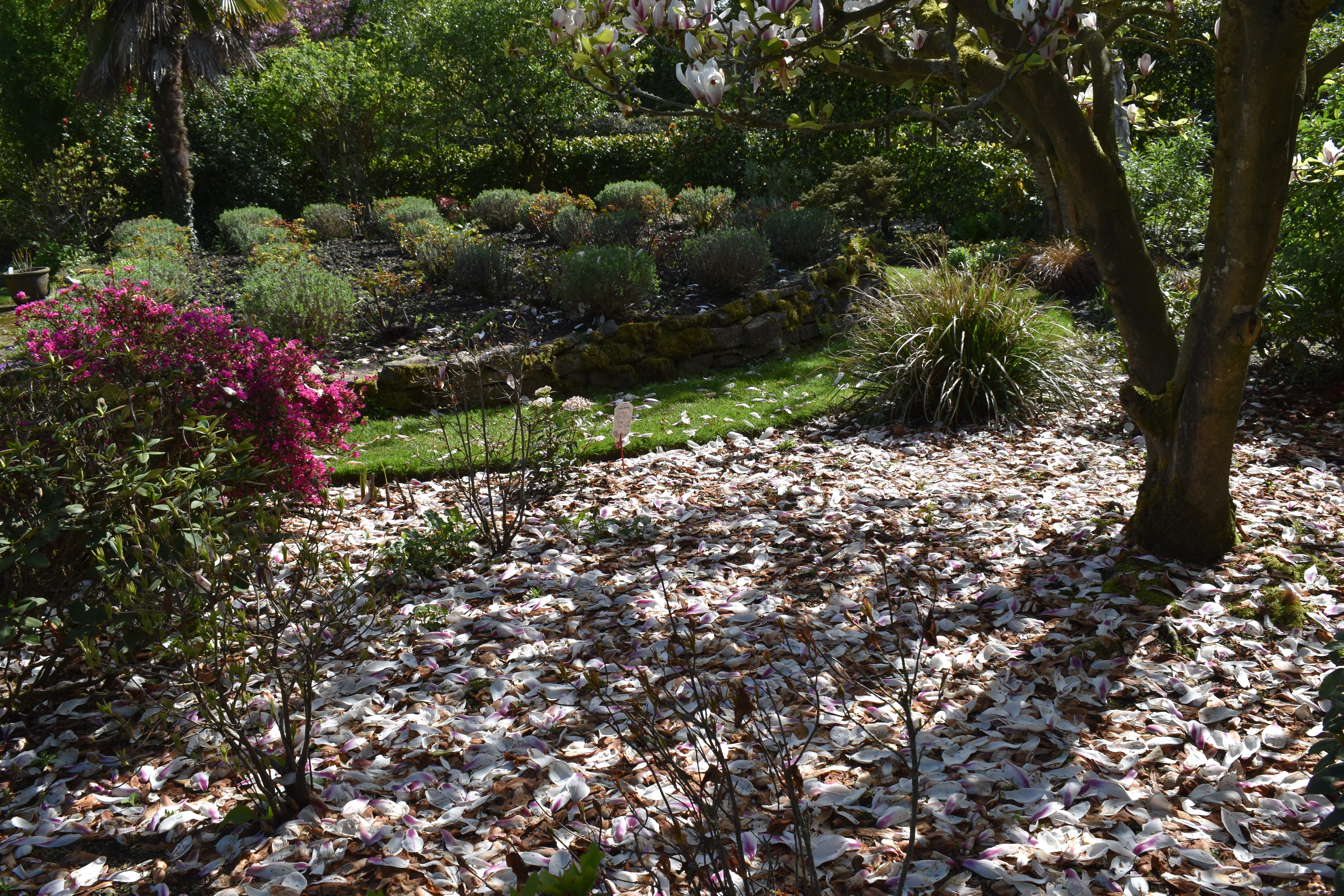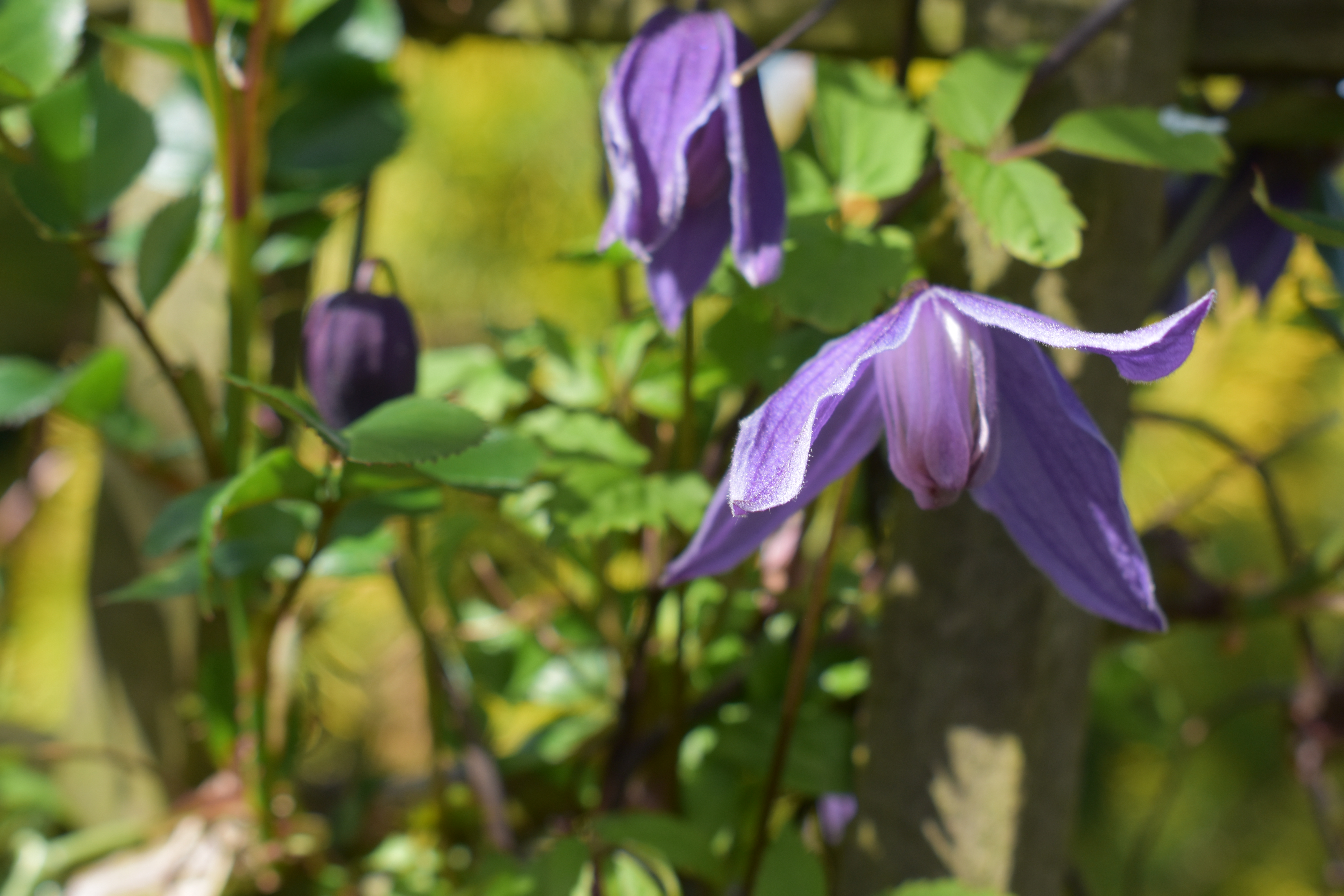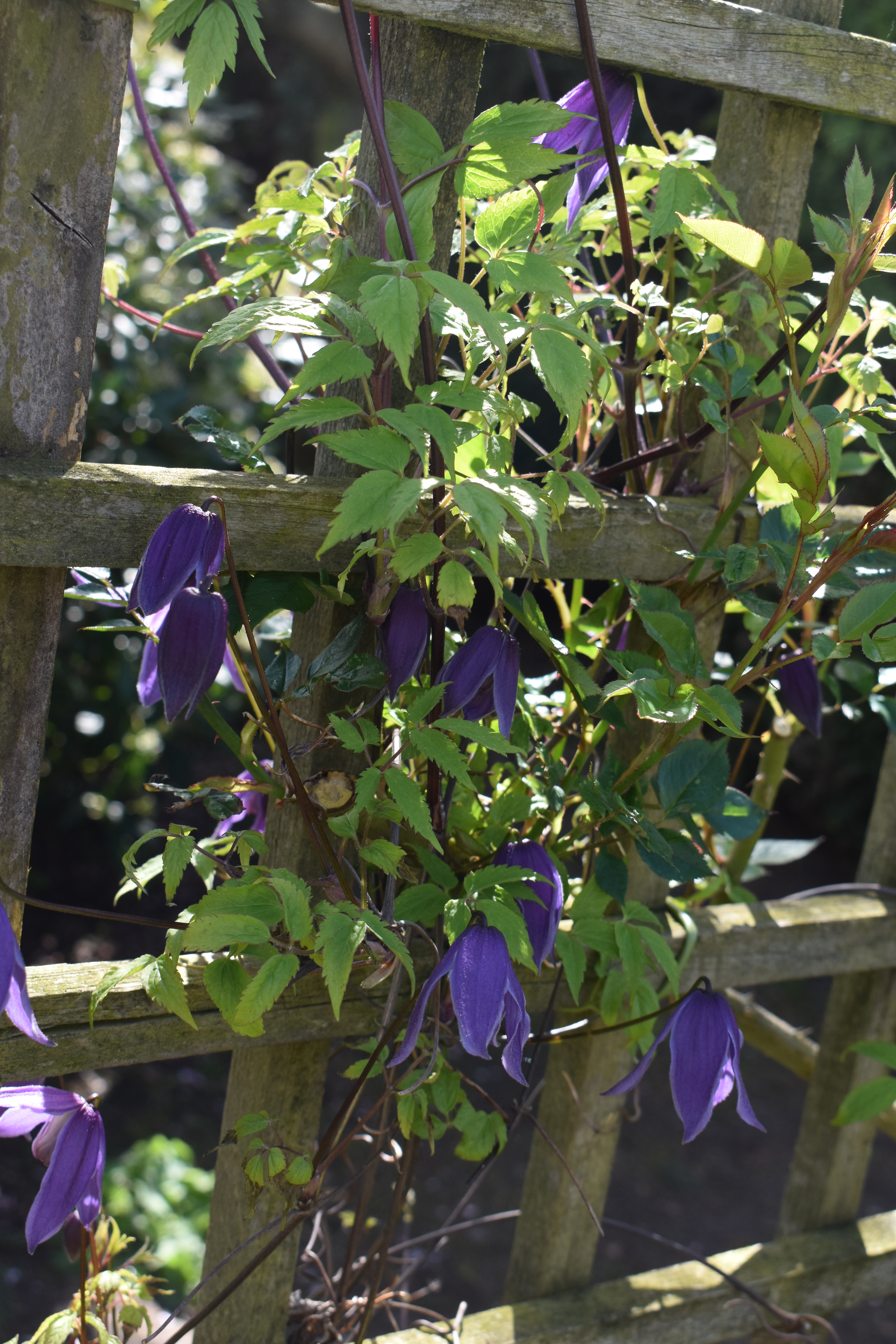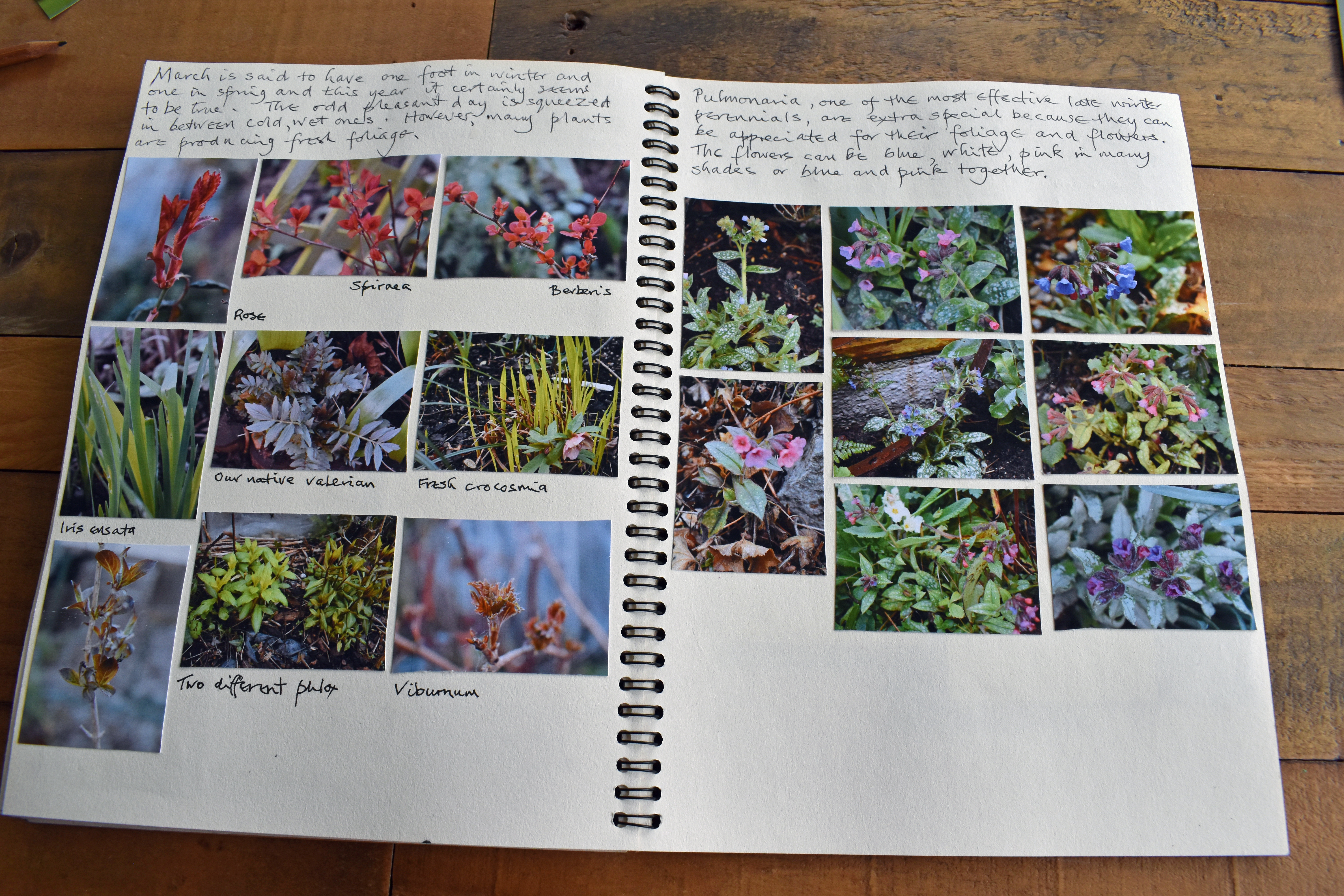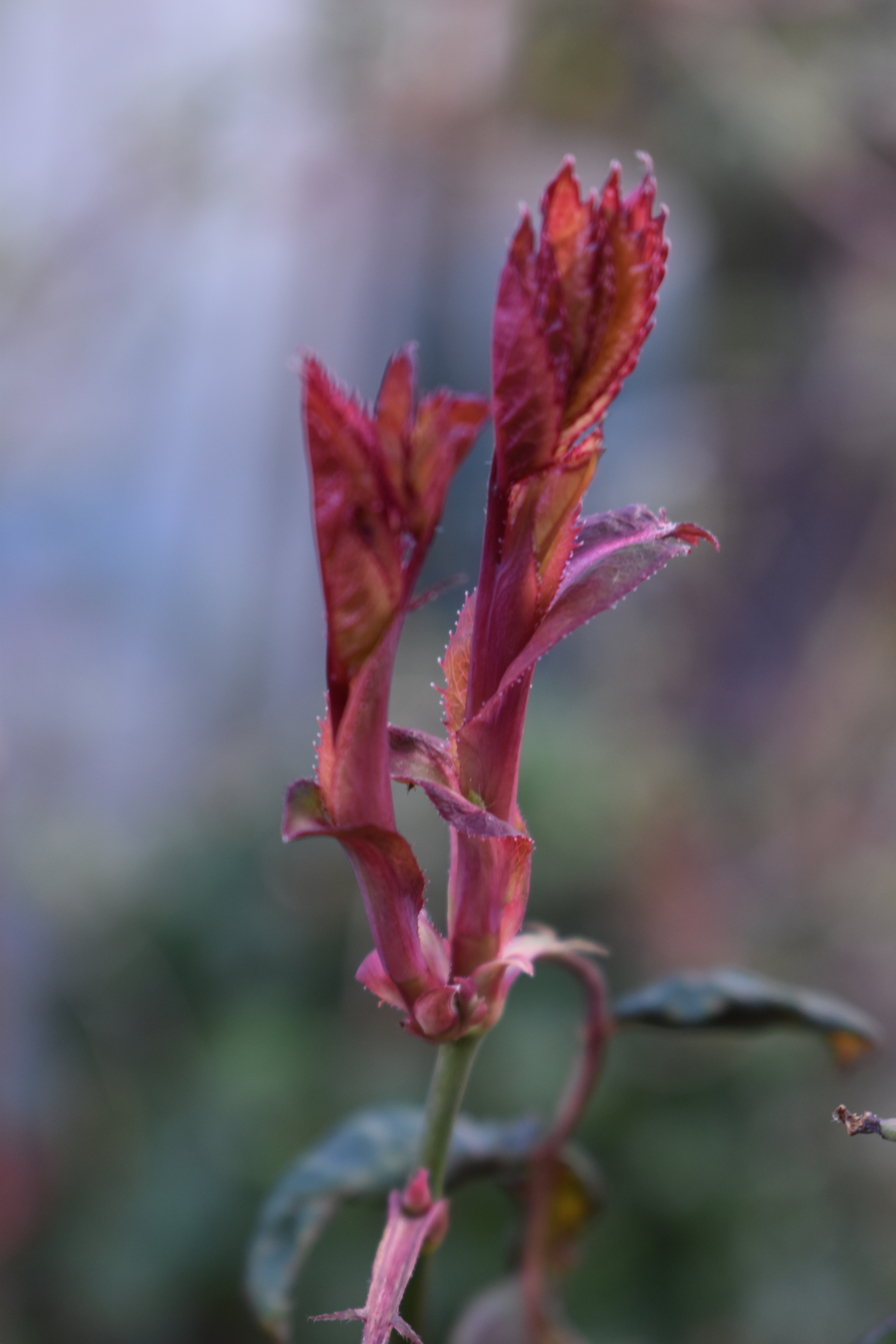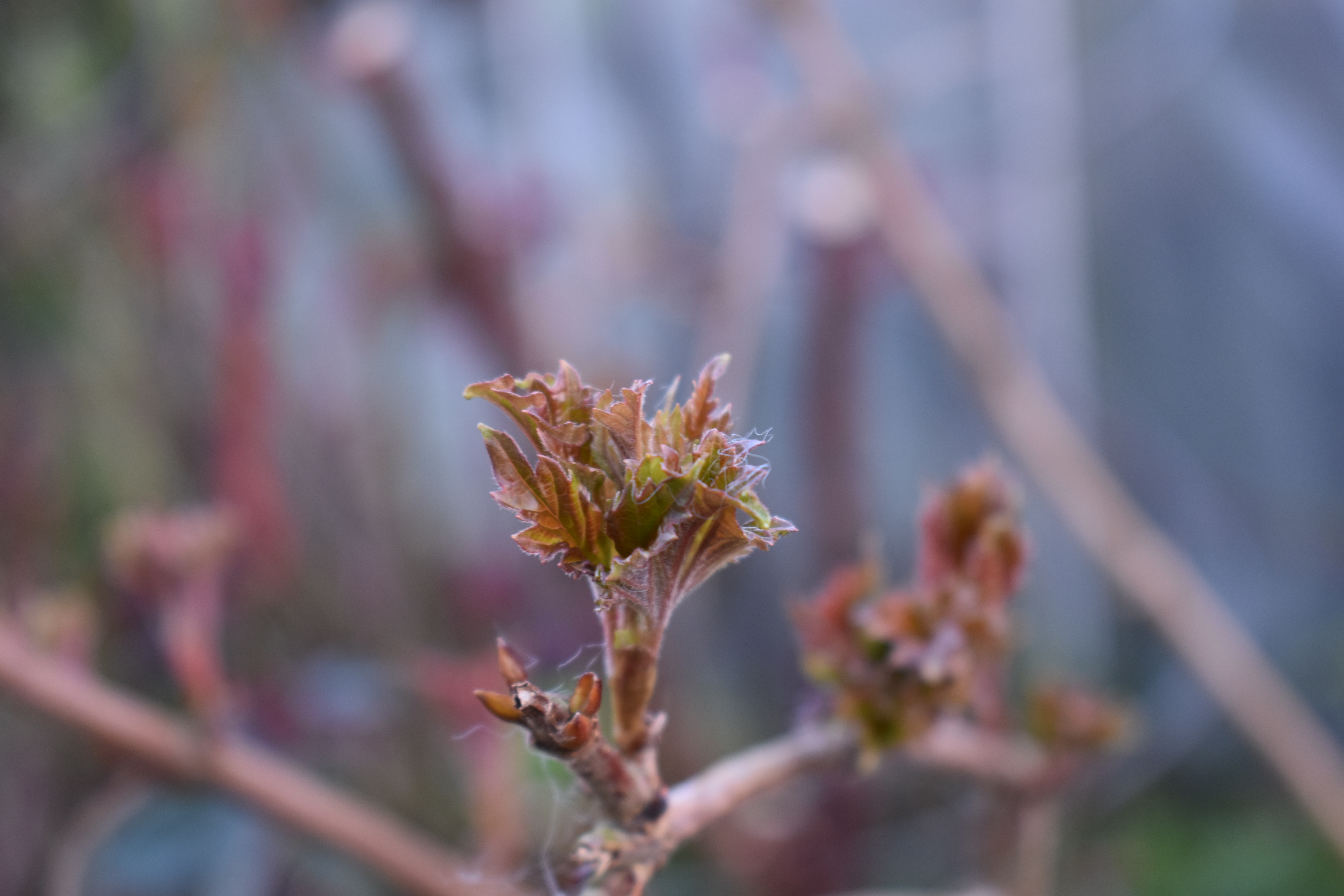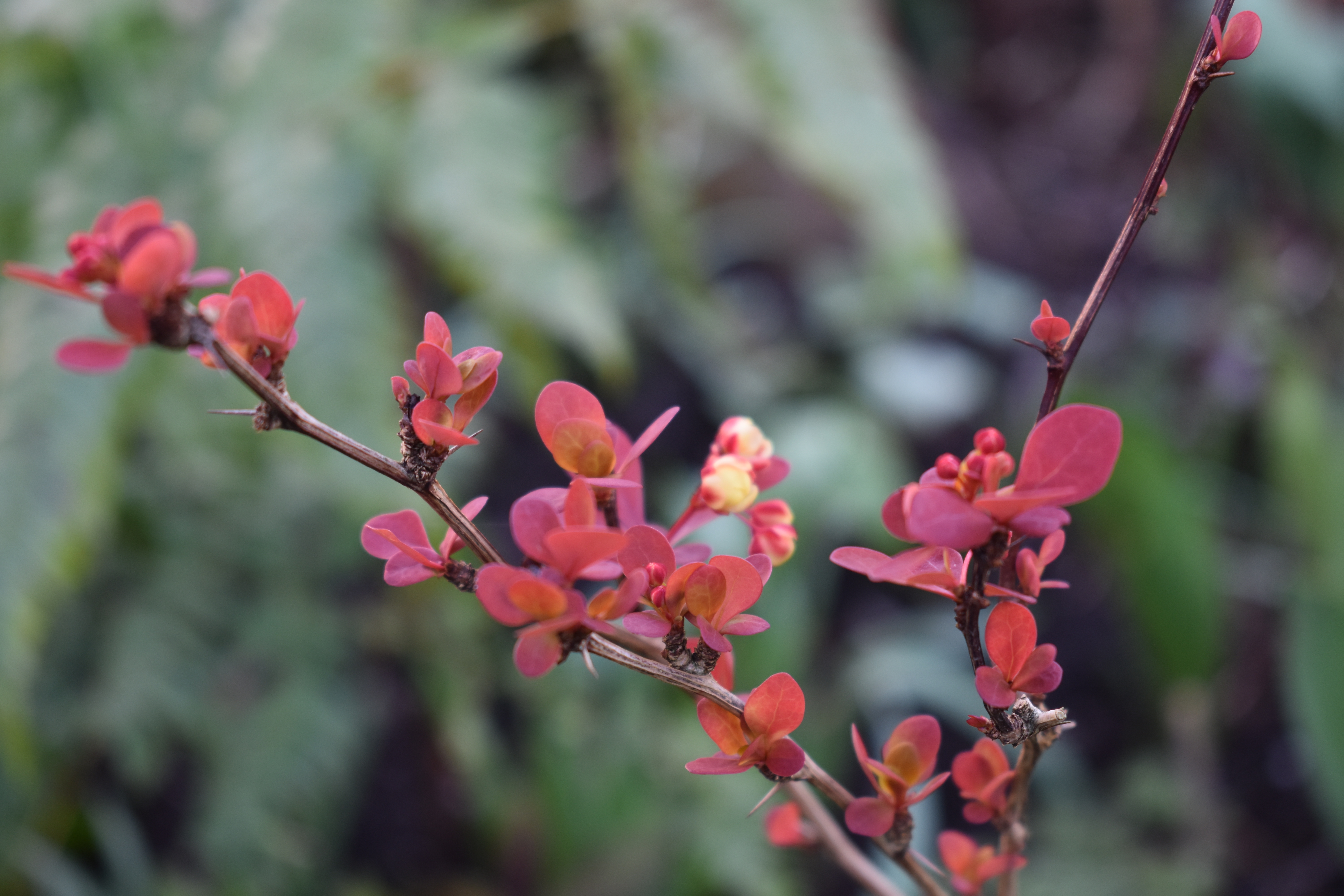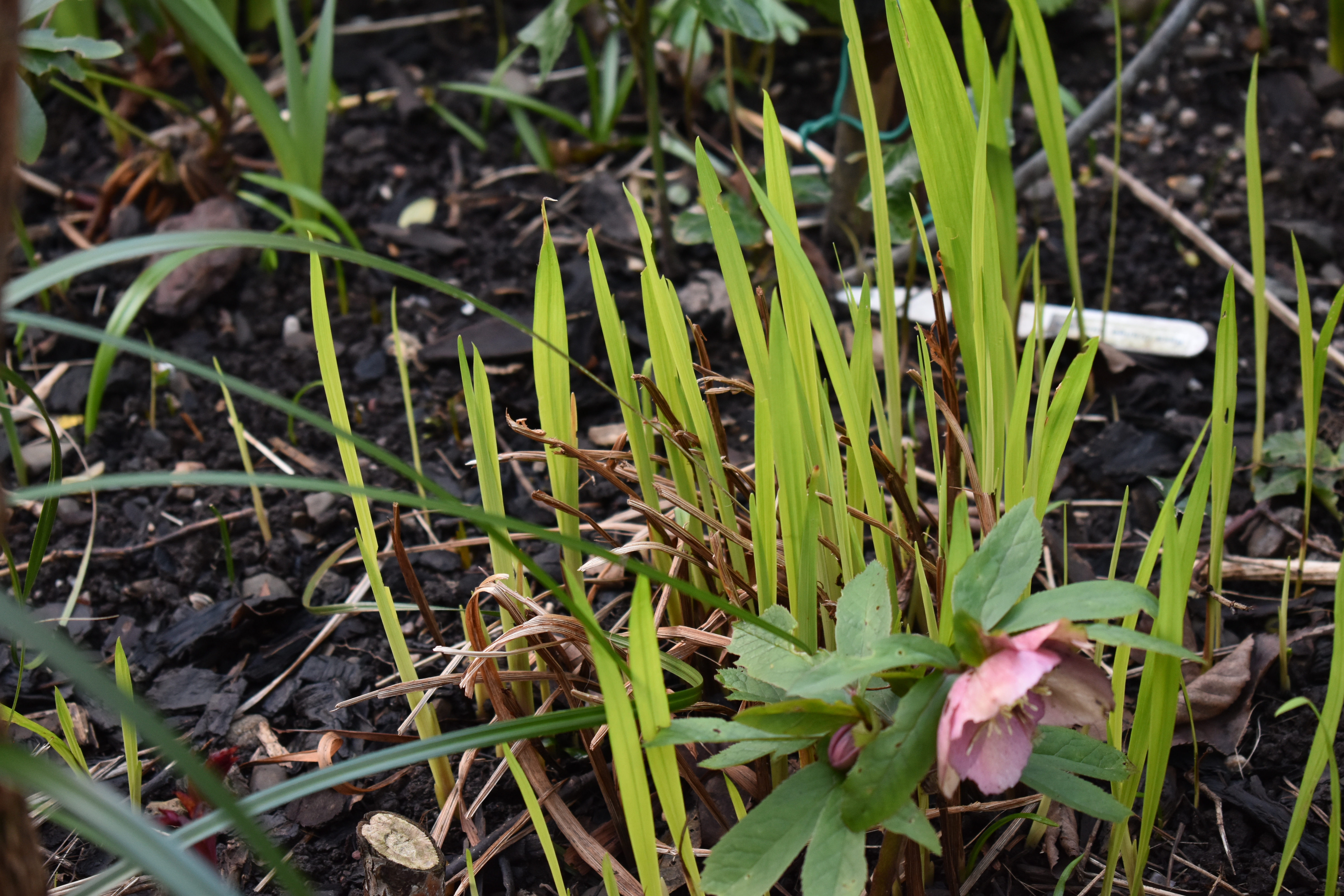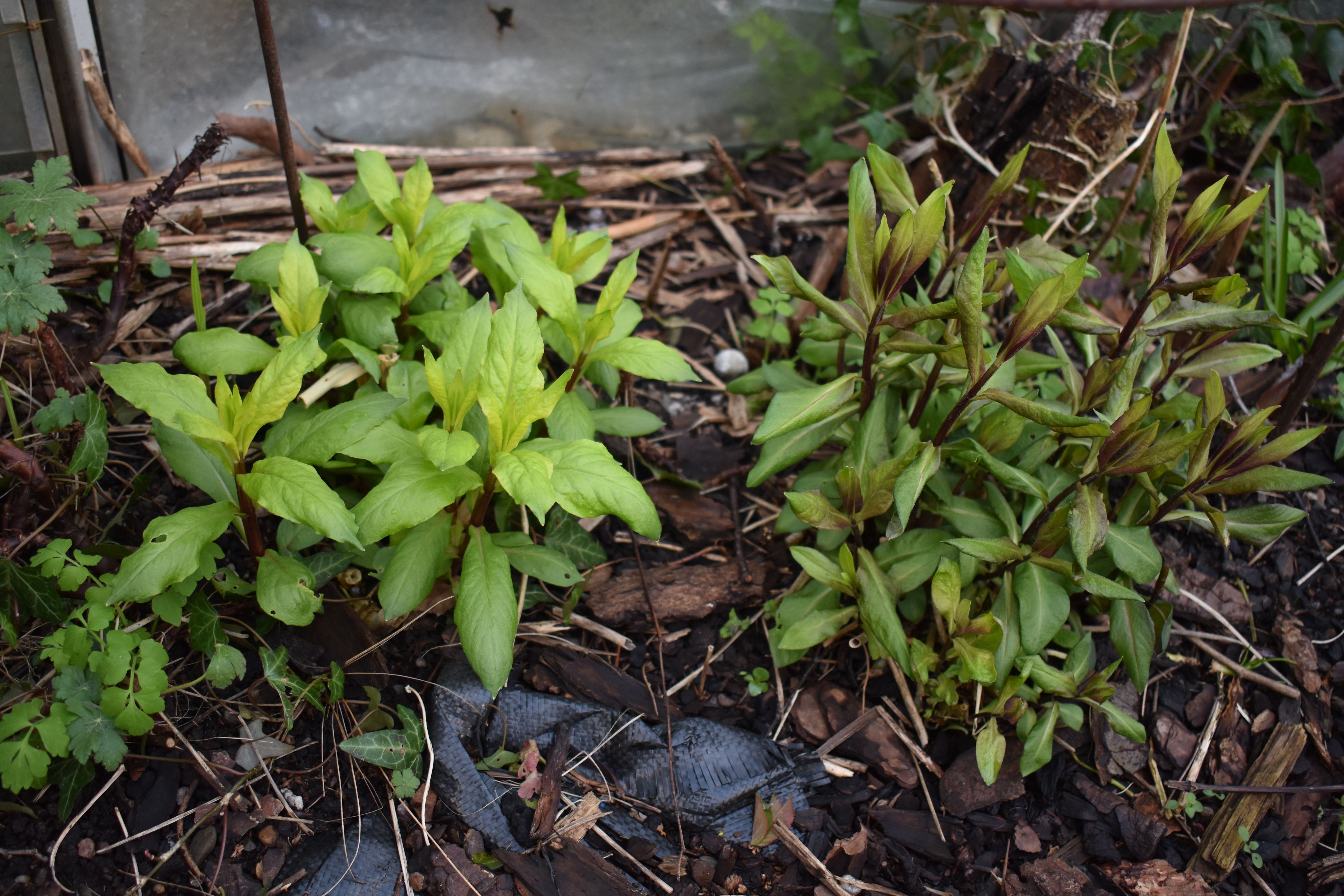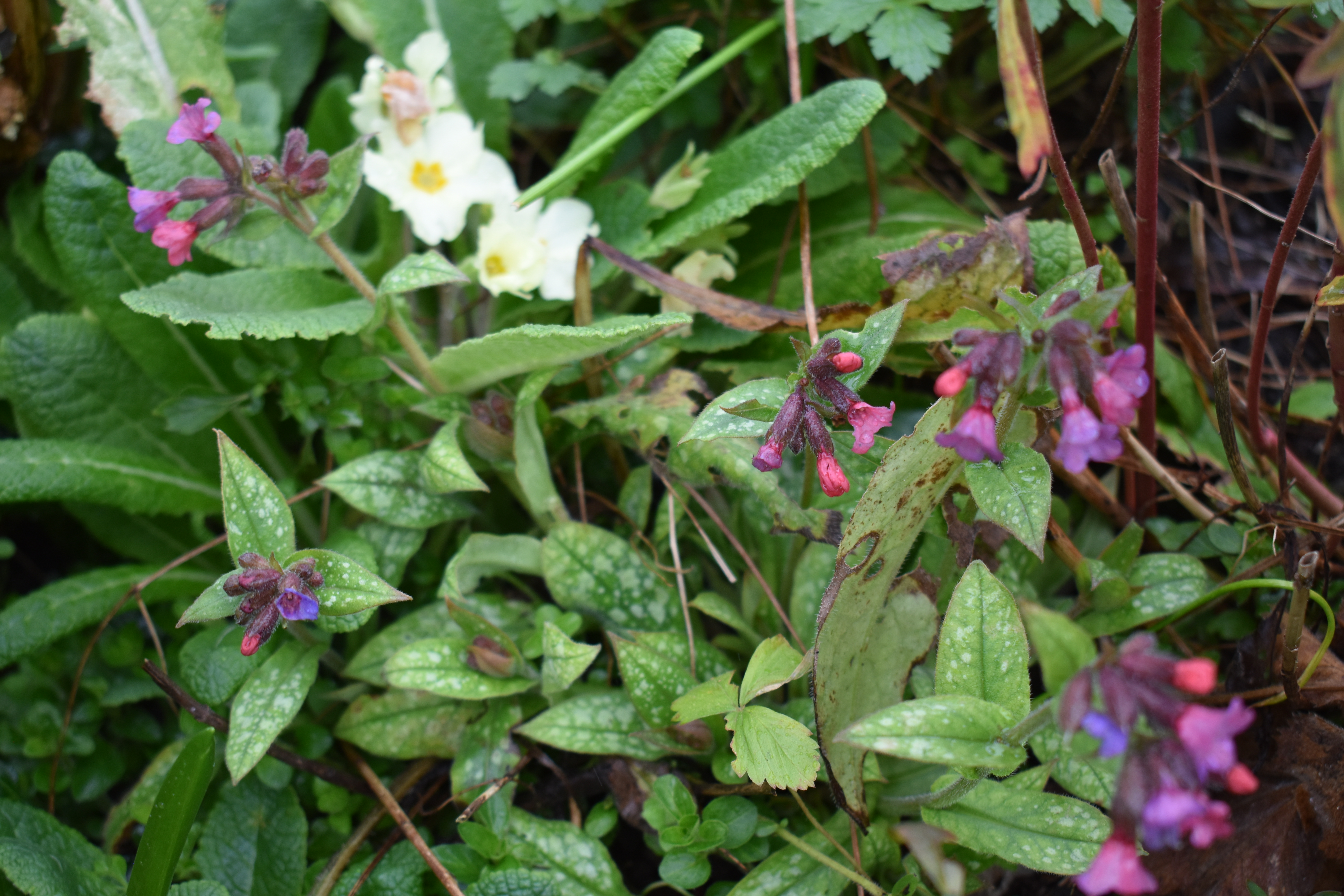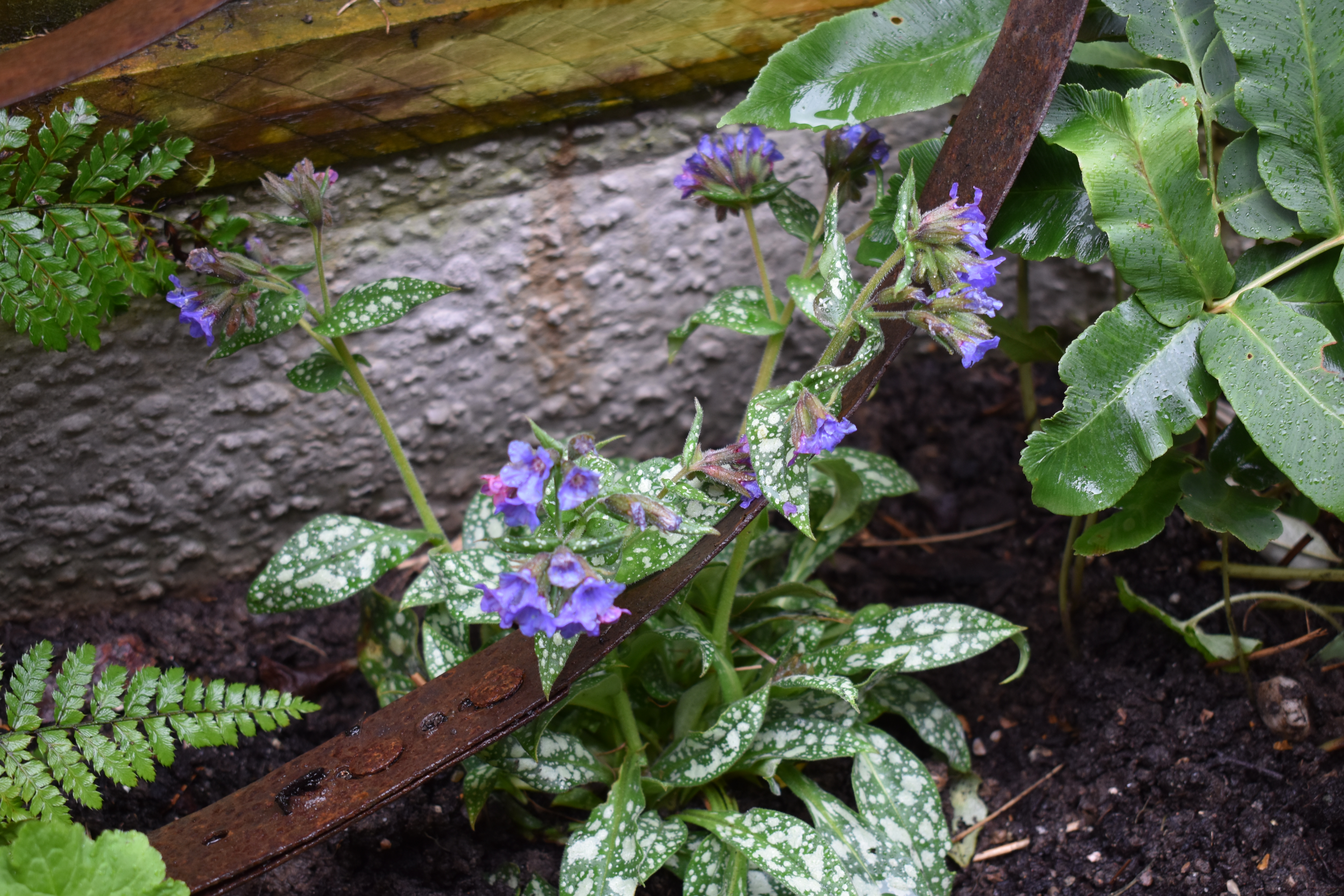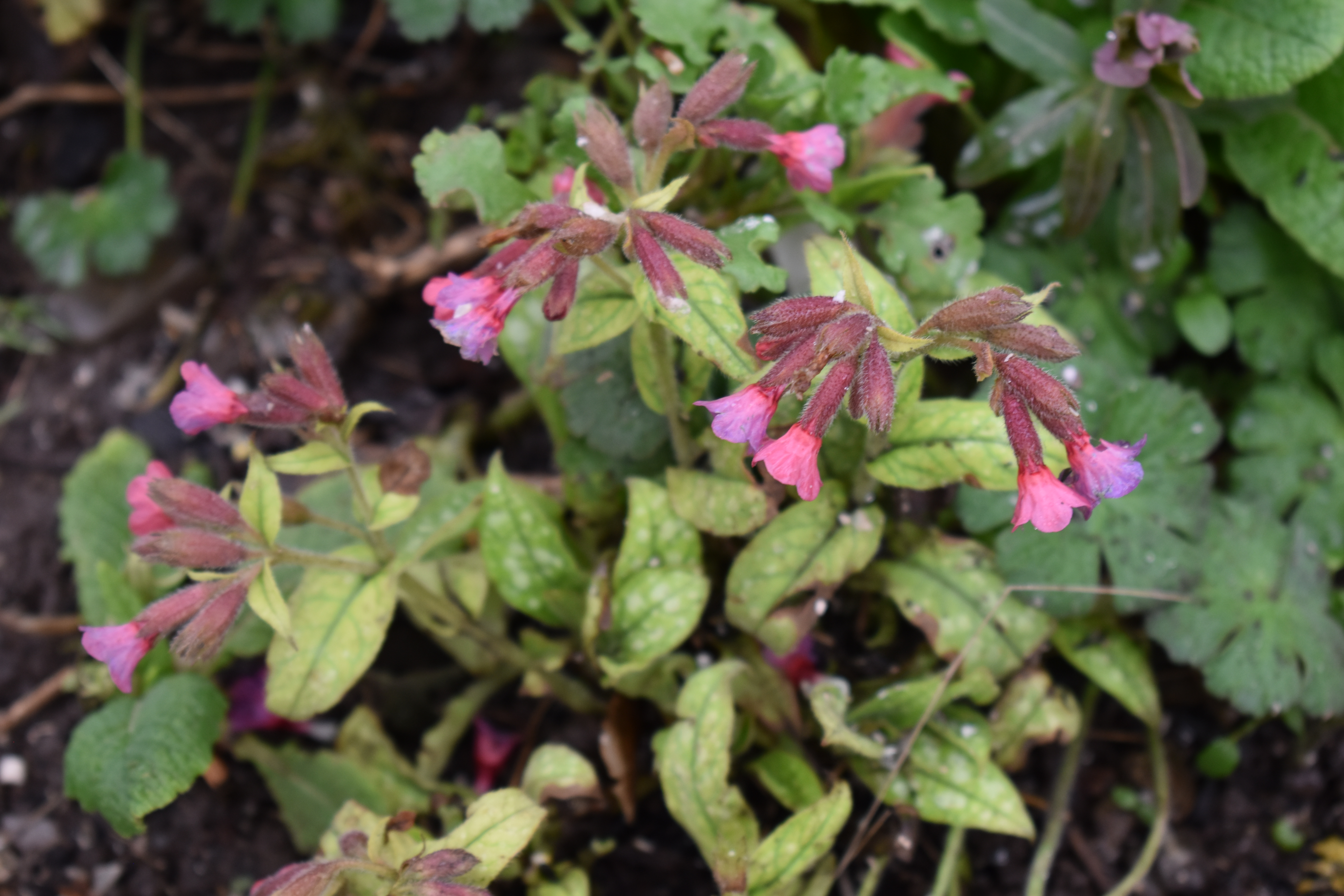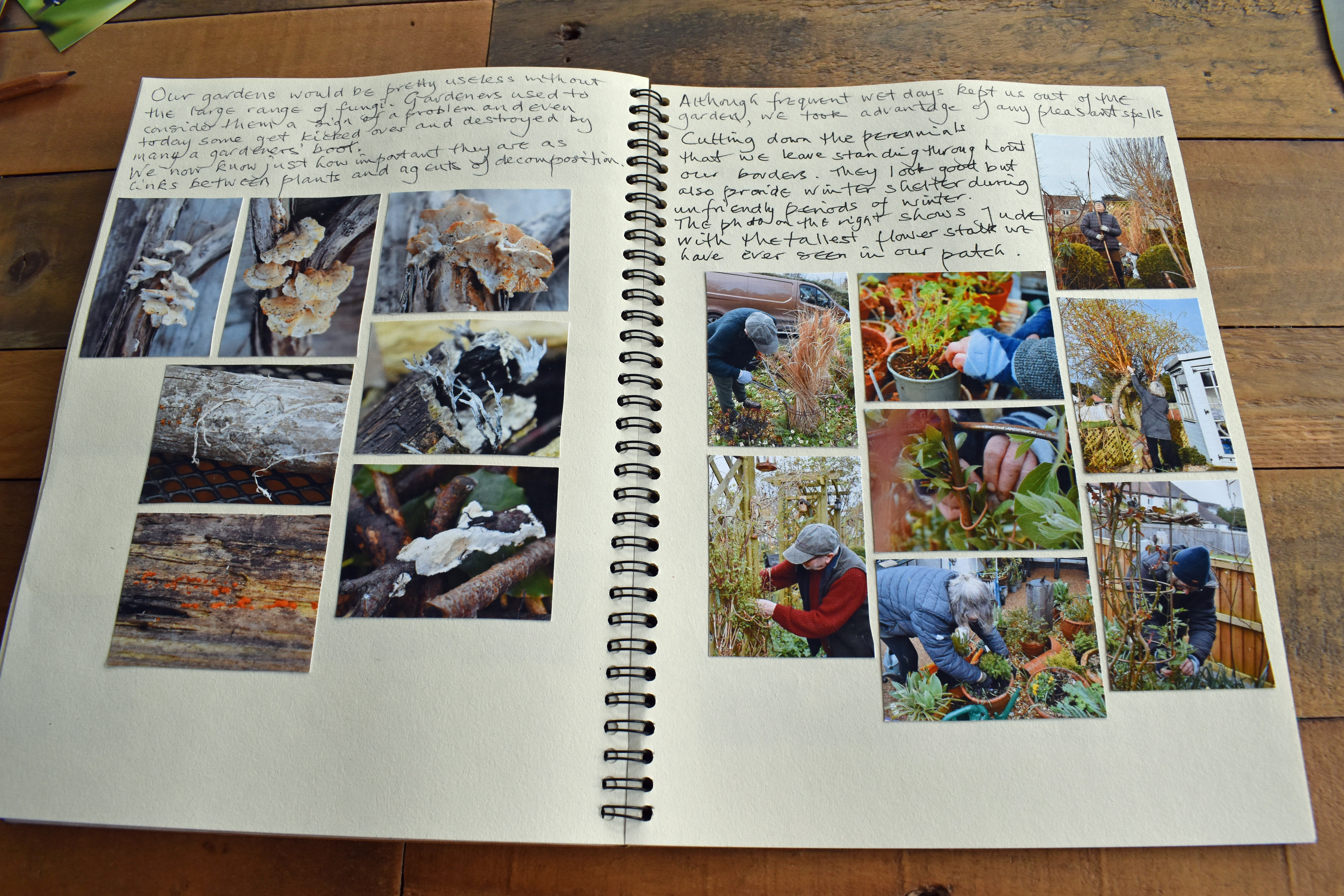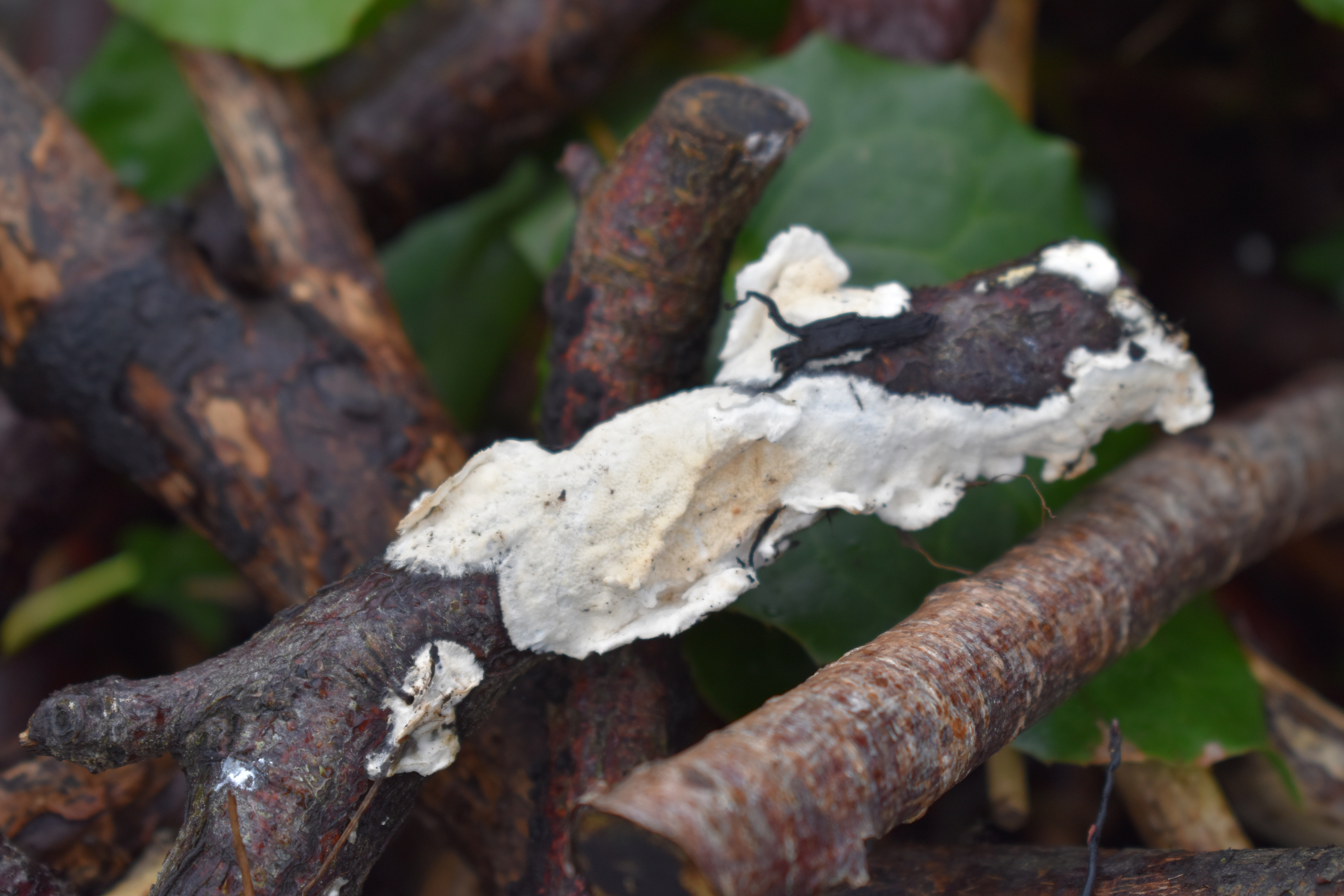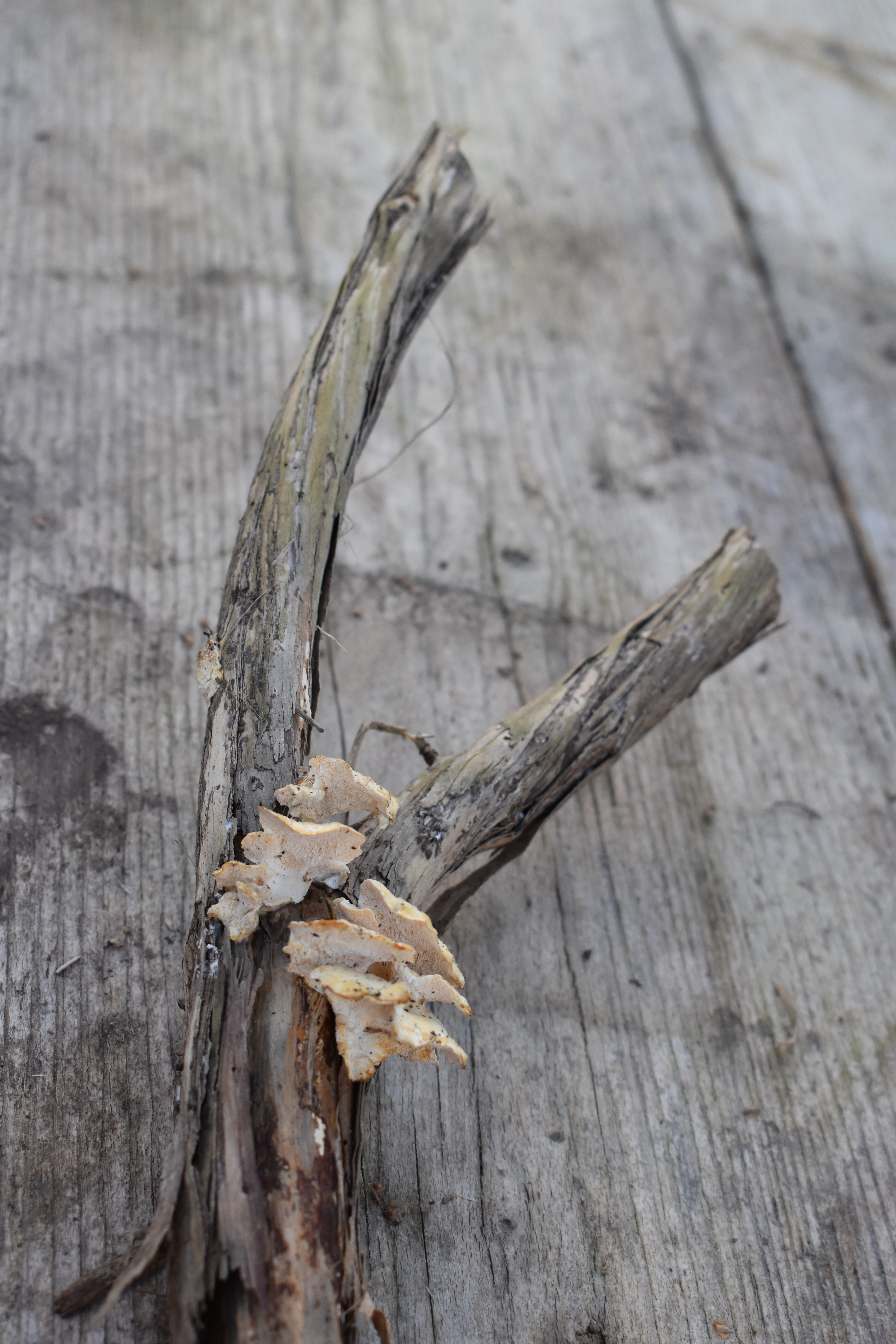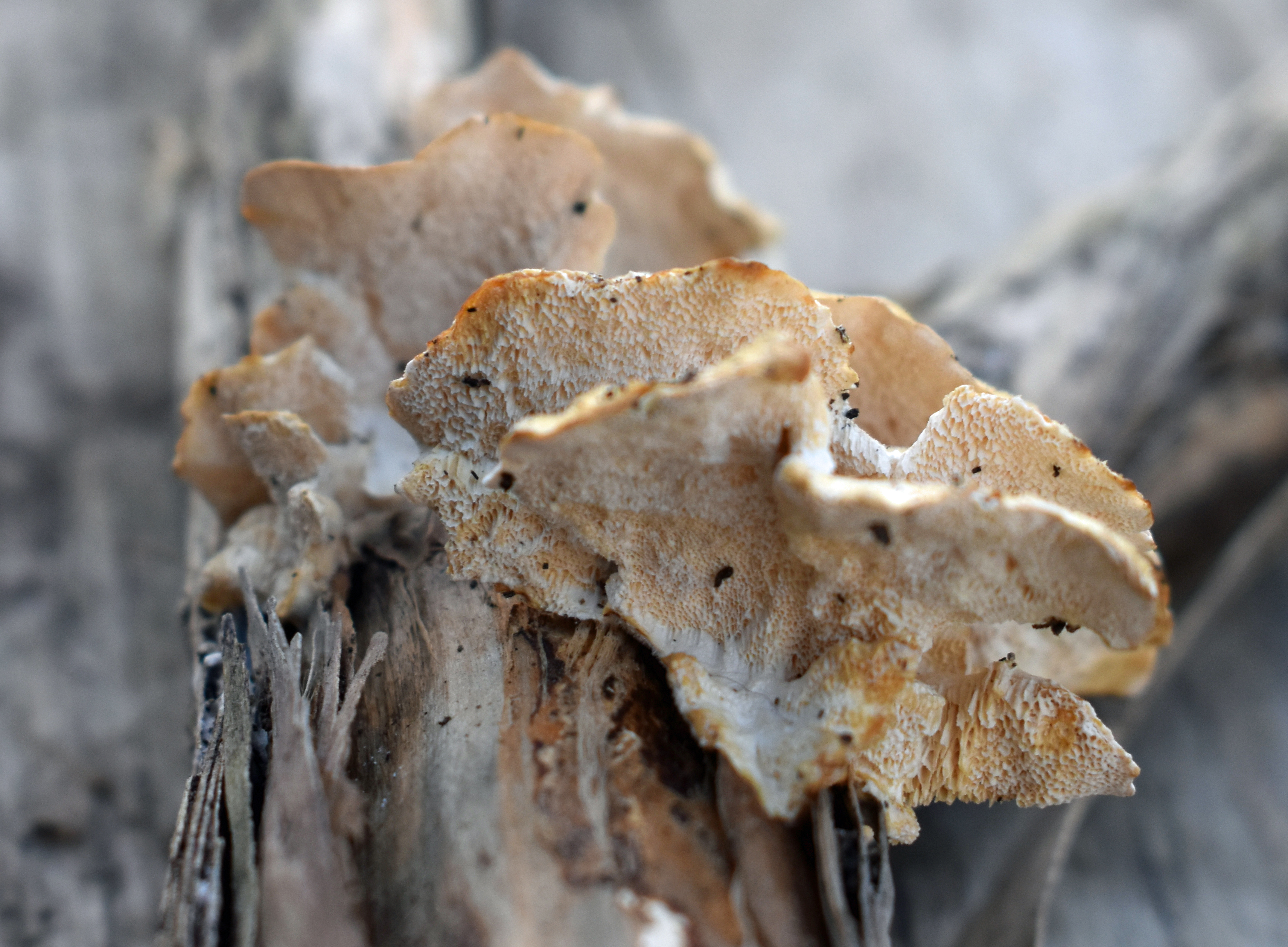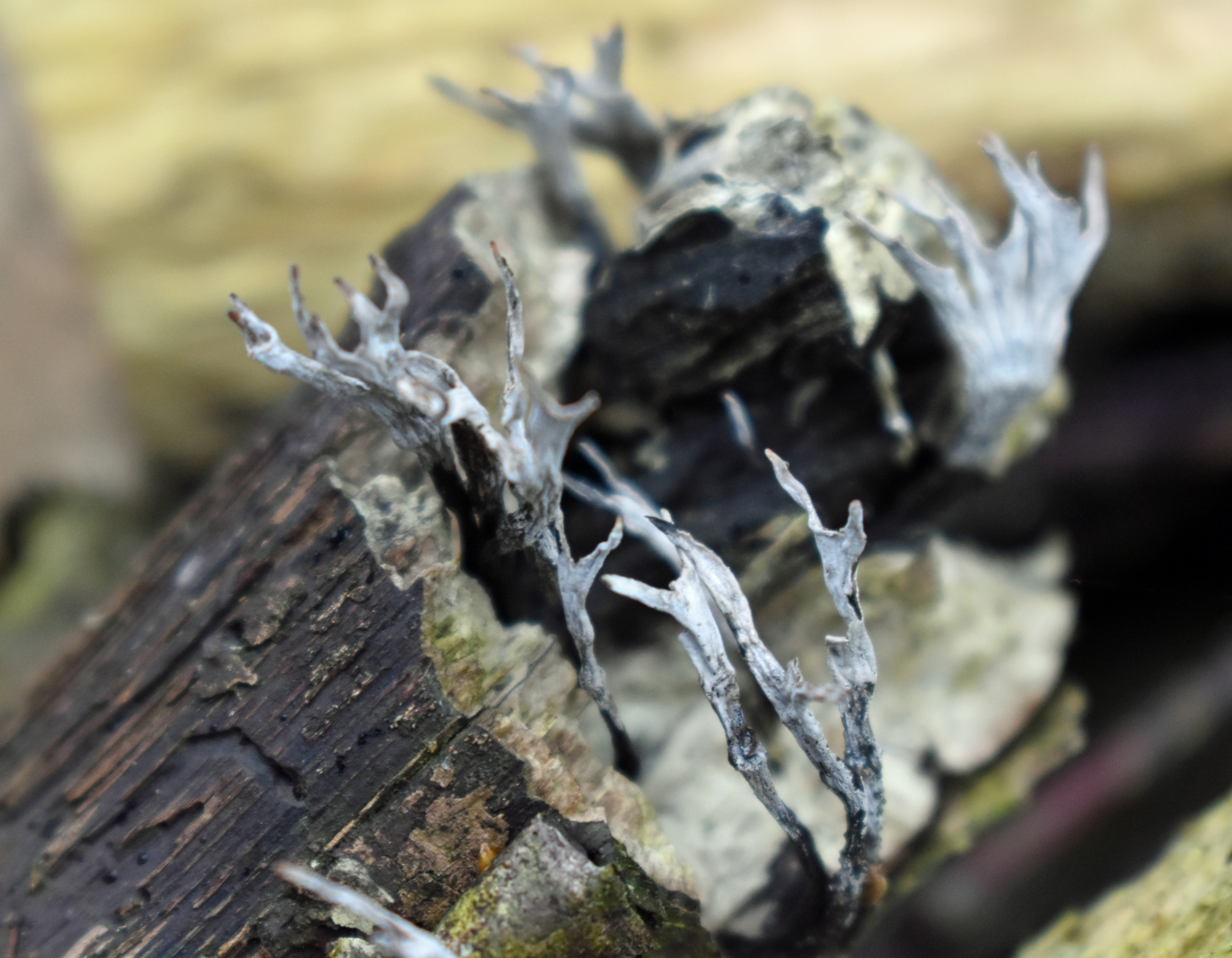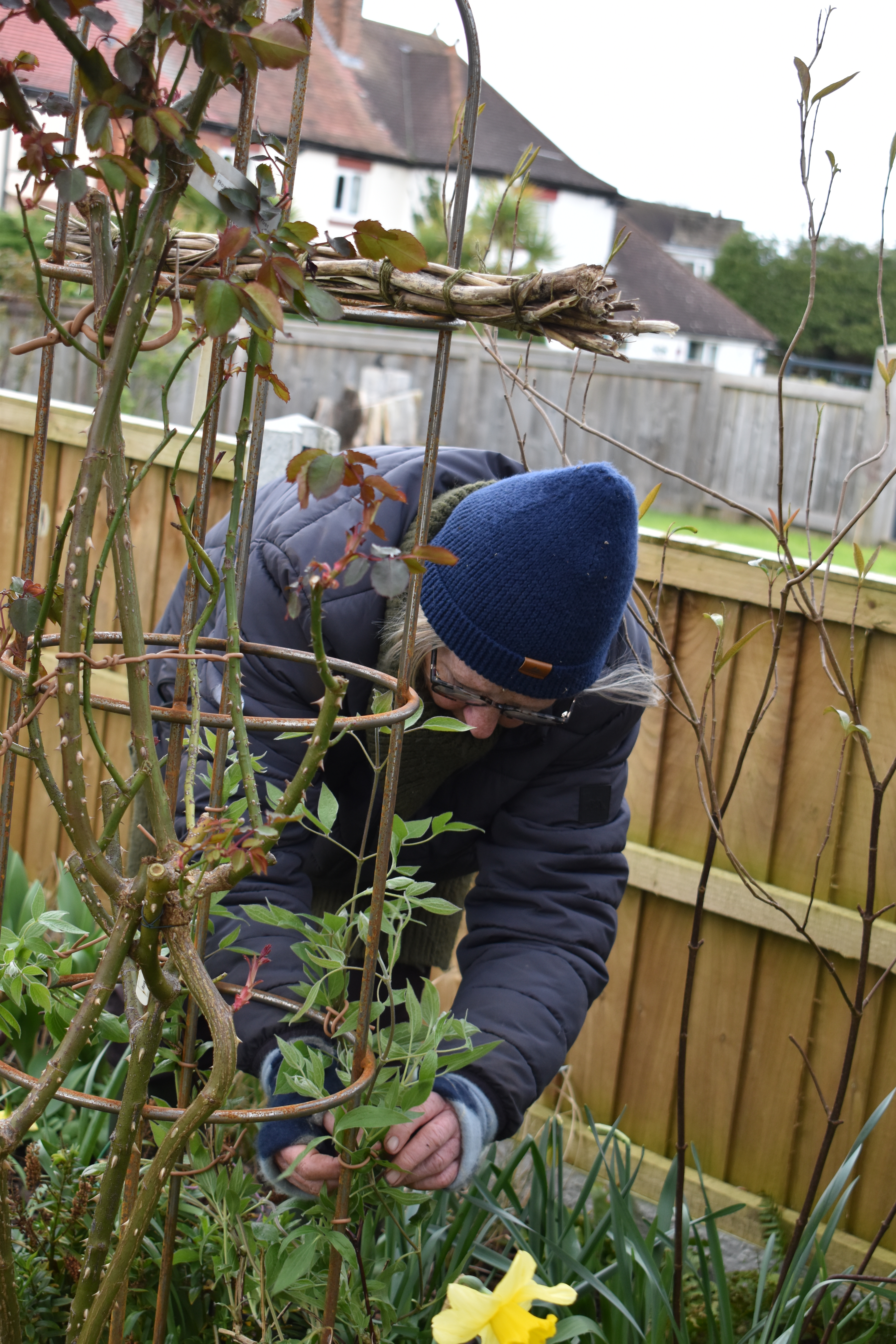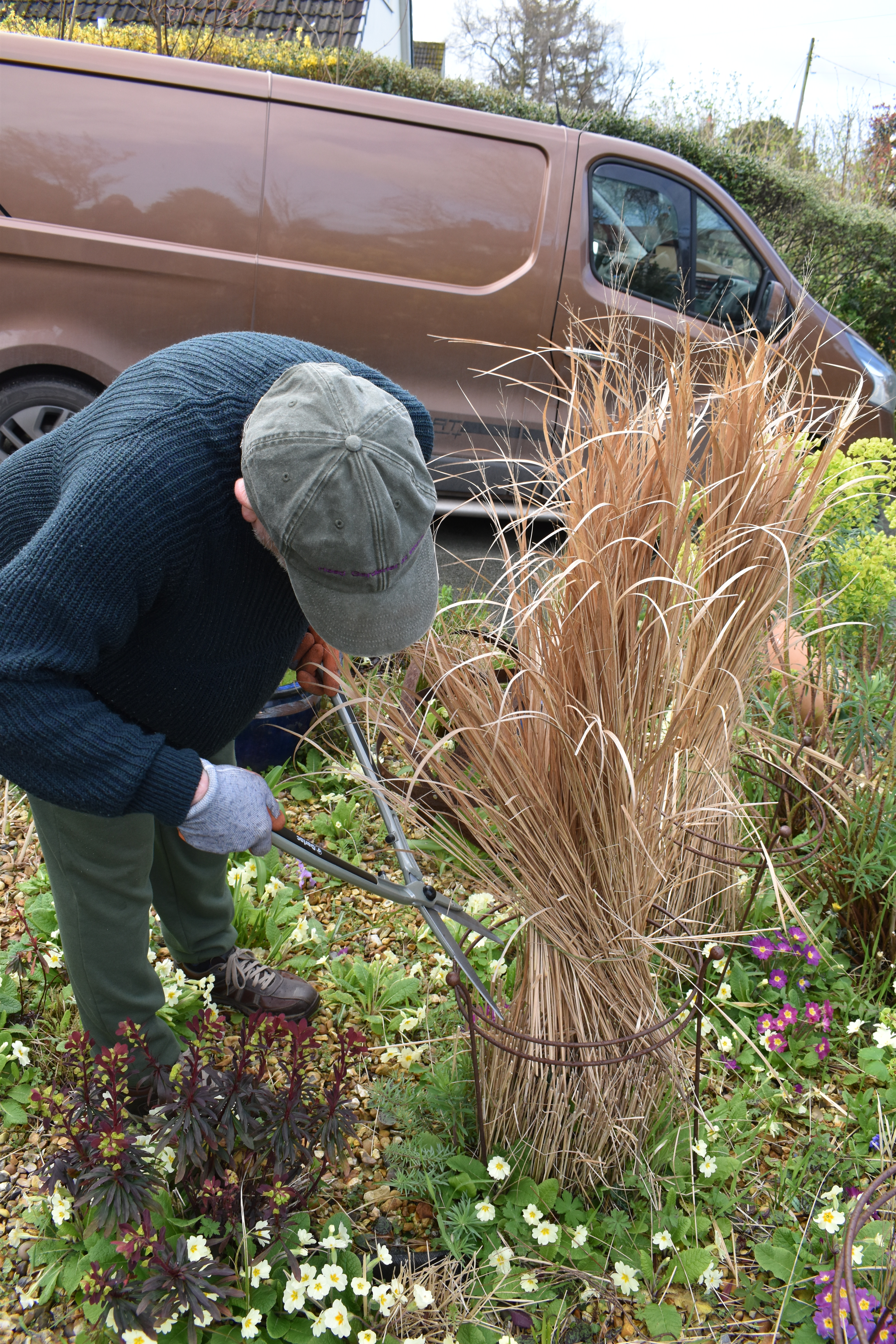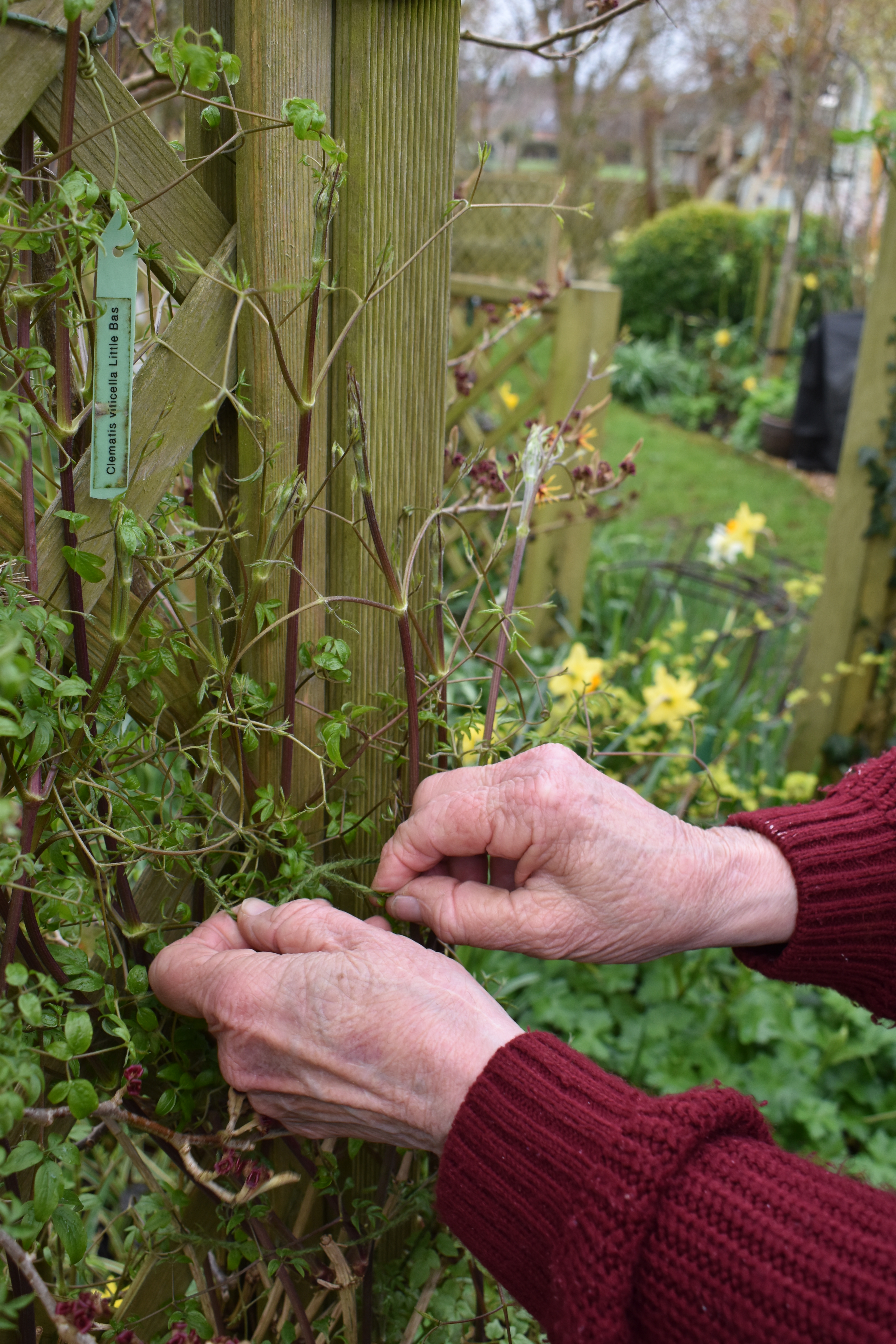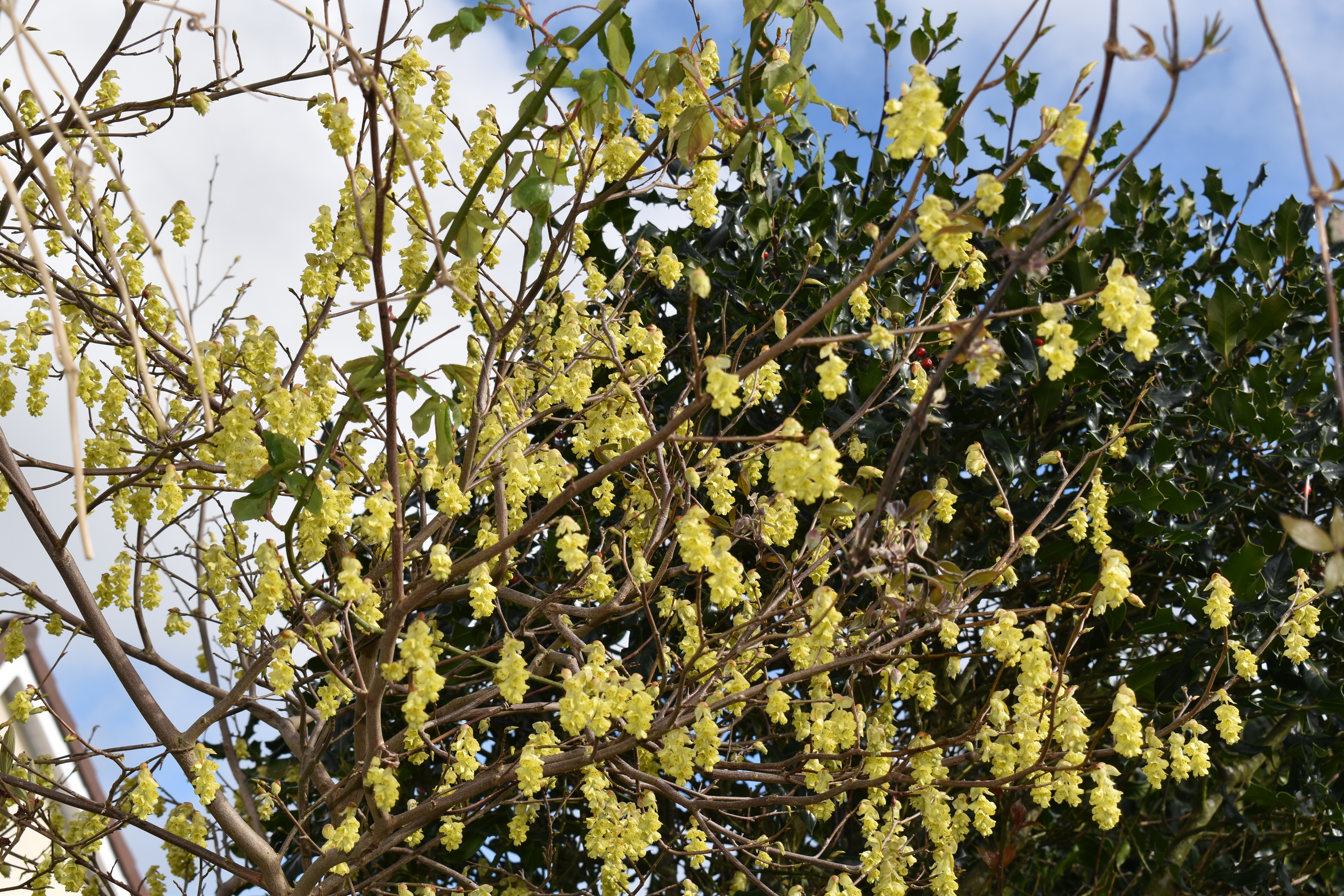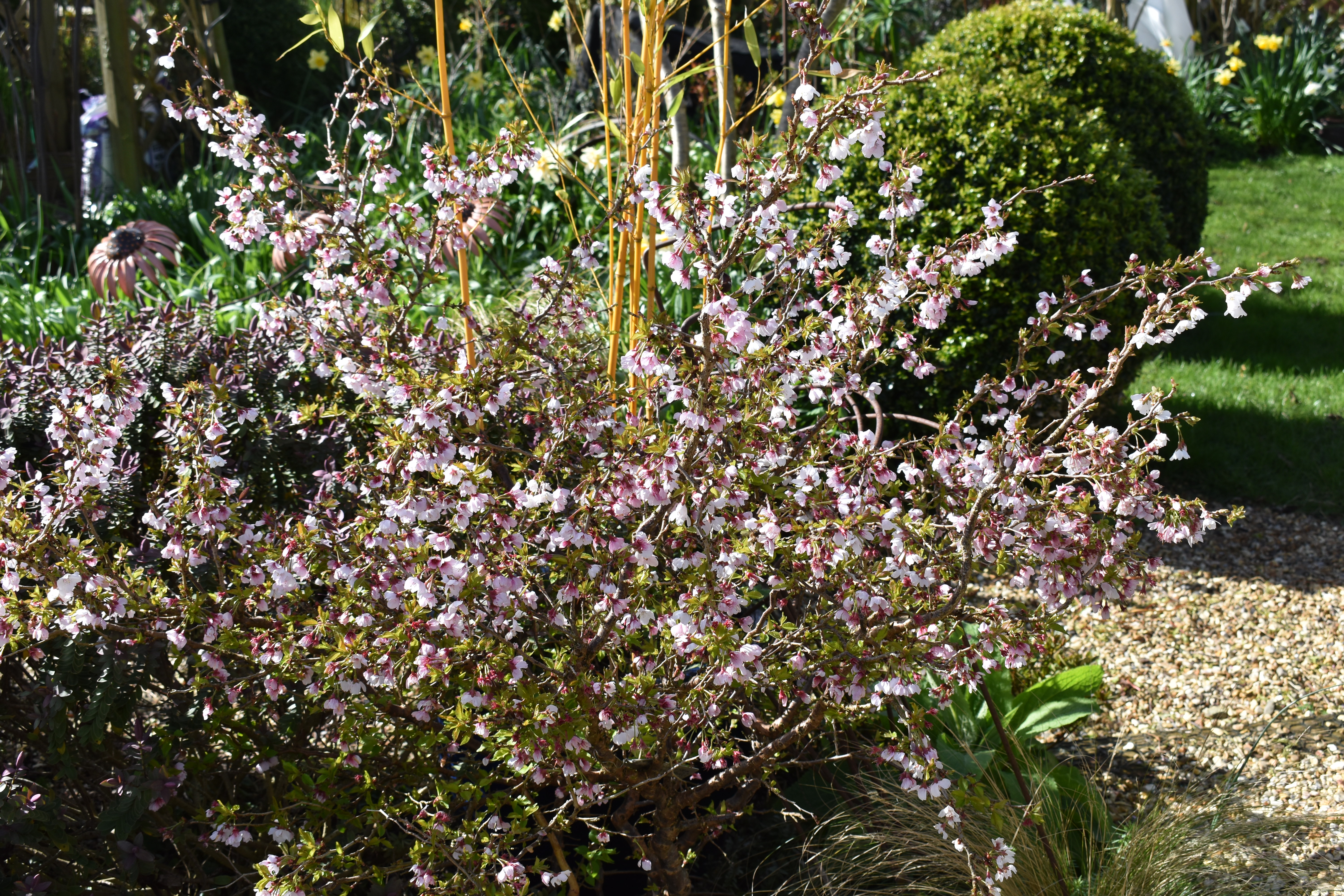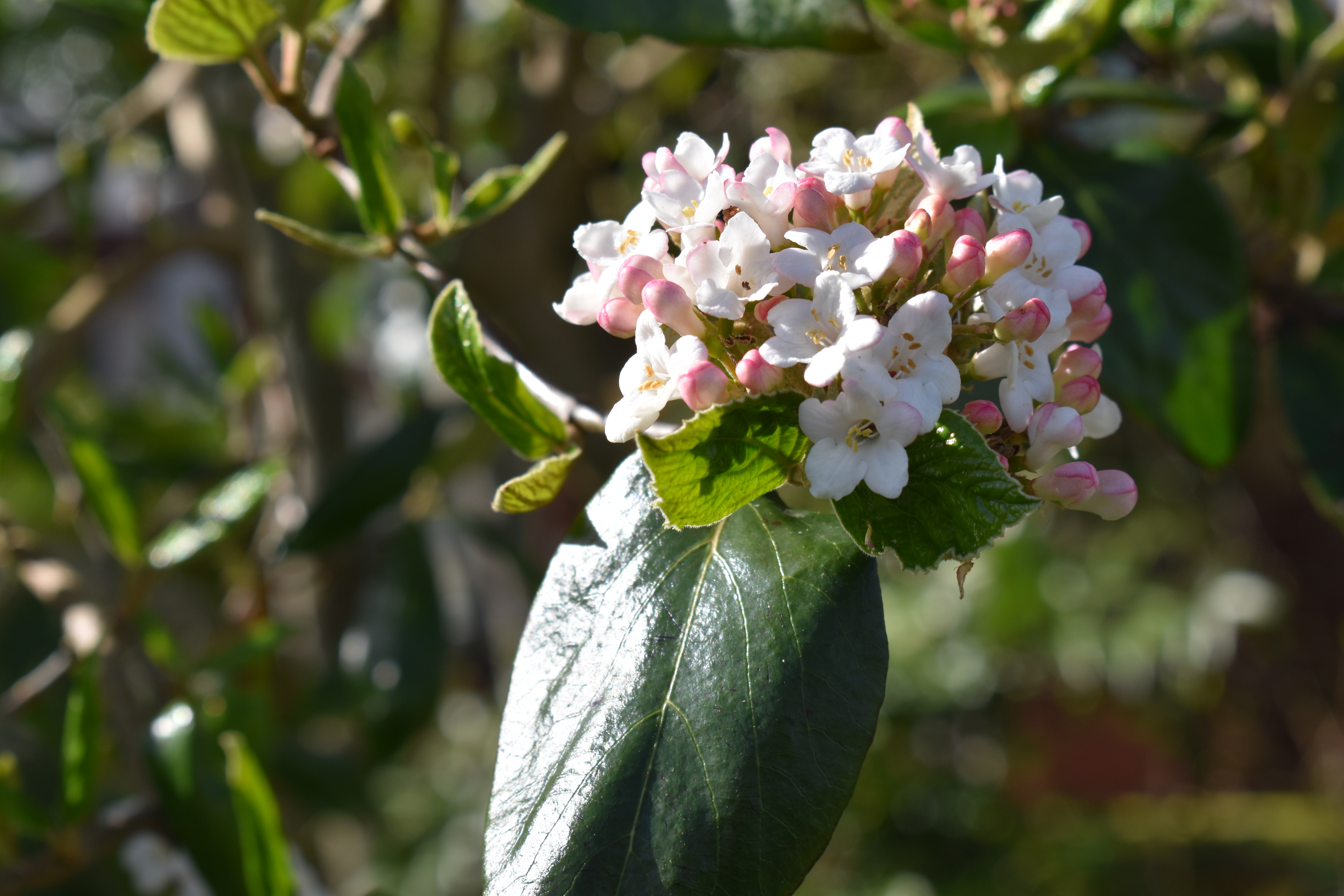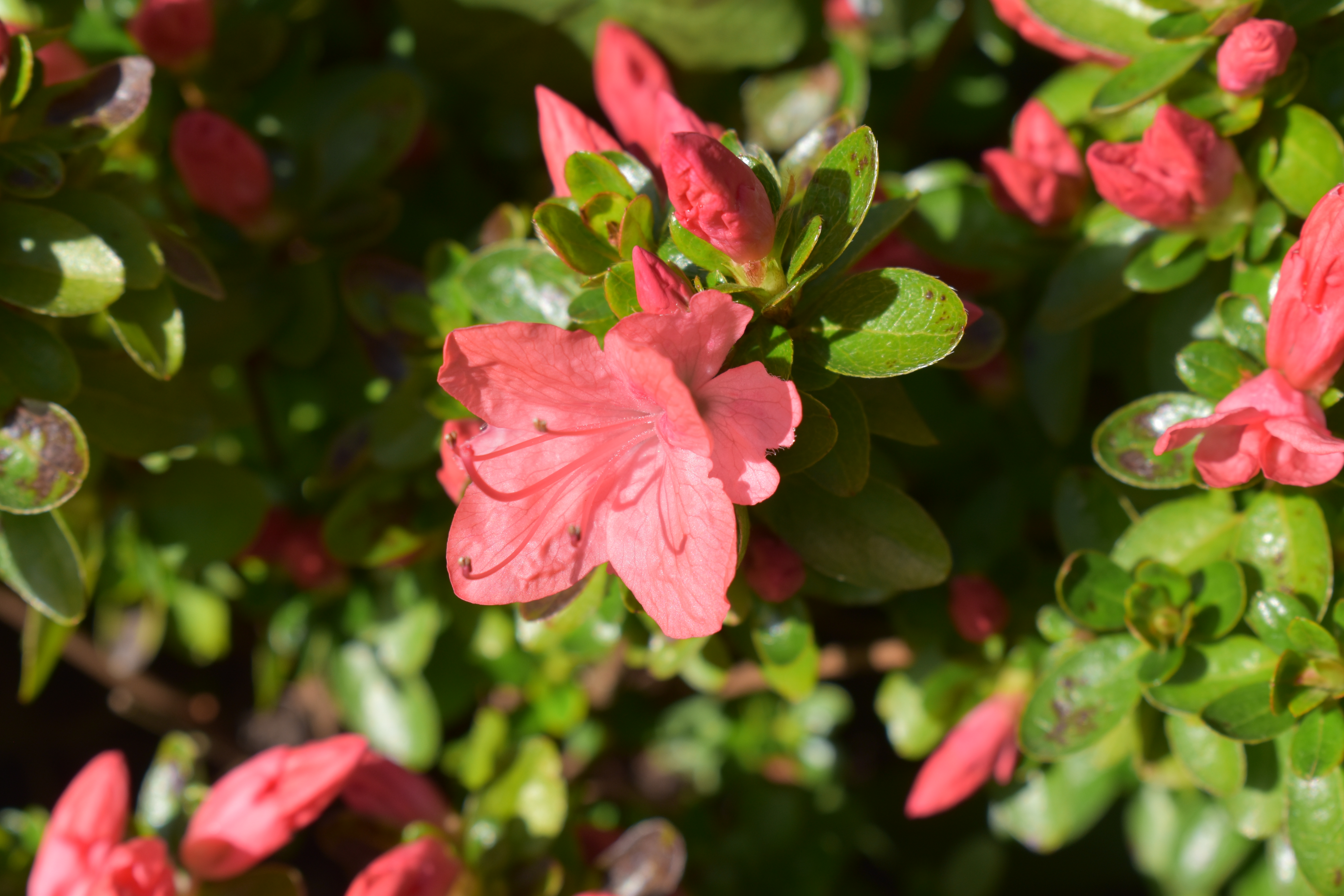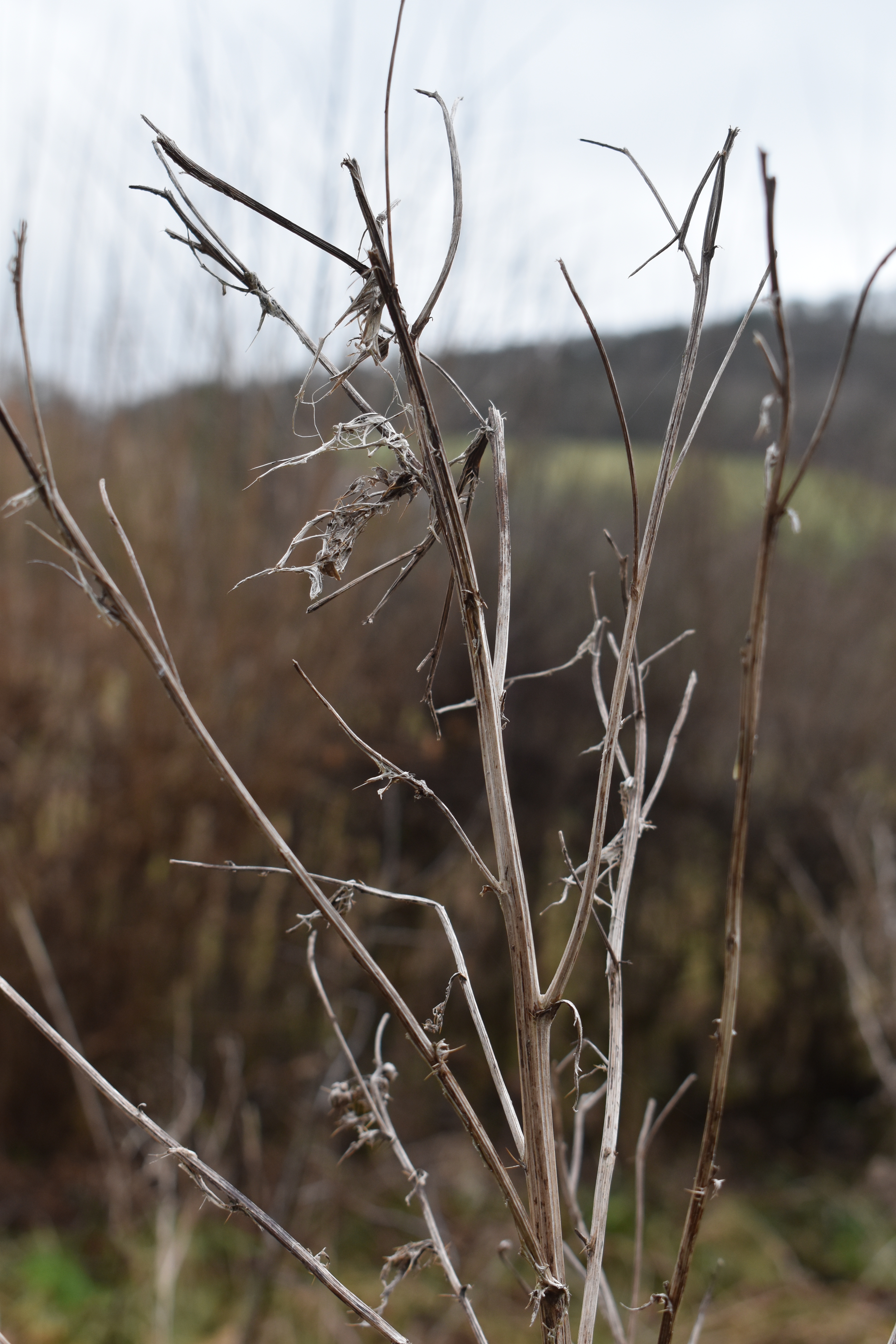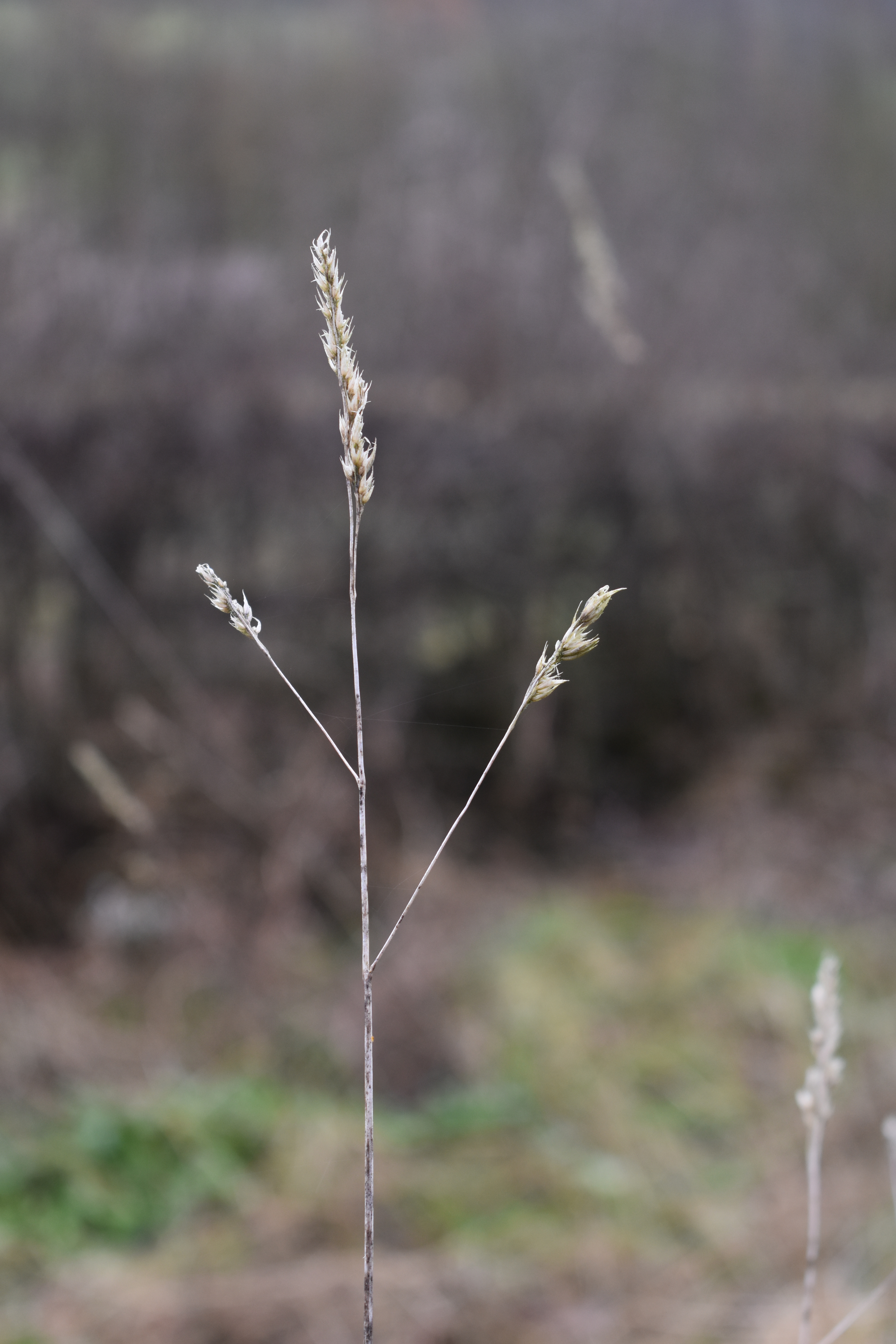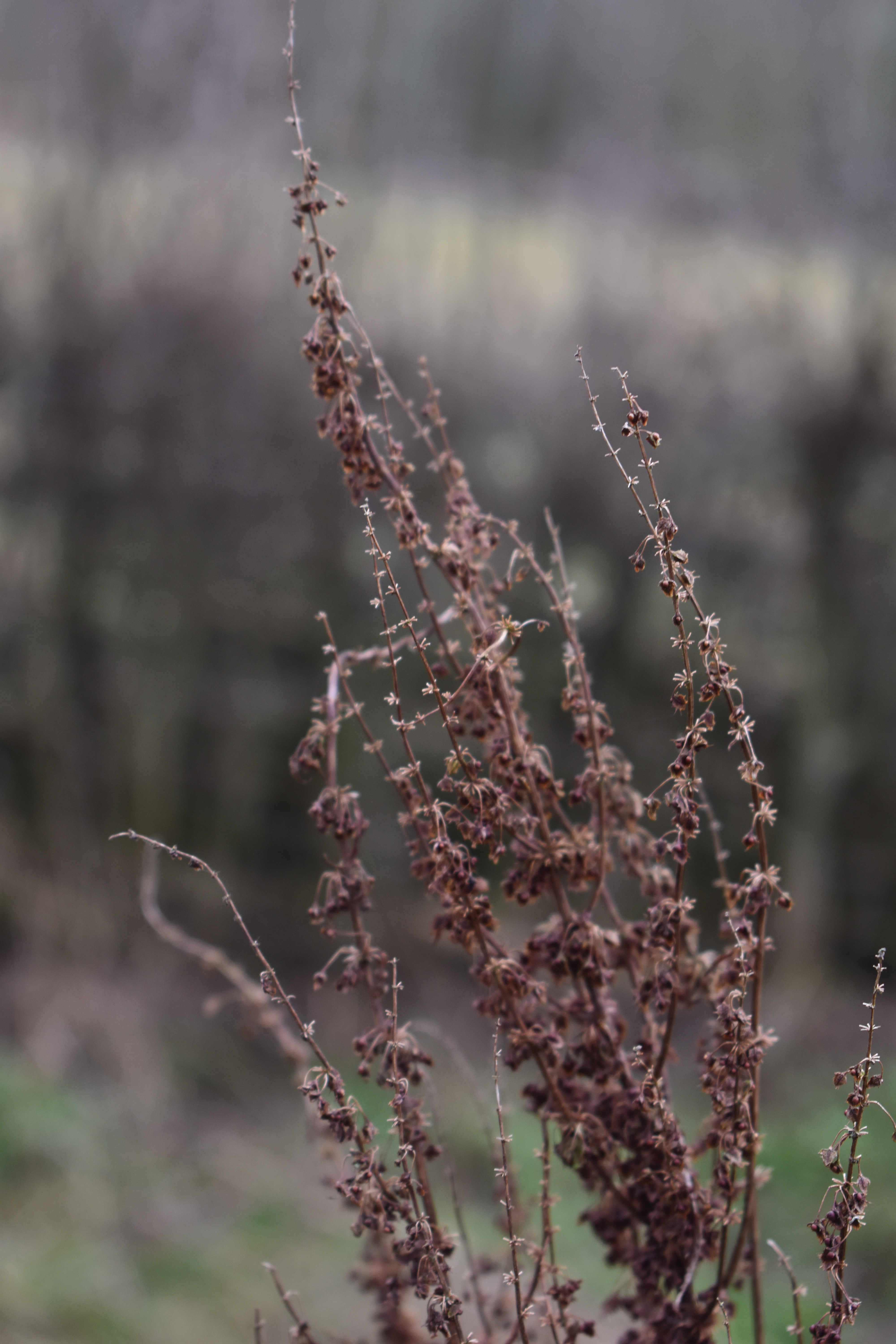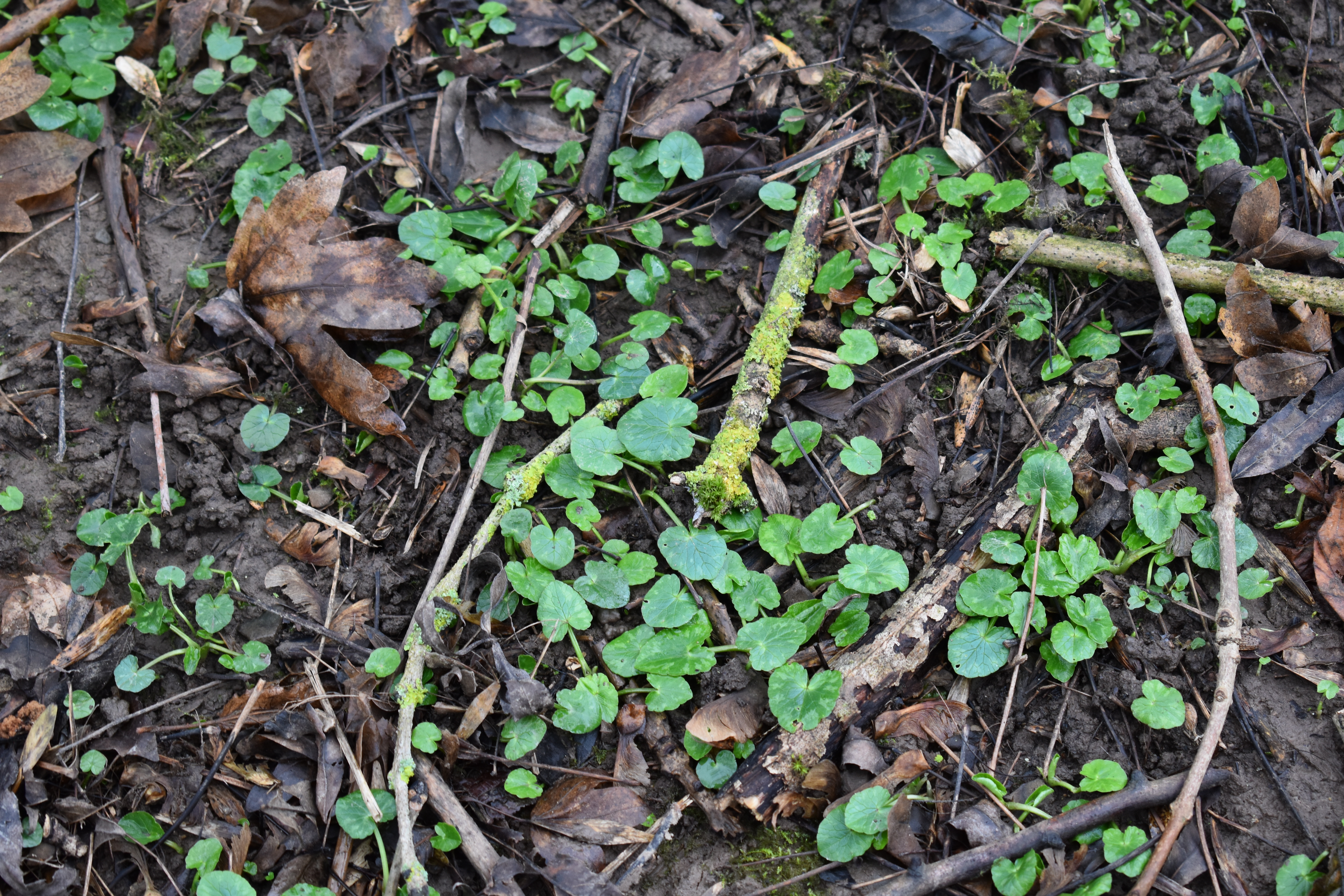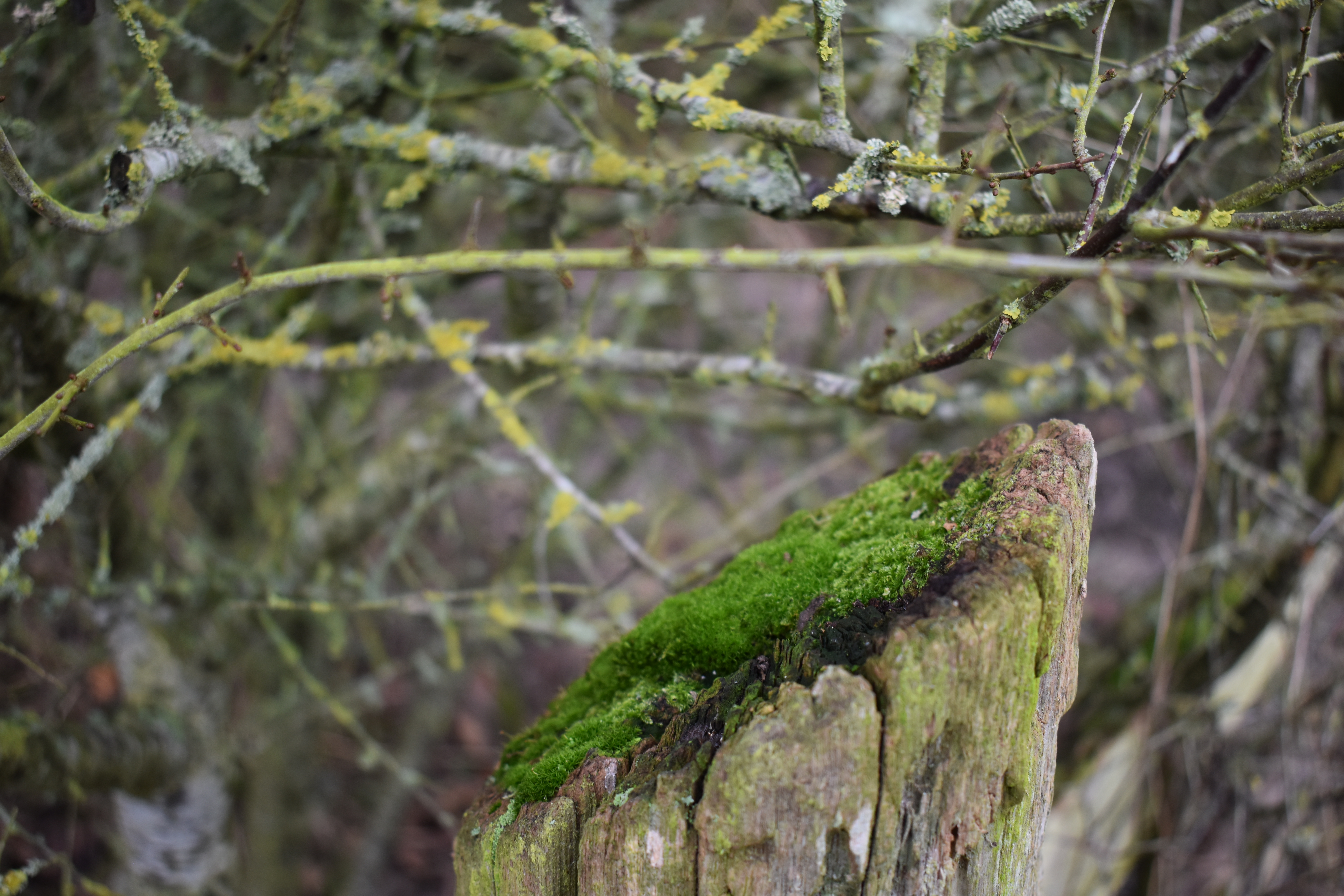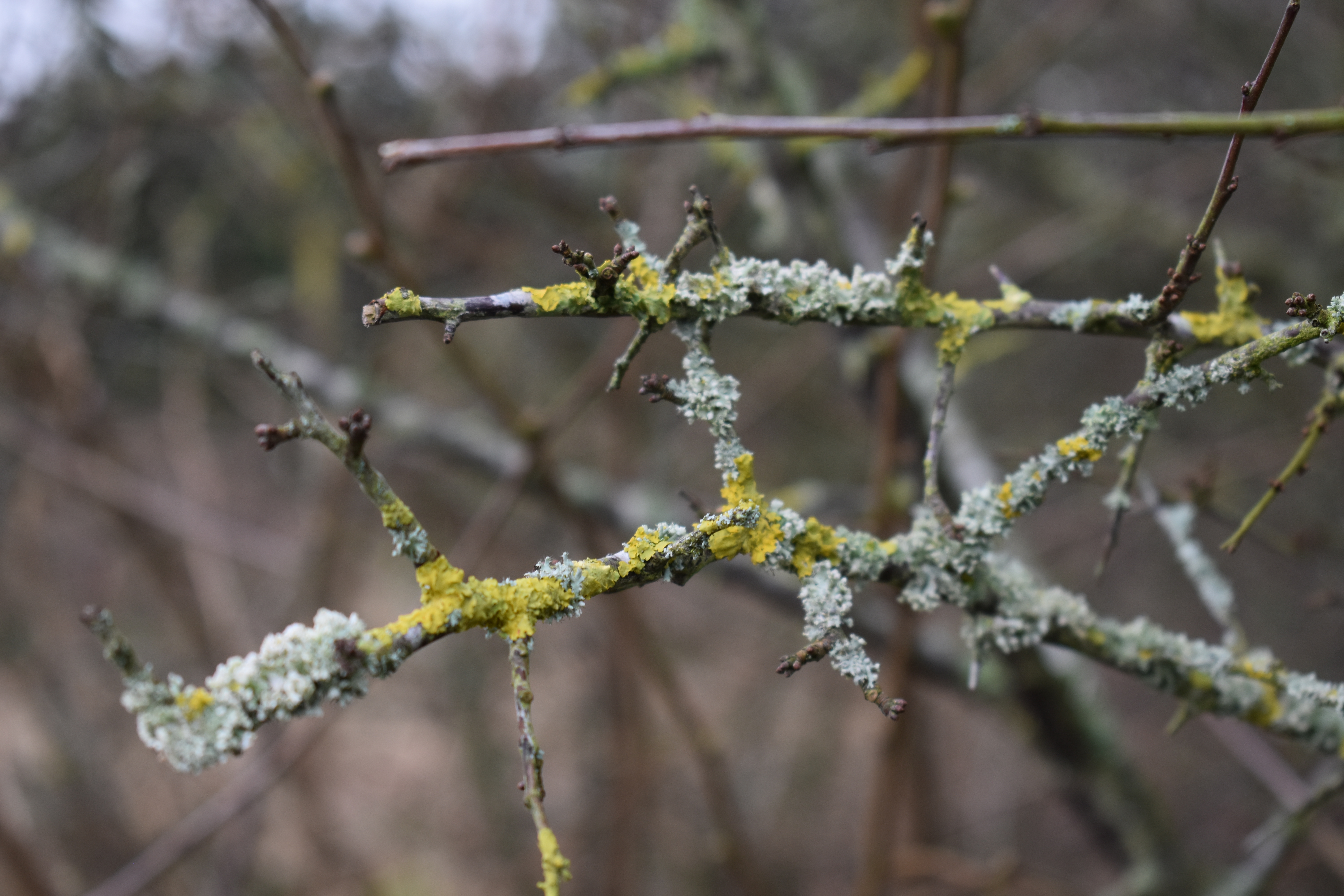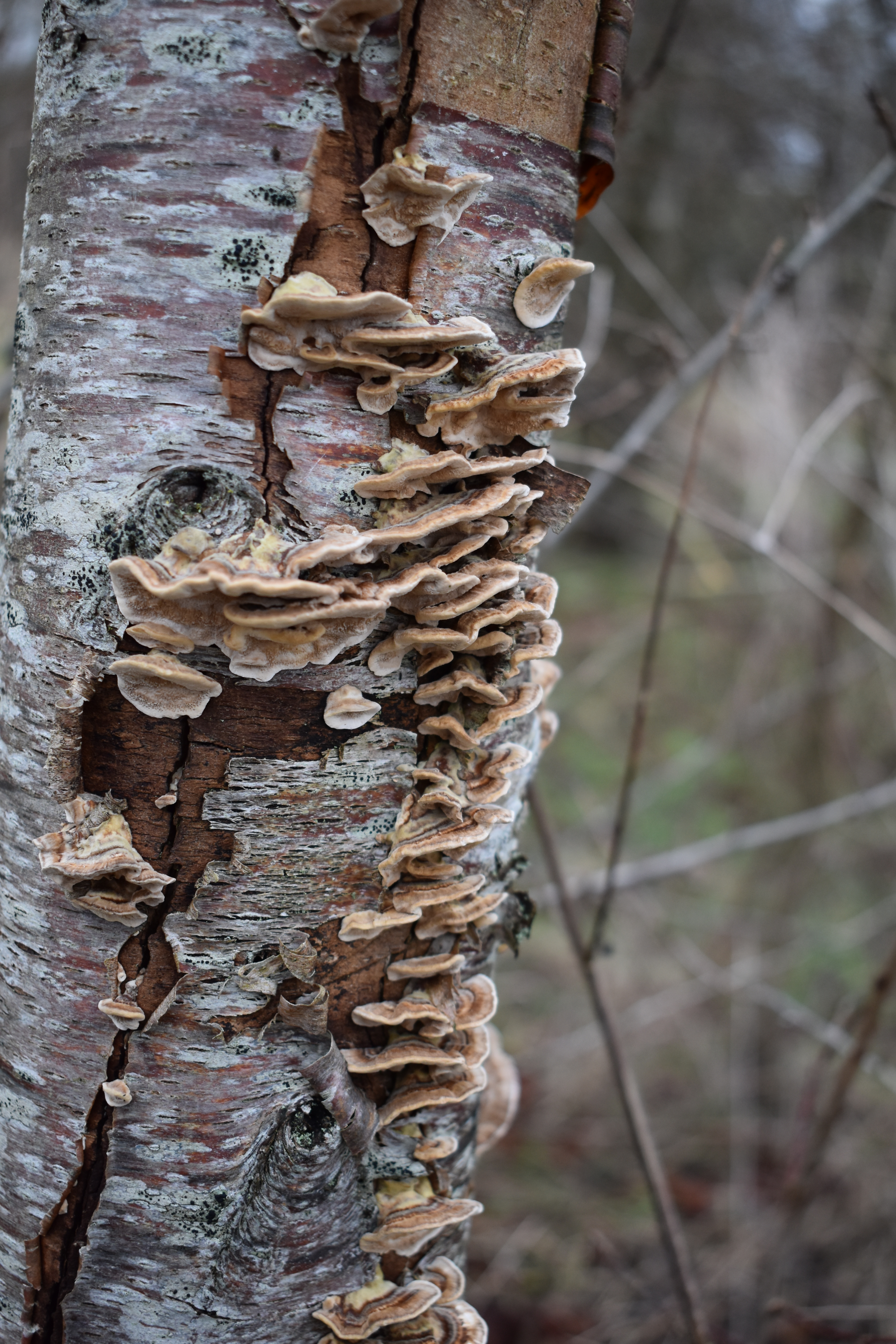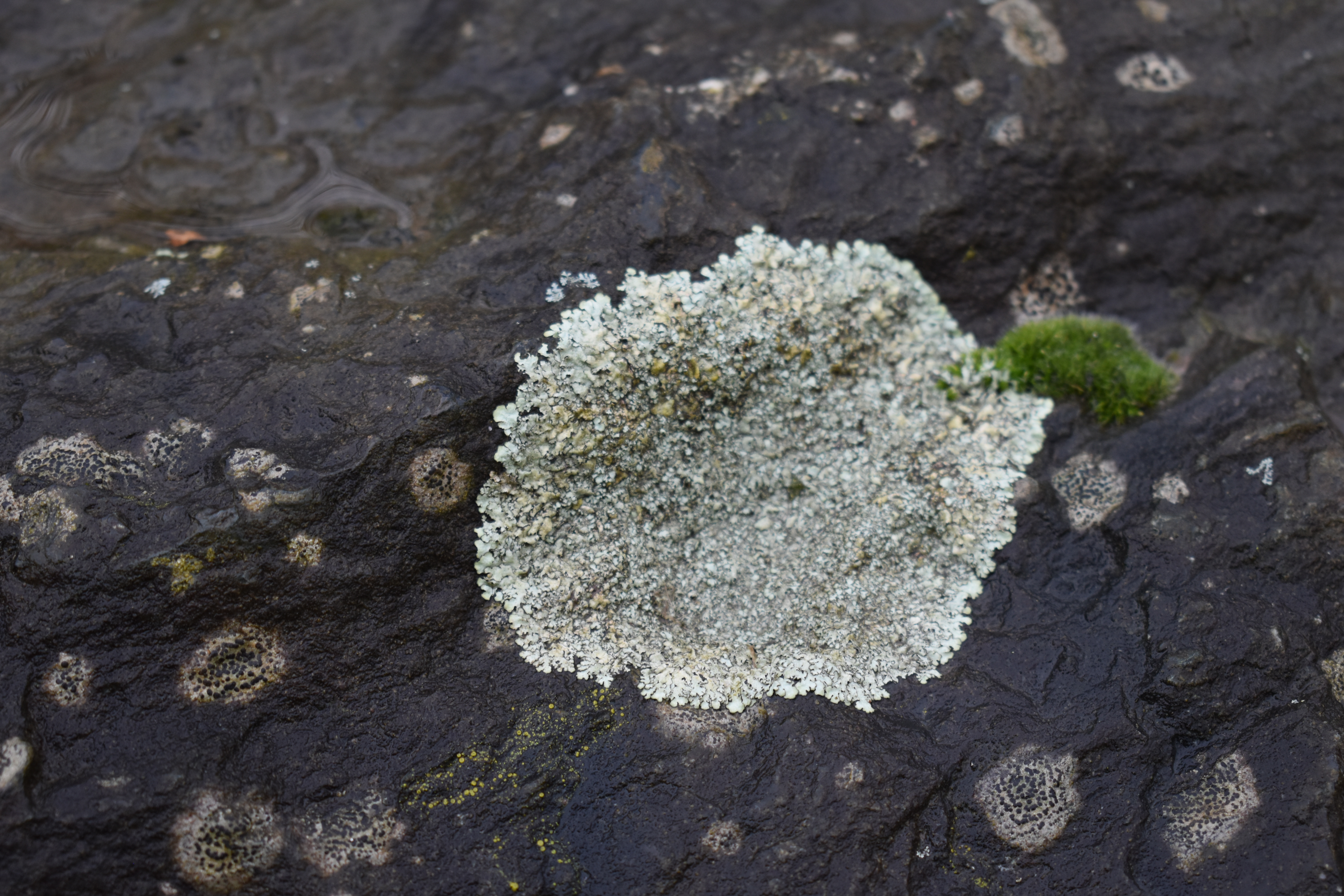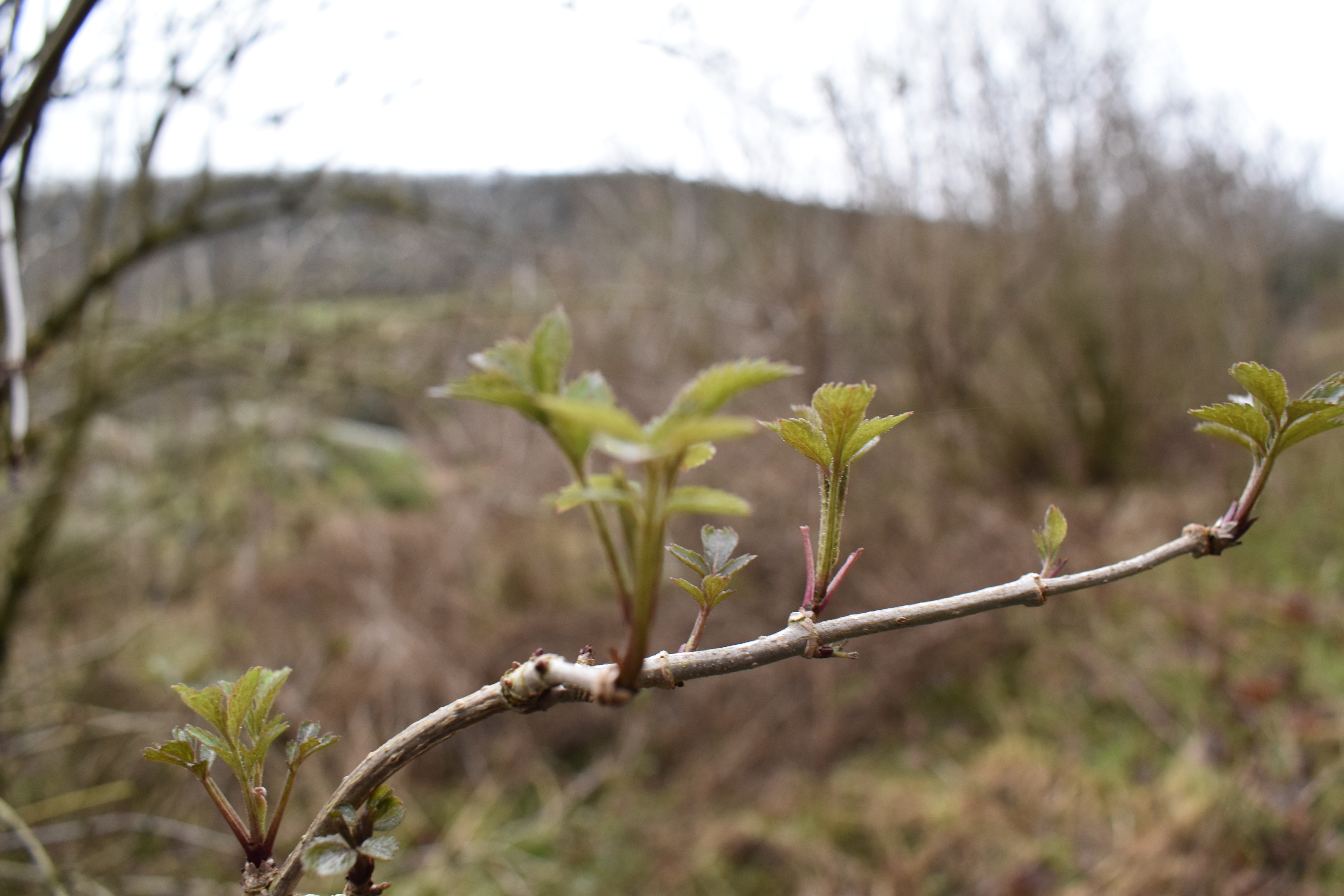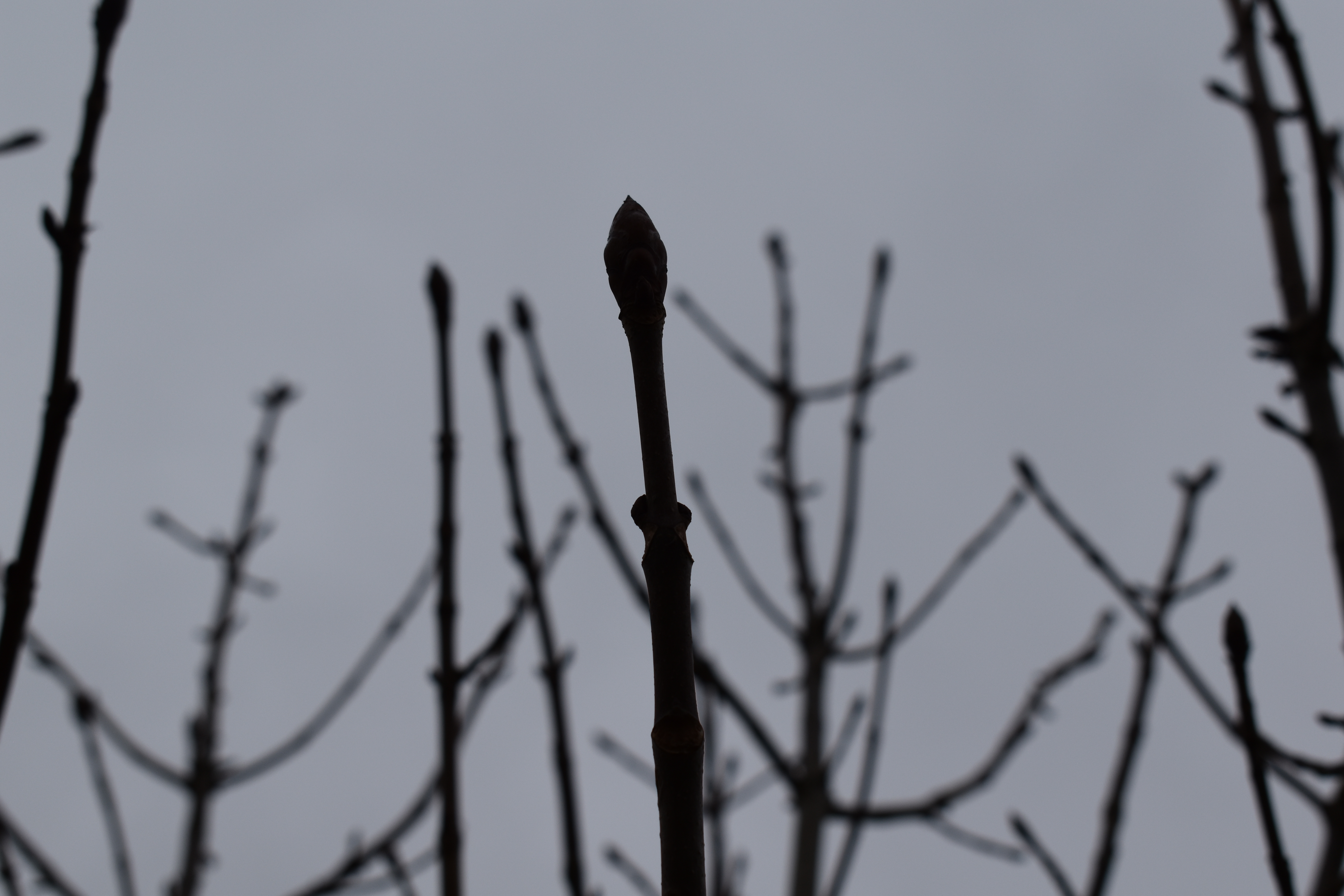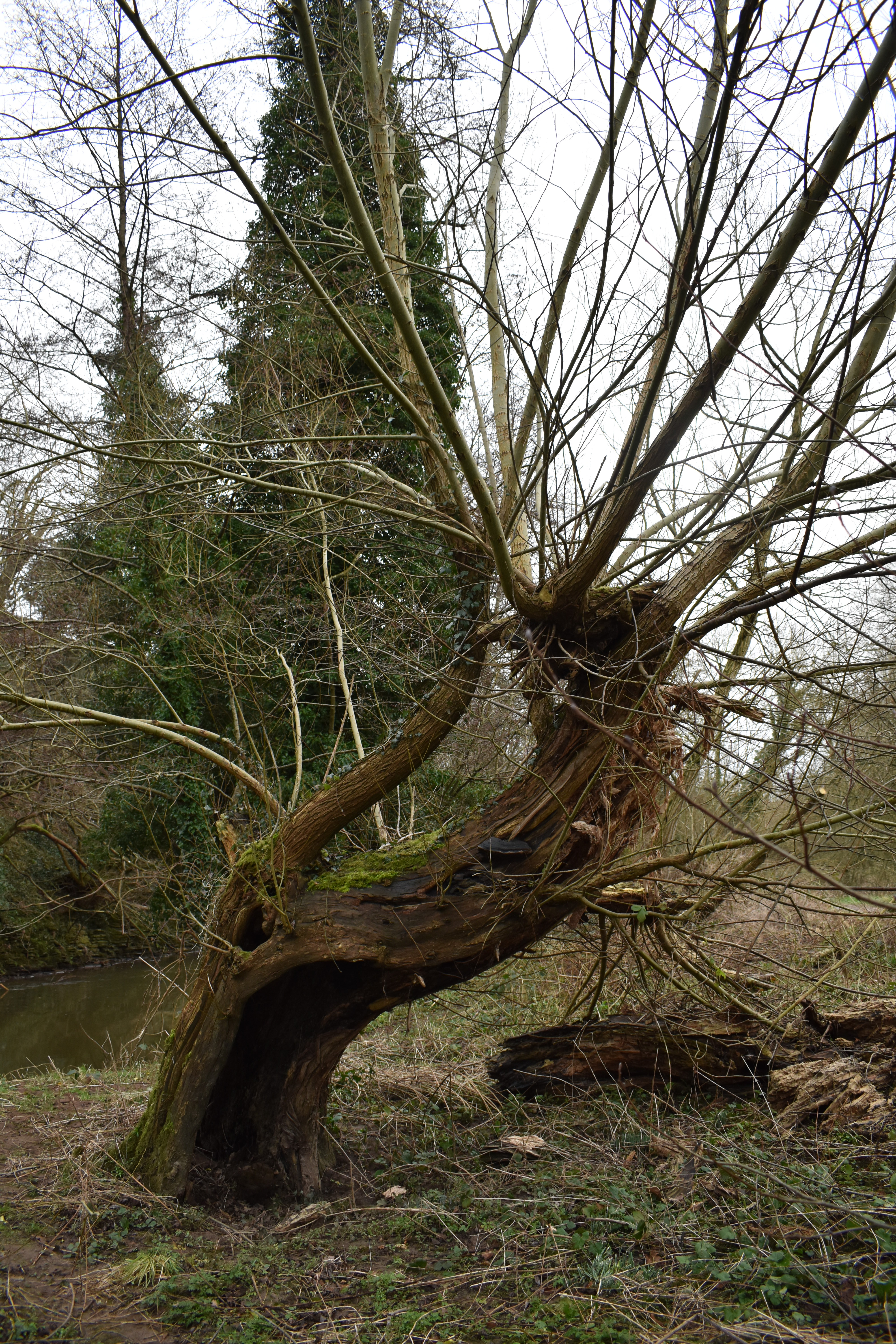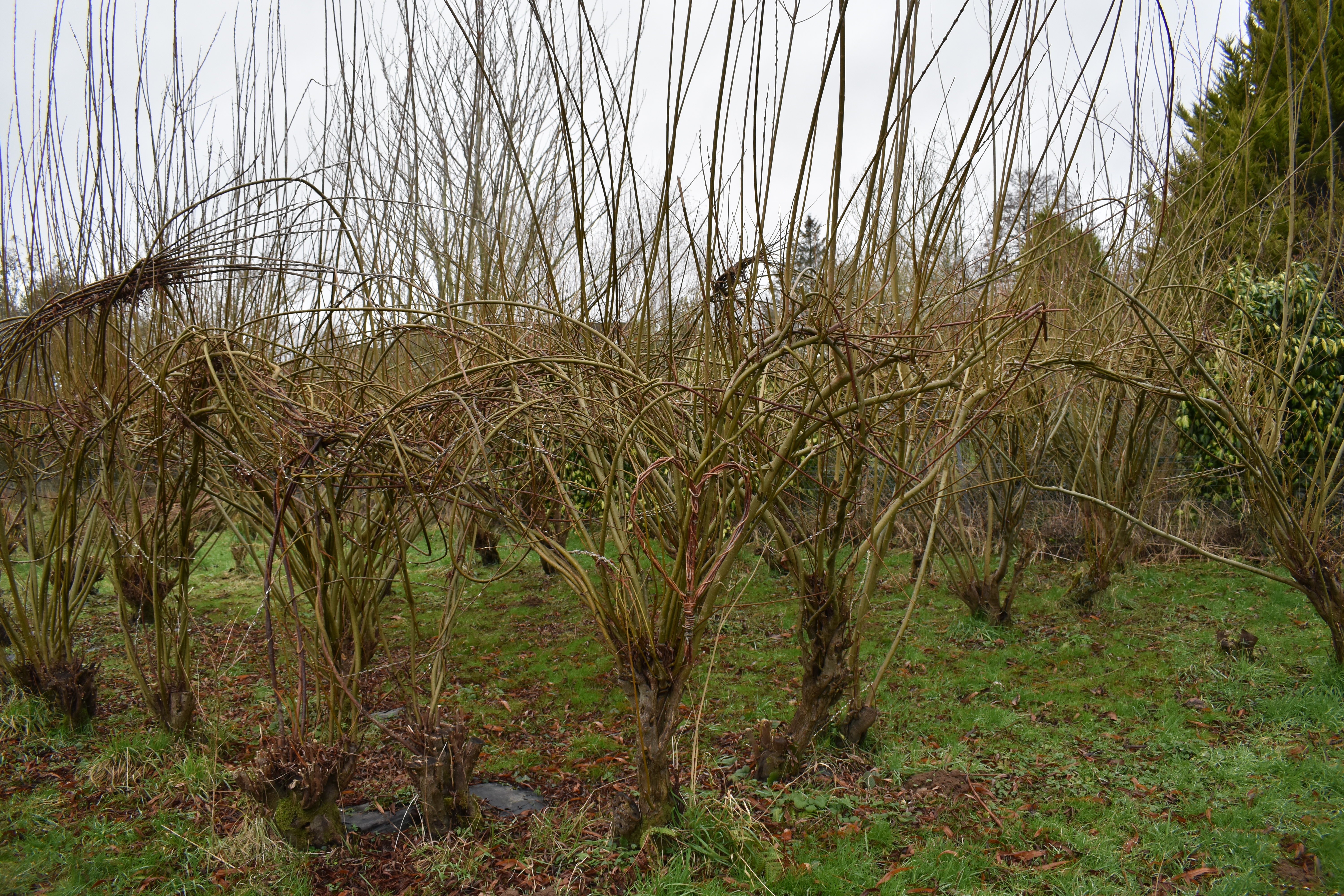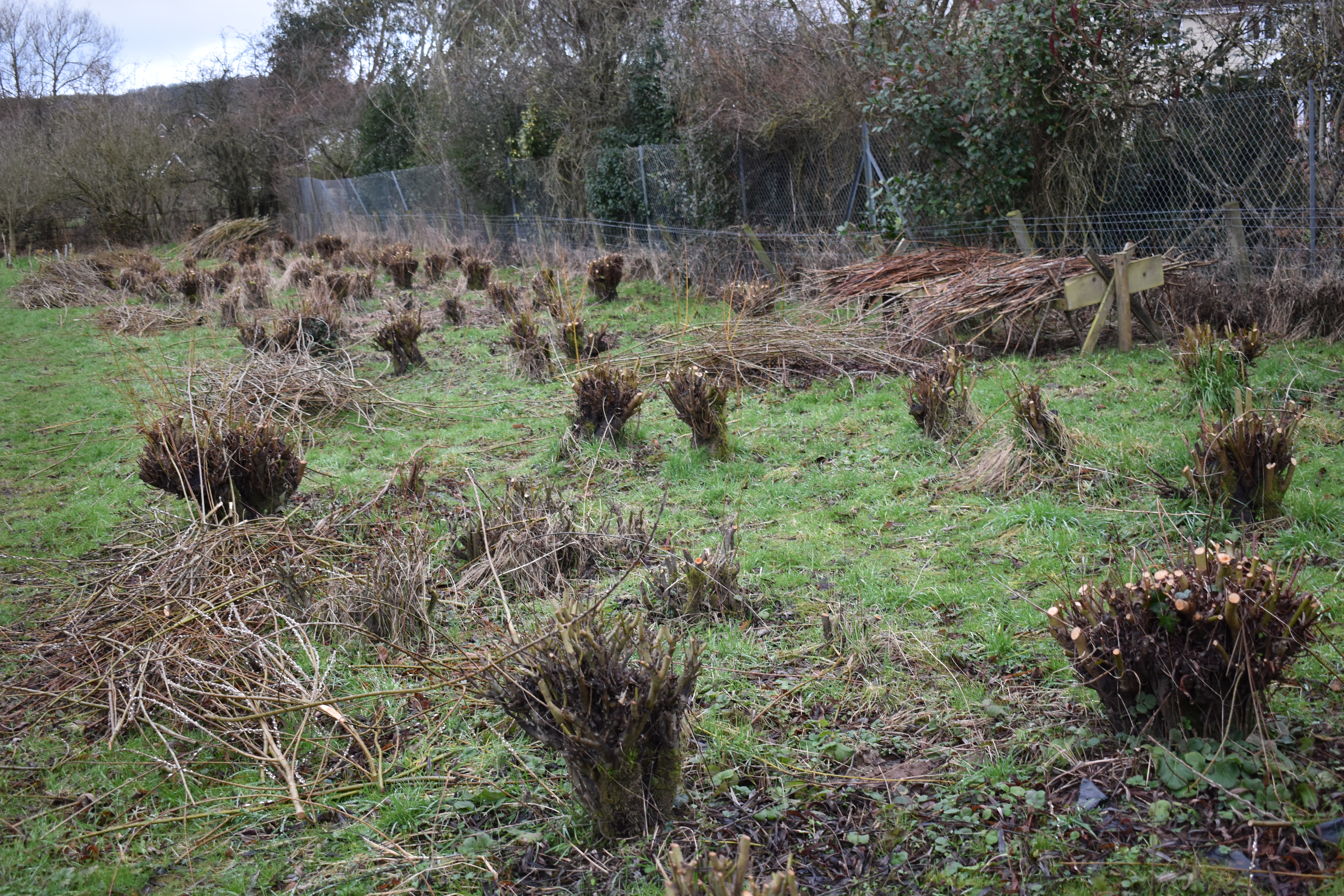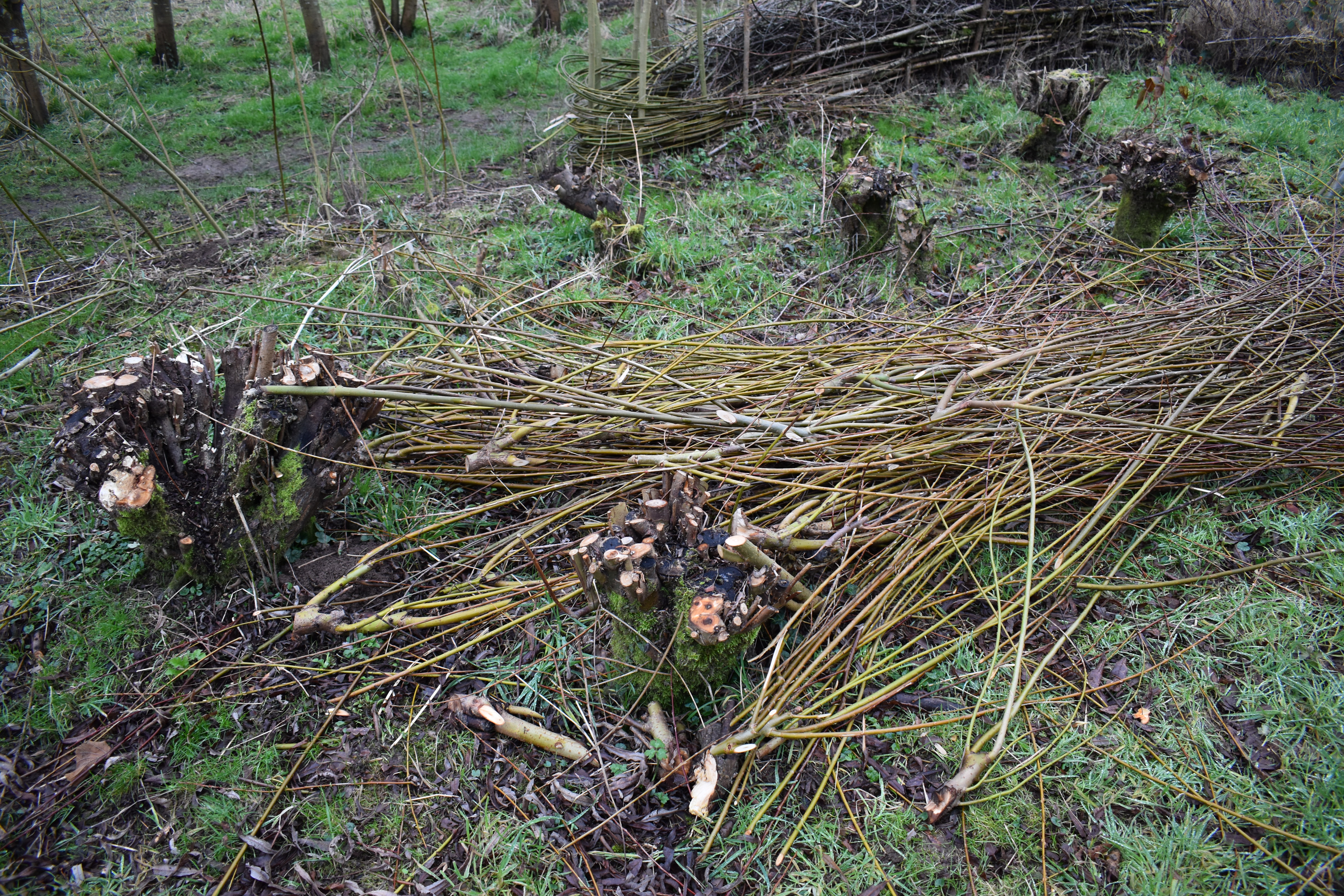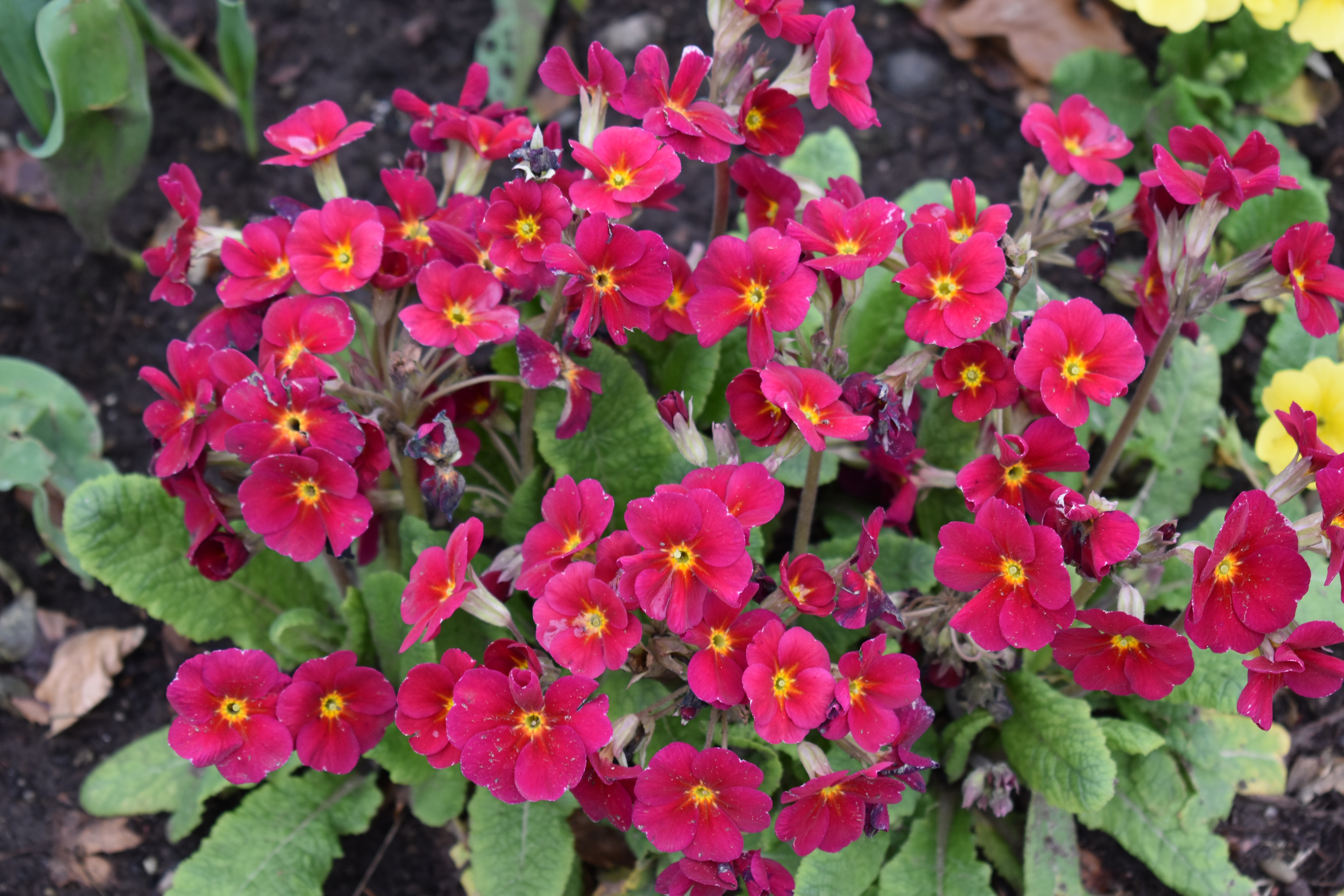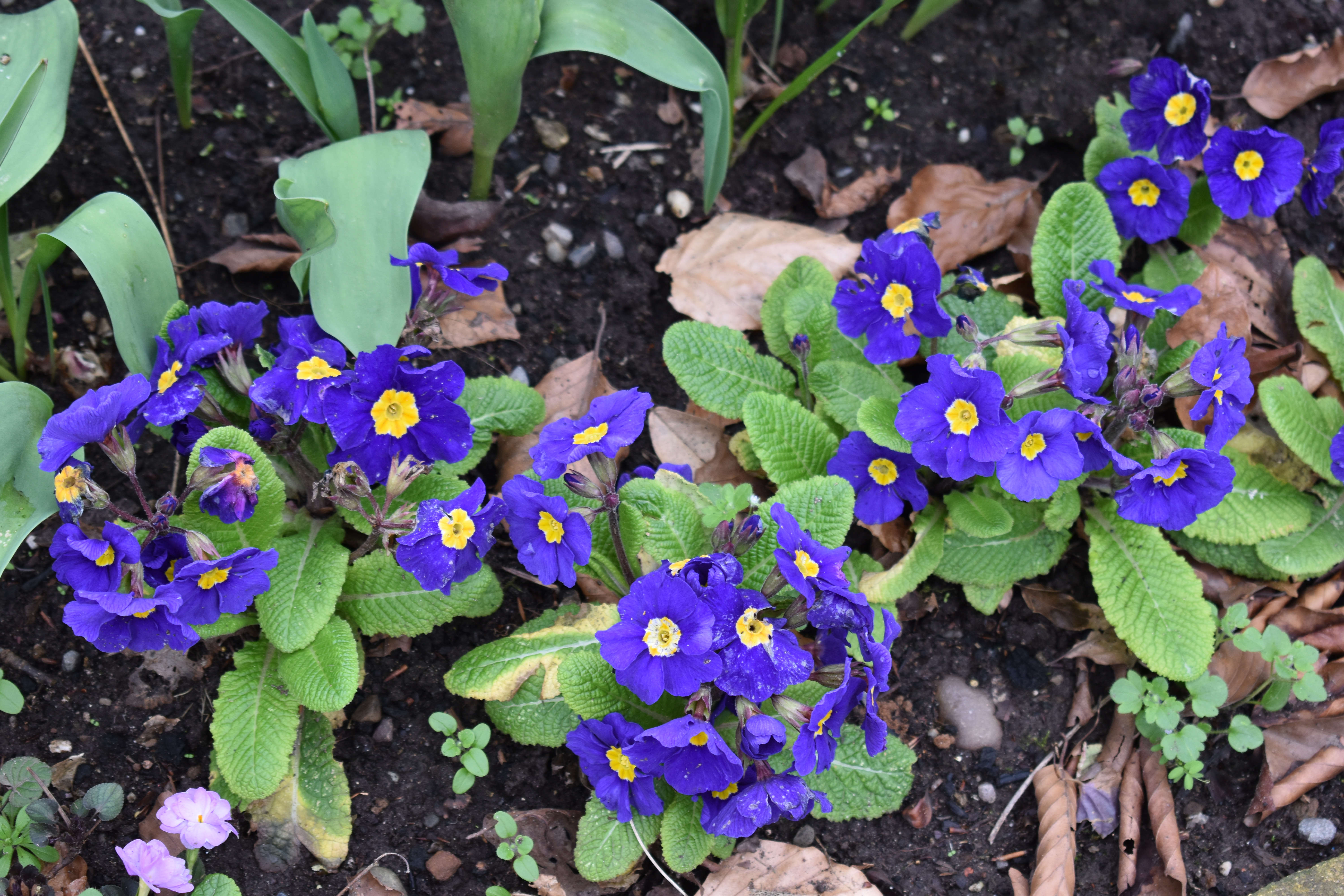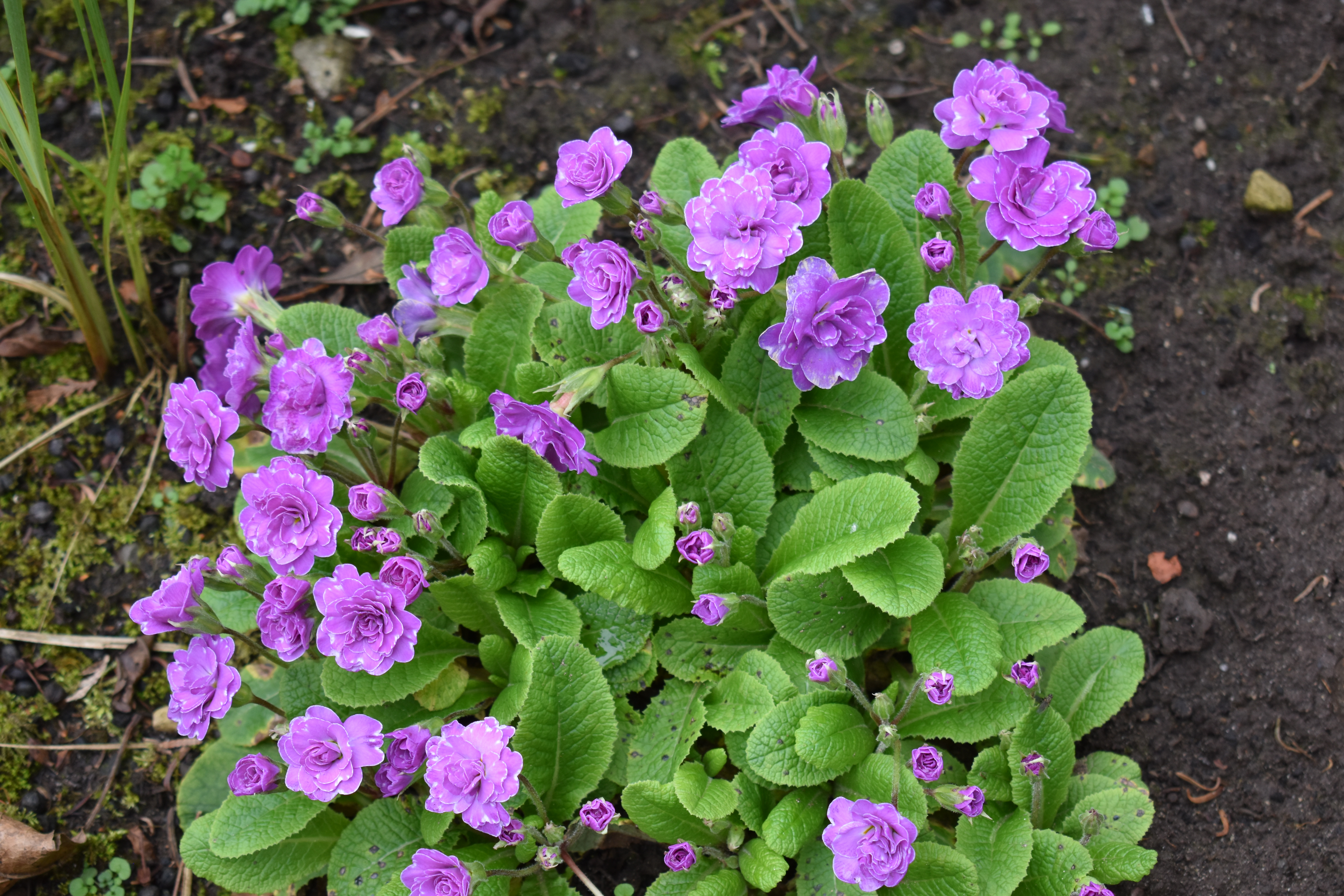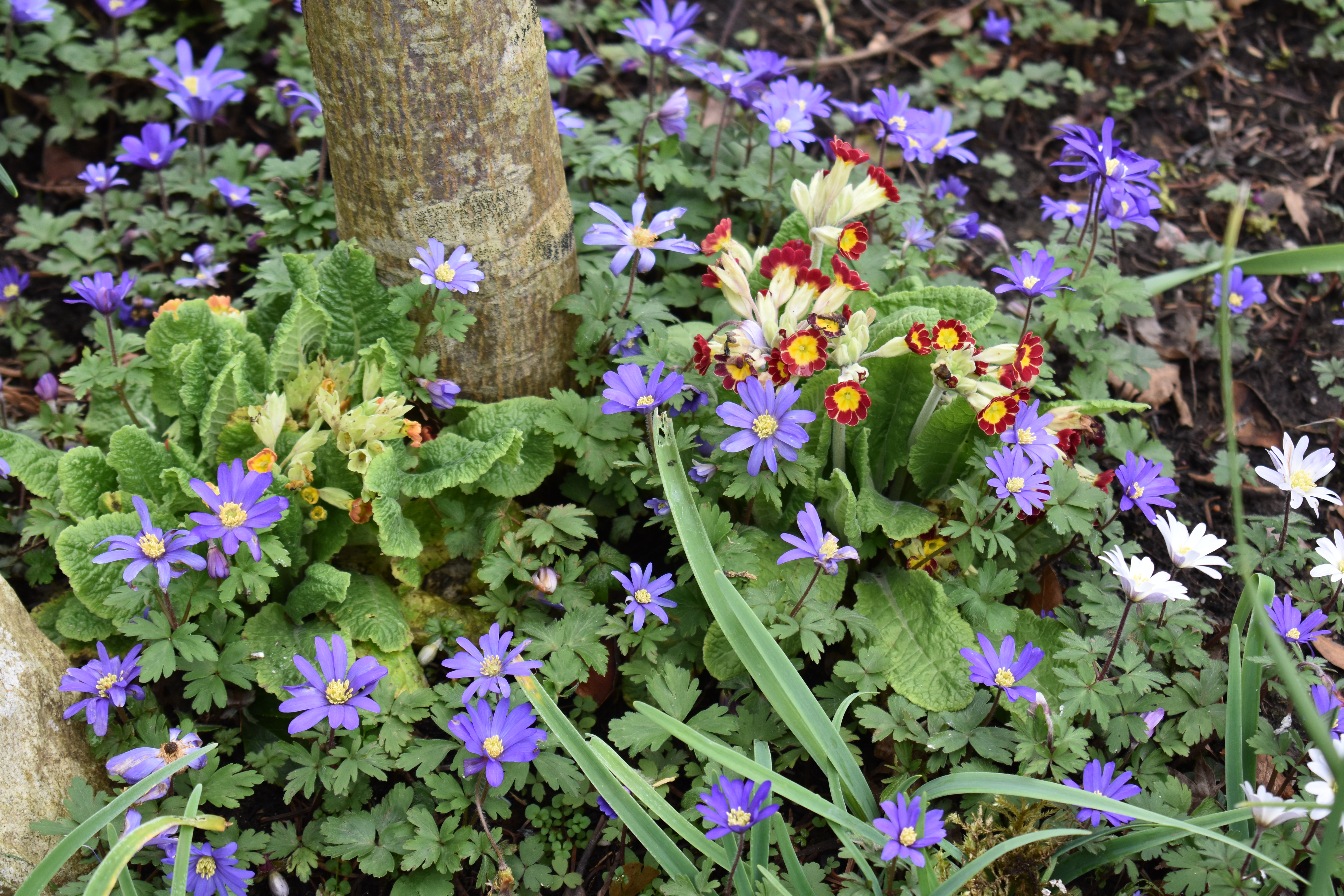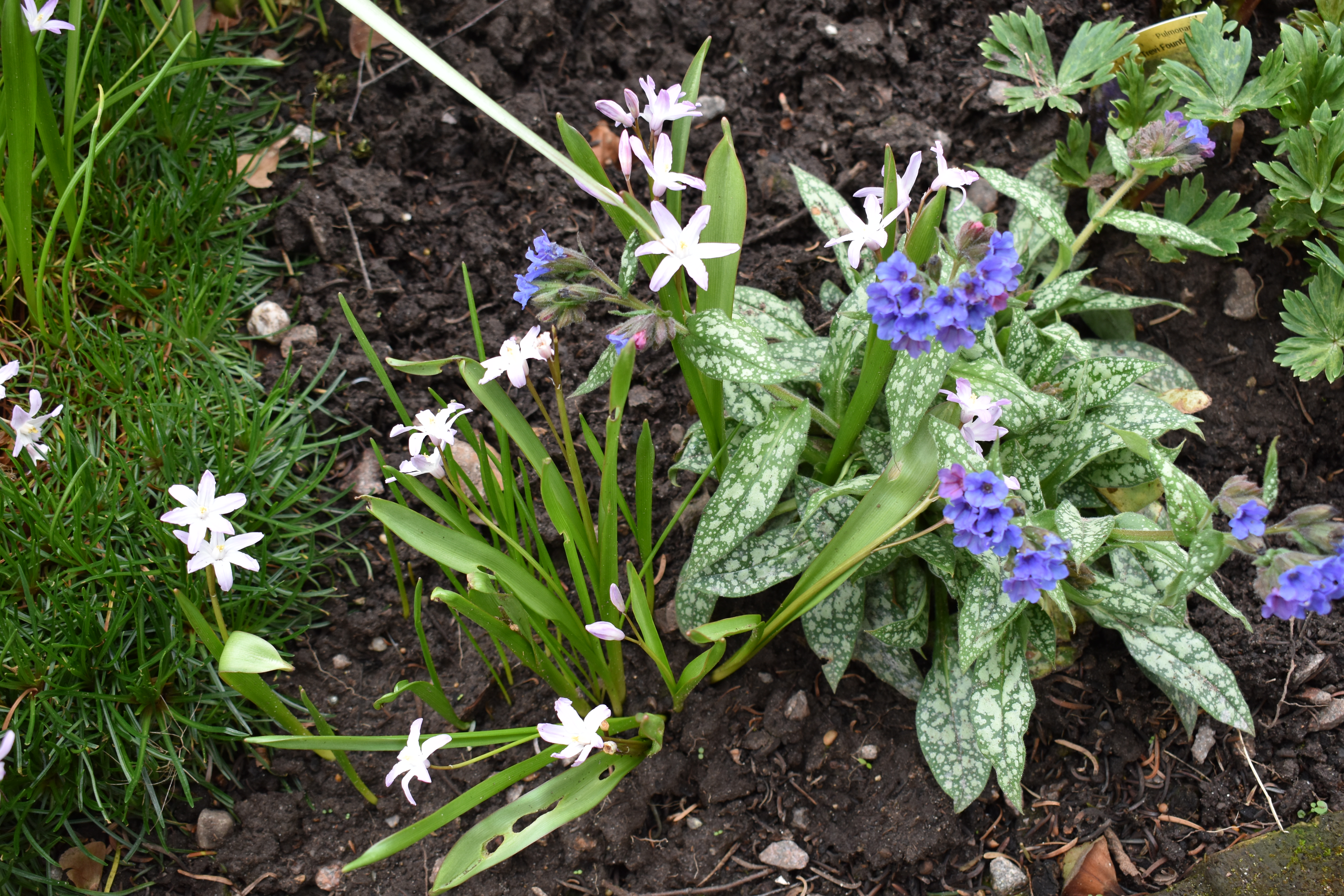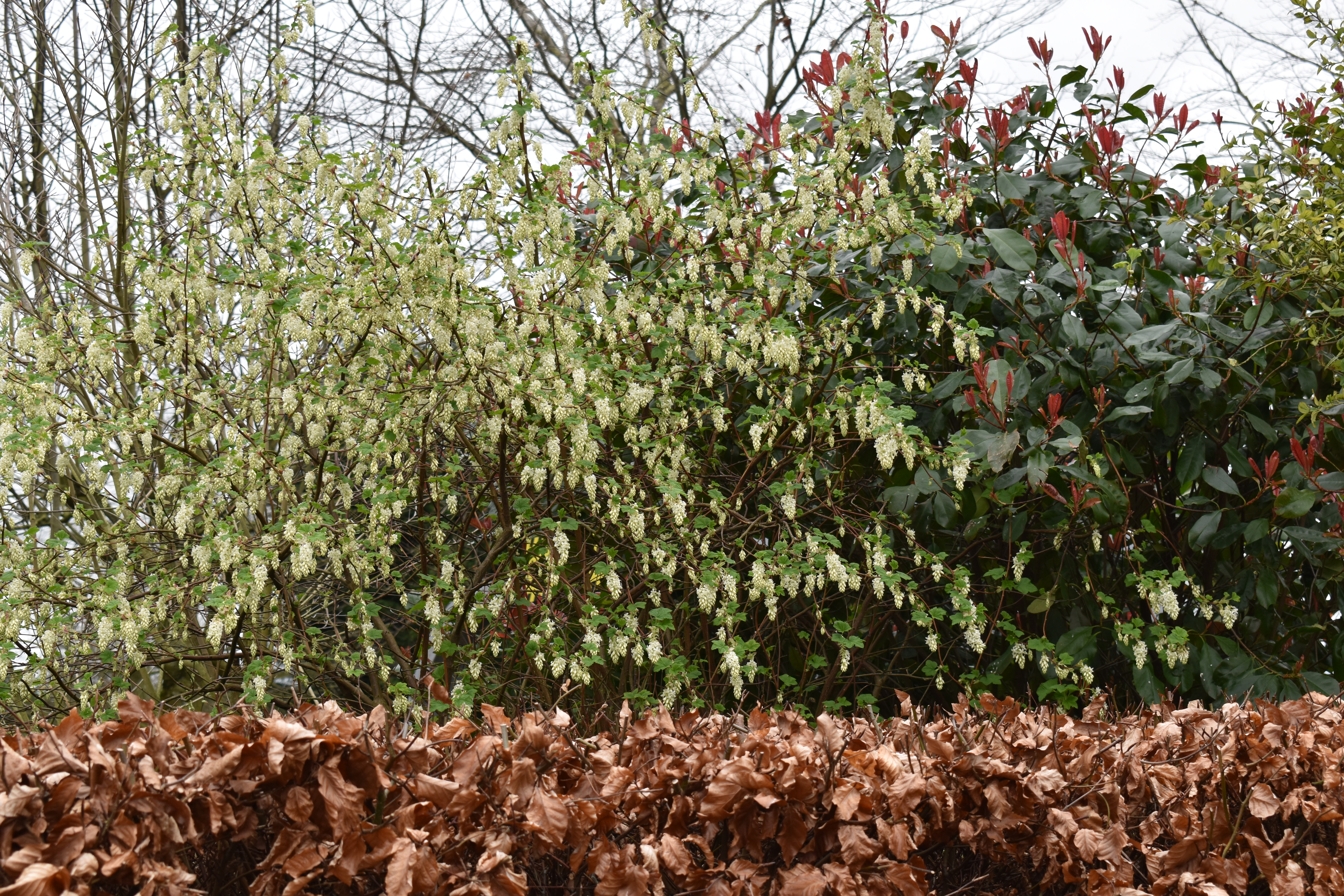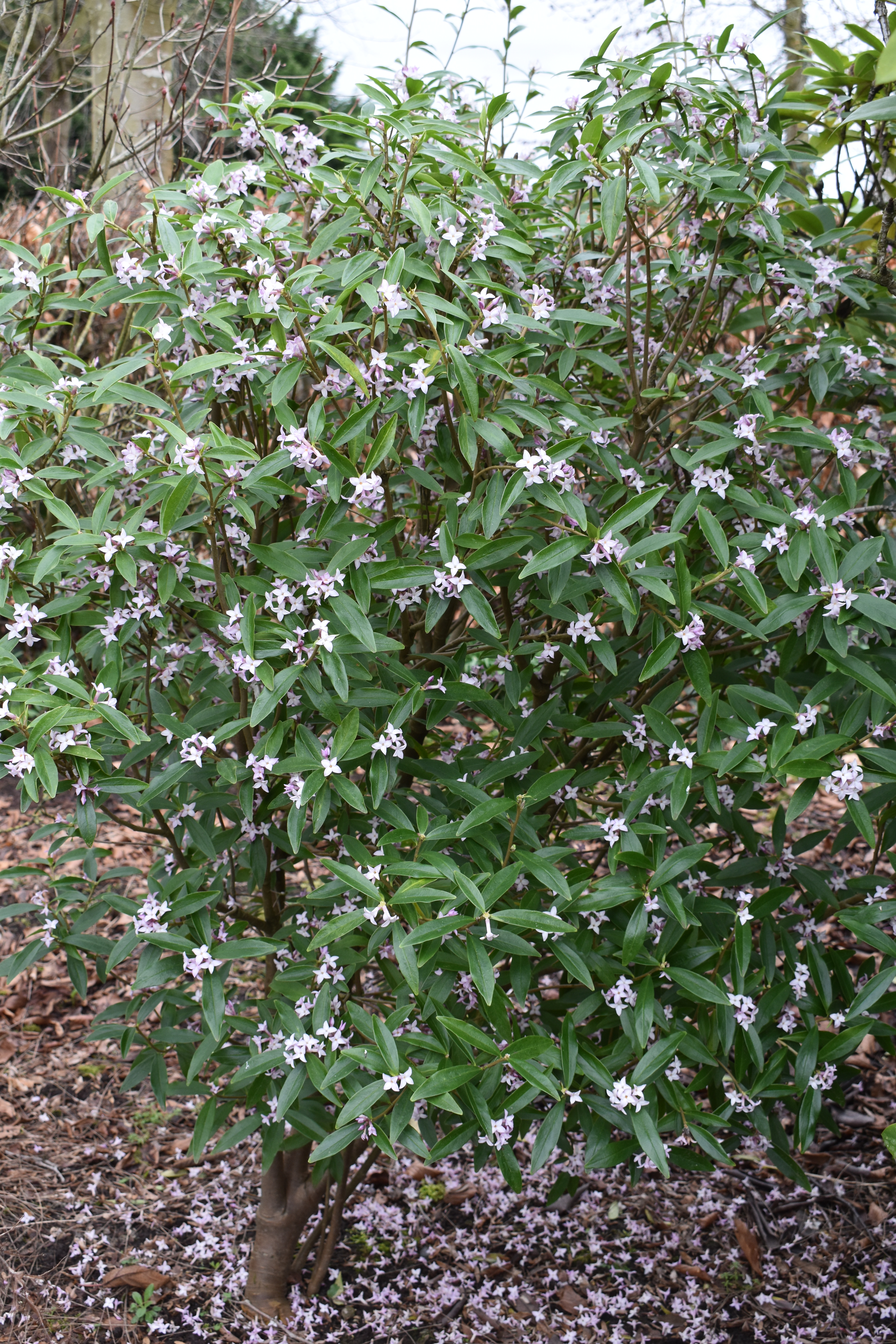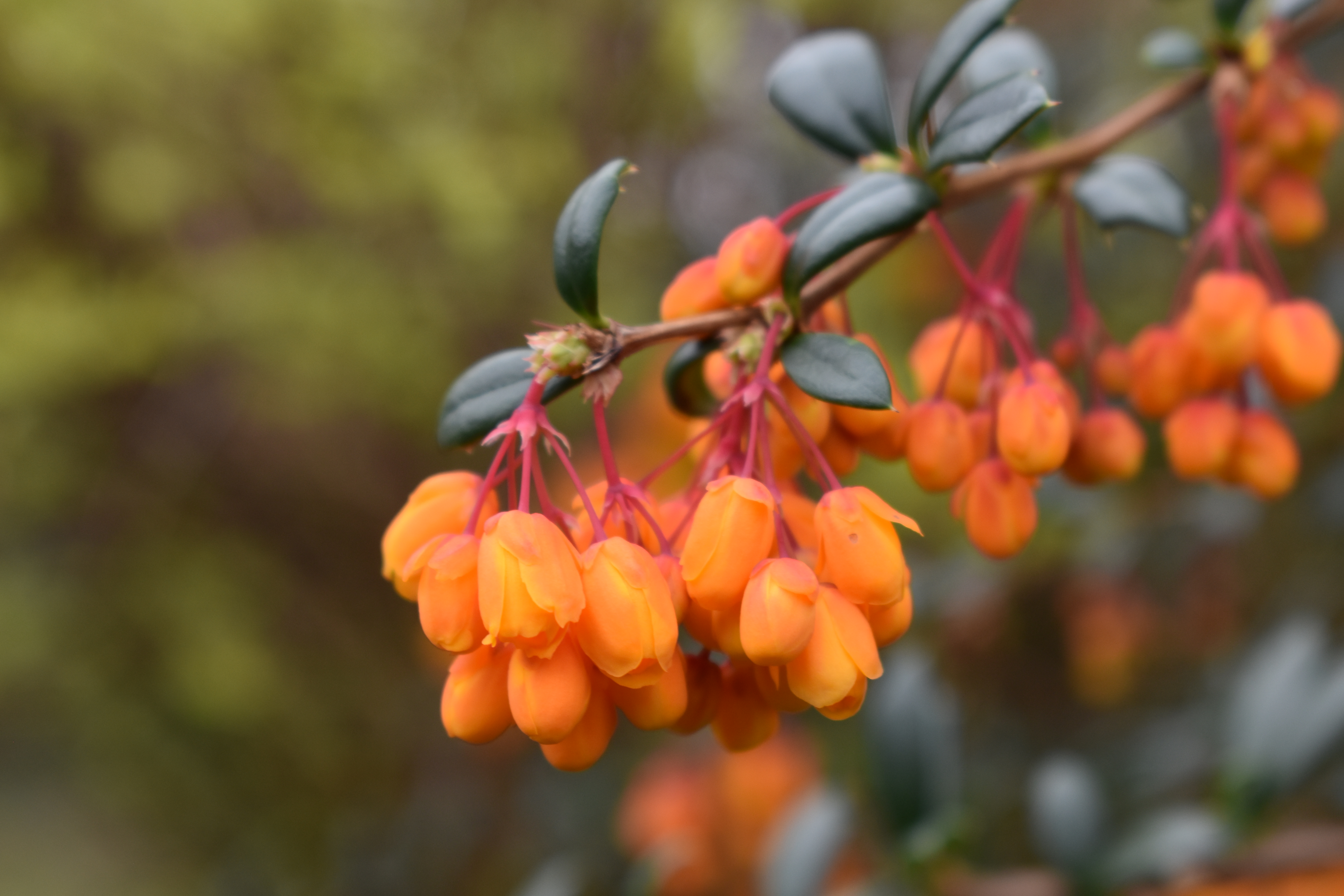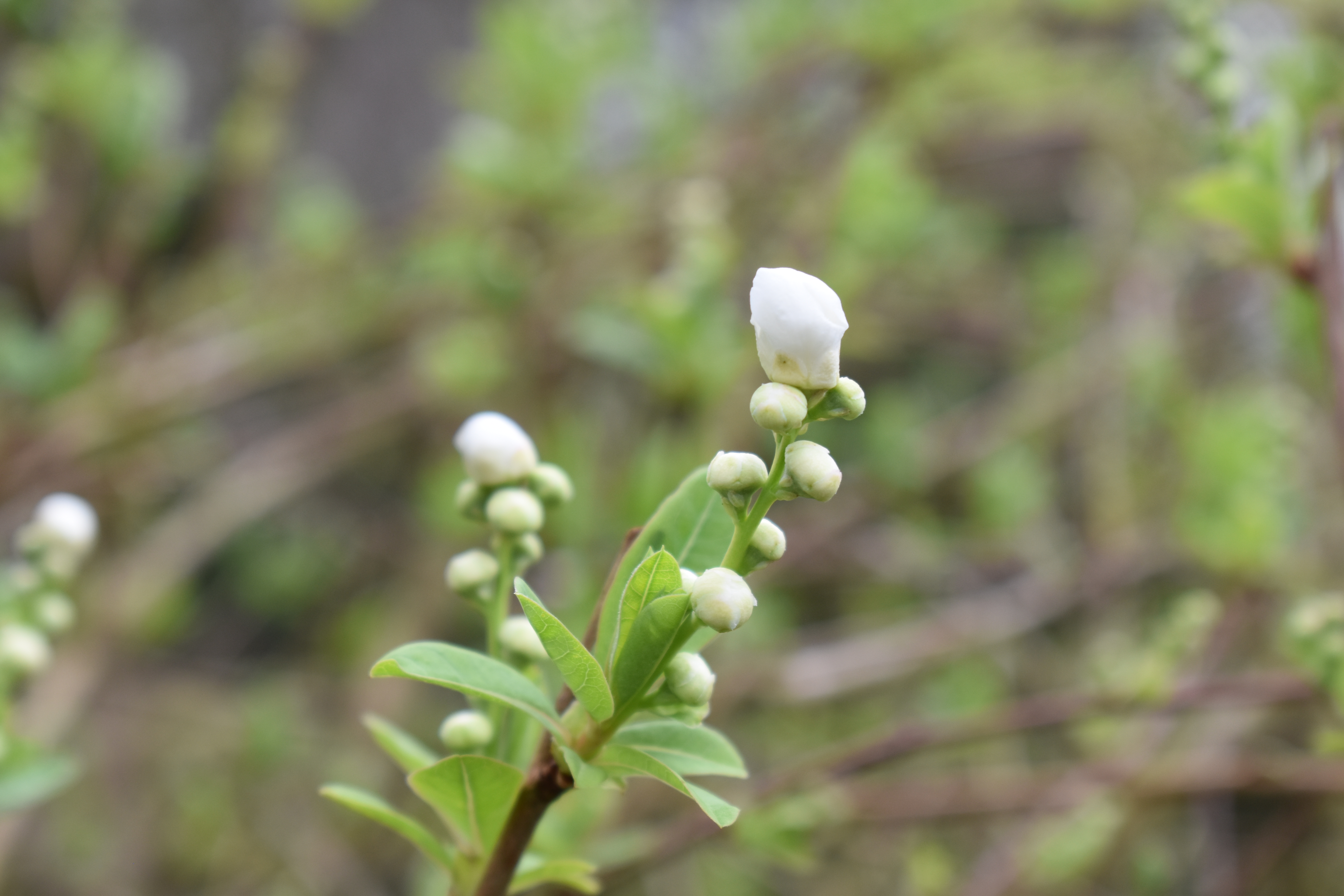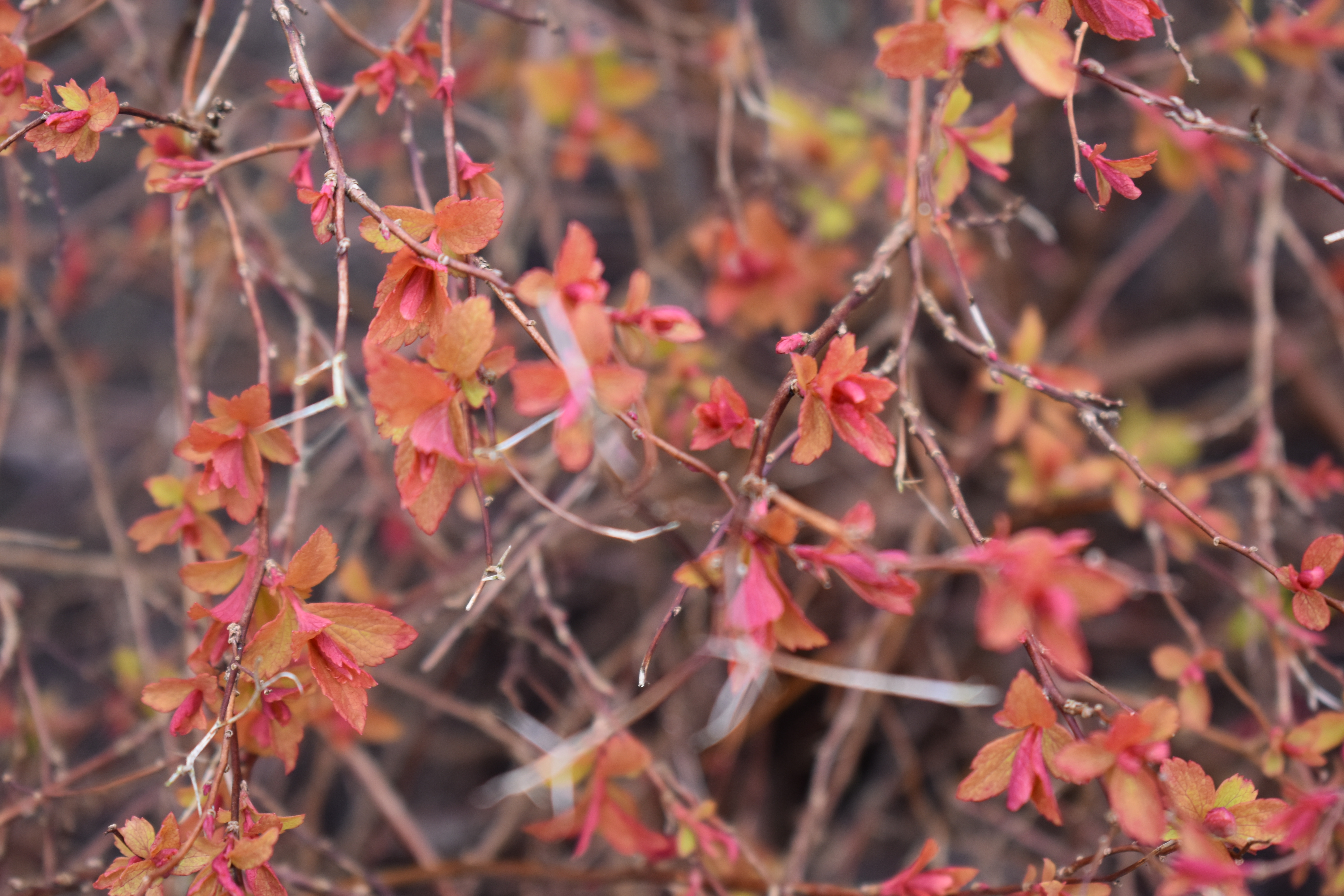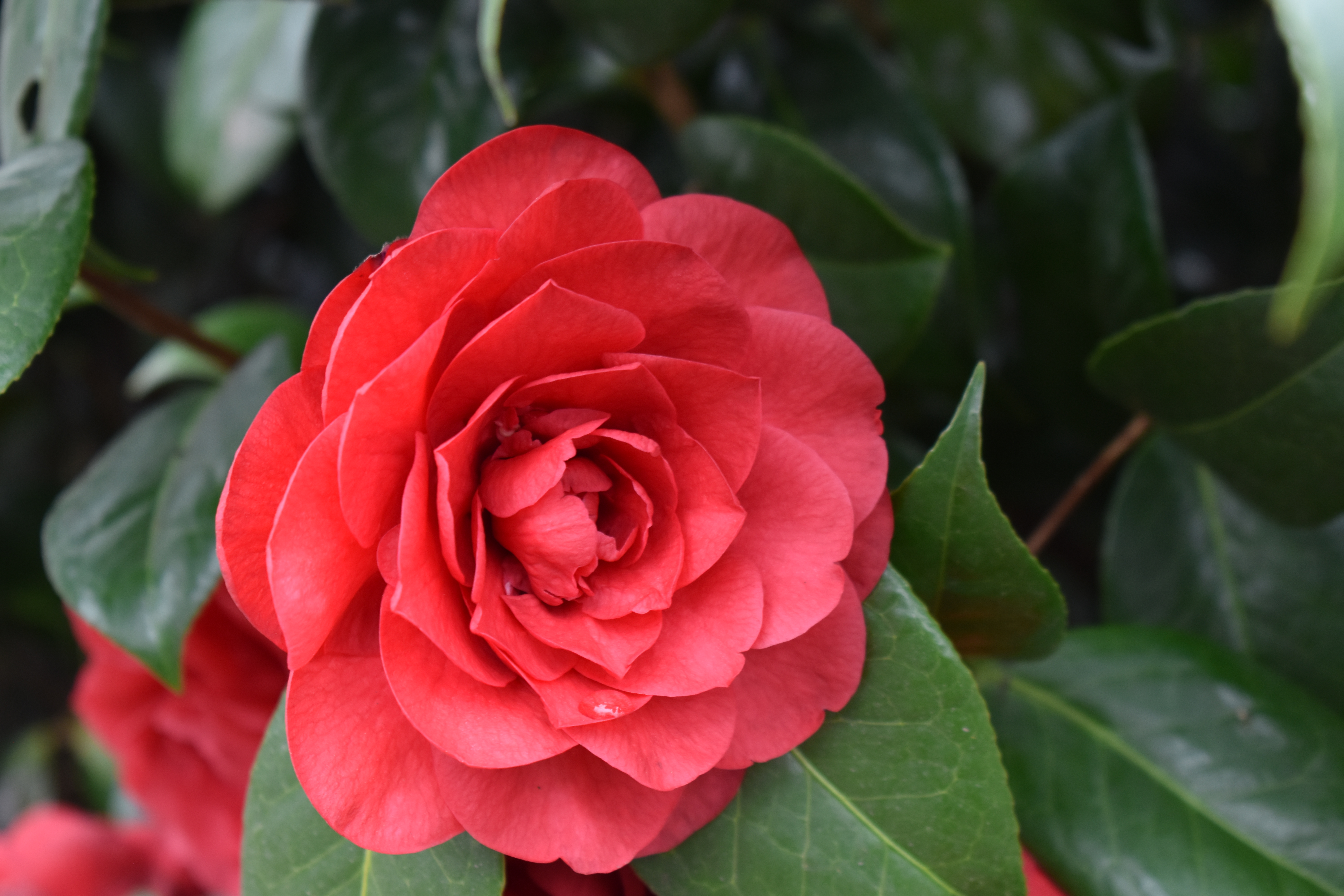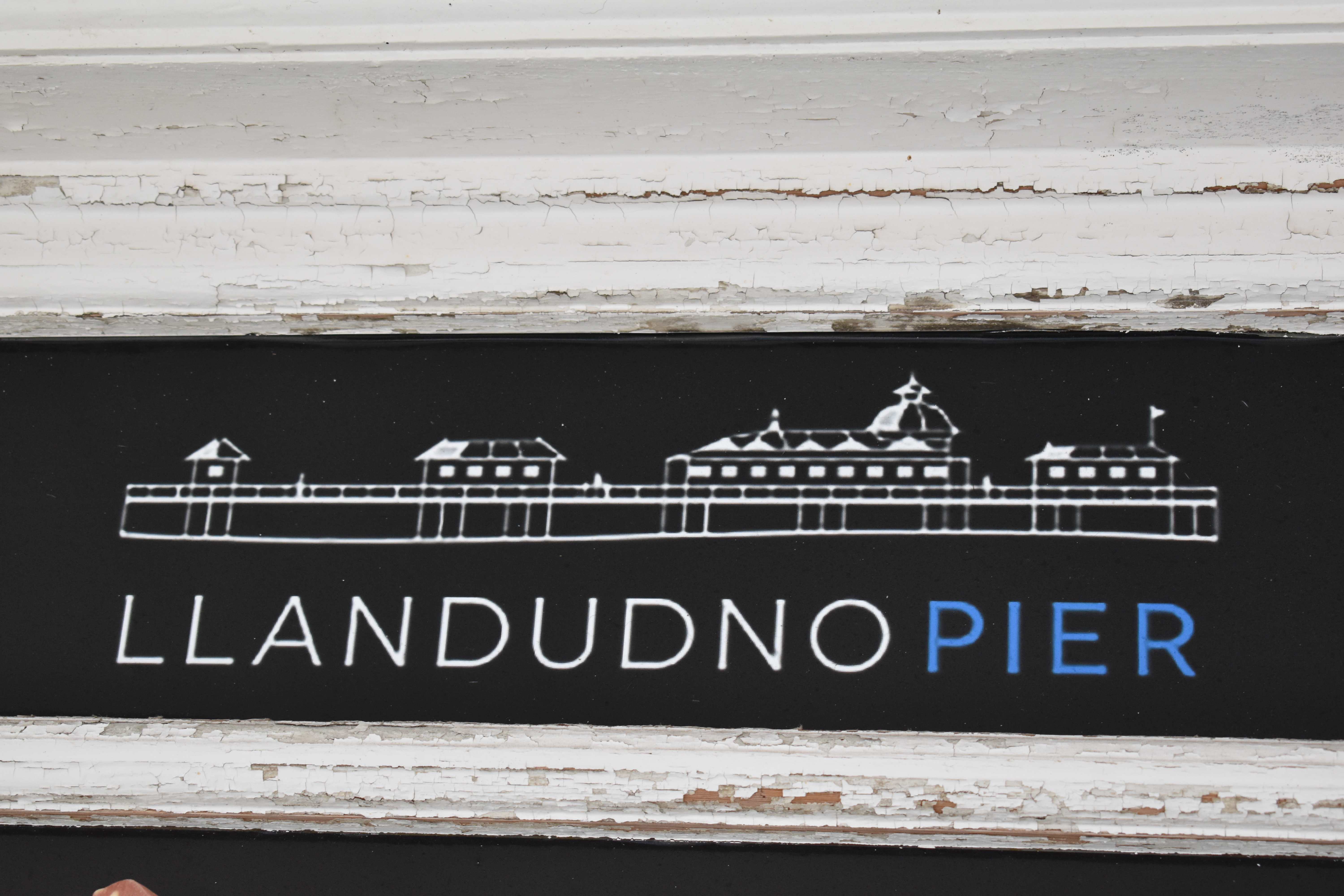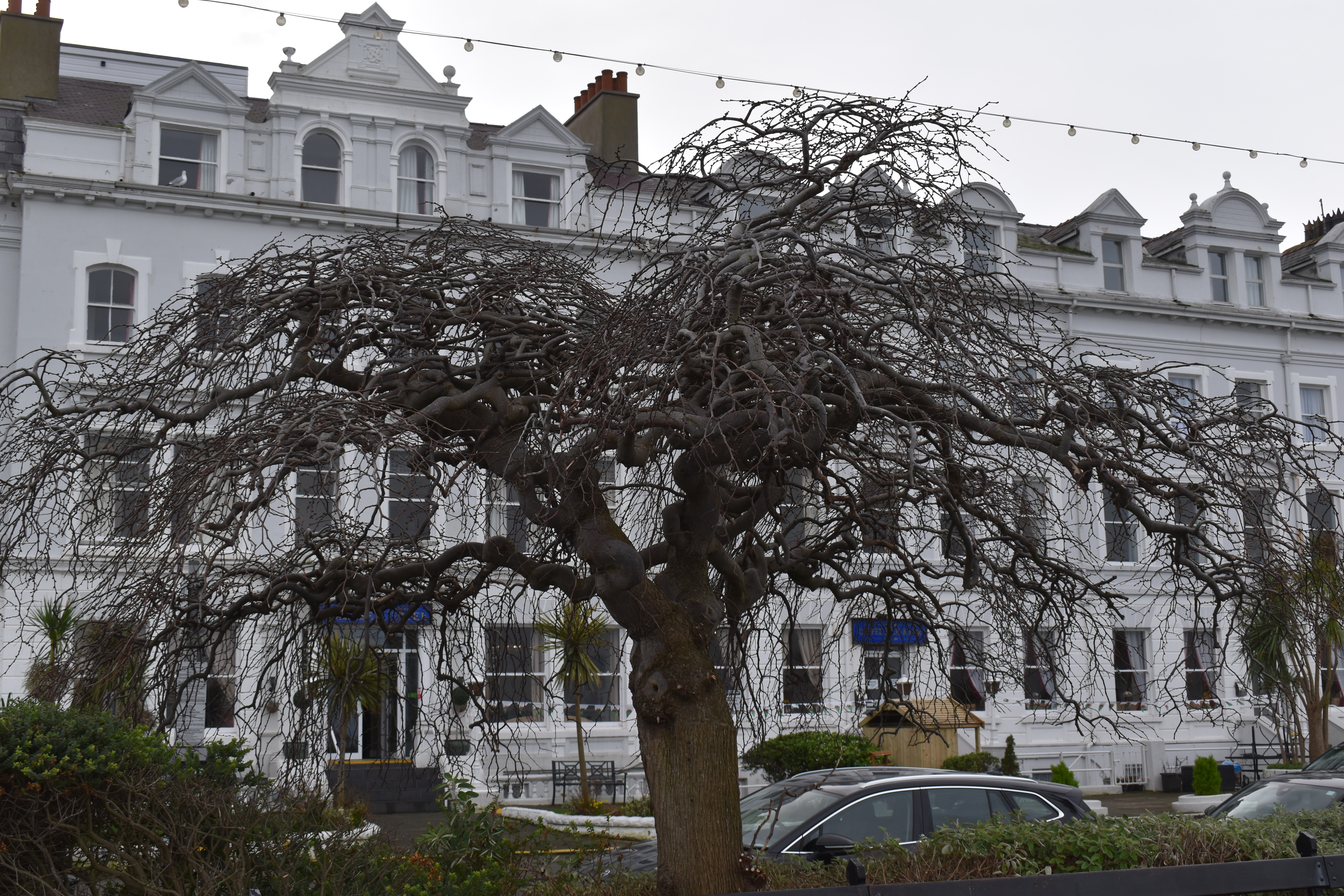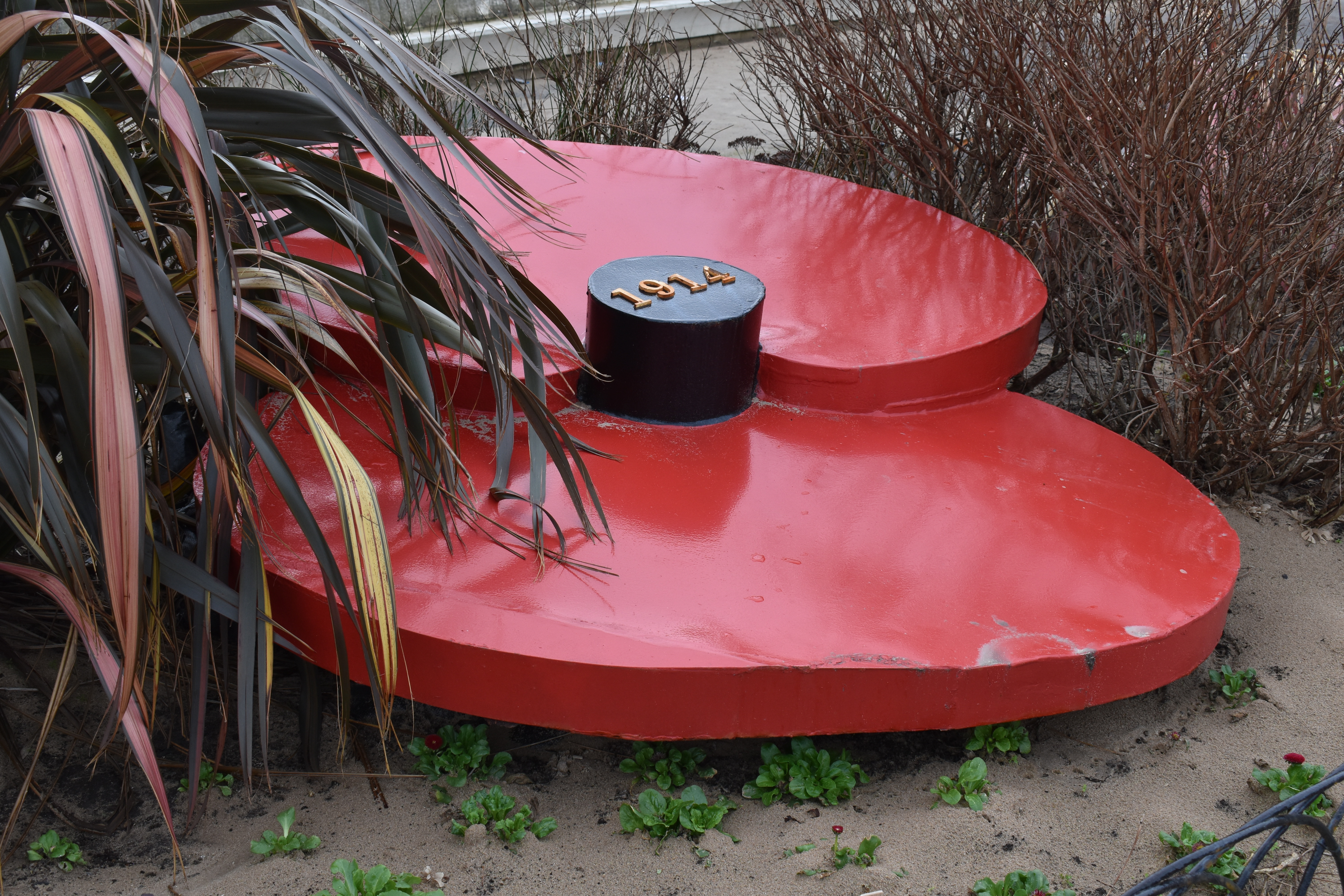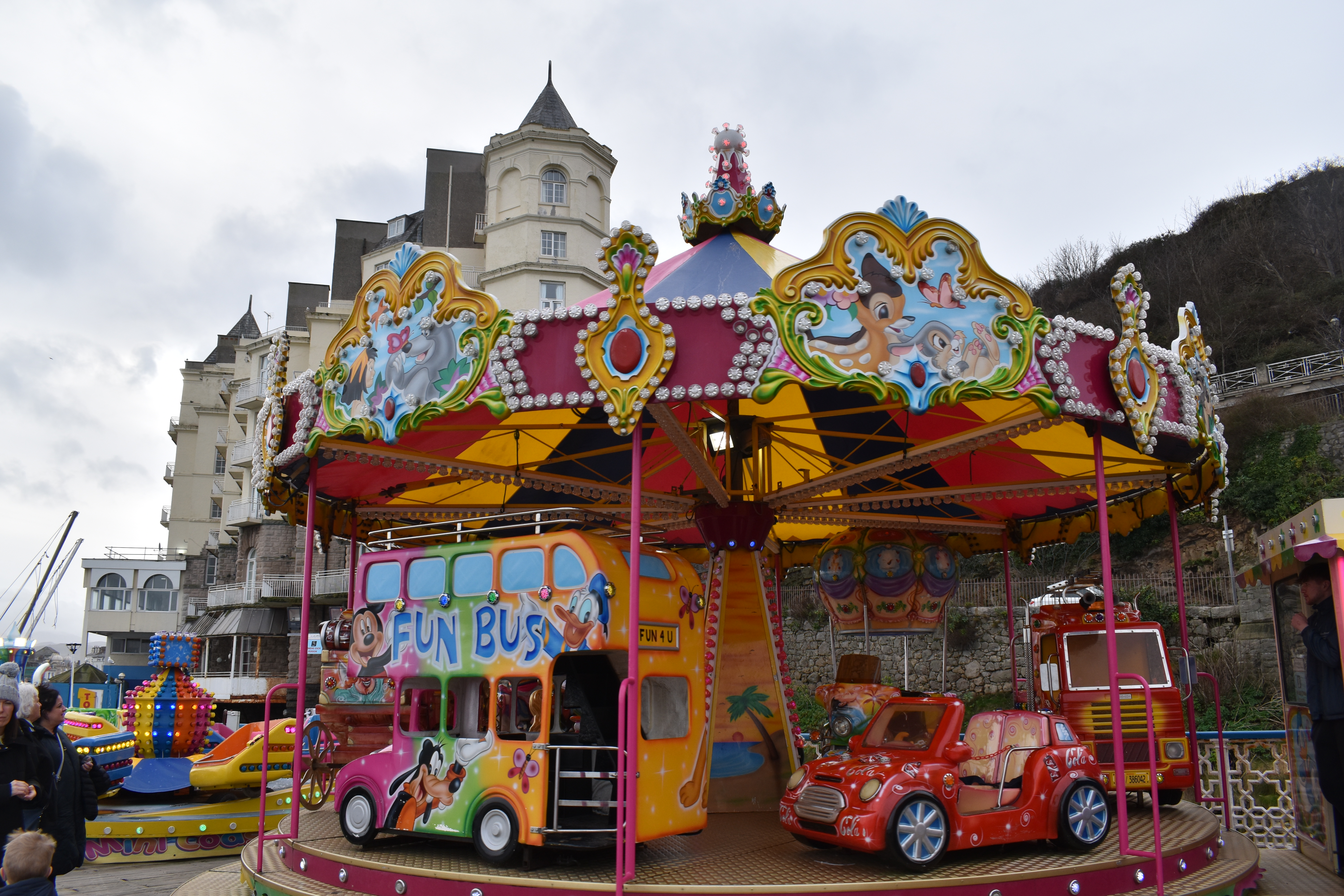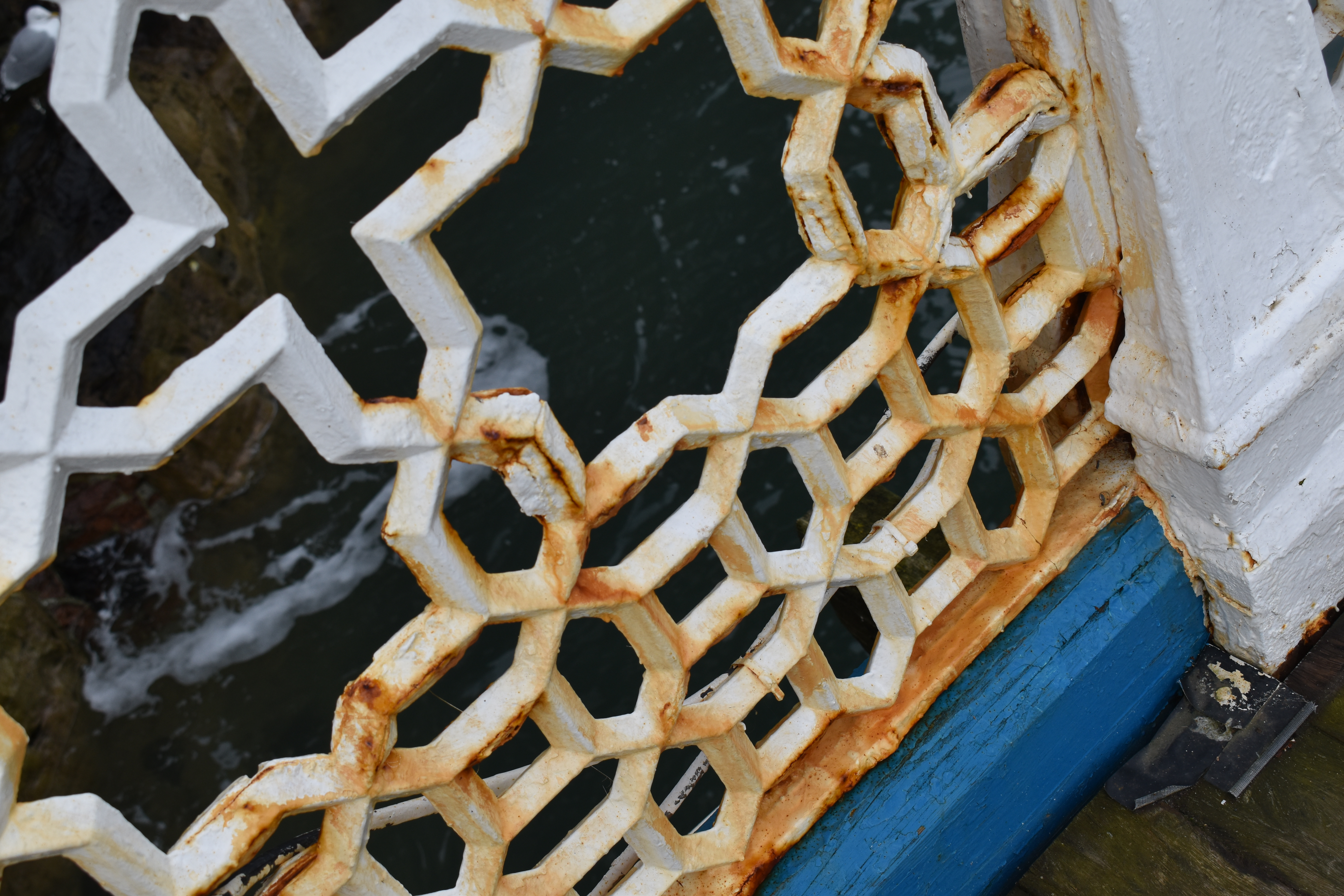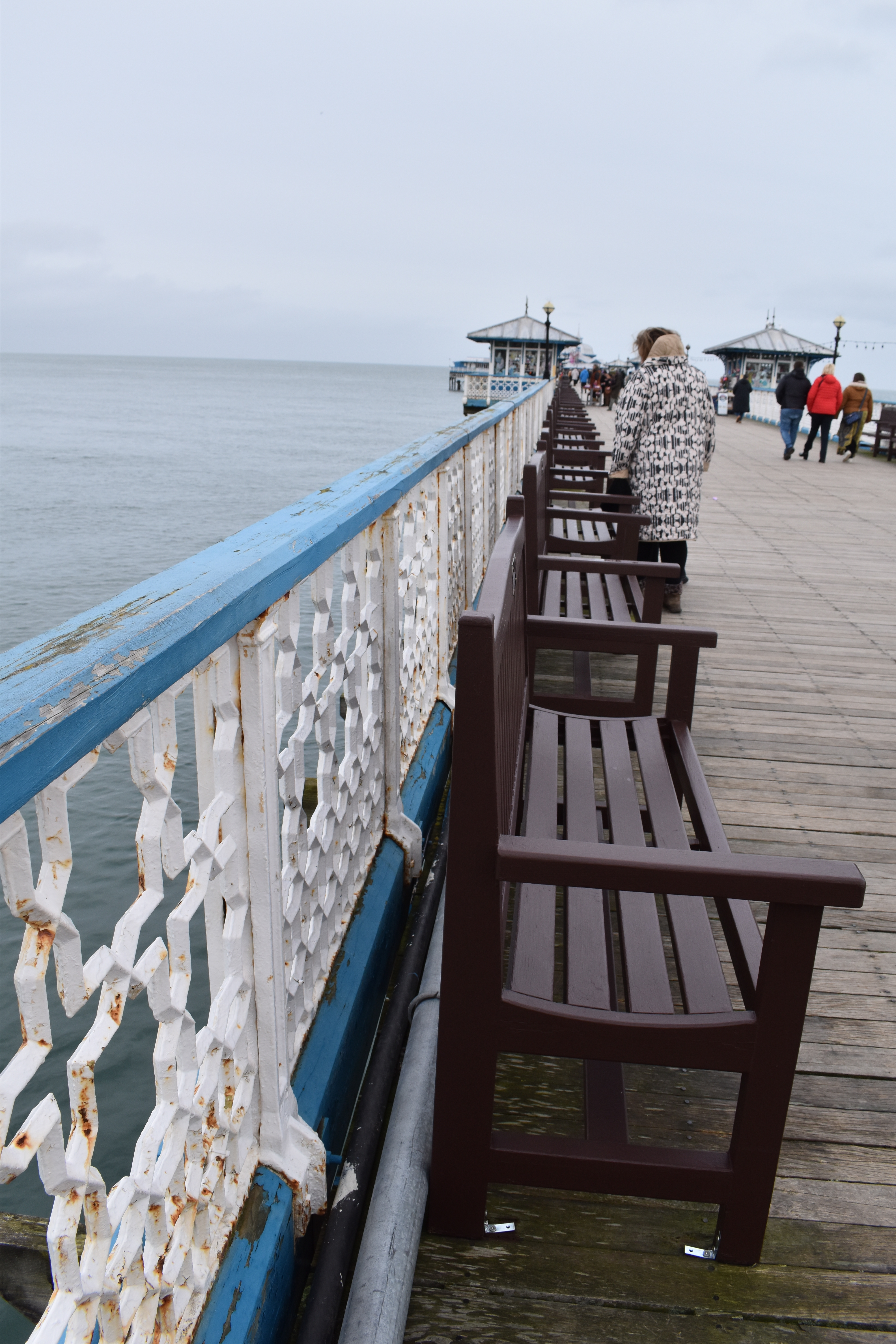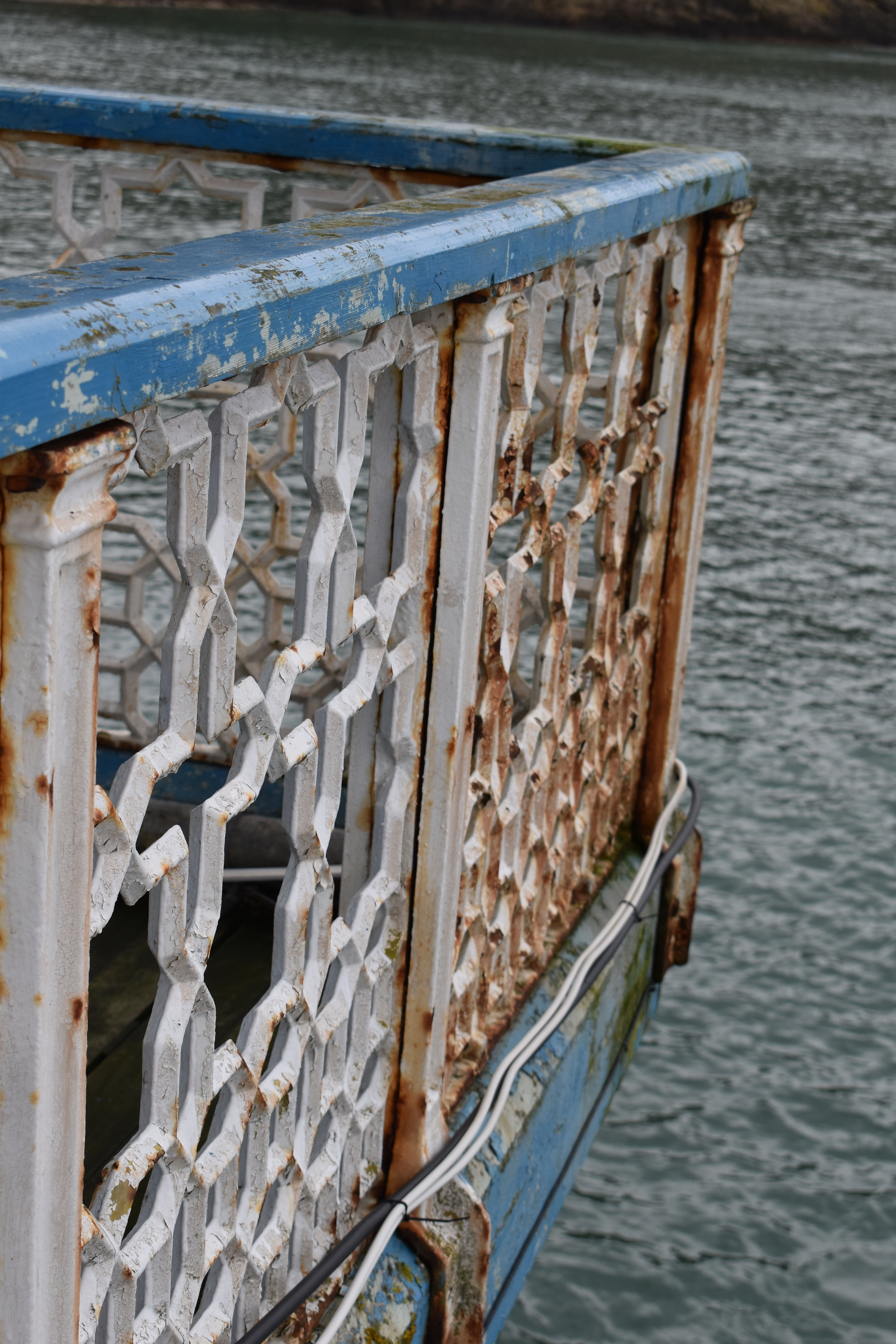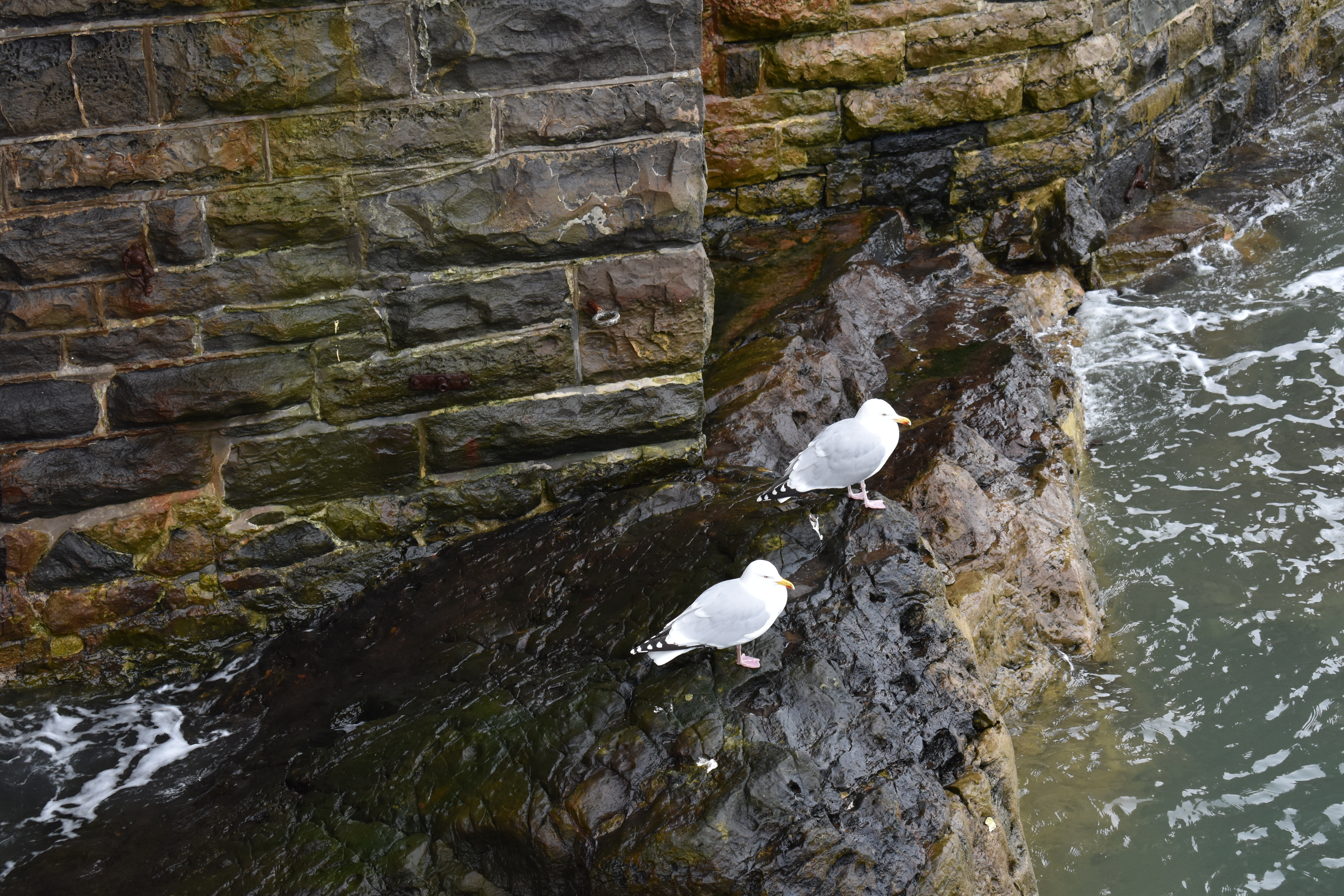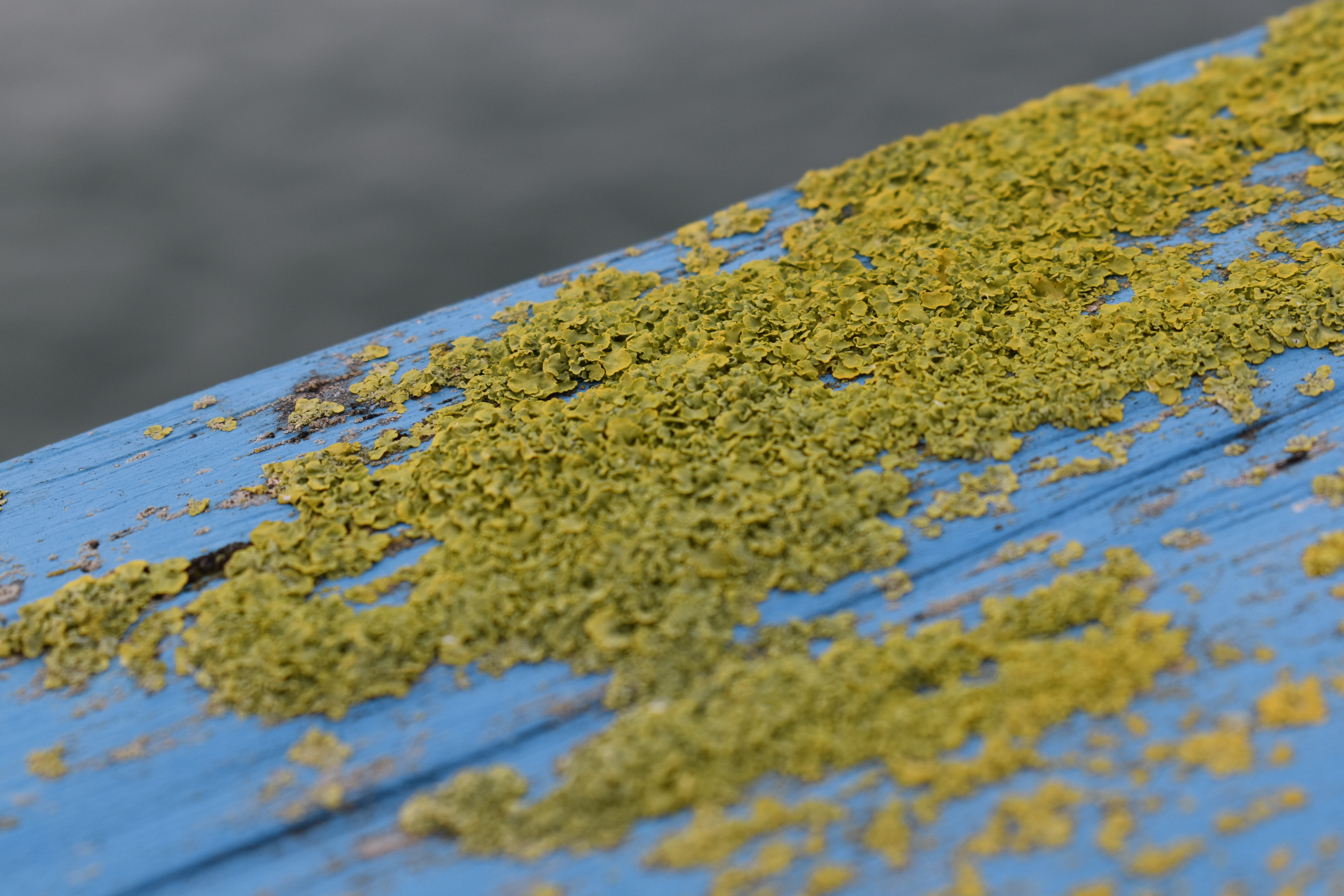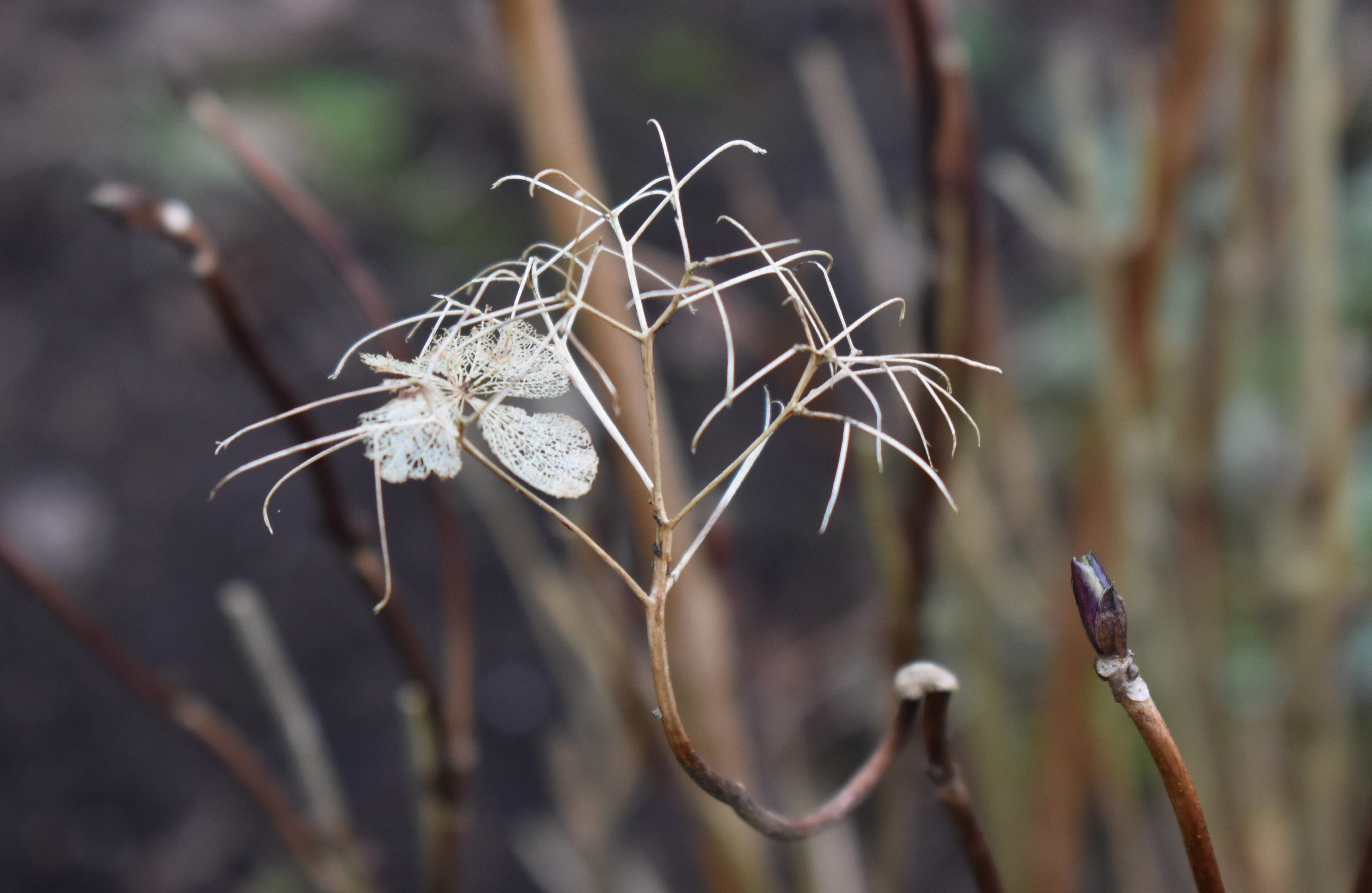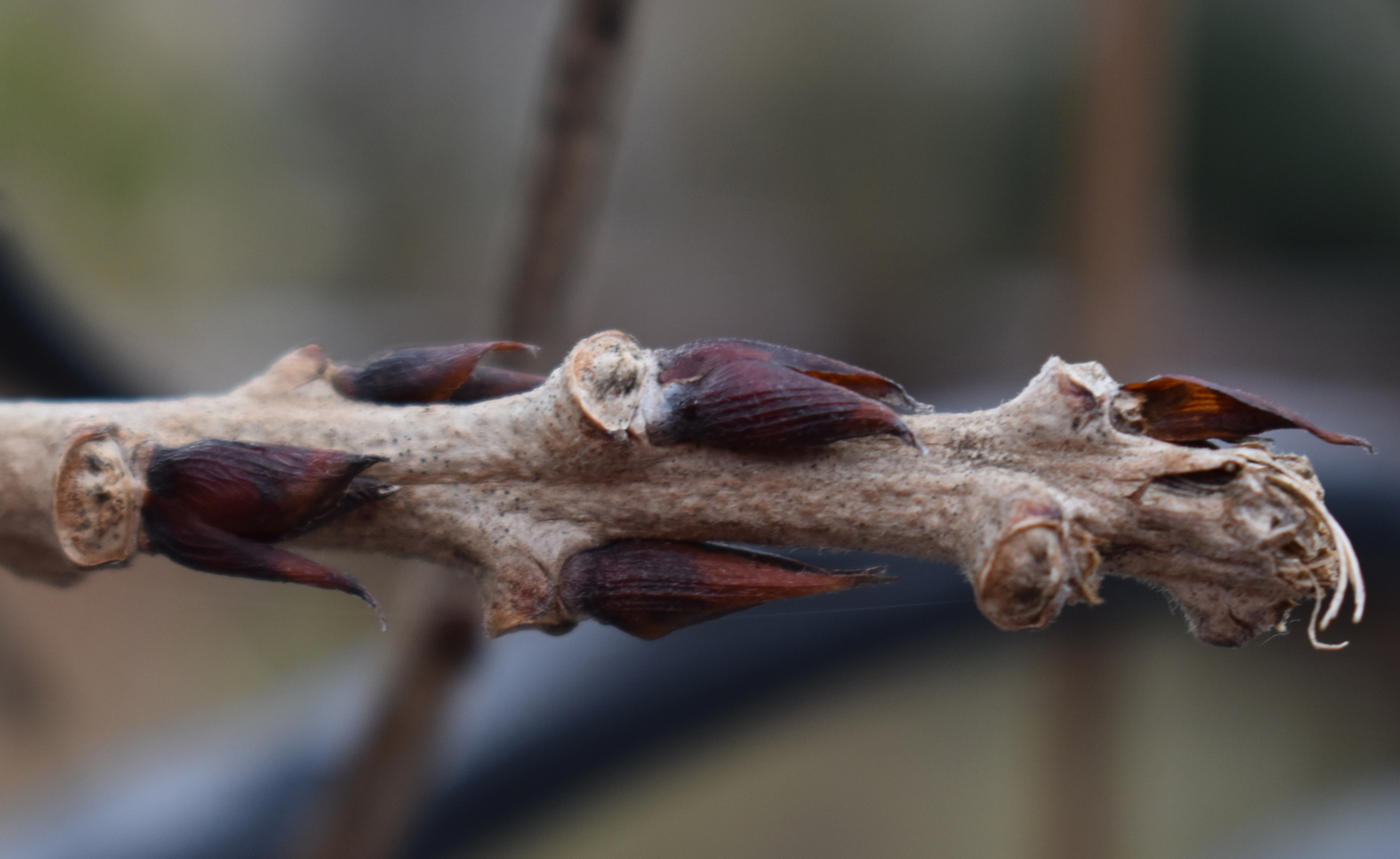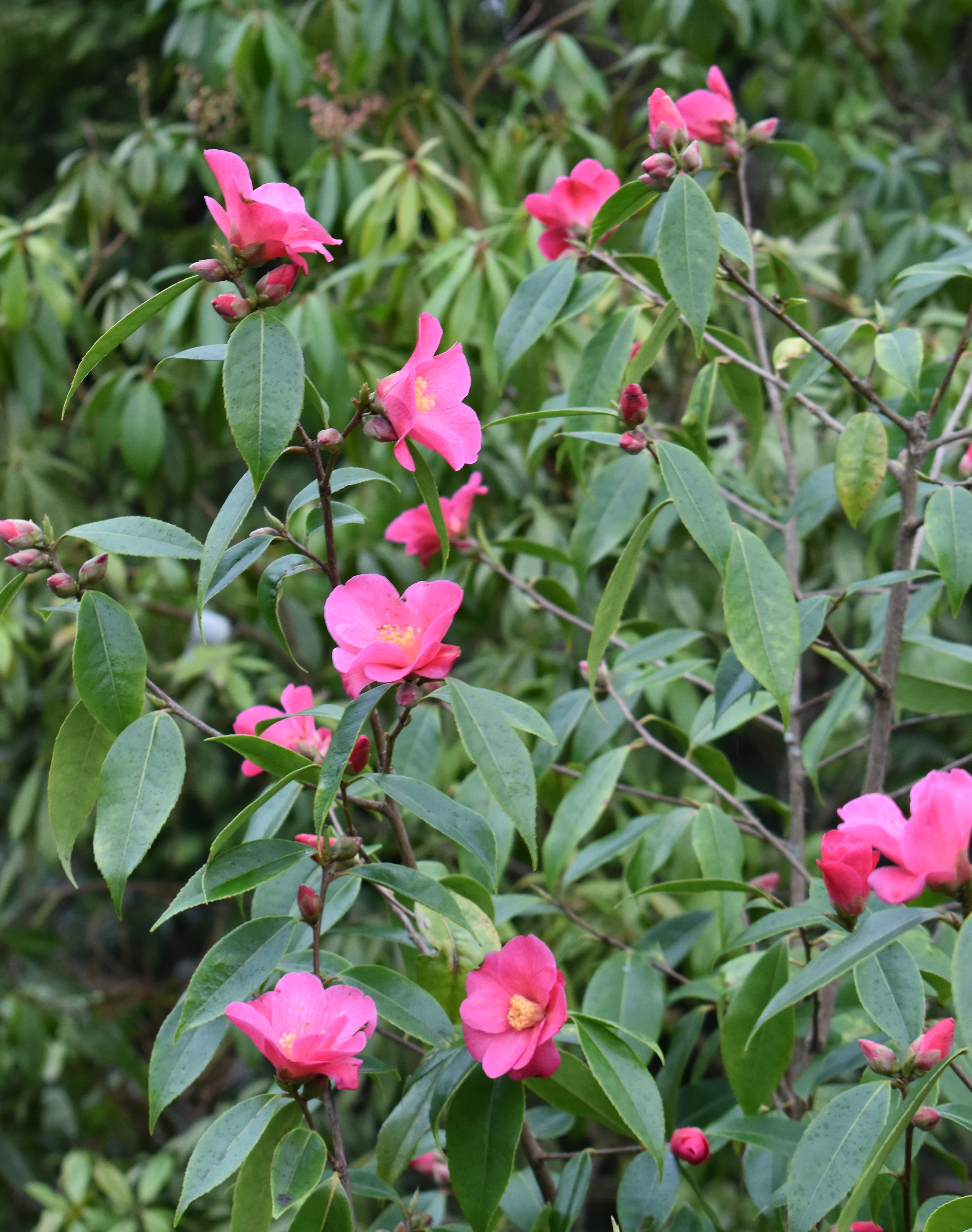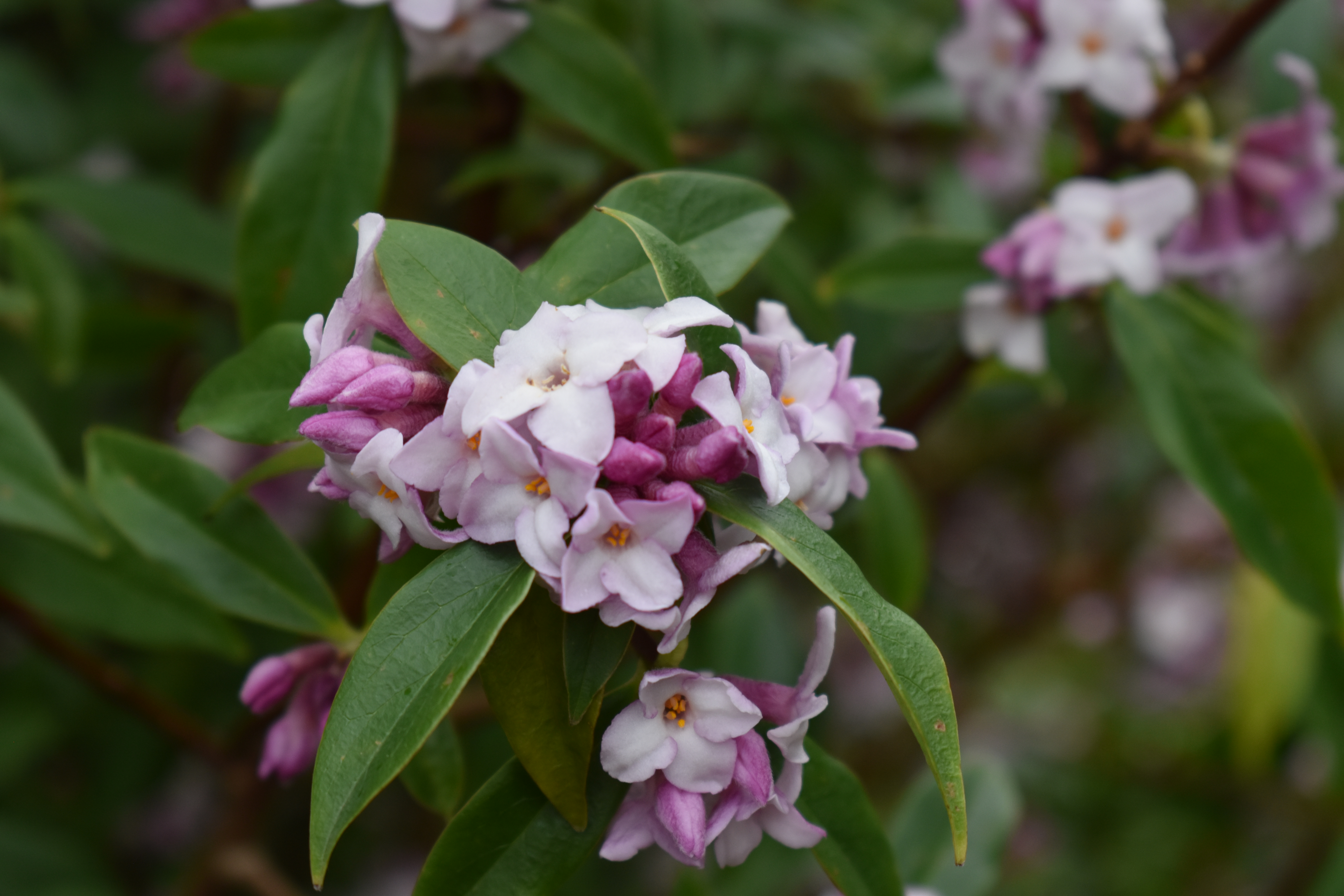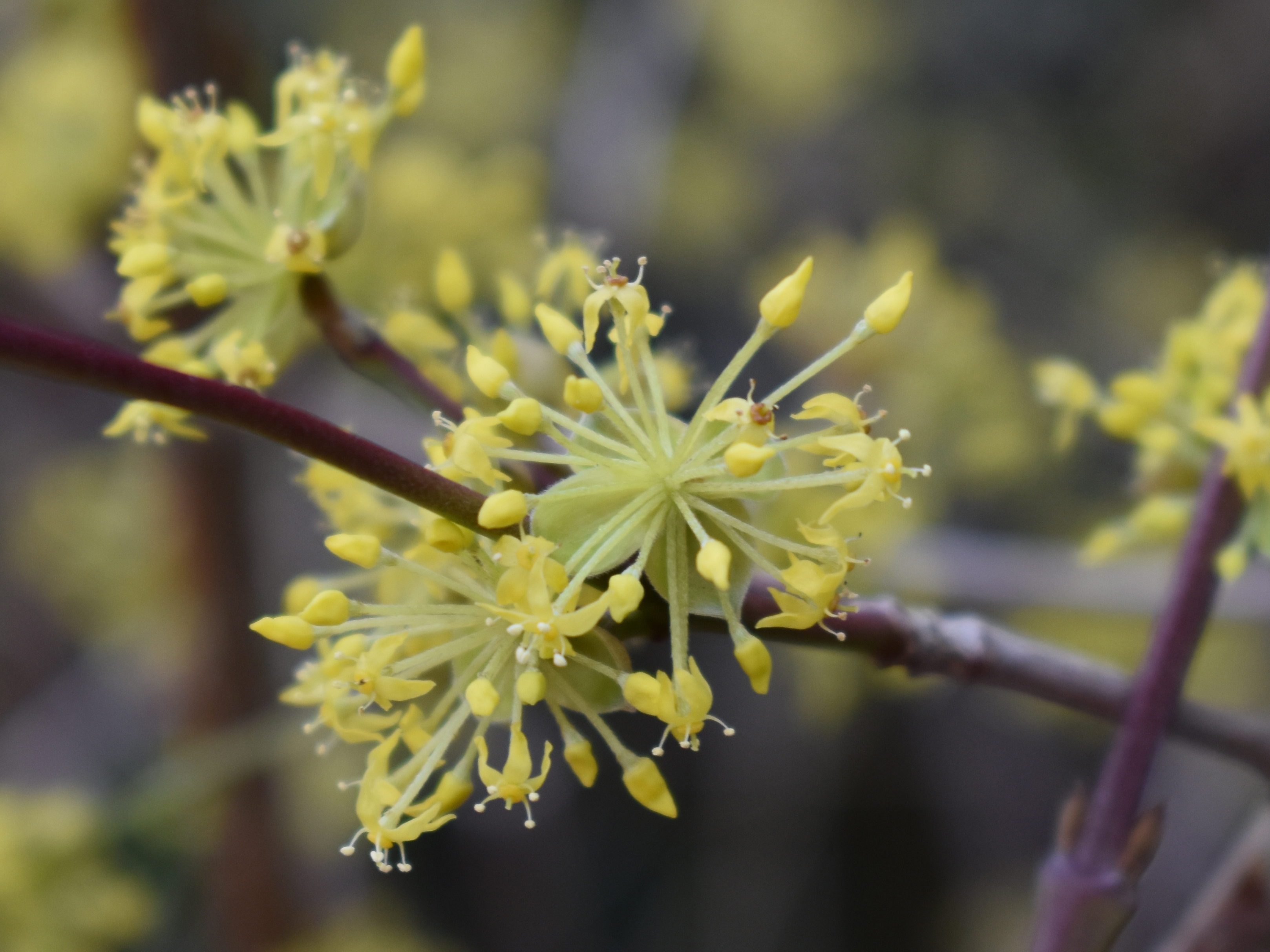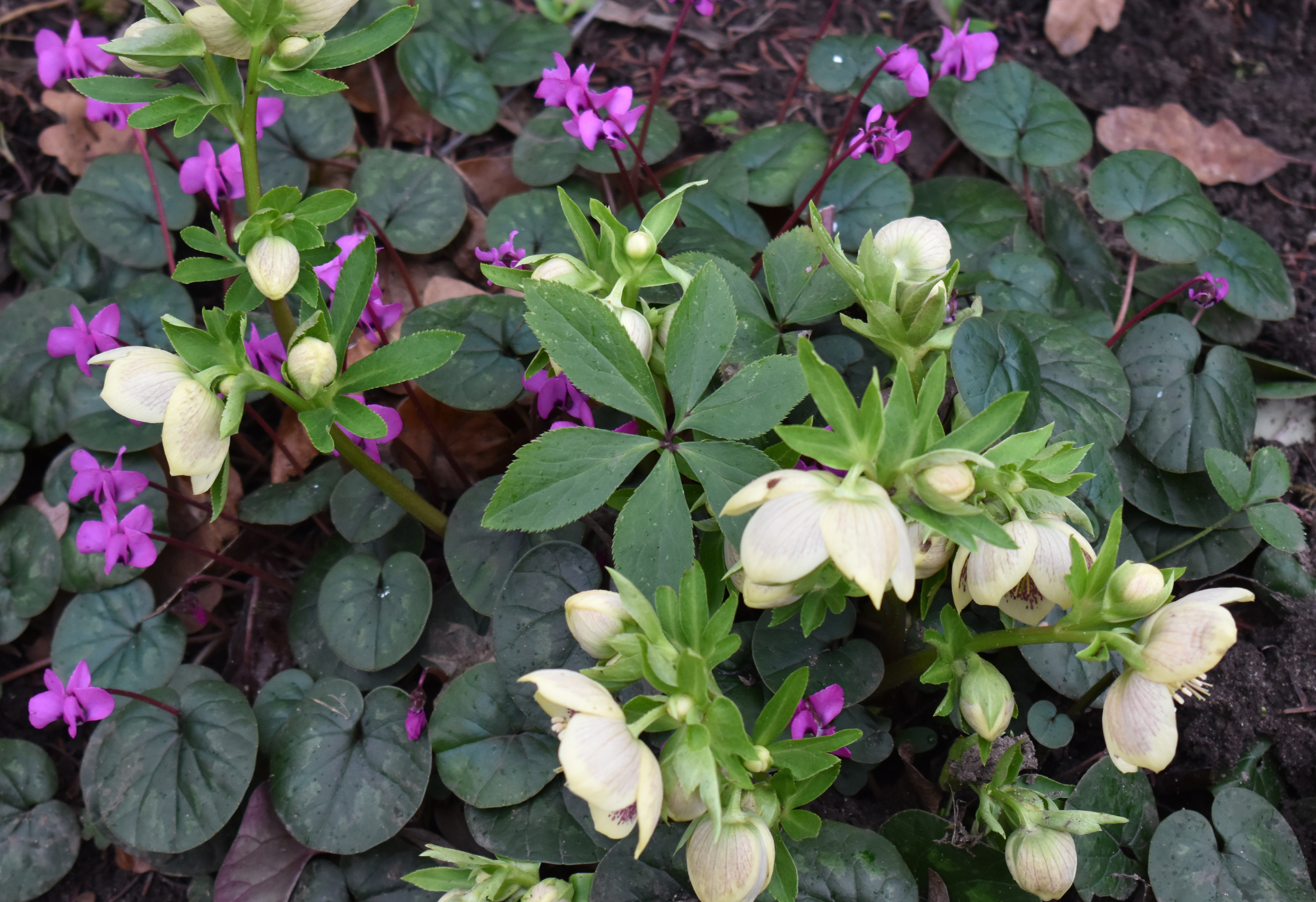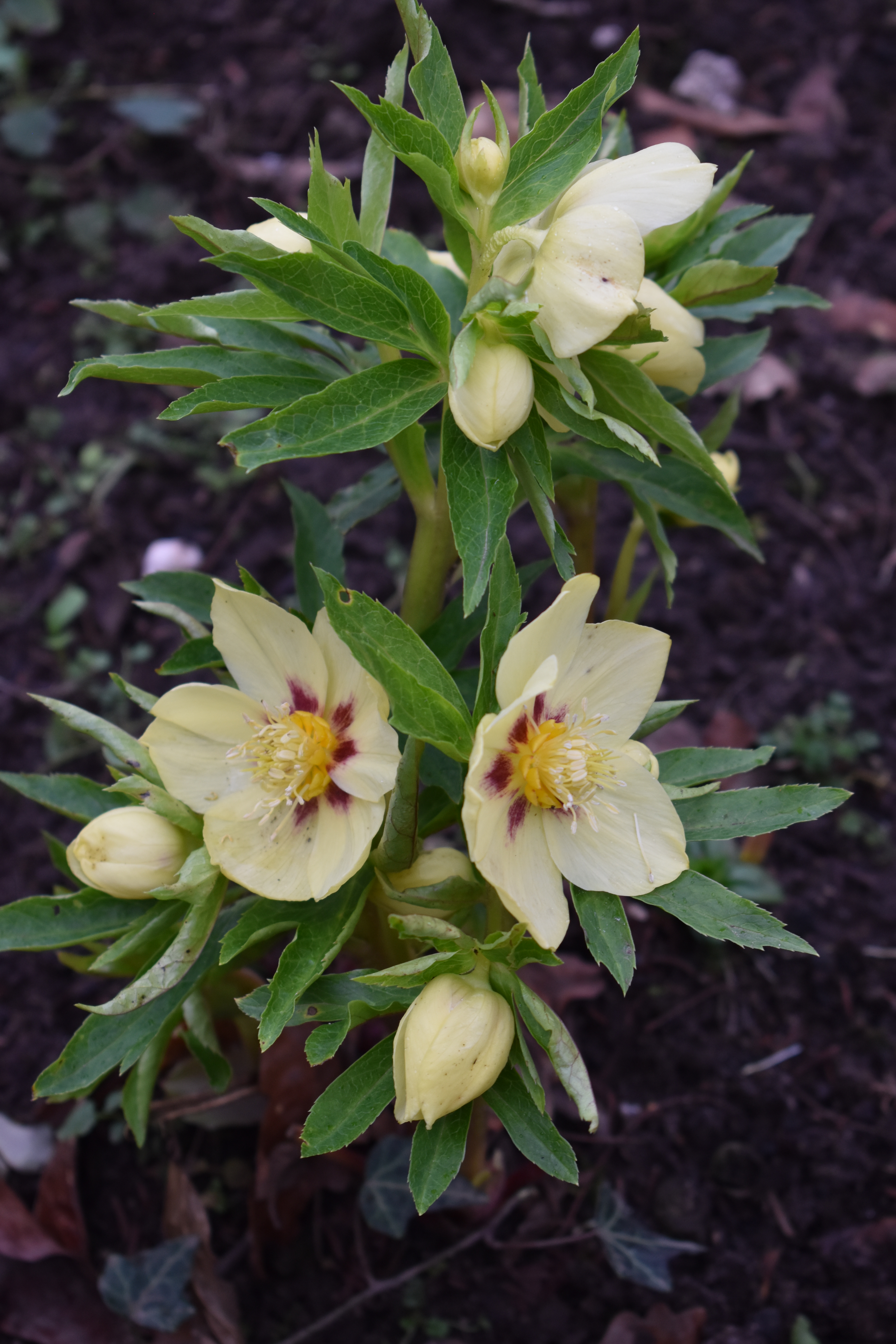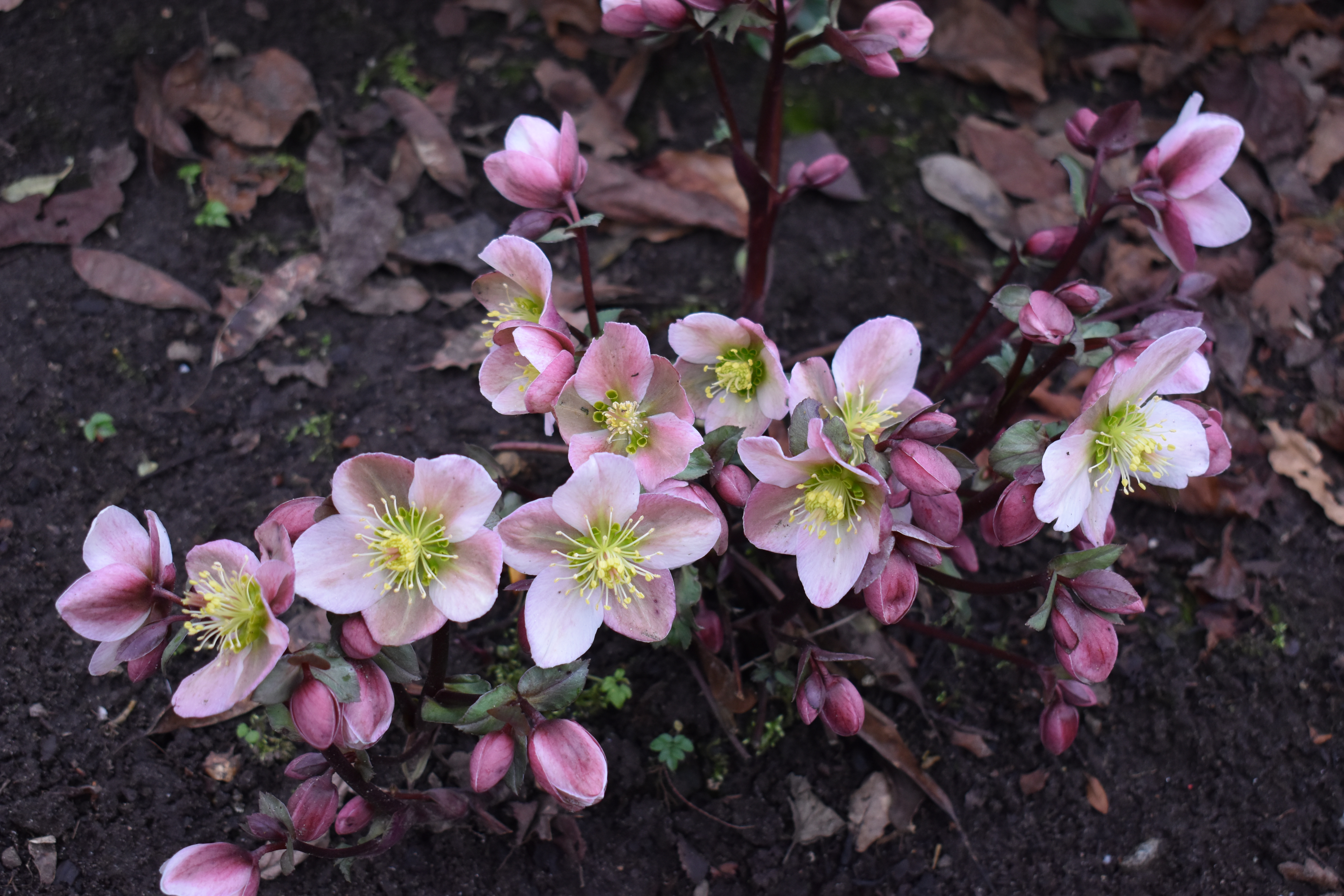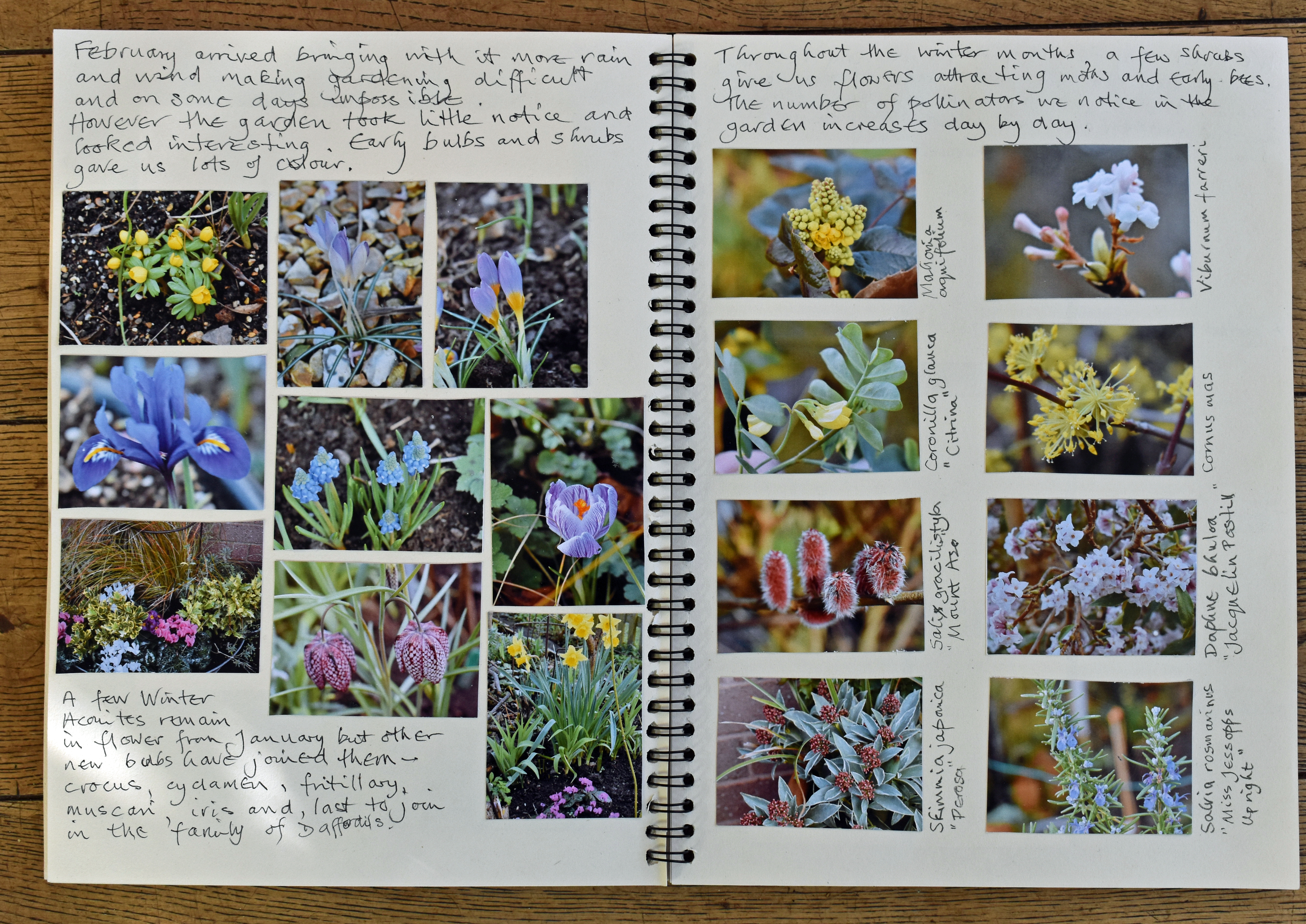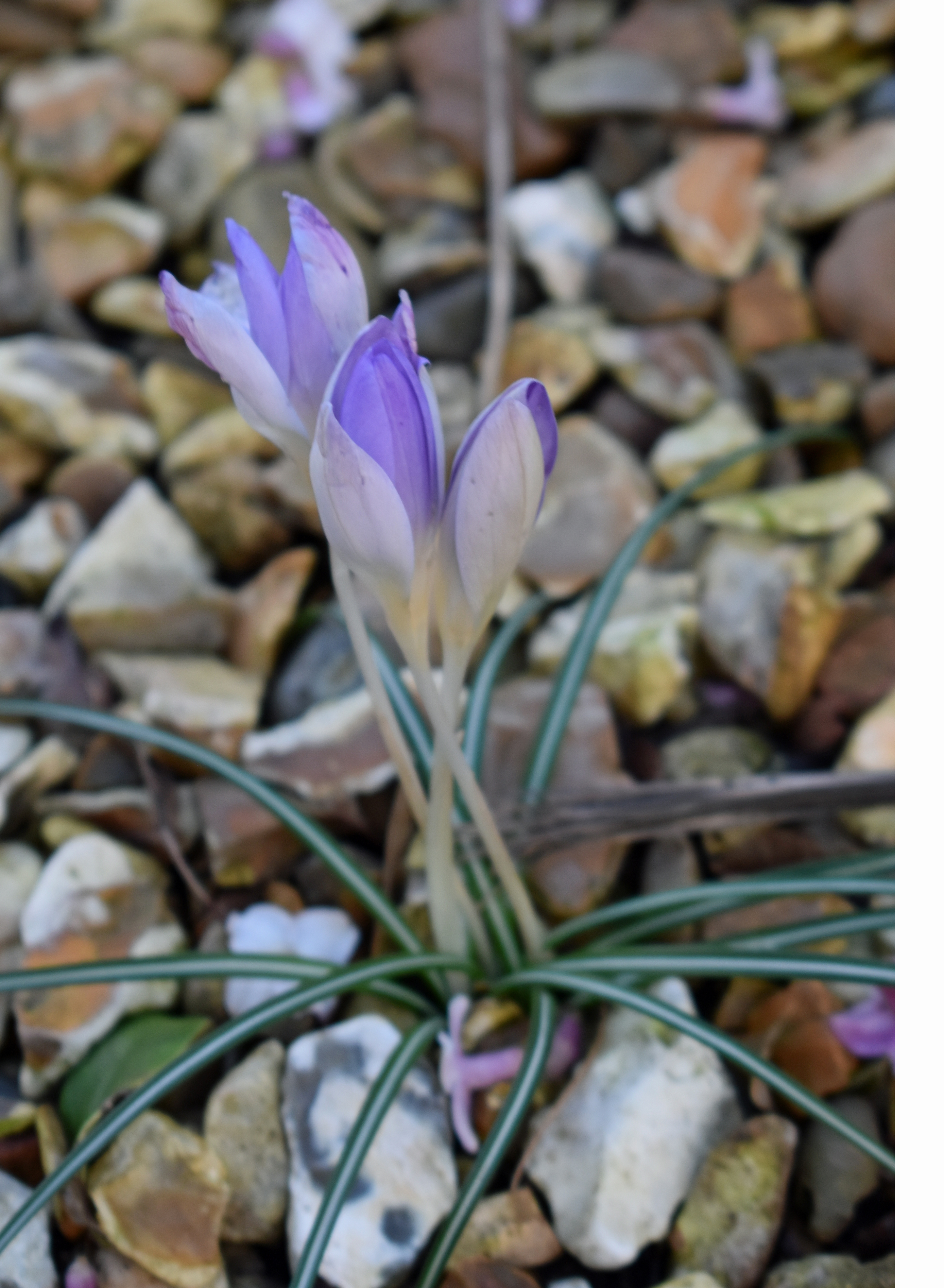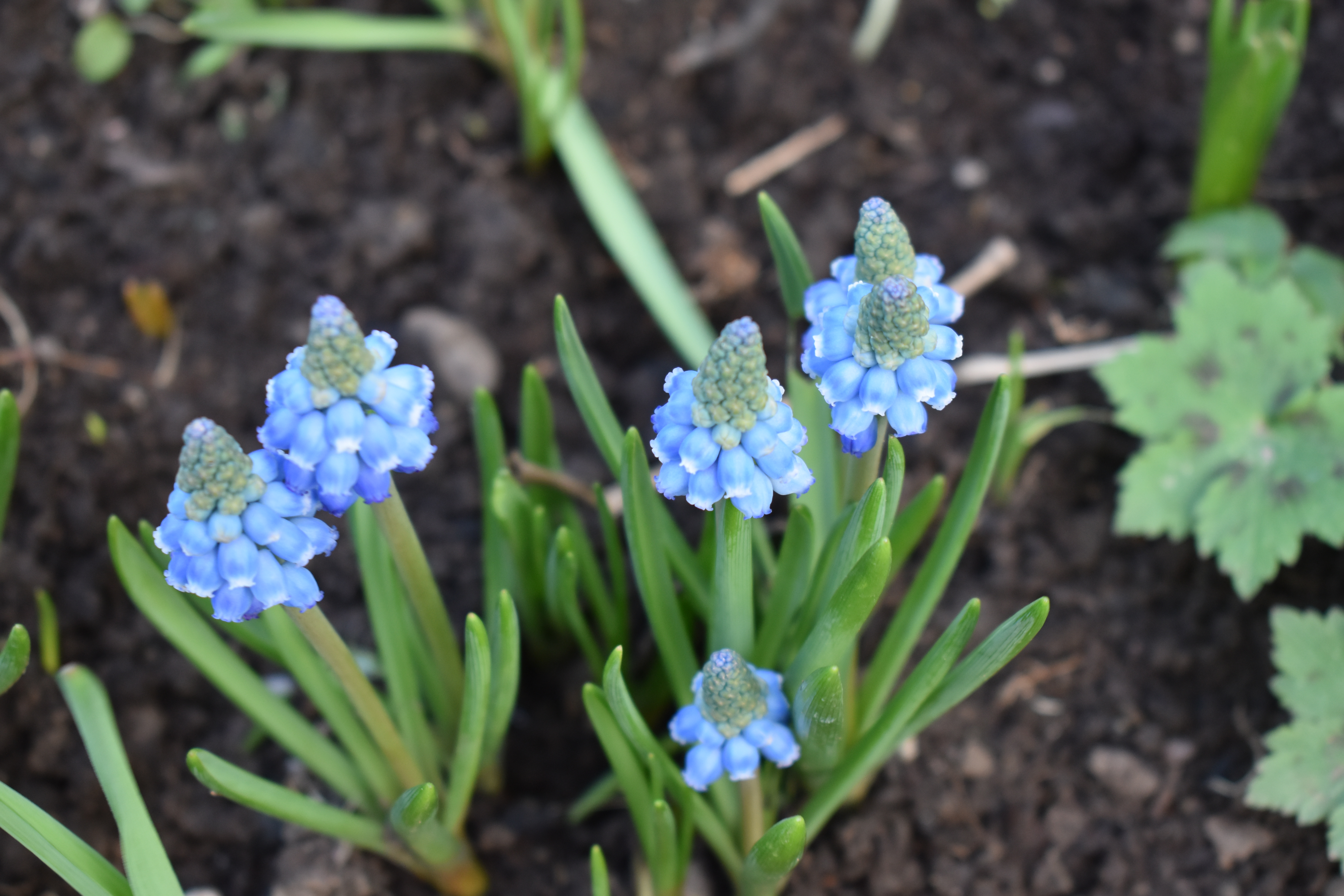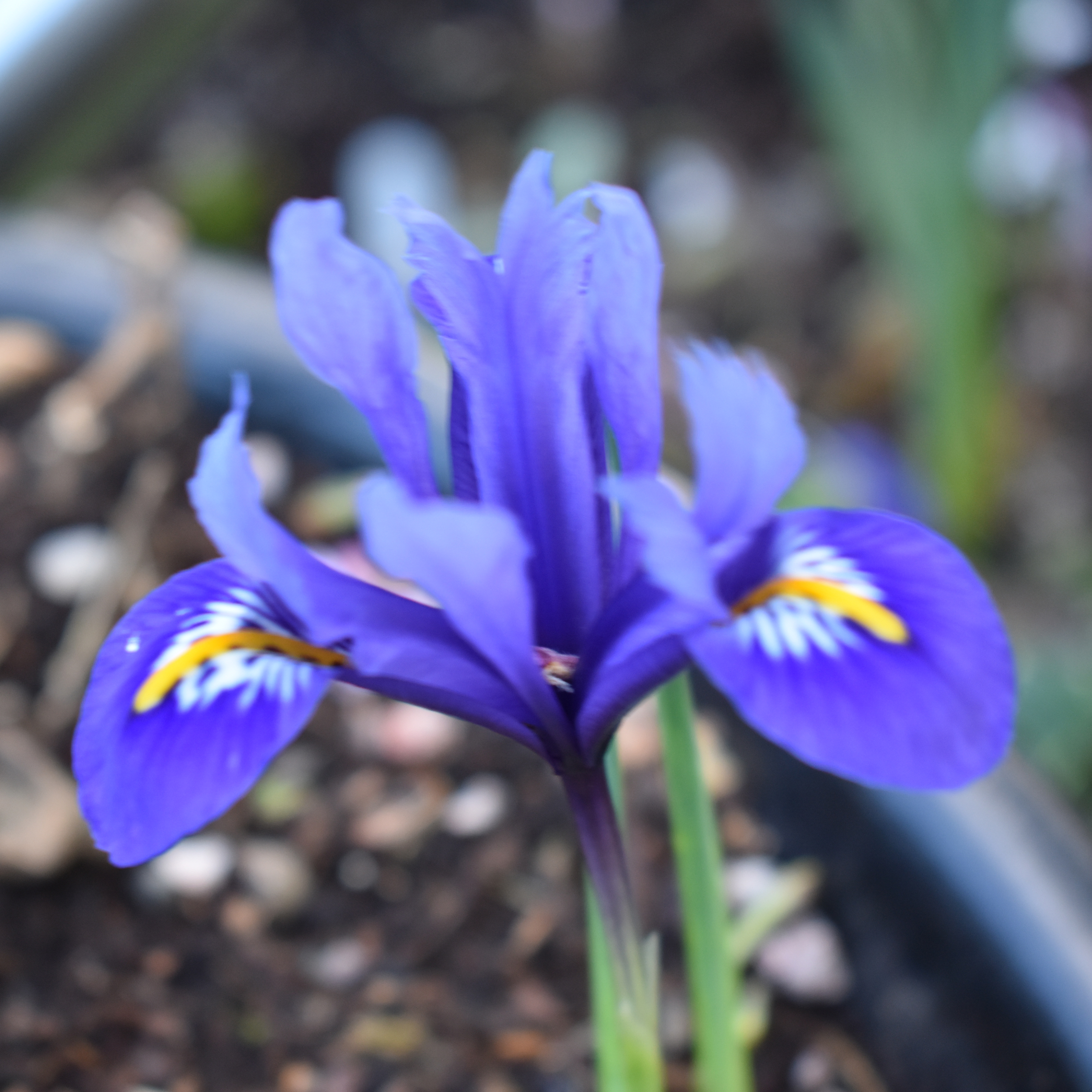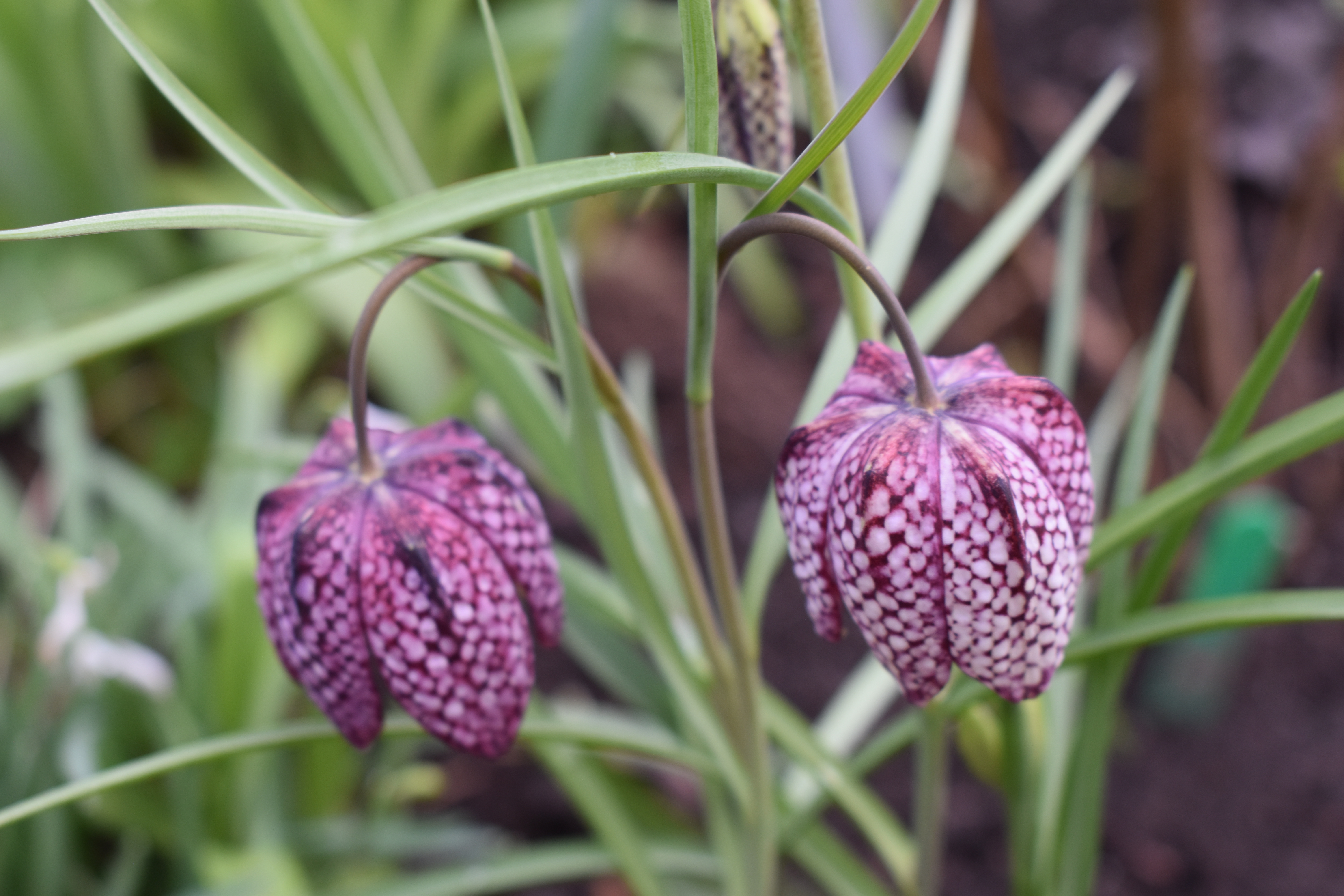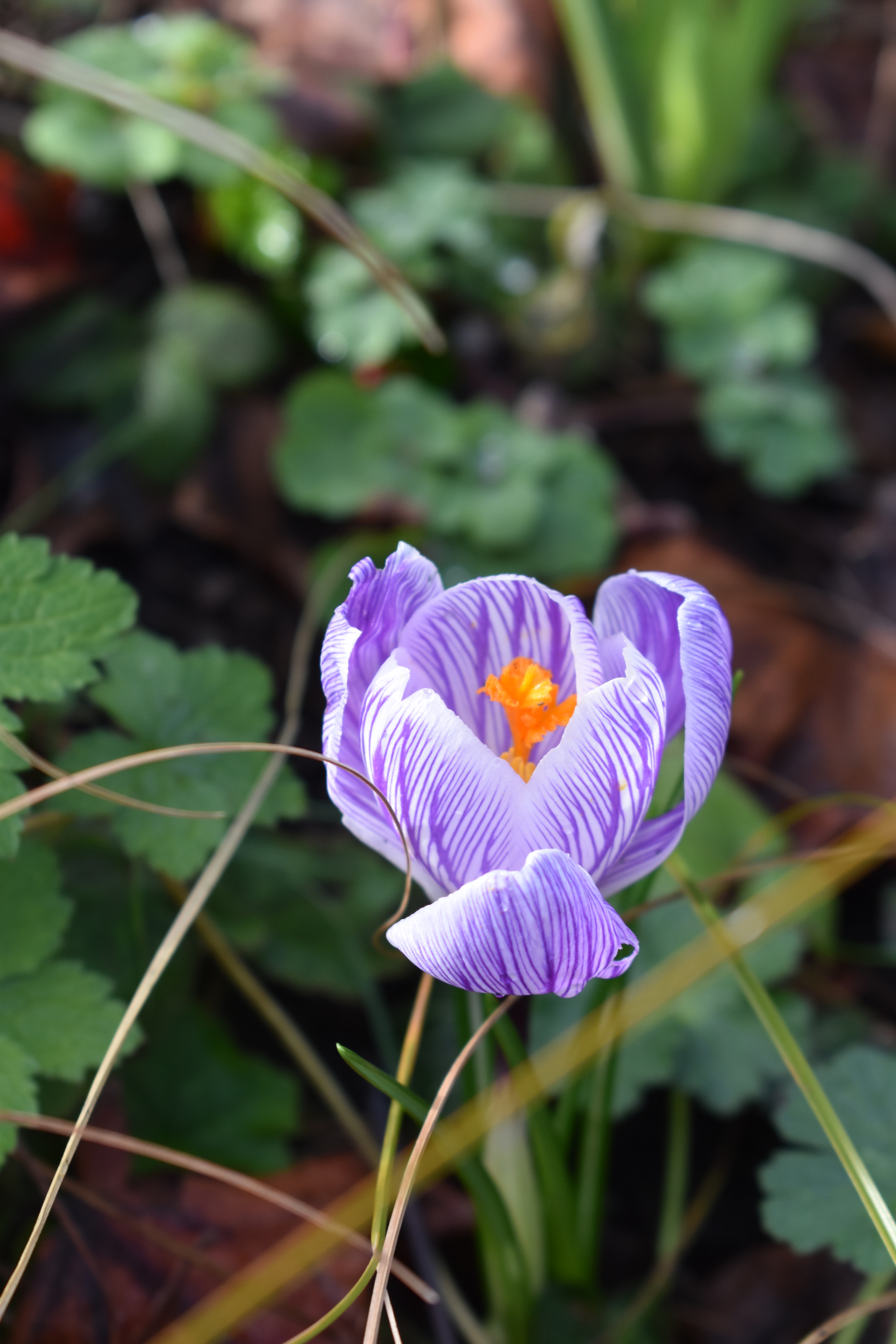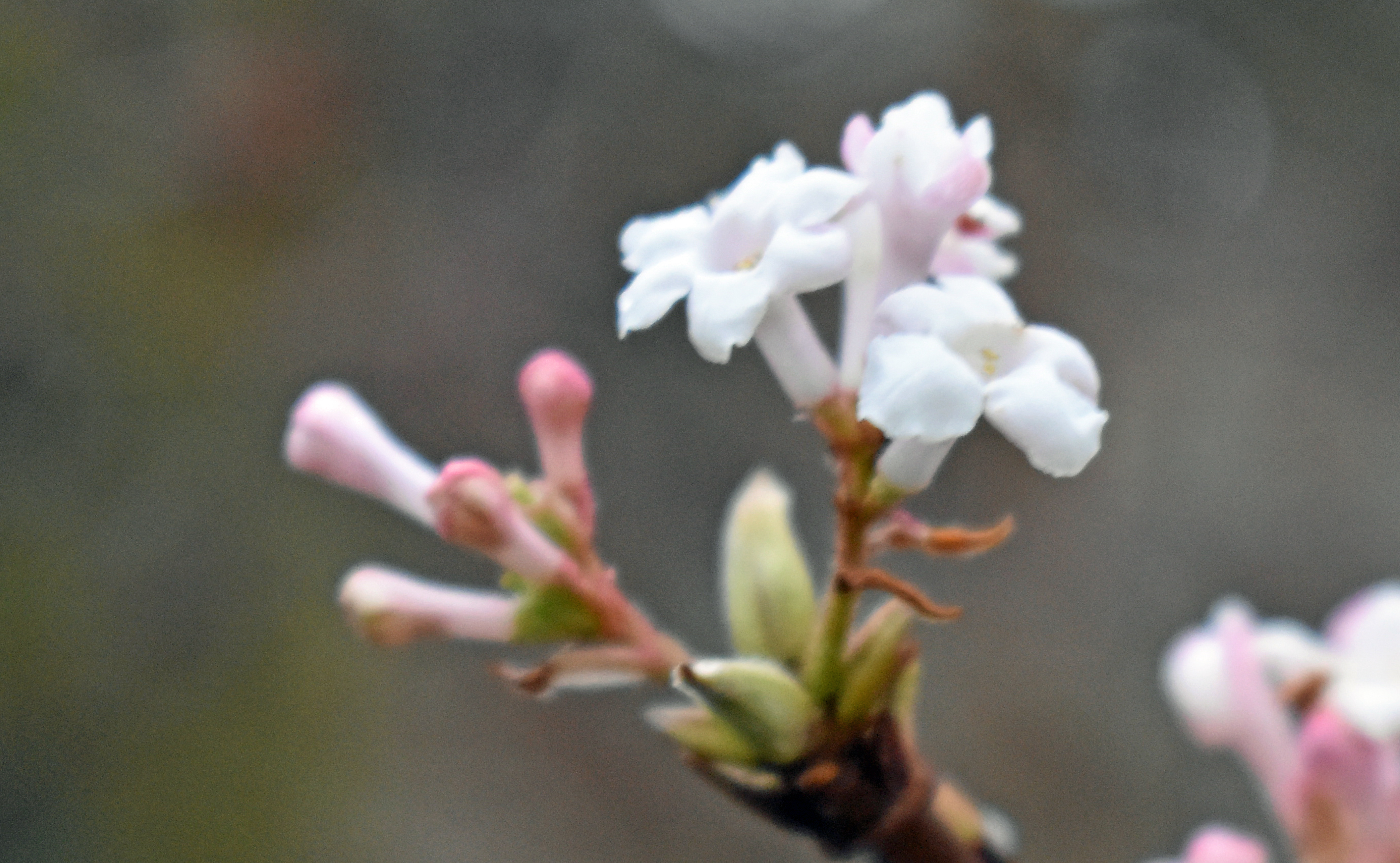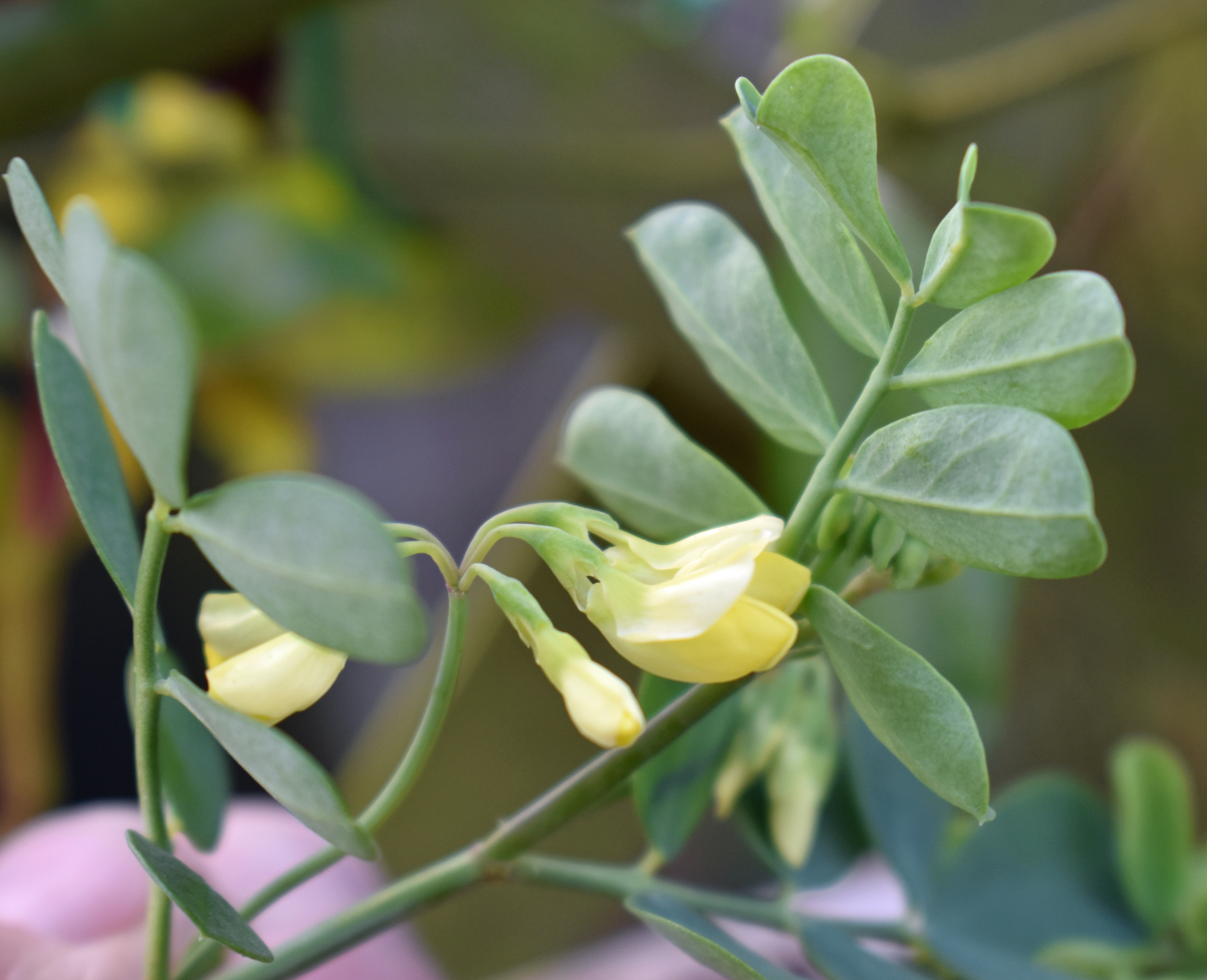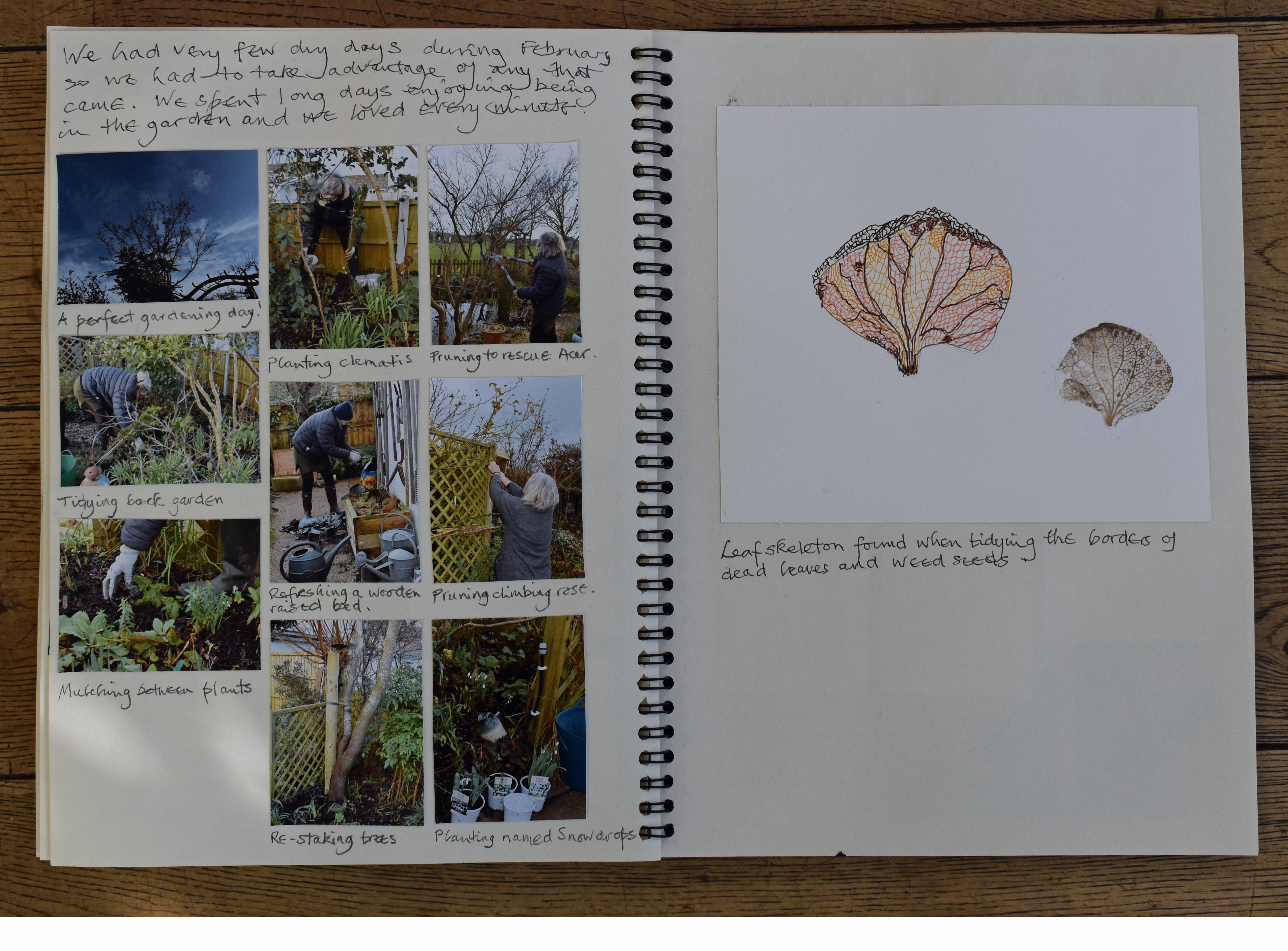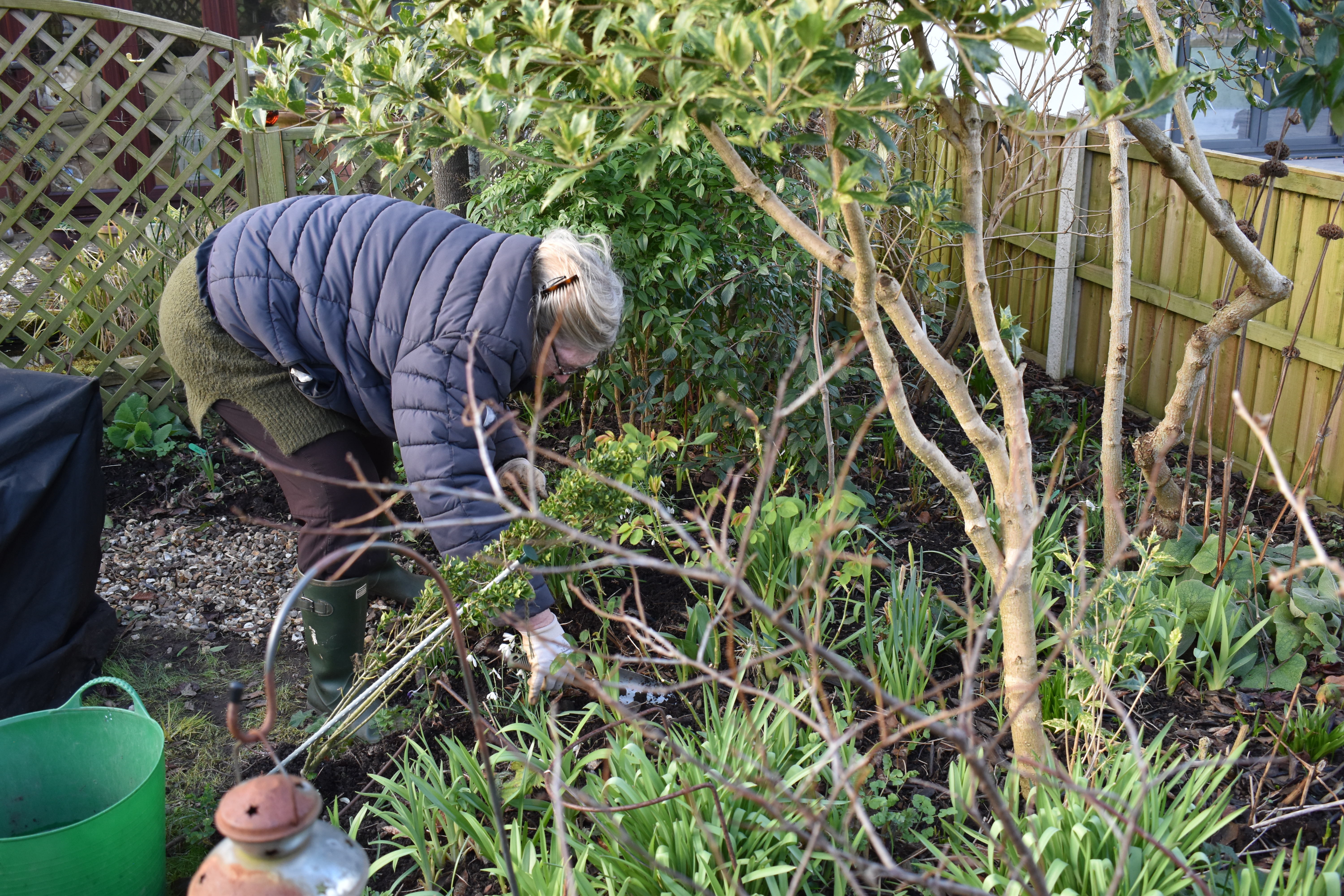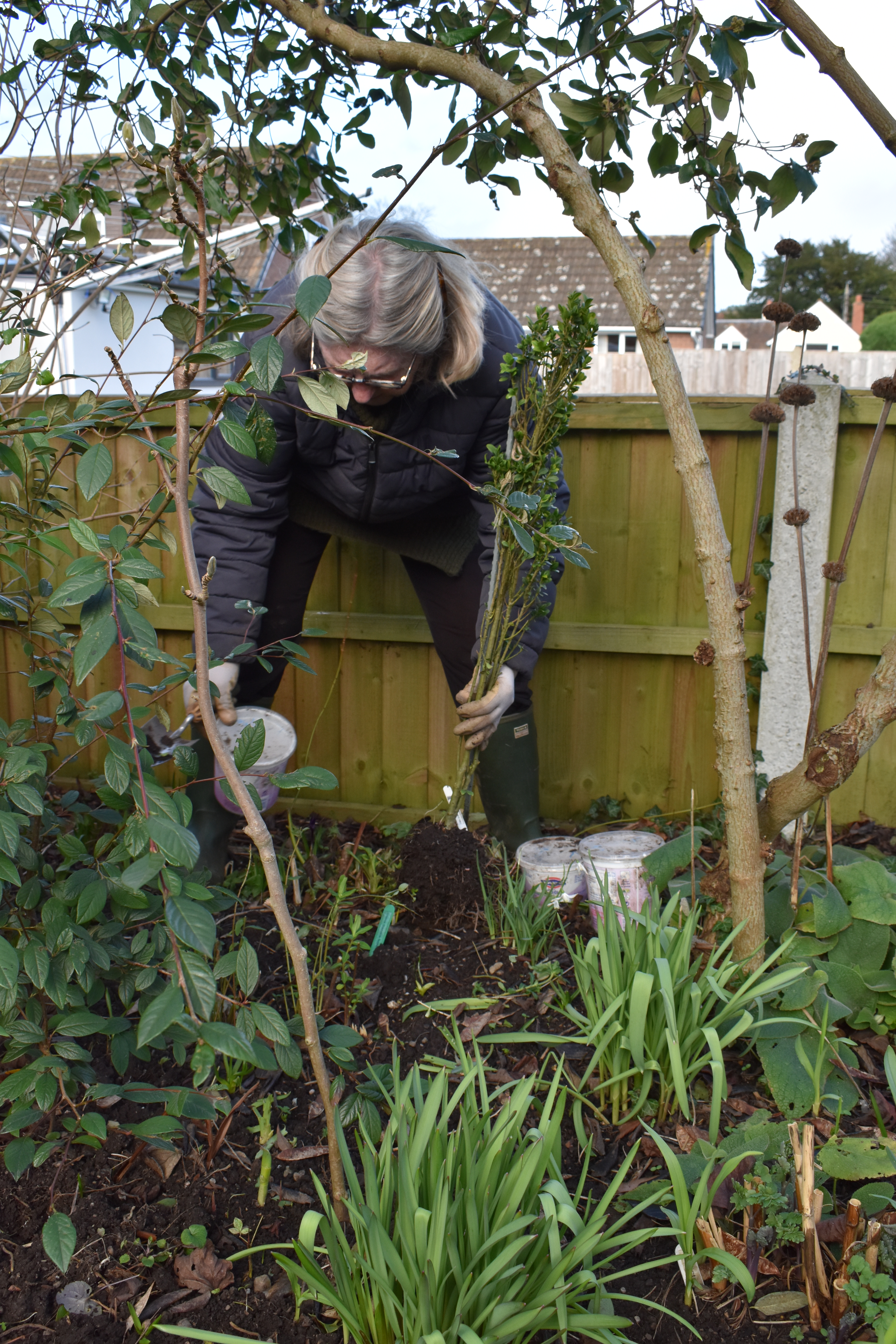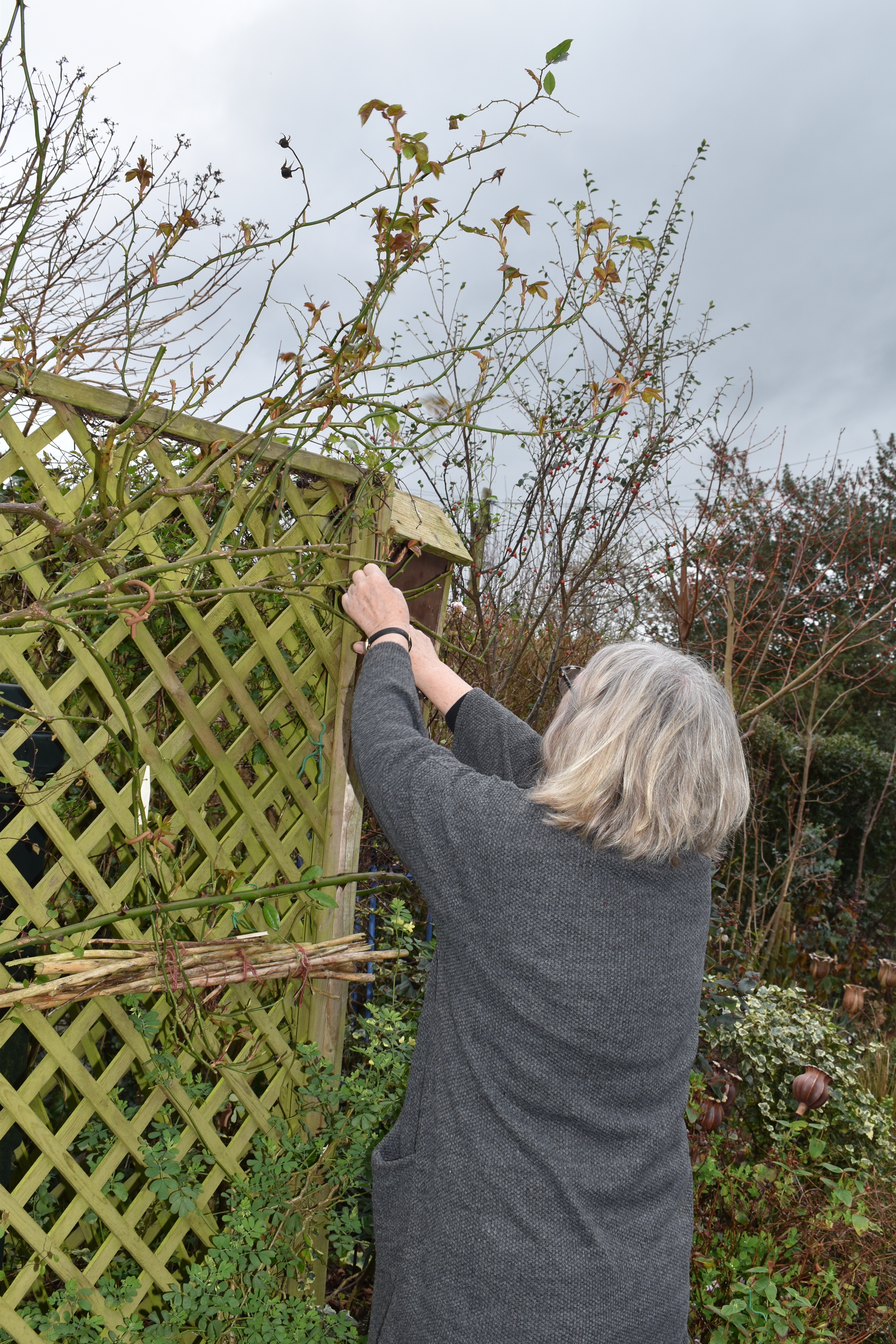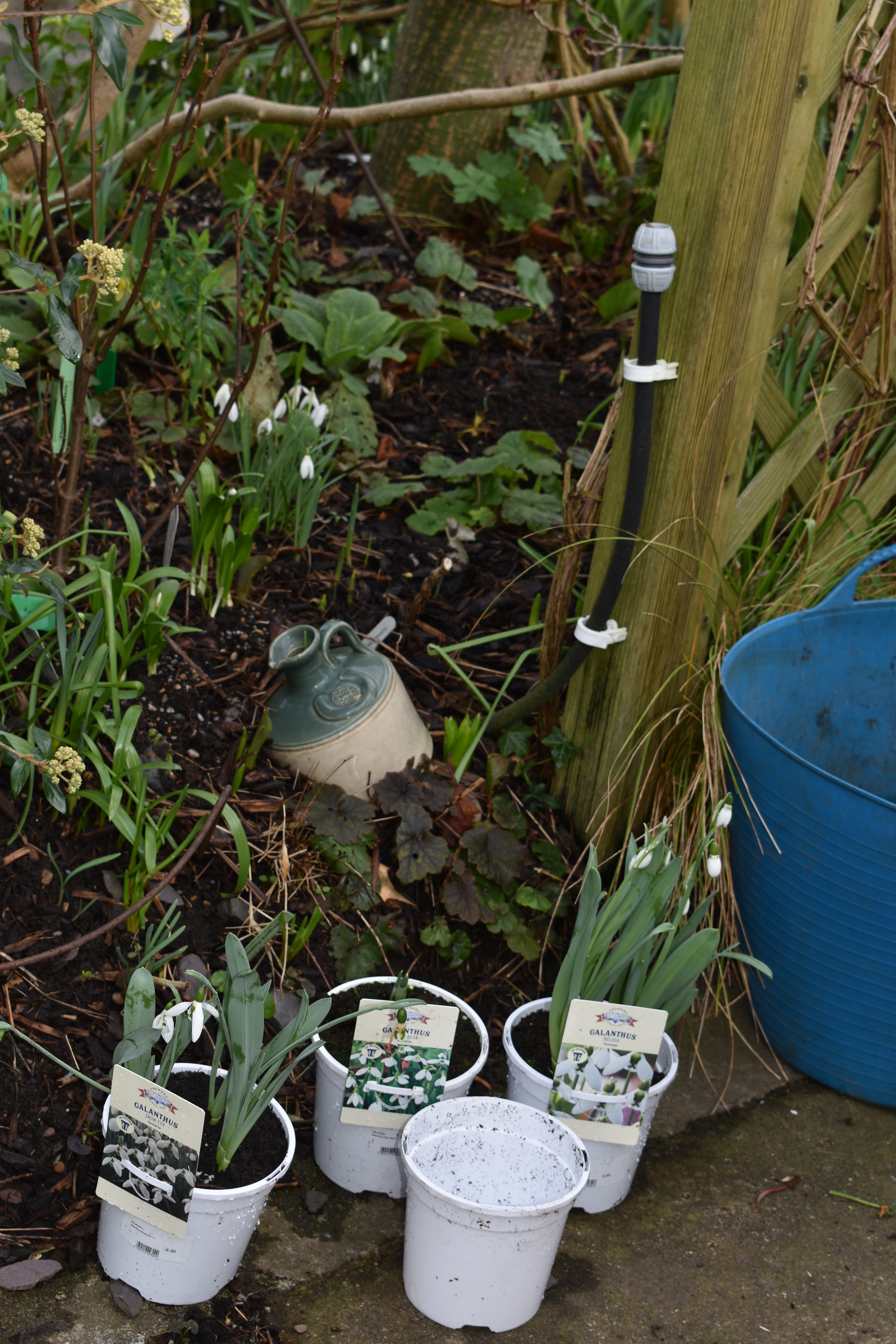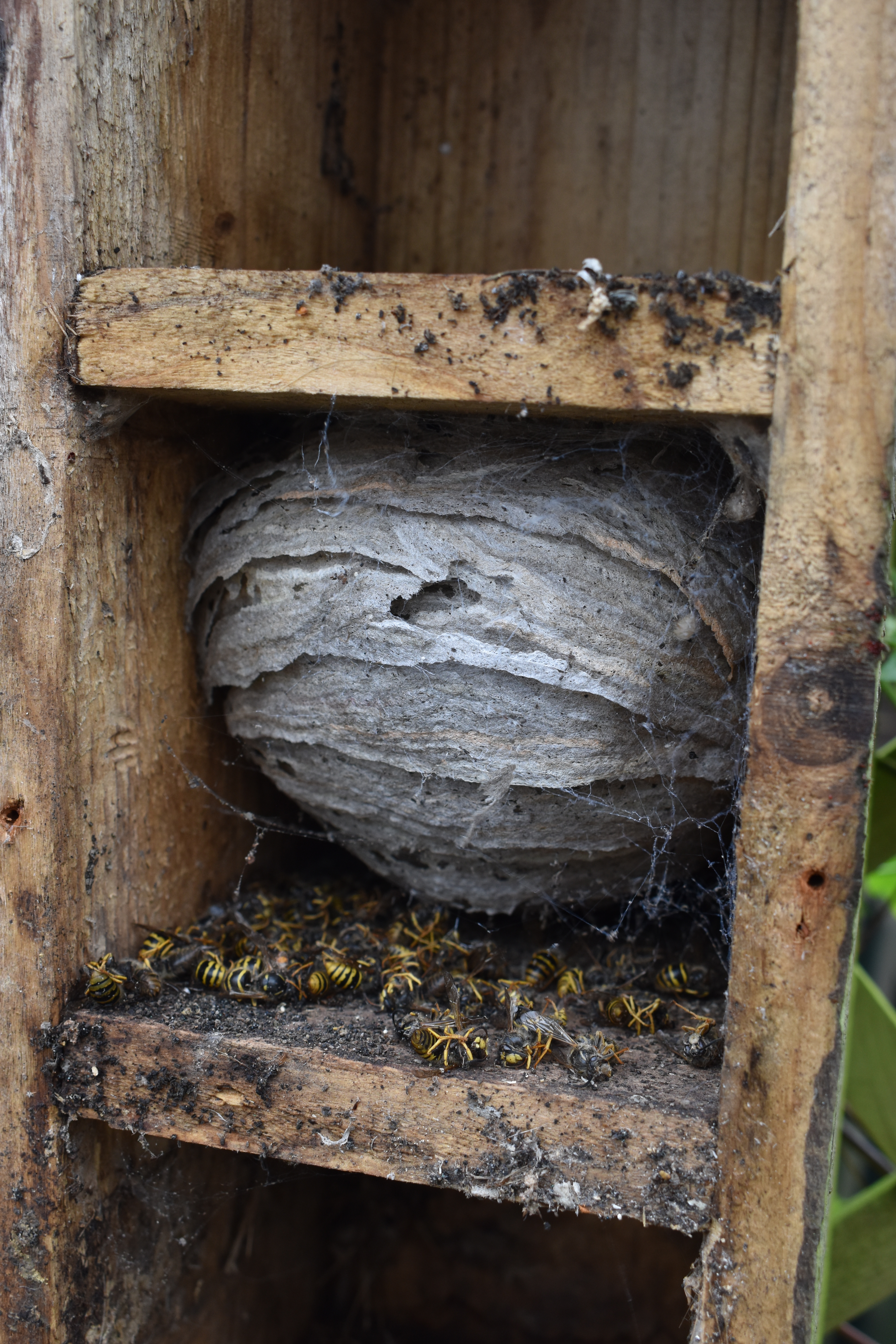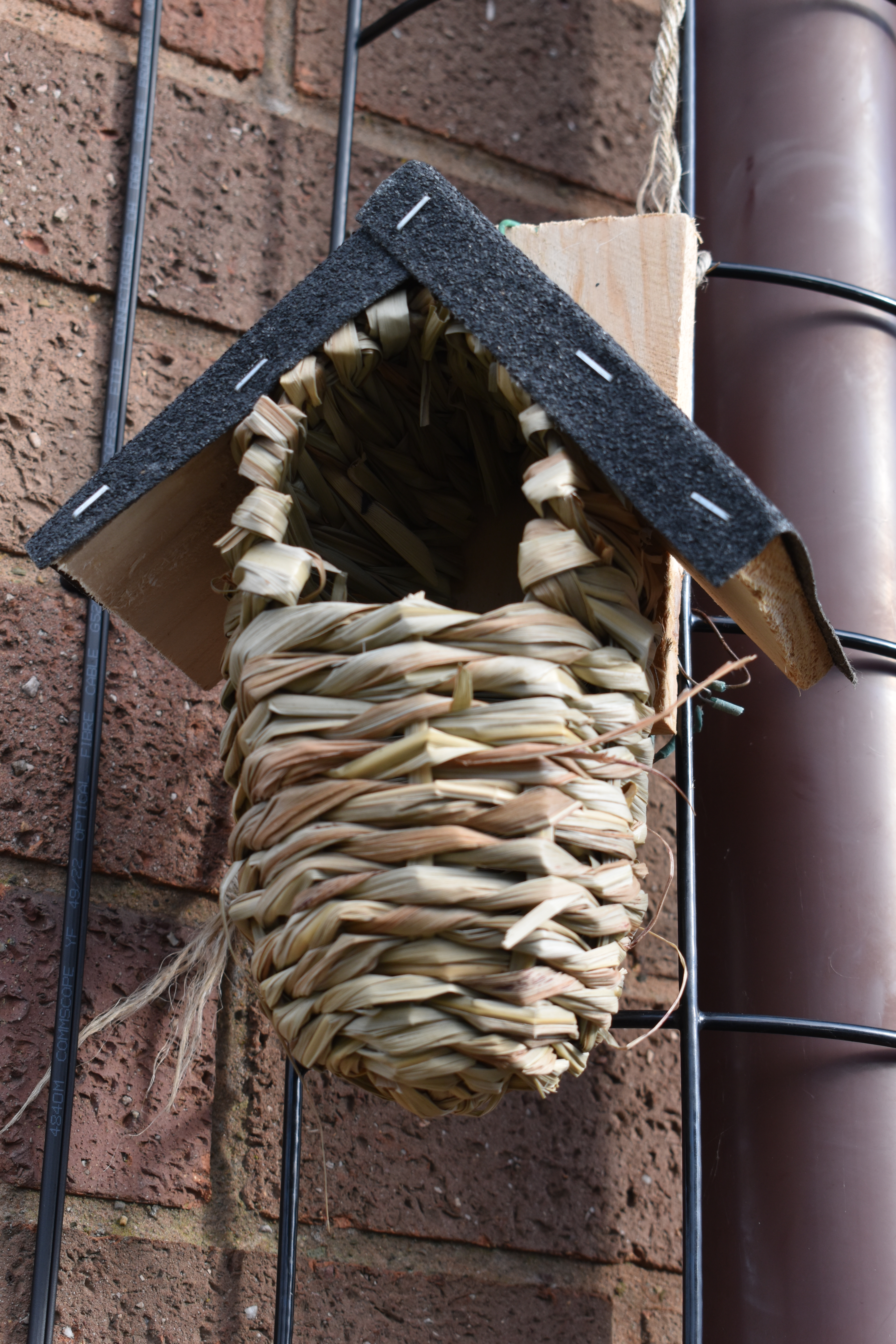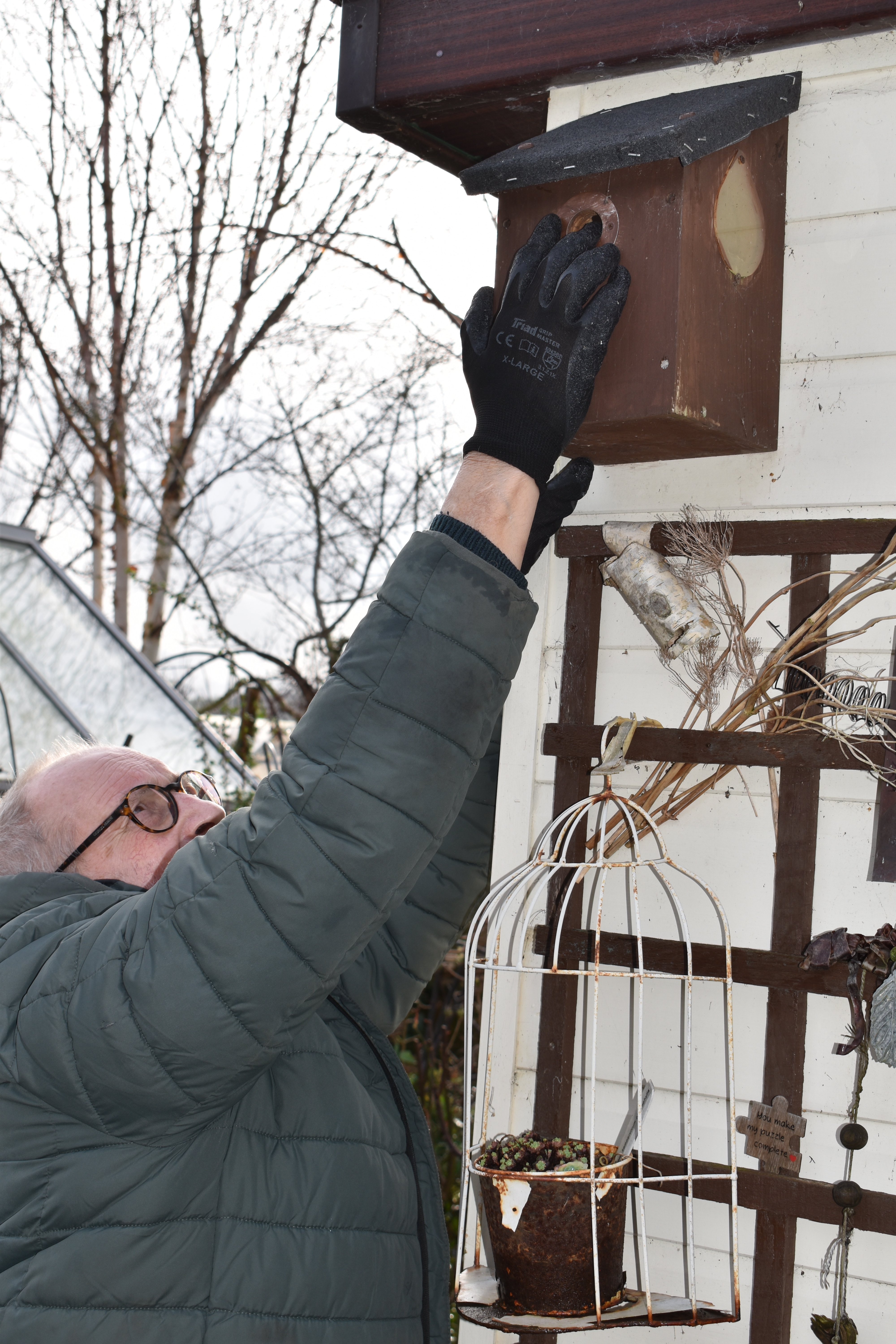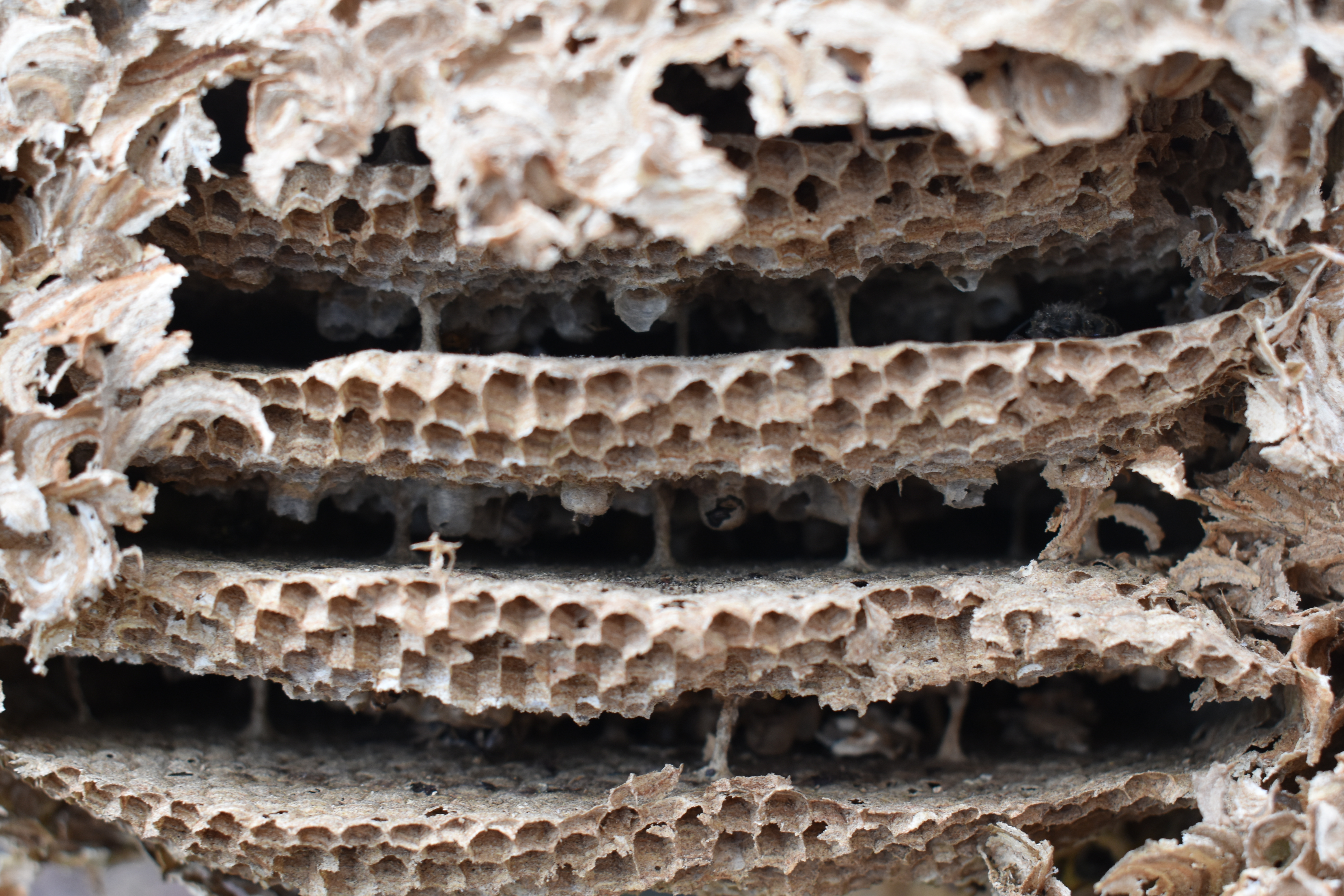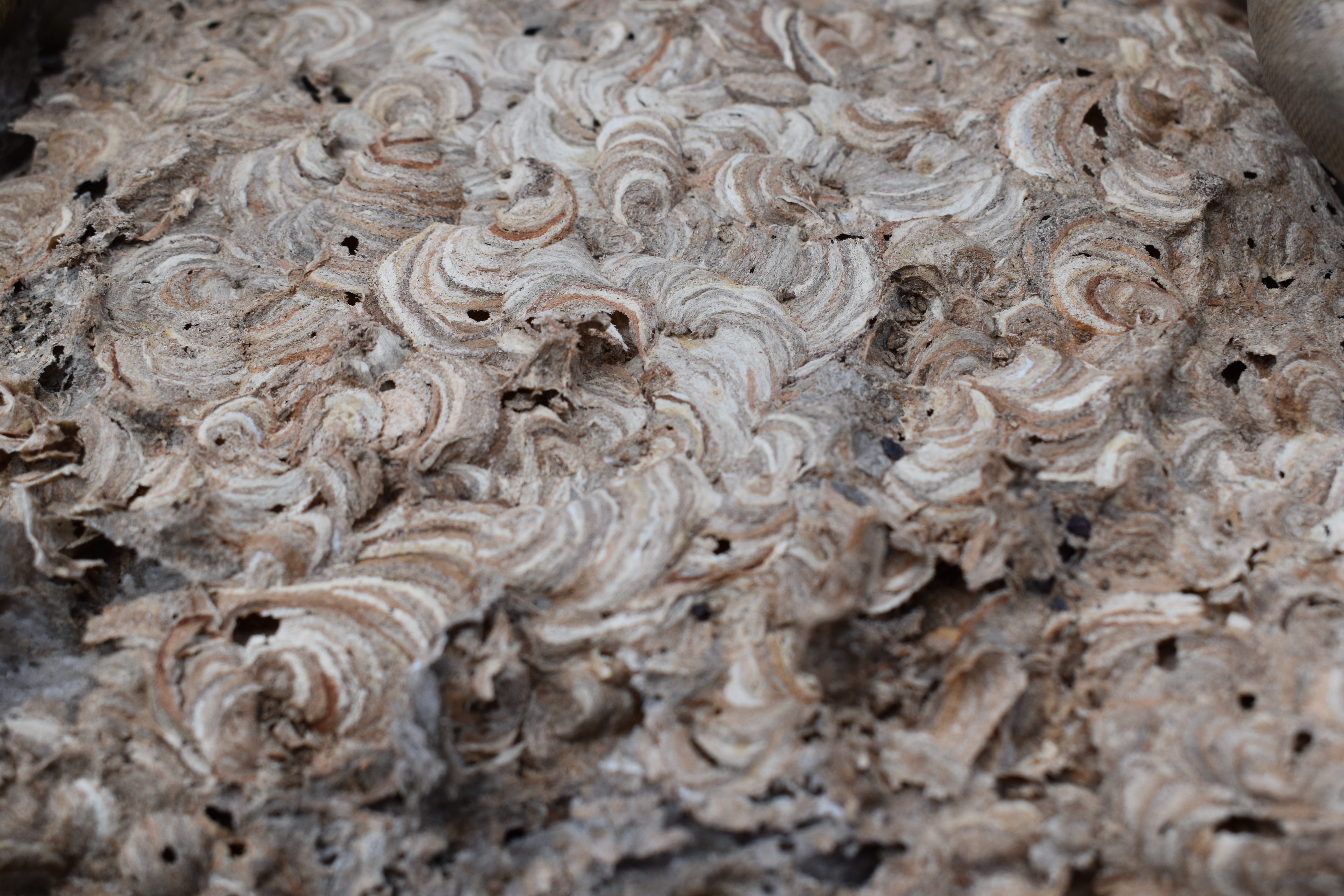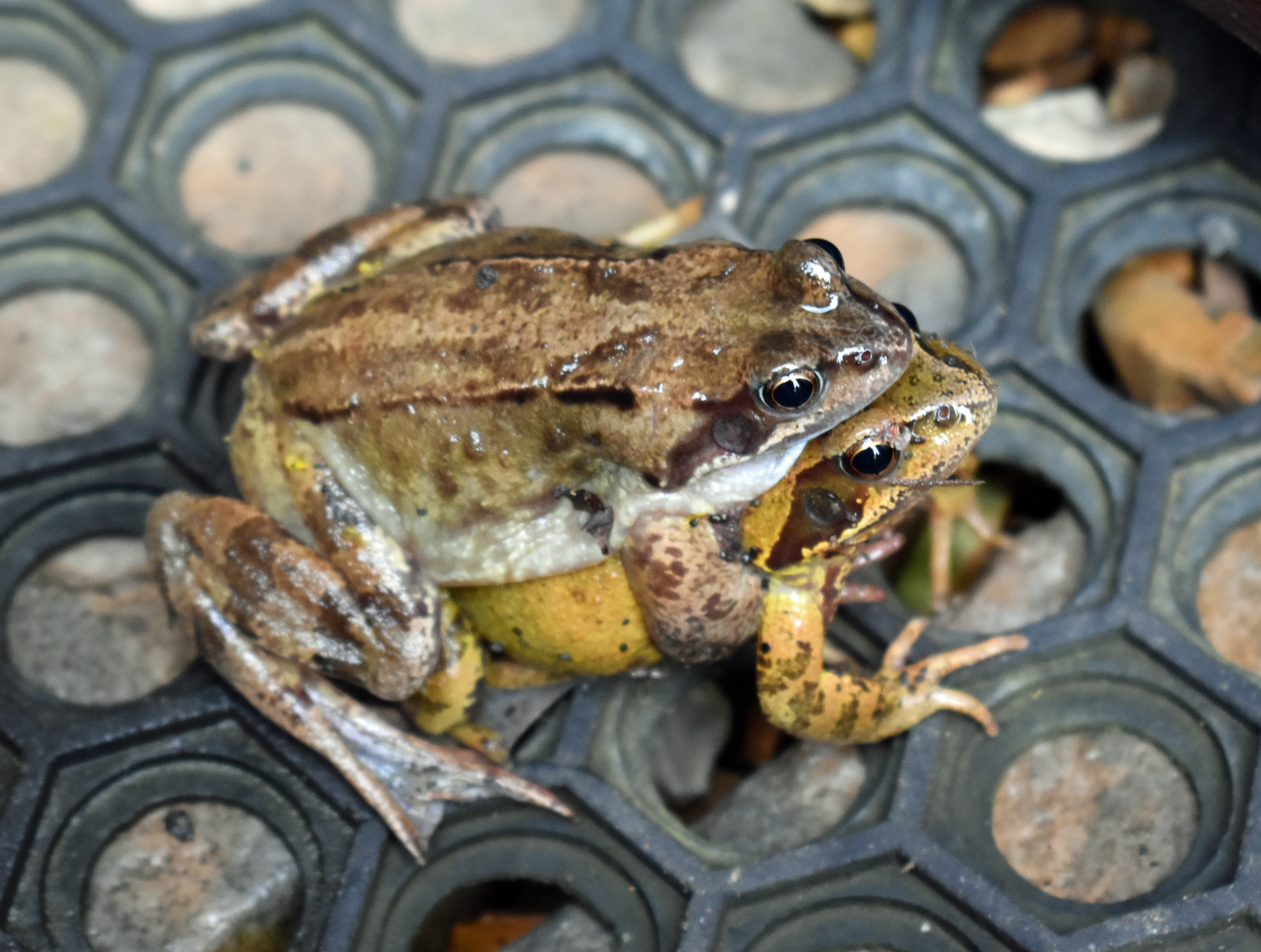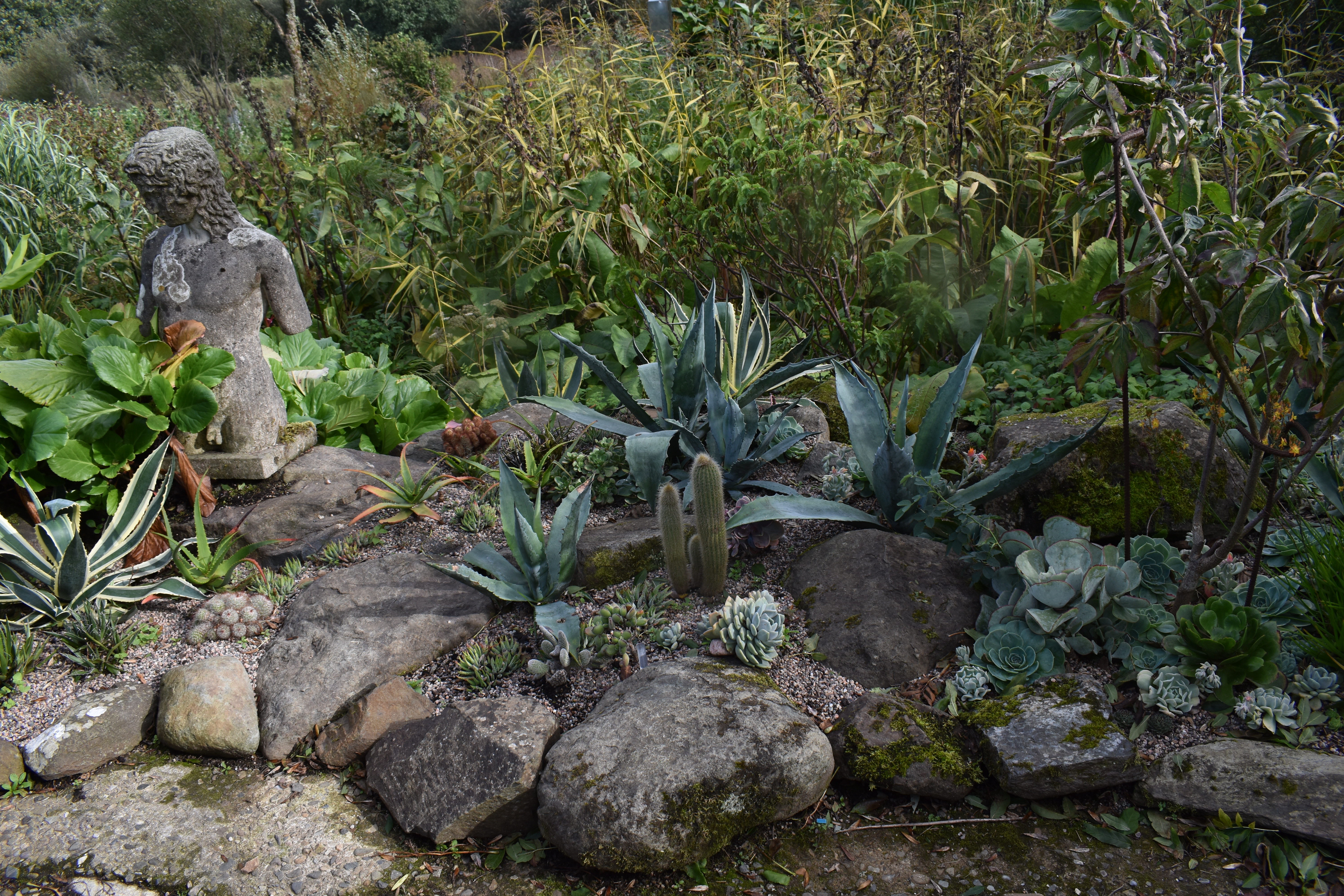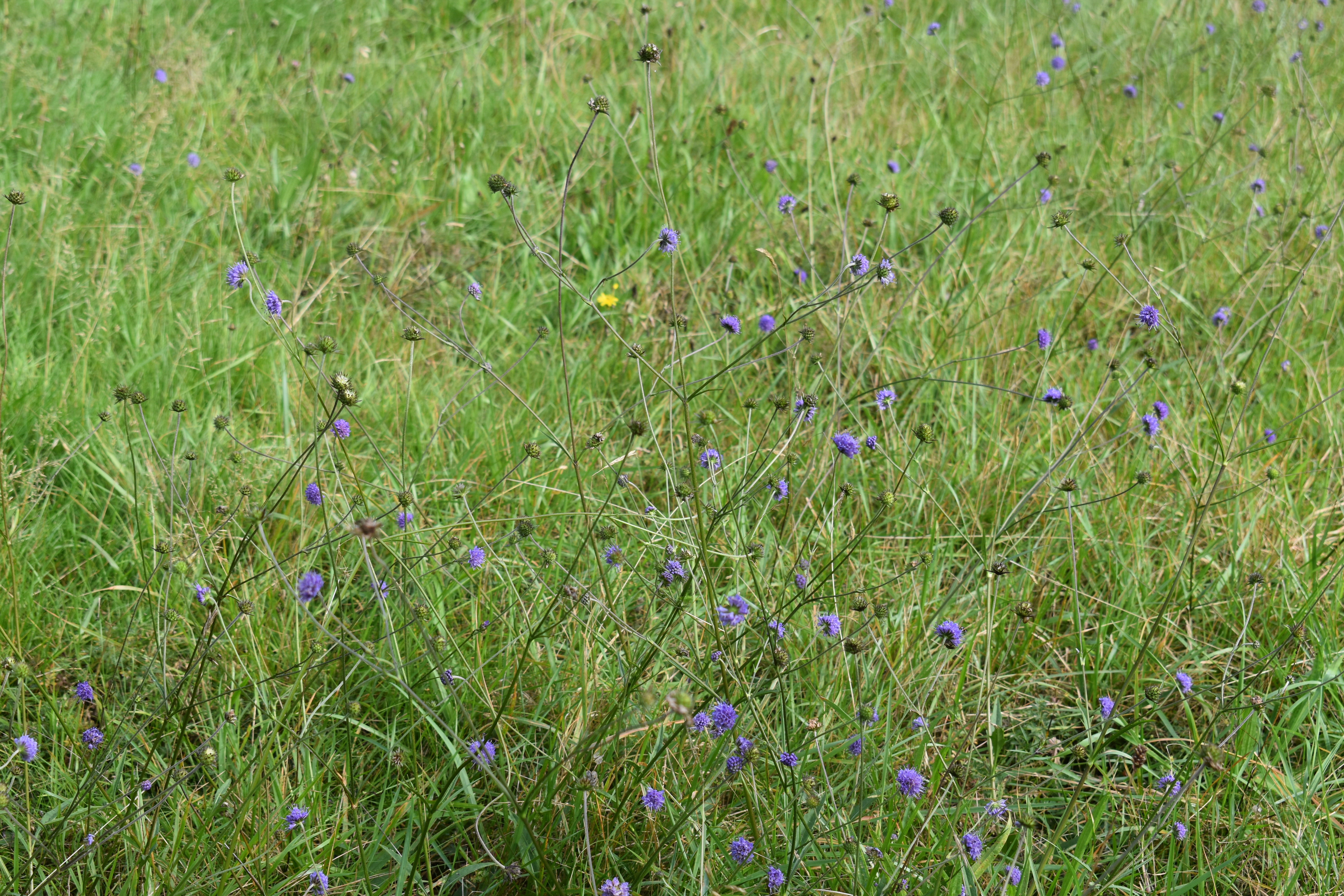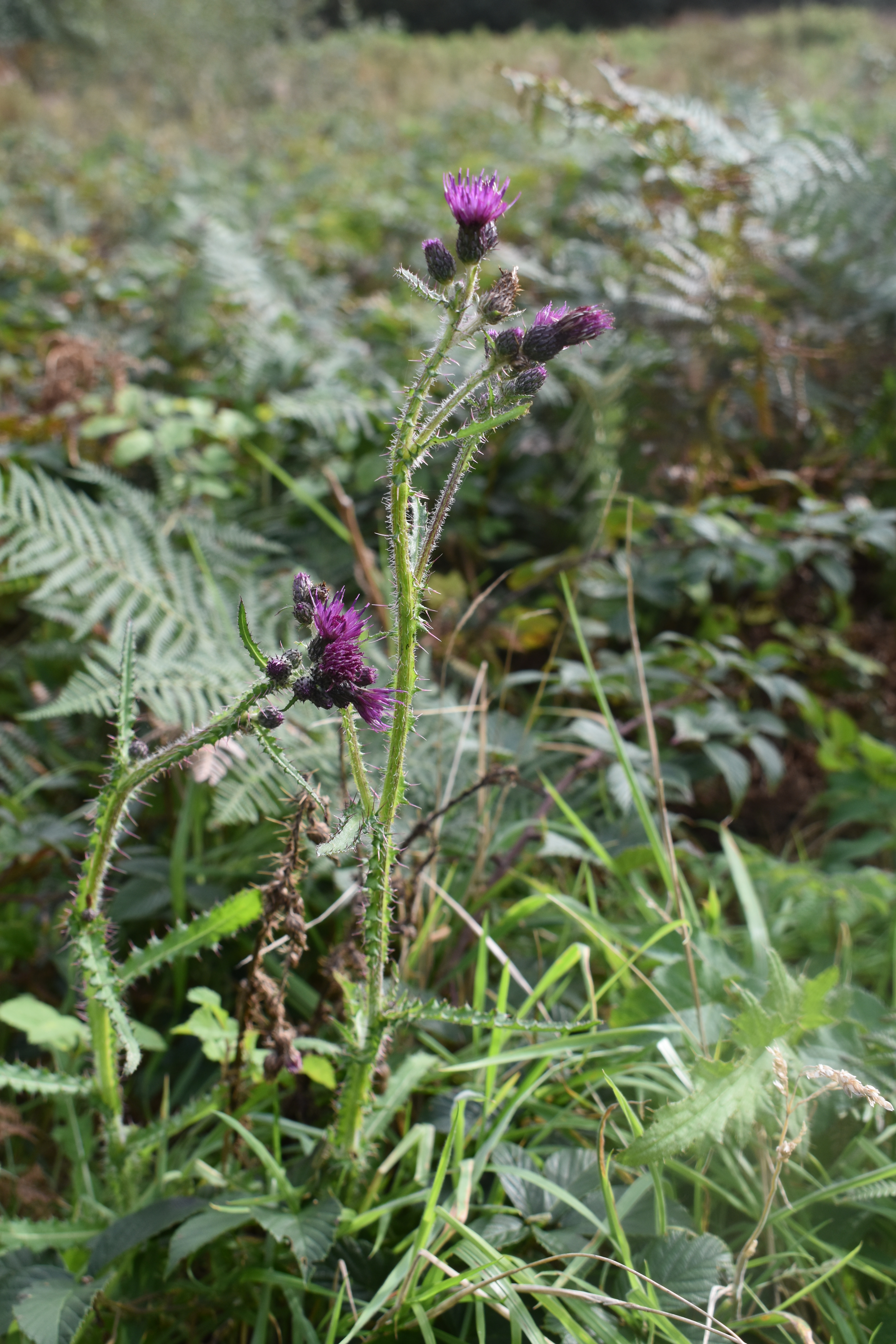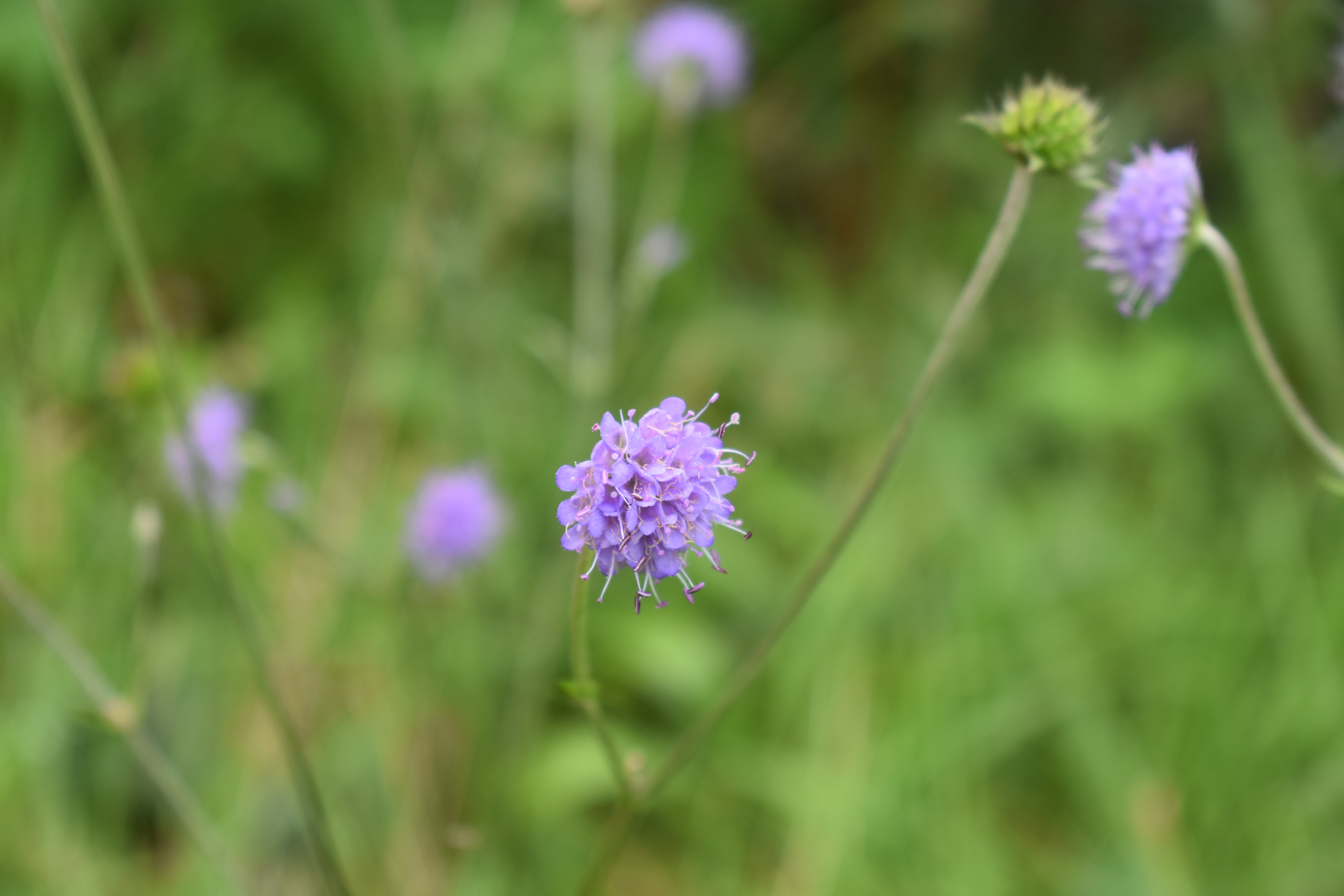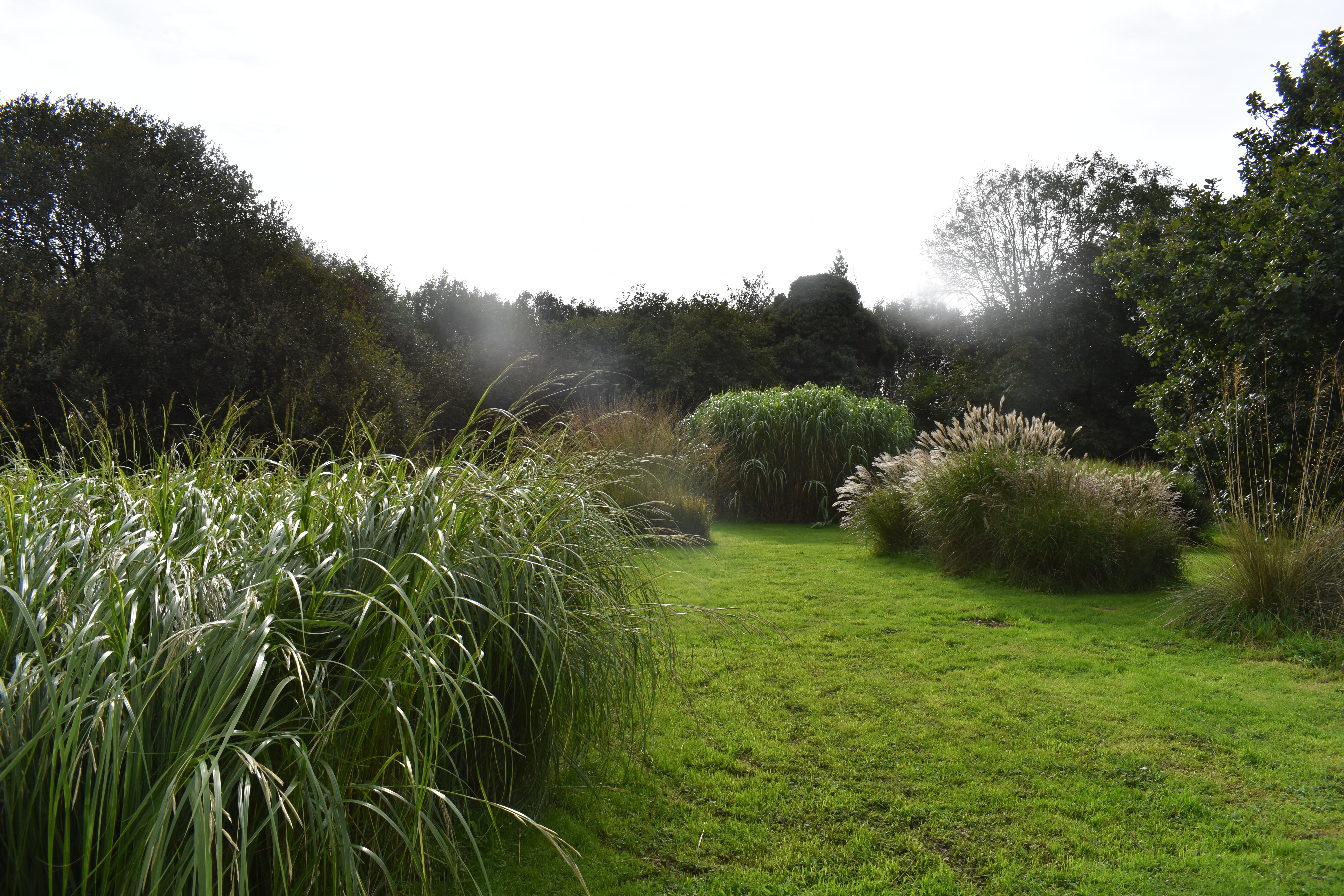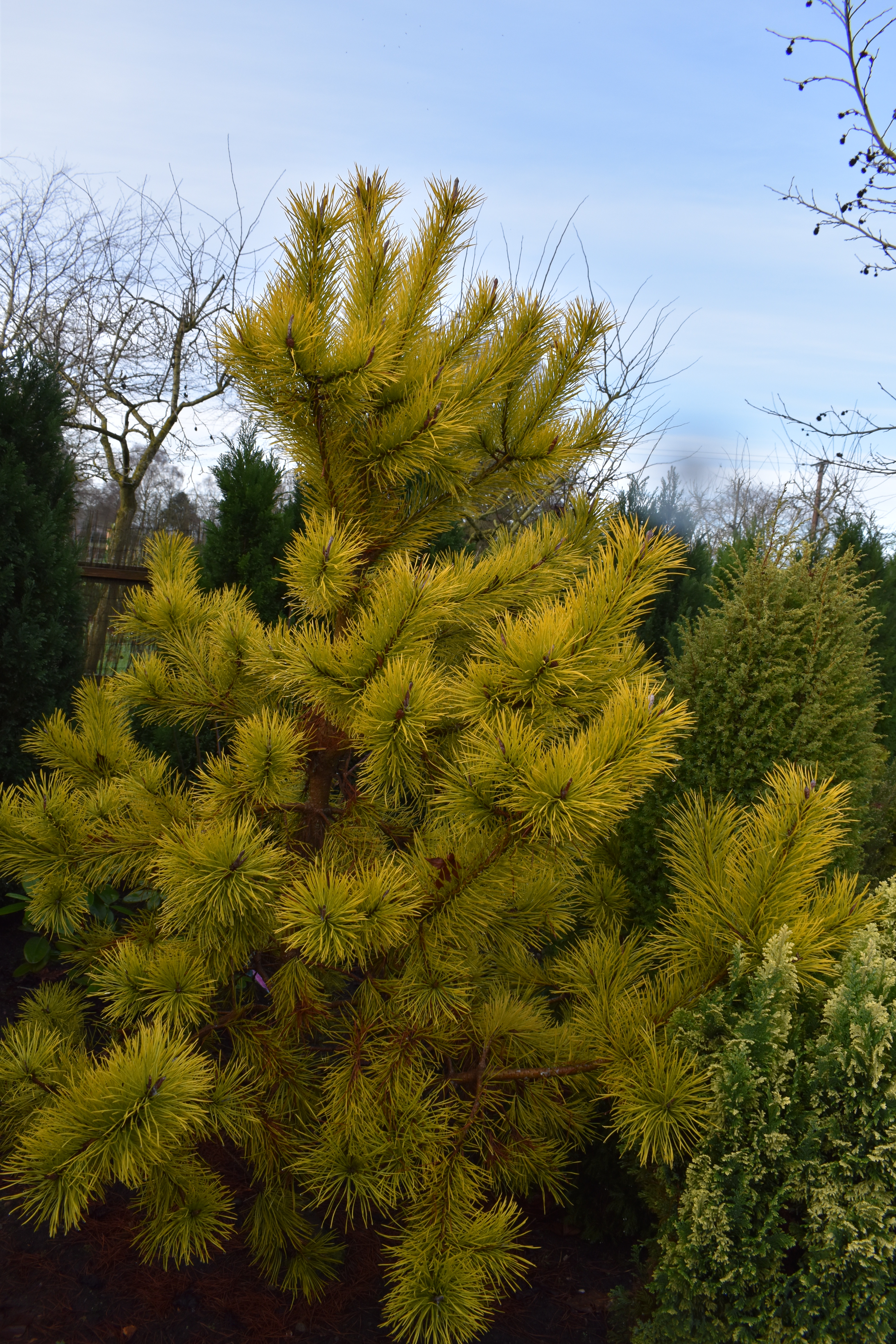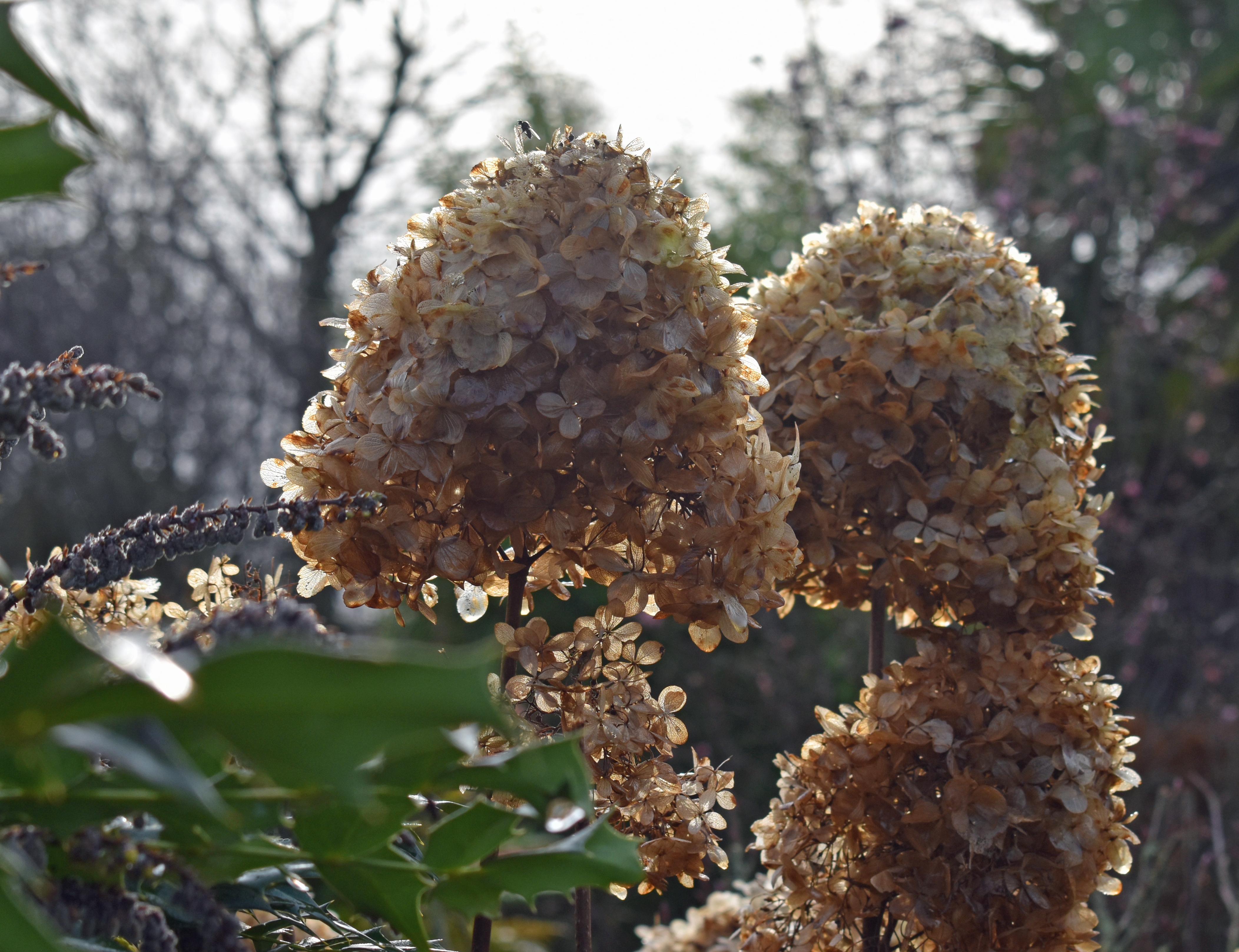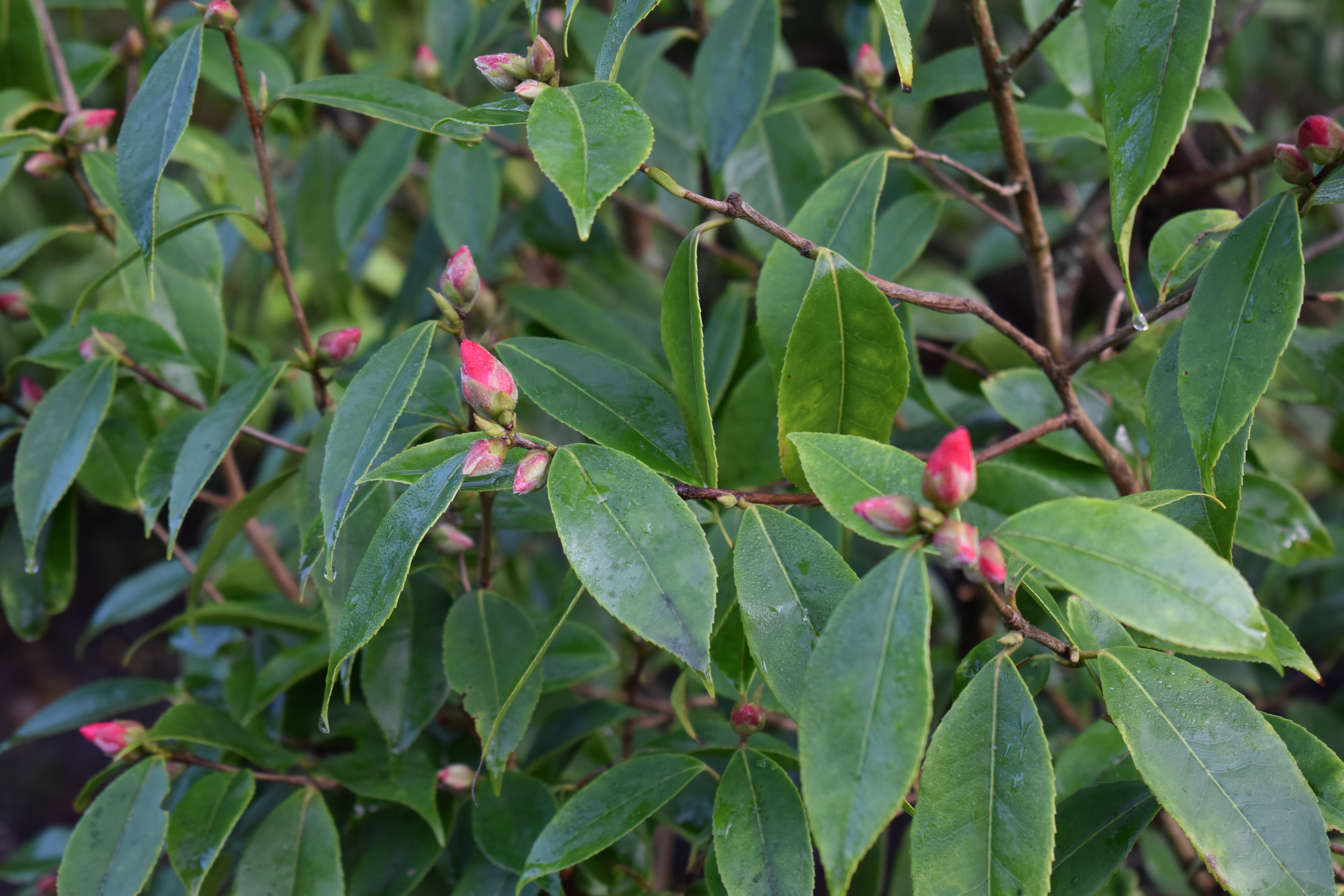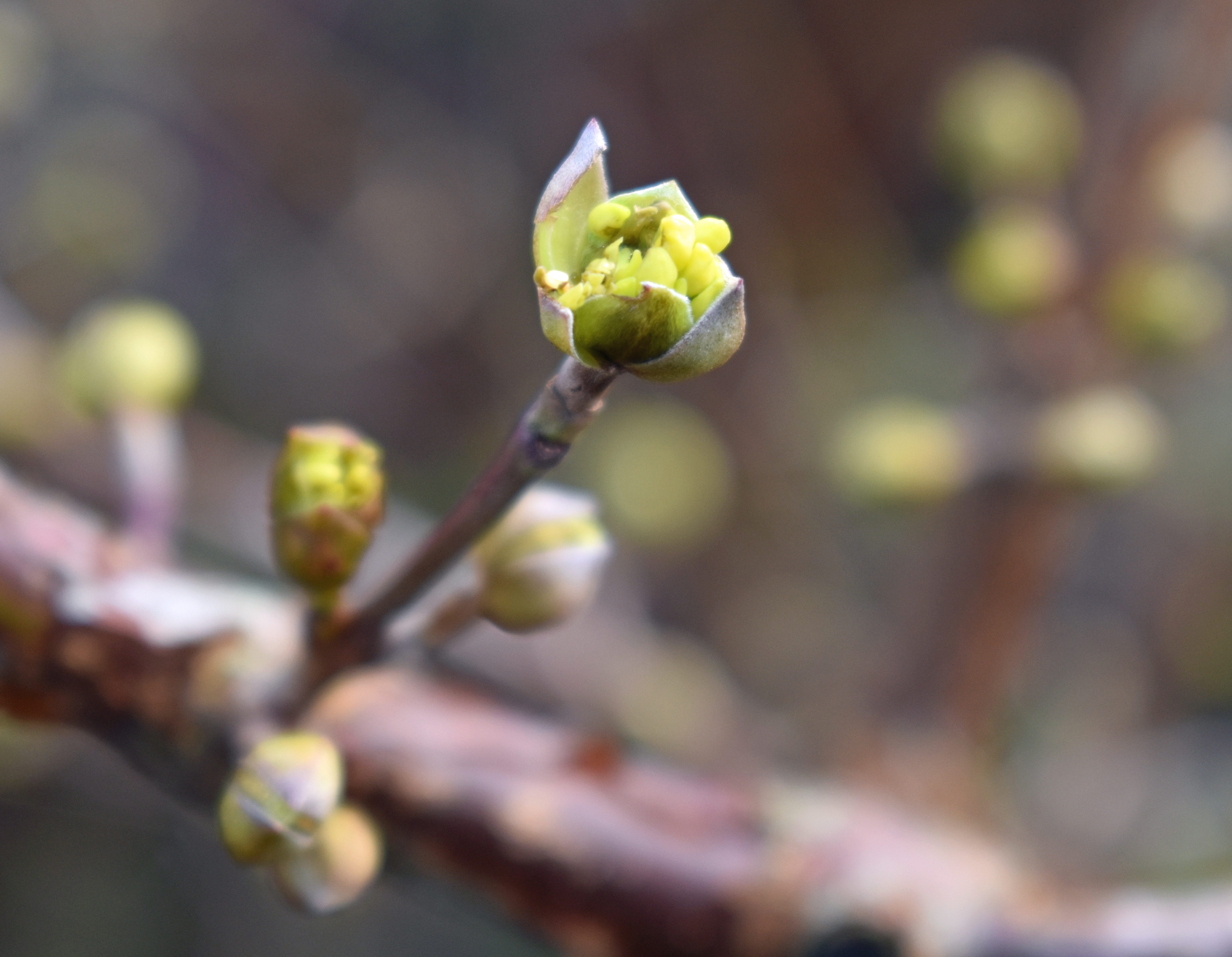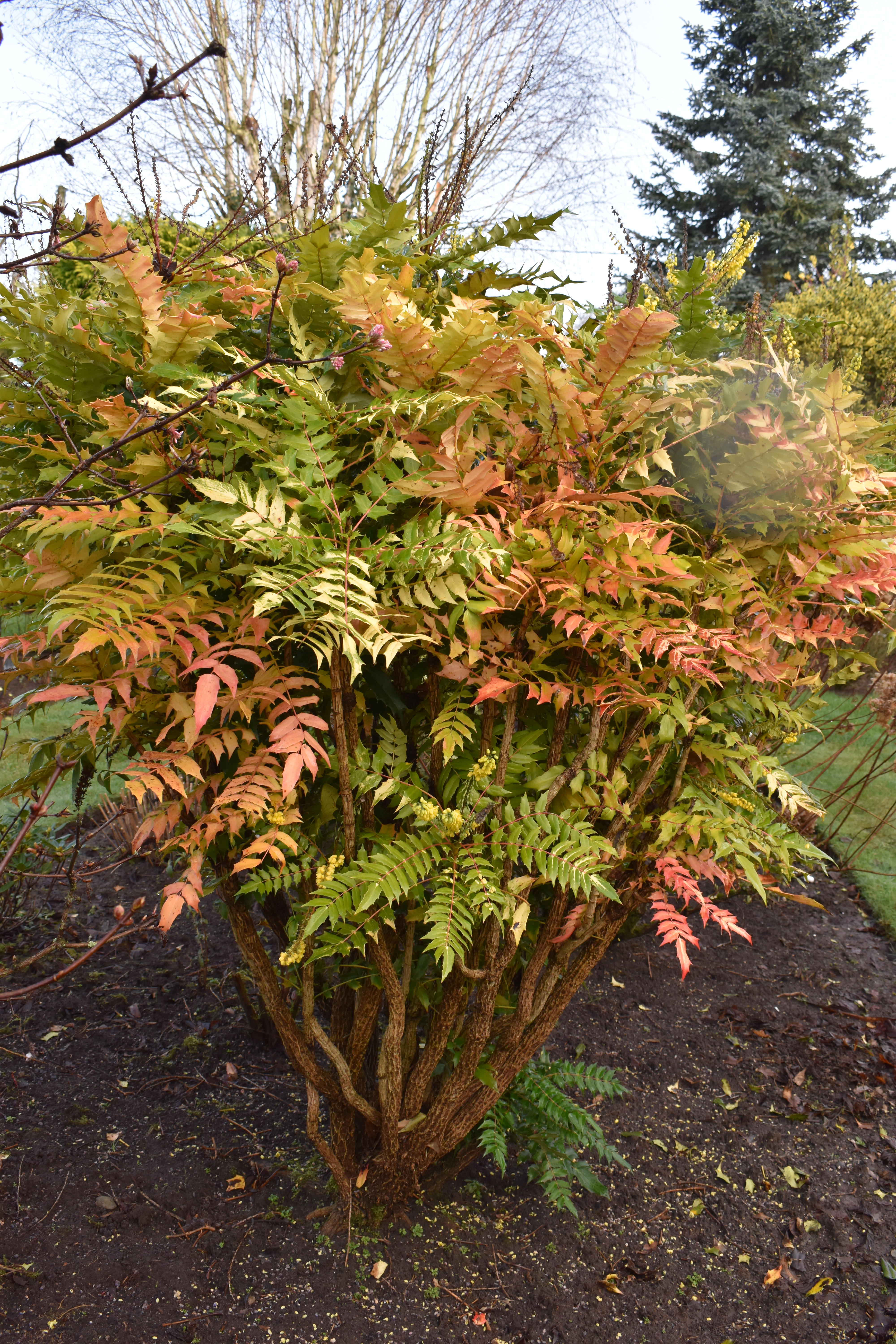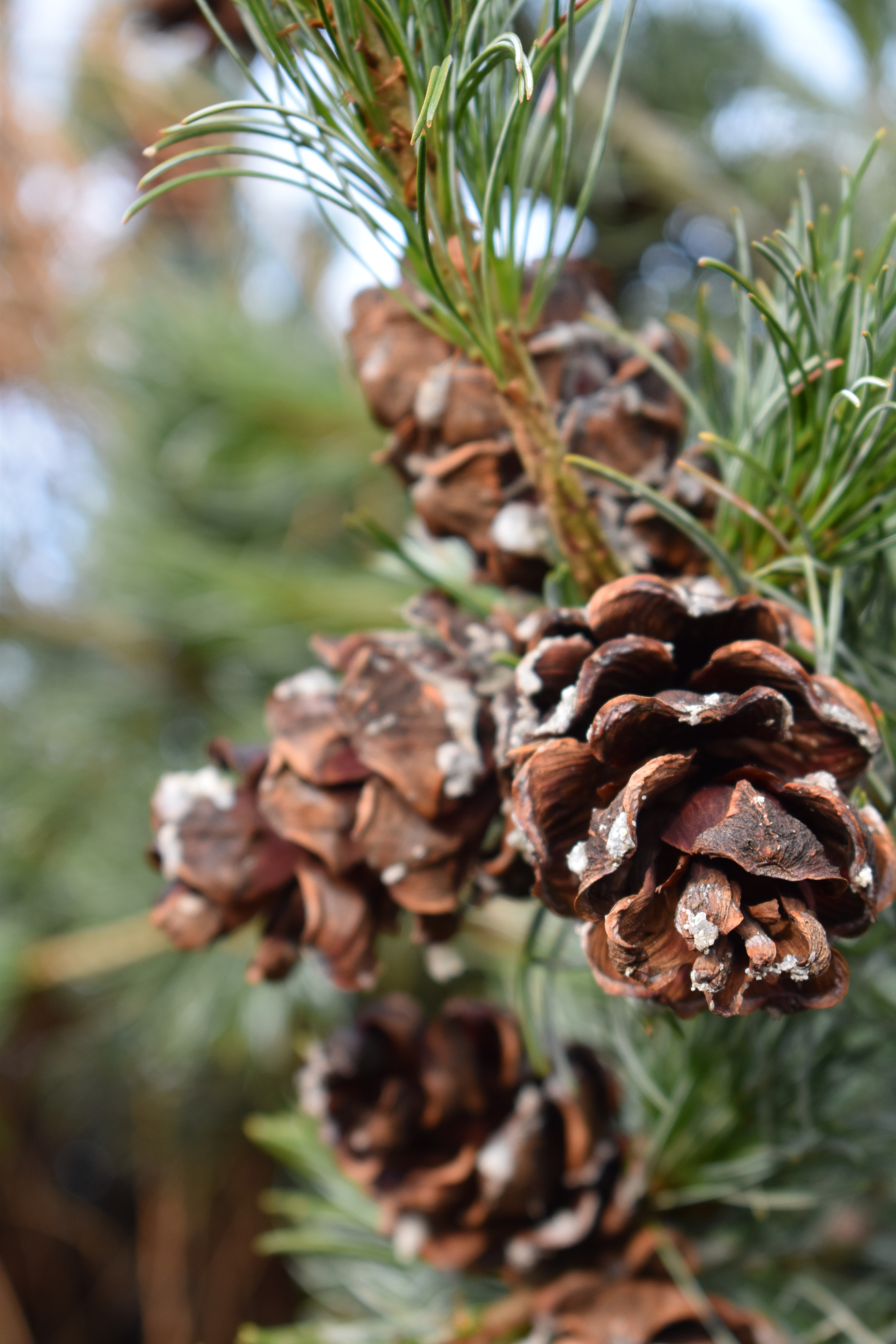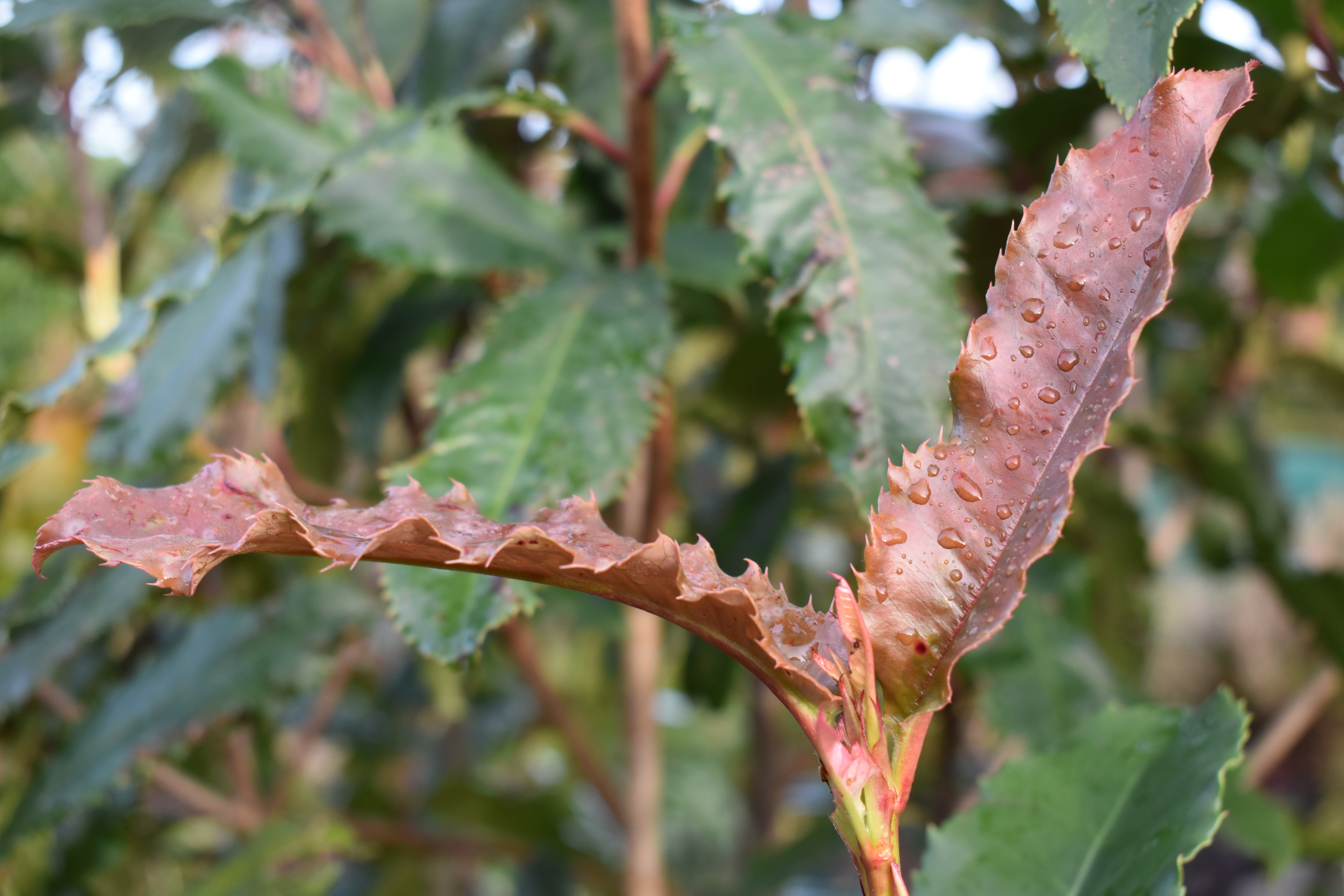According to the met office we are now in spring, which they say begins on March 1st. As gardeners we know that in reality this not true.
My journal for March began with, “March is said to have one foot in winter and one in spring and this year it certainly seems to be true. The odd pleasant day is squeezed in between cold, wet ones. However, many plants are producing fresh foliage.”
I then shared nine photo of these plants with their fresh foliage.
On the opposite page I looked some of pulmonarias with their interesting and varied foliage and their flowers which often have two colours on the same flower head.
I wrote, “Pulmonaria, one of the most effective late winter perennials, are extra special because they can be appreciated both for their foliage and their flowers. The flowers can be blue, white and pink in many shades or blue and pink together.” I then added some photos of a few of our different pulmonarias.
Next it is the turn of one of the less popular wildlife features seen in our gardens, or so they are for some gardeners. Fungi however are so important to gardens and I love to find them on our patch.
Concerning fungi I noted that, “Our gardens would be pretty useless without the large range of fungi. Gardeners used to consider them a sign of a problem and even today some get kicked over and destroyed by many a gardener’s boot.
We now know just how important they are as links between plants and agents of decomposition.”
Here are photos of some we have found this month in the garden.
On the page opposite the fungi we looked at garden jobs for the month. I noted that, “Although frequent wet days kept us out of the garden, we took advantage of any pleasant spells.
Cutting down the perennials that we leave standing throughout our borders. They look good but also provide winter shelter for wildlife during unfriendly periods of winter weather. The photo on the right shows Jude with the tallest flower stalk we have ever seen in our patch.”
Over onto the next double page I wrote about wildlife visiting or living in our garden. I wrote, “Bird song fills the air, and many take a break to explore nest boxes several of which are already in use, mostly by blue tits, great tits and house sparrows.
Finches still arrive all day, every day to enjoy the feed we supply them with. No signs yet of them pairing up or nesting.
If we sit for a coffee or snack in our new area with large table and benches which we jokingly call “The Canteen”, we enjoy bird watching at the same time. From largest to smallest, we enjoy seeing and listening to kite, buzzard and raven overhead, and wren and goldcrest in the greenery around us.
Our hedgehogs are coming out of their winter hibernation and feeding on the special dried food we provide for them.
A group of siskin burst into our garden for some time on the feeders and to do so they firstly had to fight off a flock of goldfinches, a “charm” I believe, and then a a group of their tough looking cousins the greenfinches. Such lively little green finches with black caps, the siskins take on any other birds arriving to top up with the seeds we put out.
Smaller predators such as sparrow hawk and merlin meander at speed through the garden picking off the weaker members of the flocks of smaller birds.”
On the opposite page I wrote, “So much March colour in our garden comes from the blossom on fruit trees, and our several flowering trees and shrubs.” Then below I shared a set of photos as examples.
That is where my March entries into my garden journal ends so April’s entries have already started.


